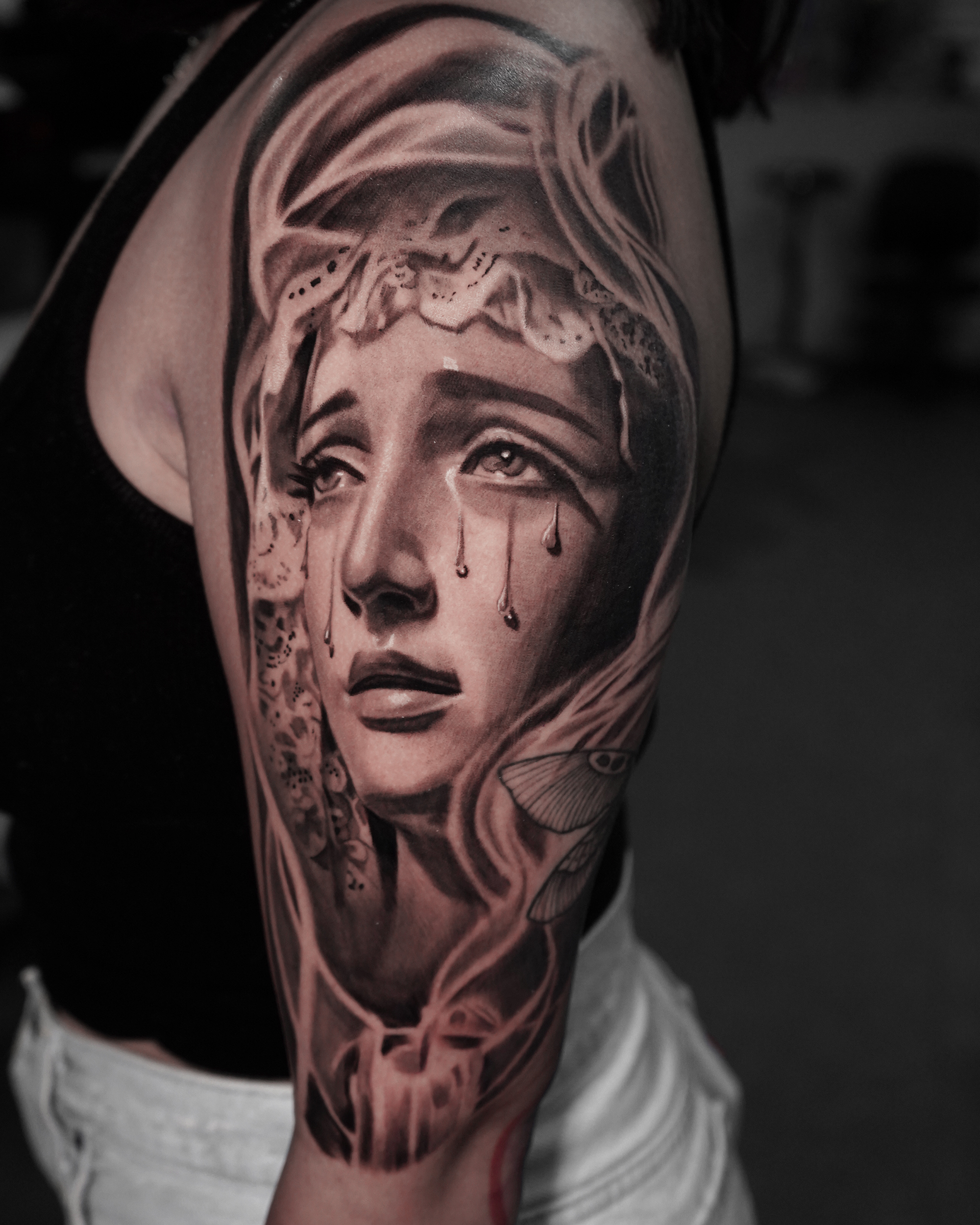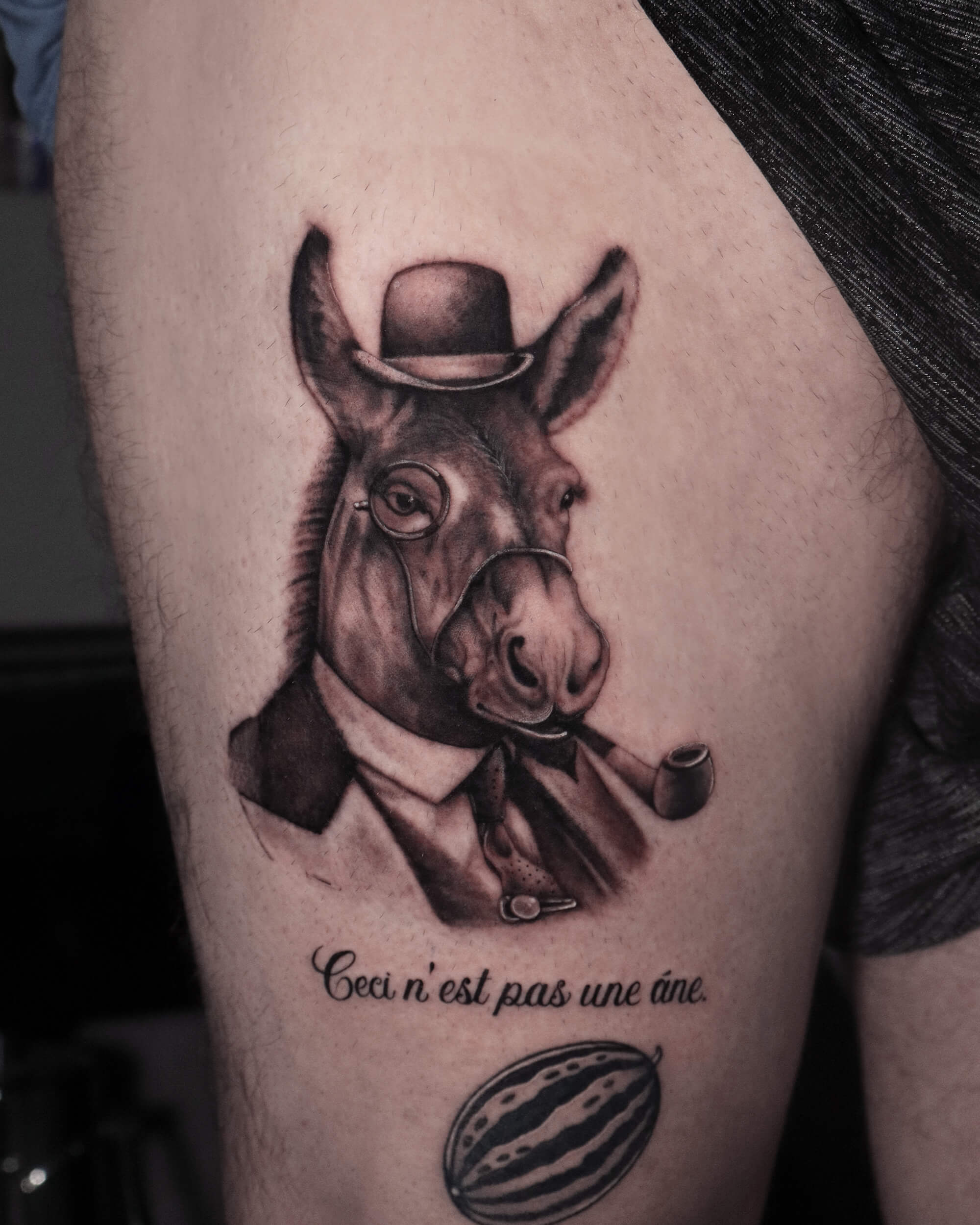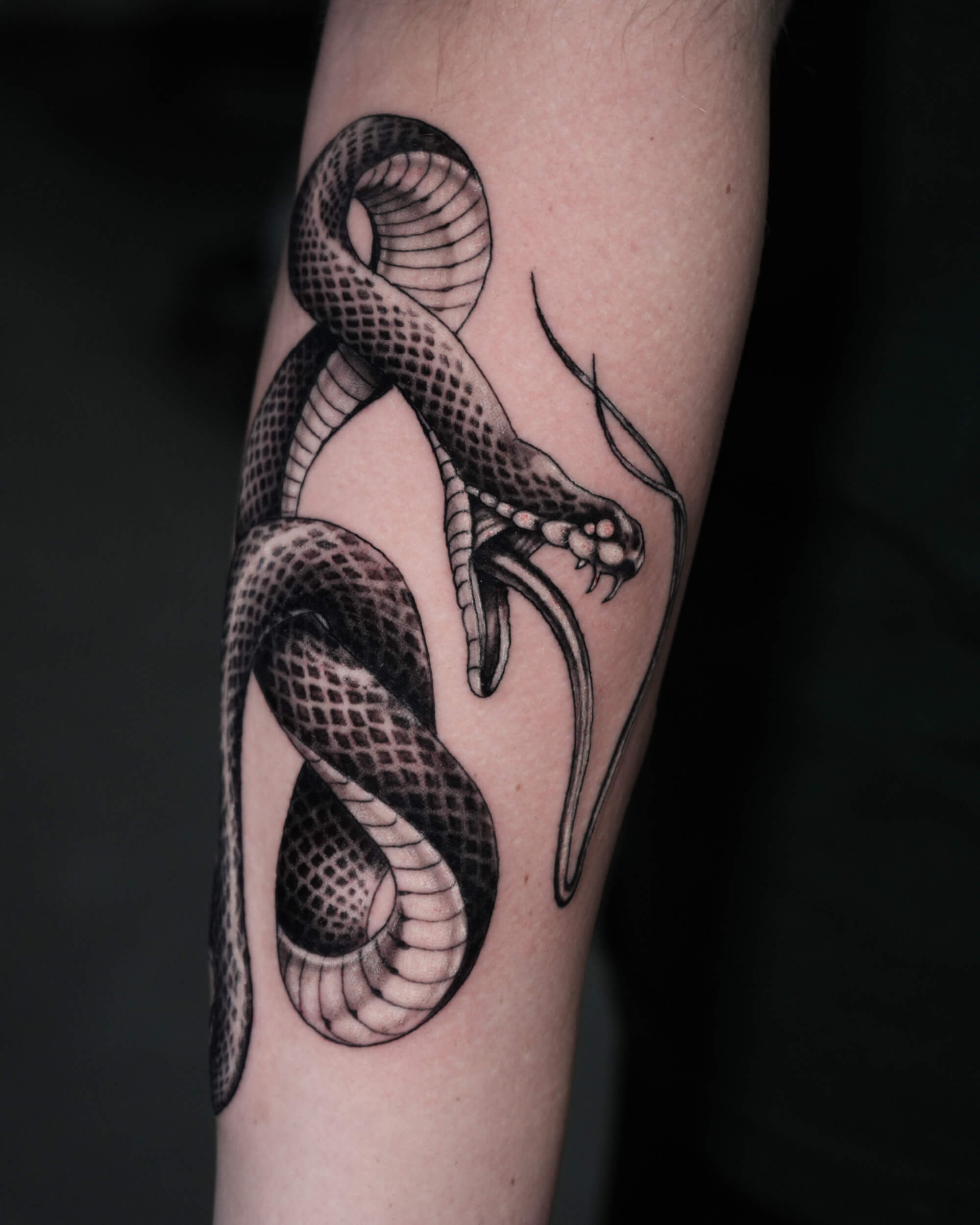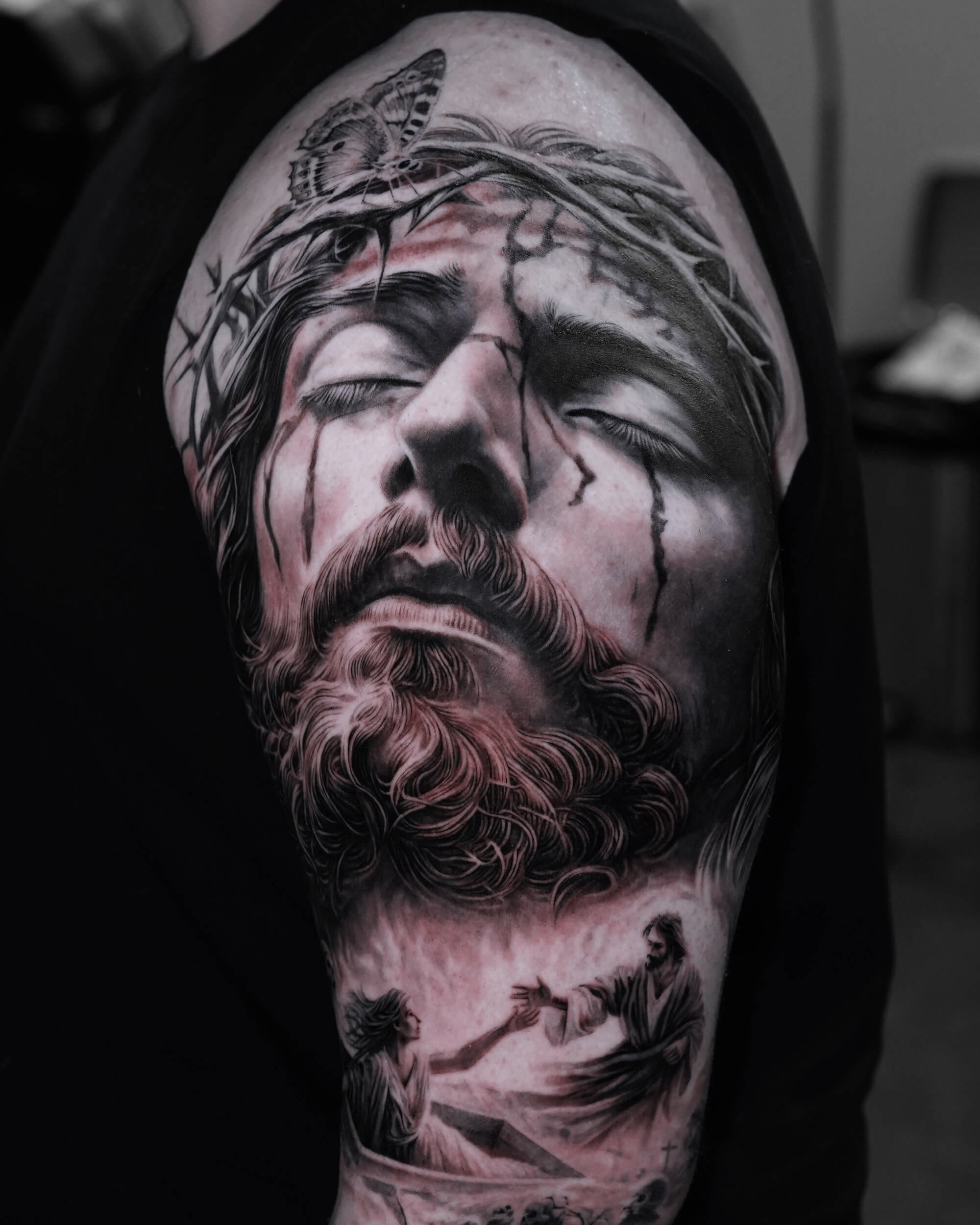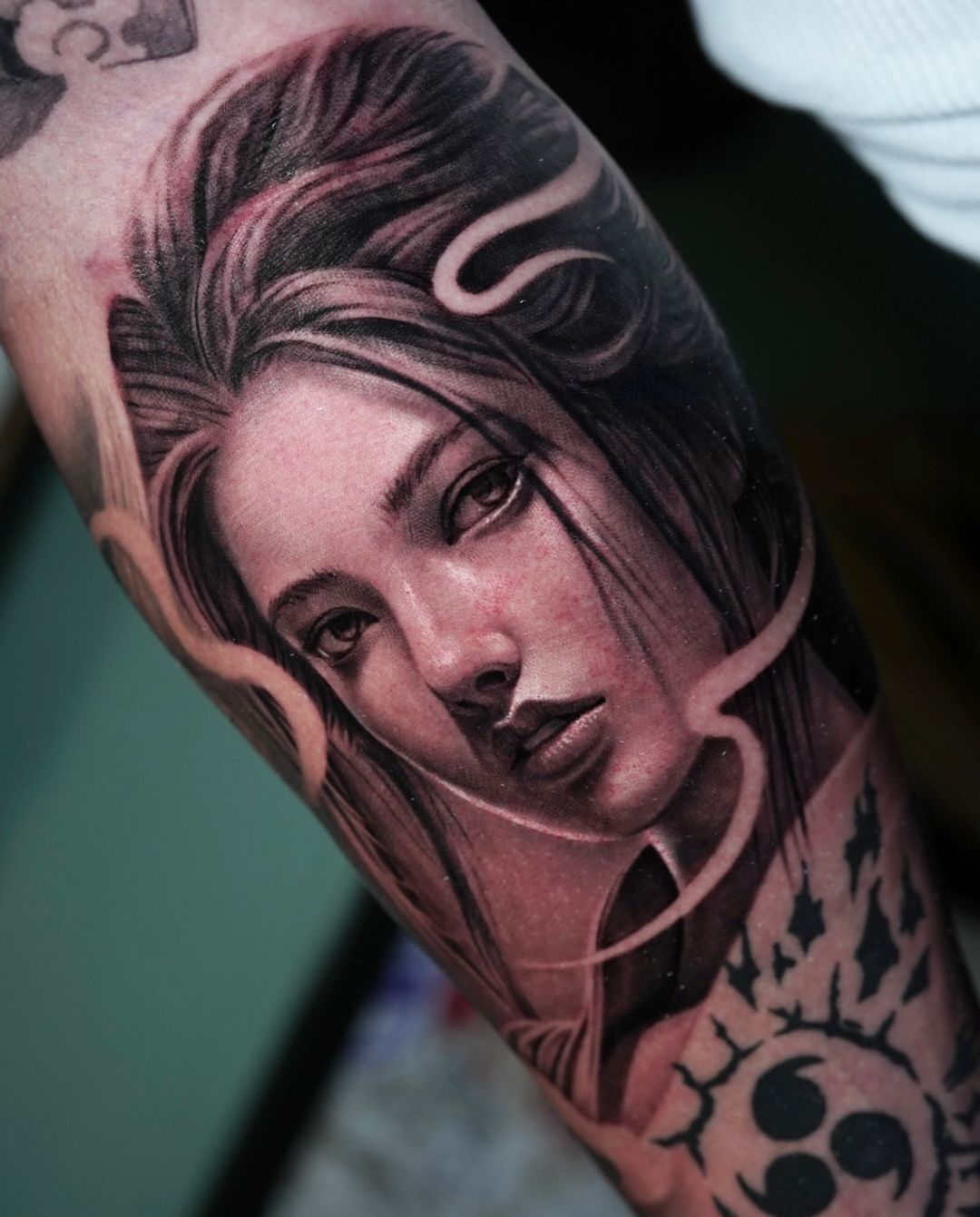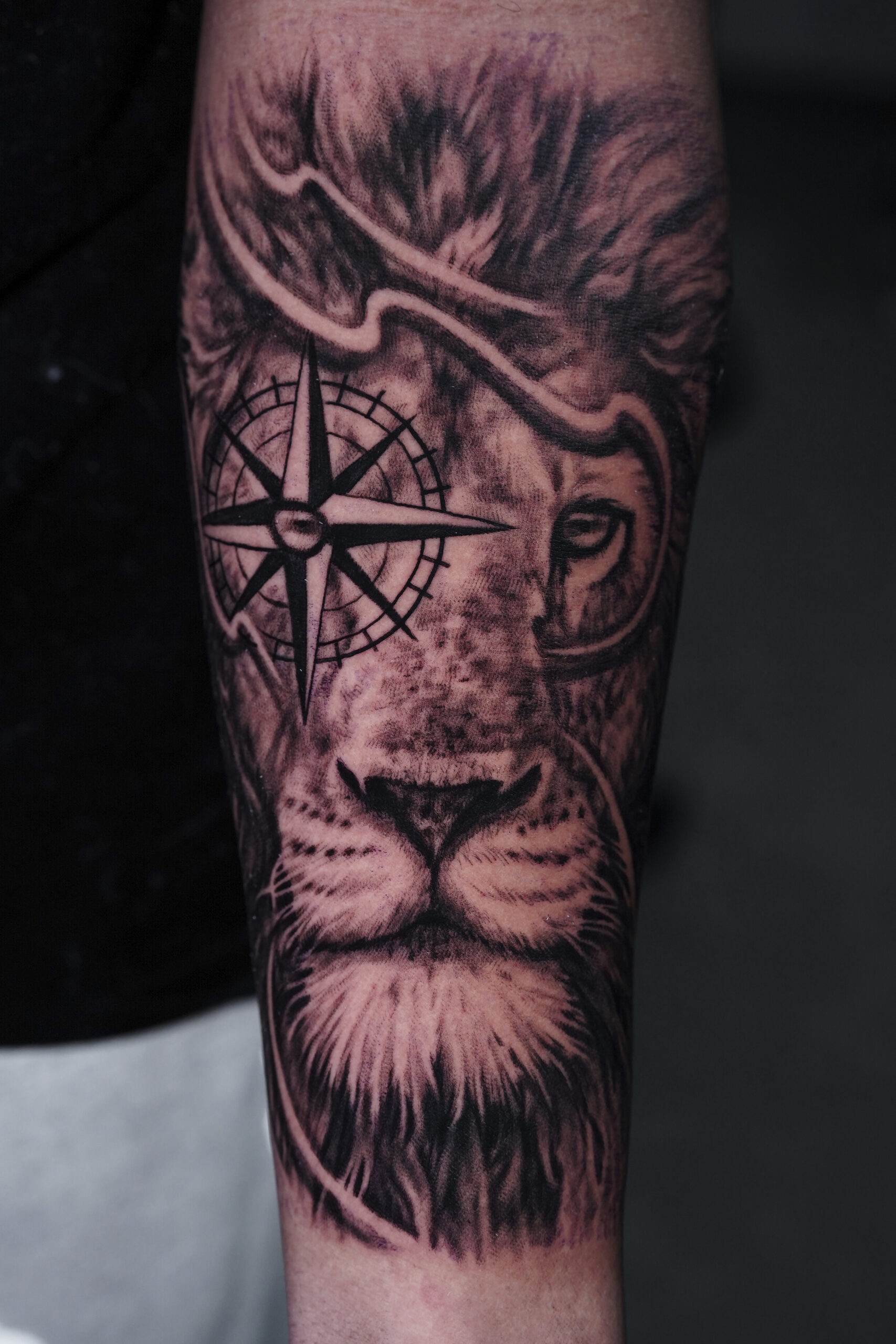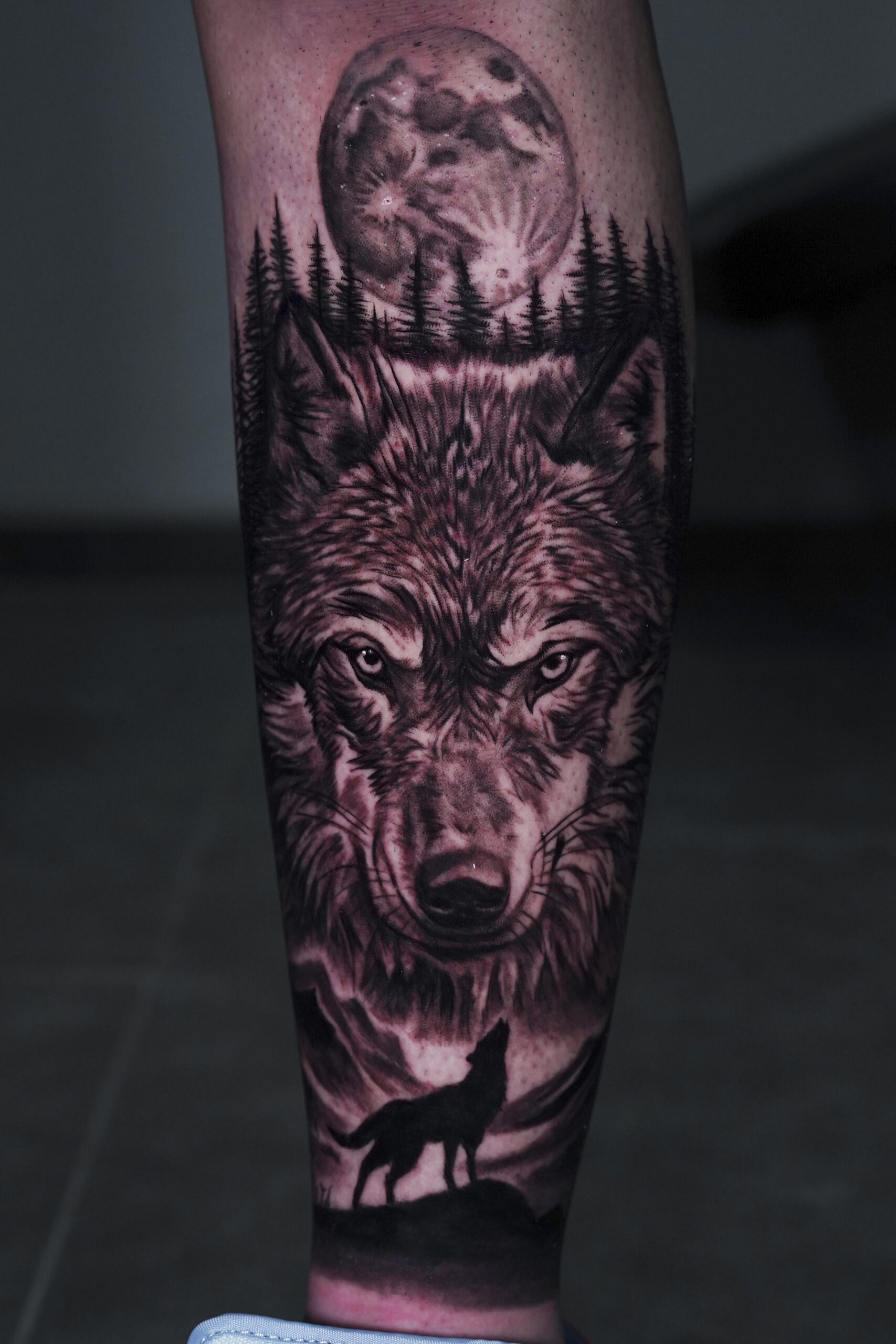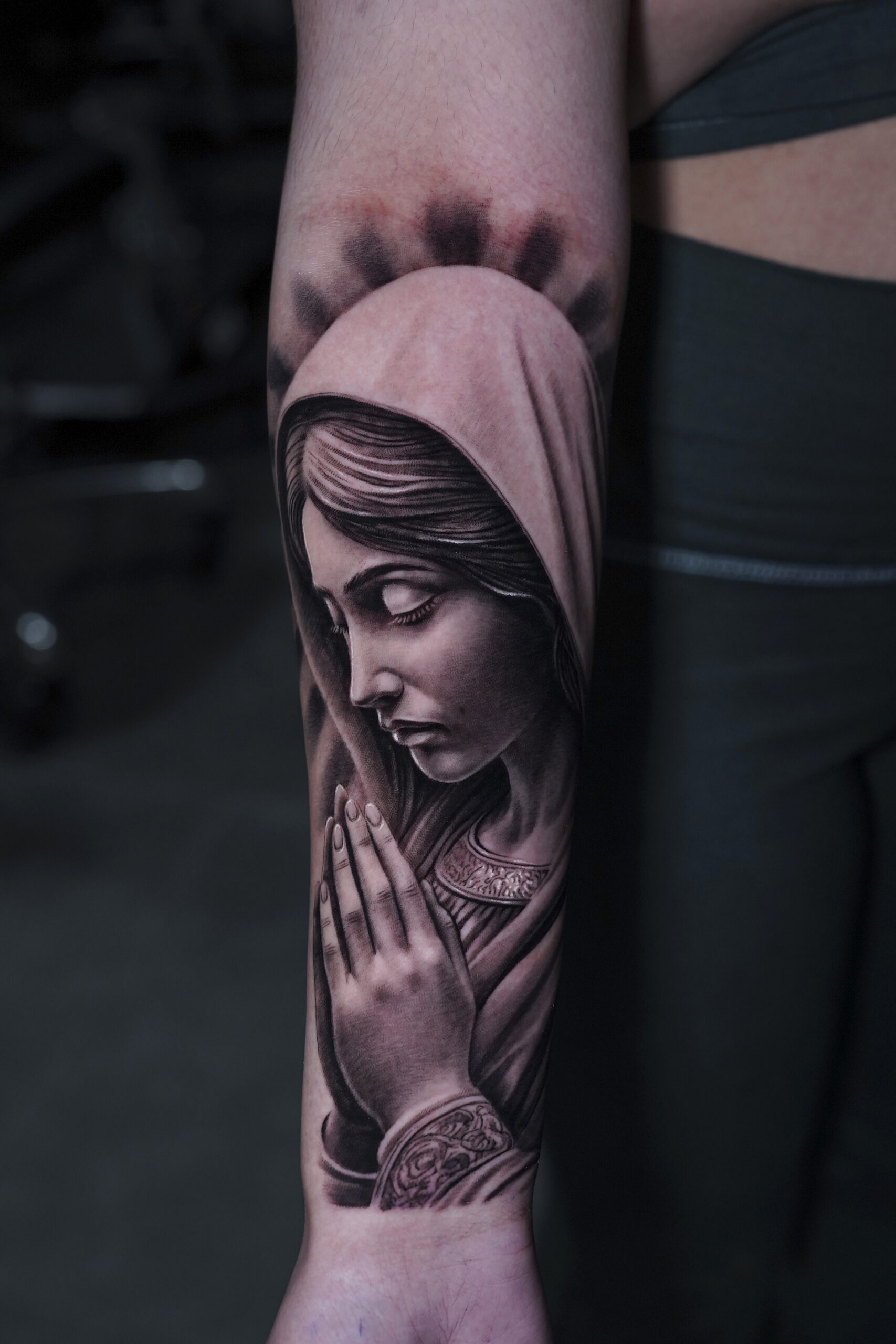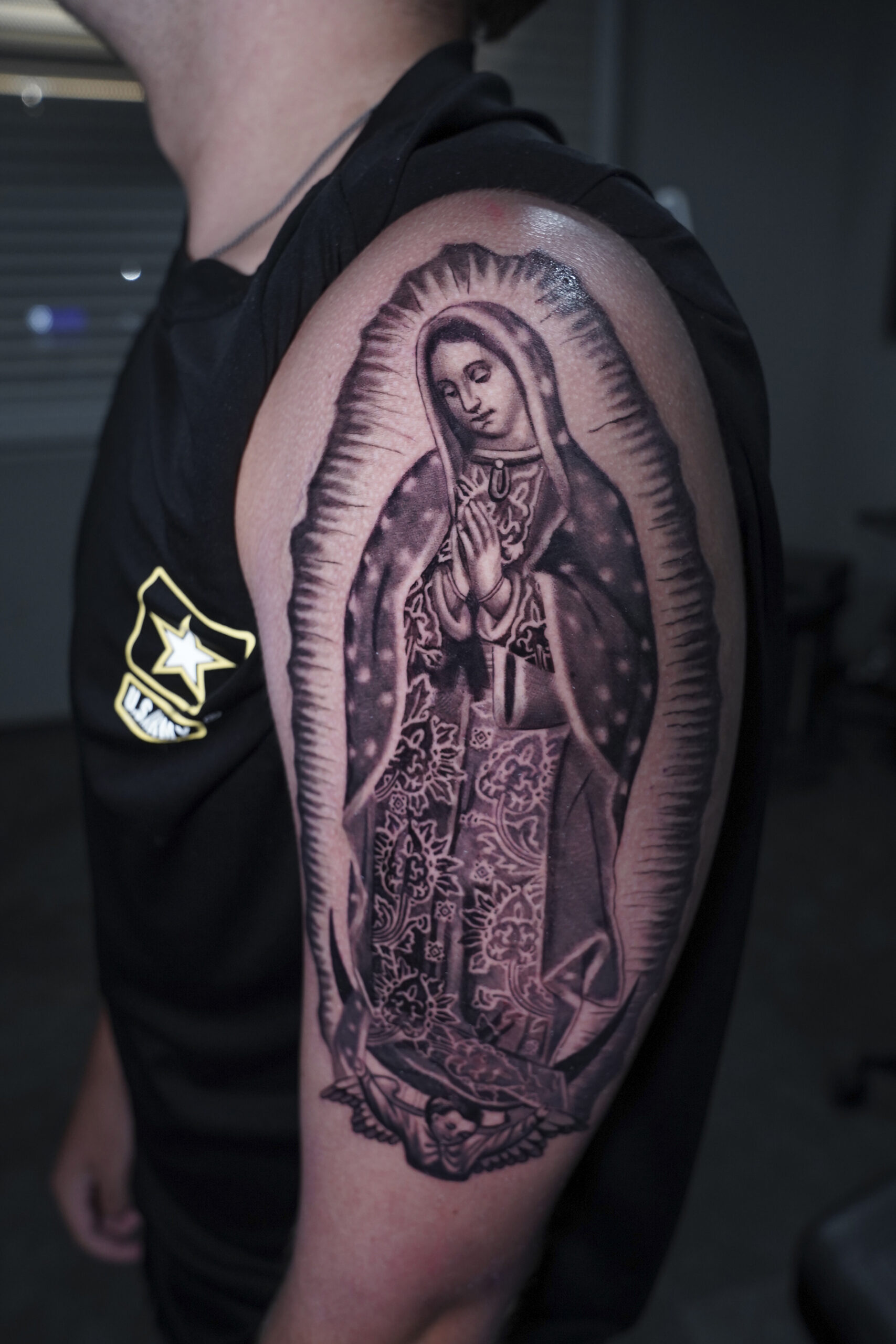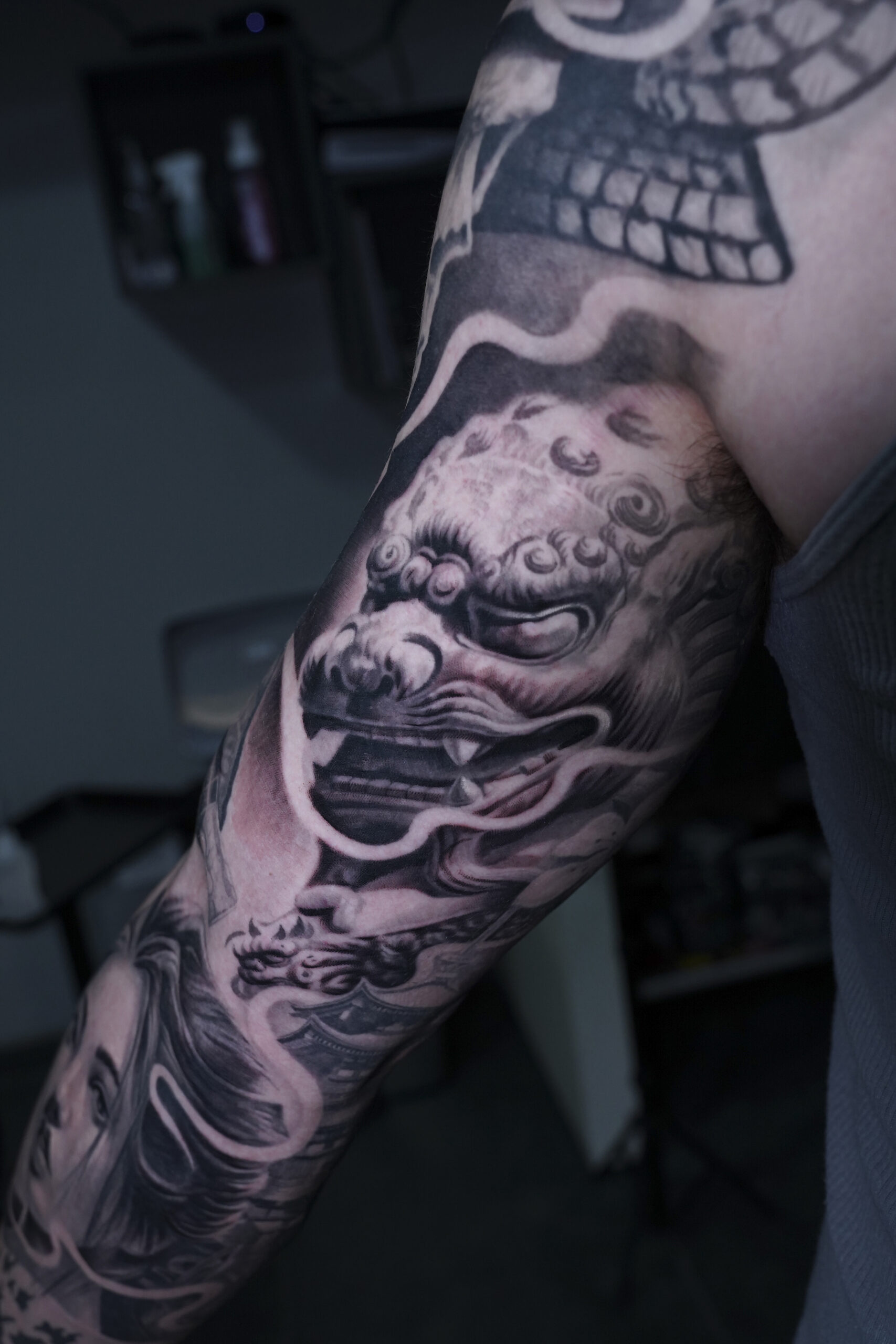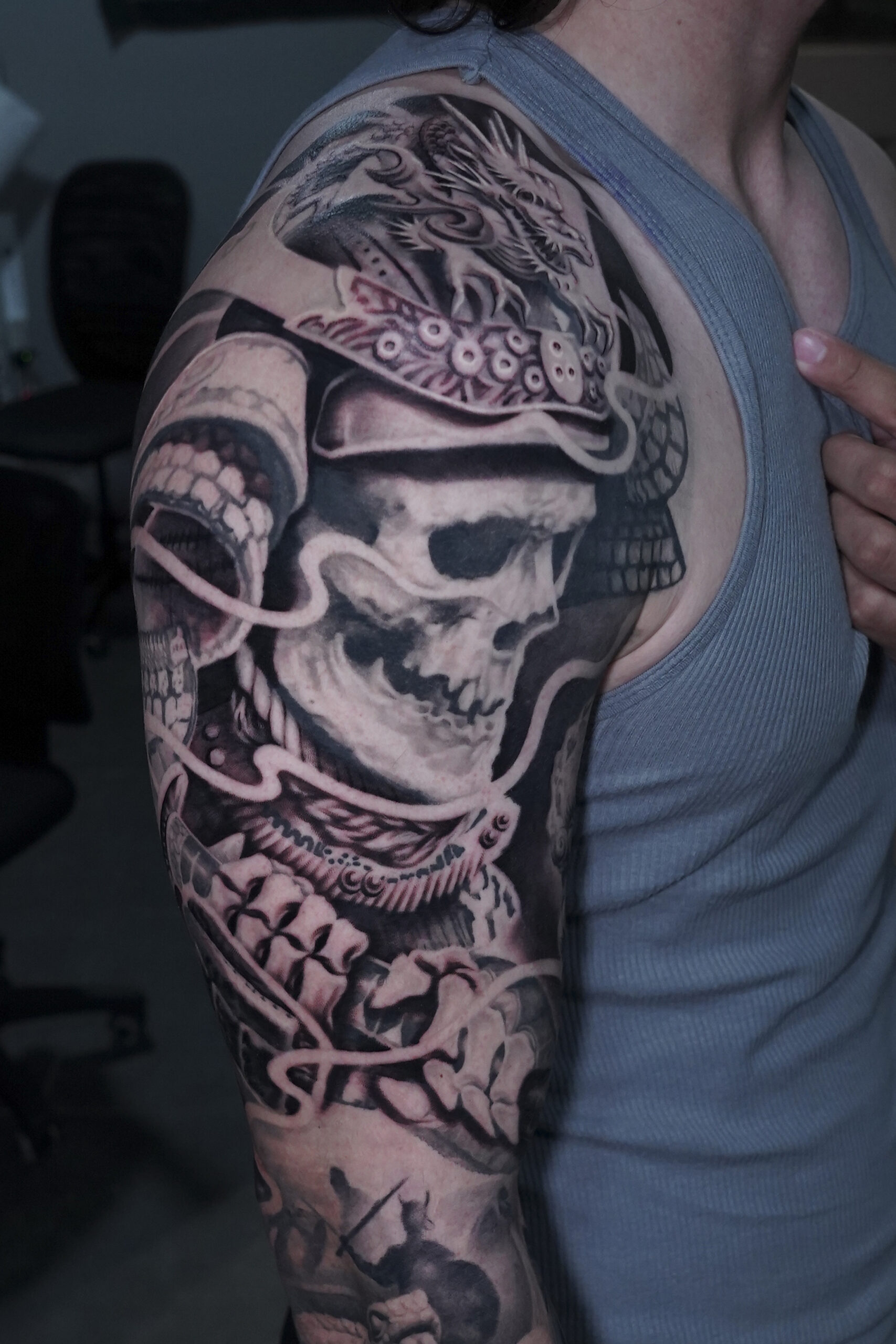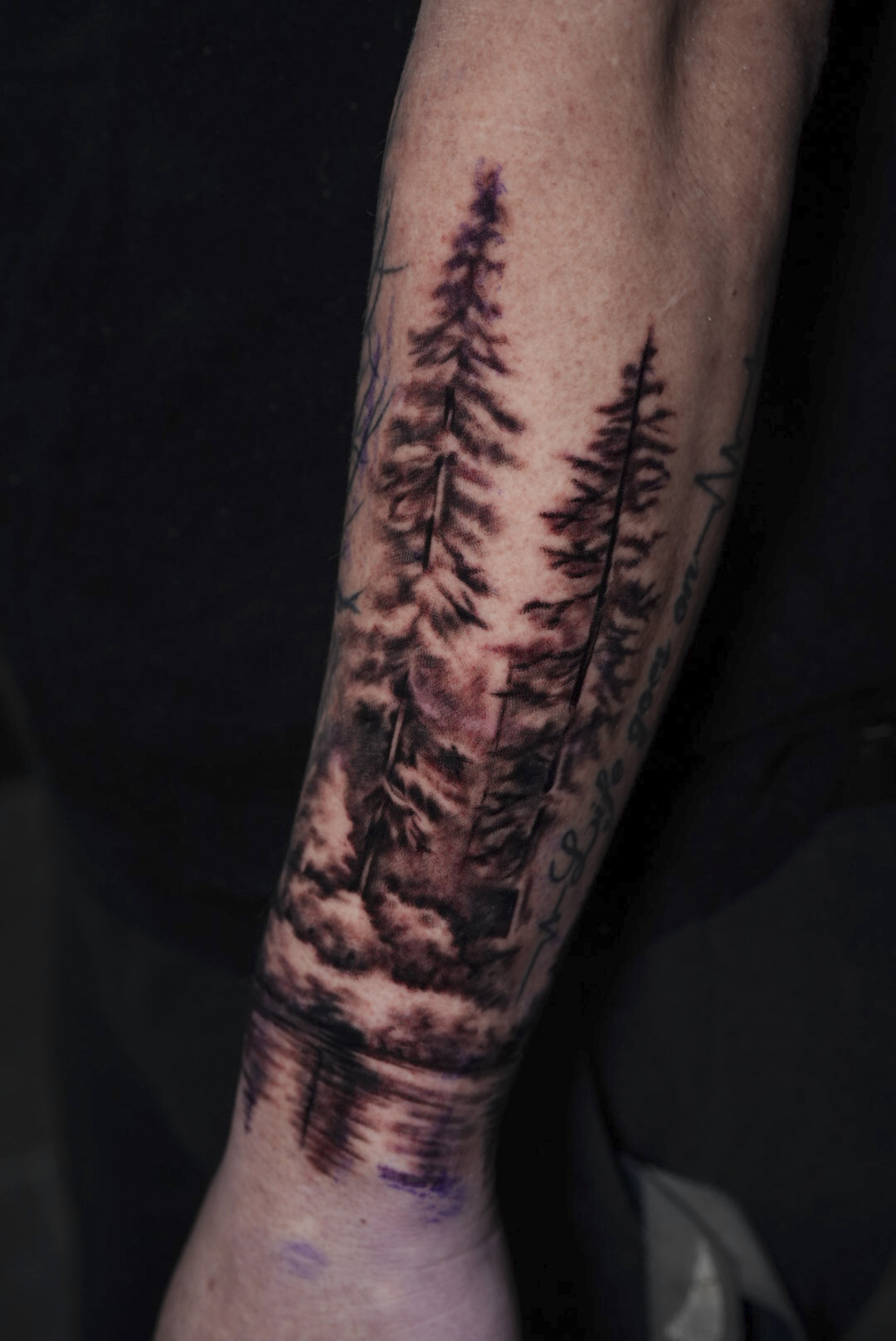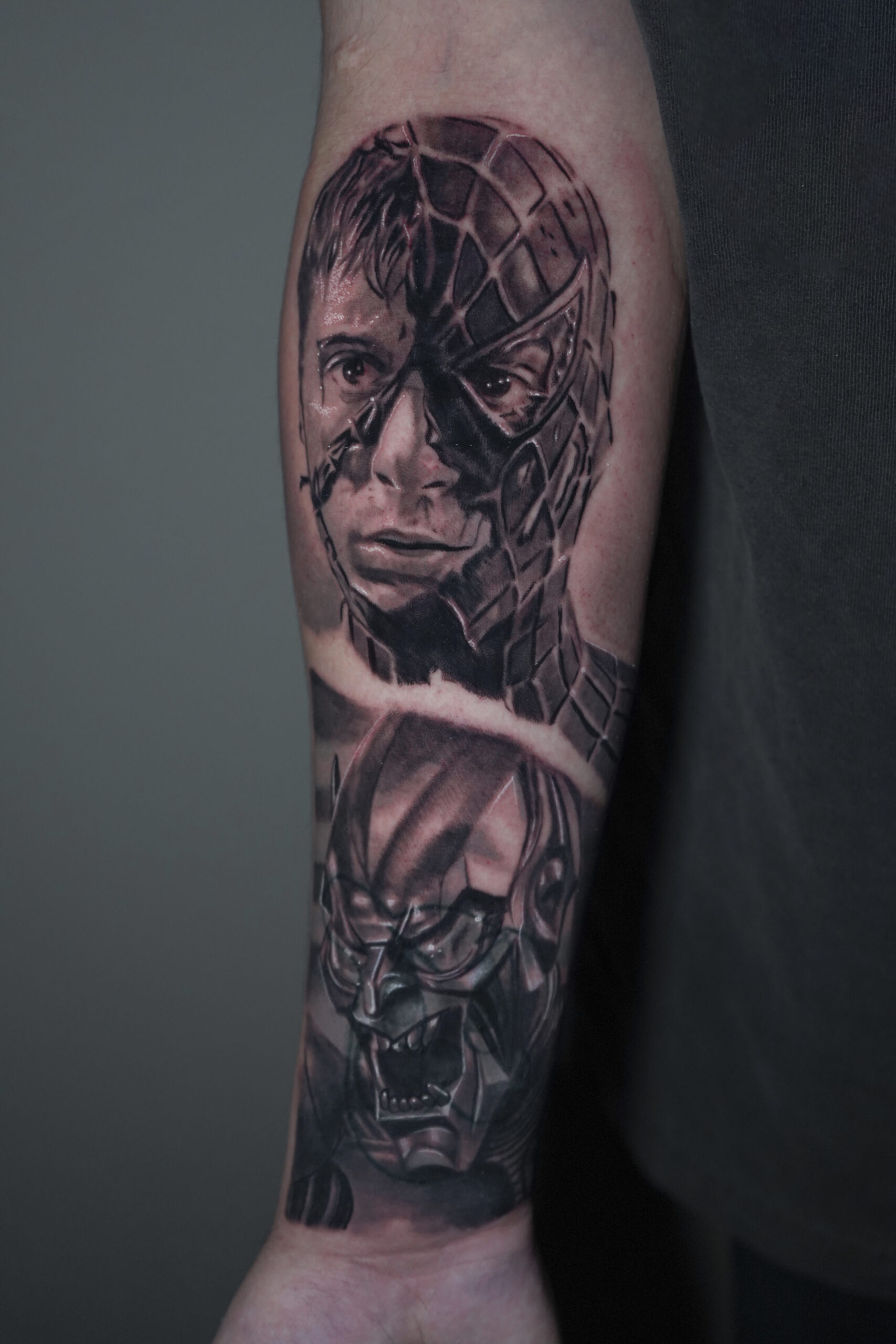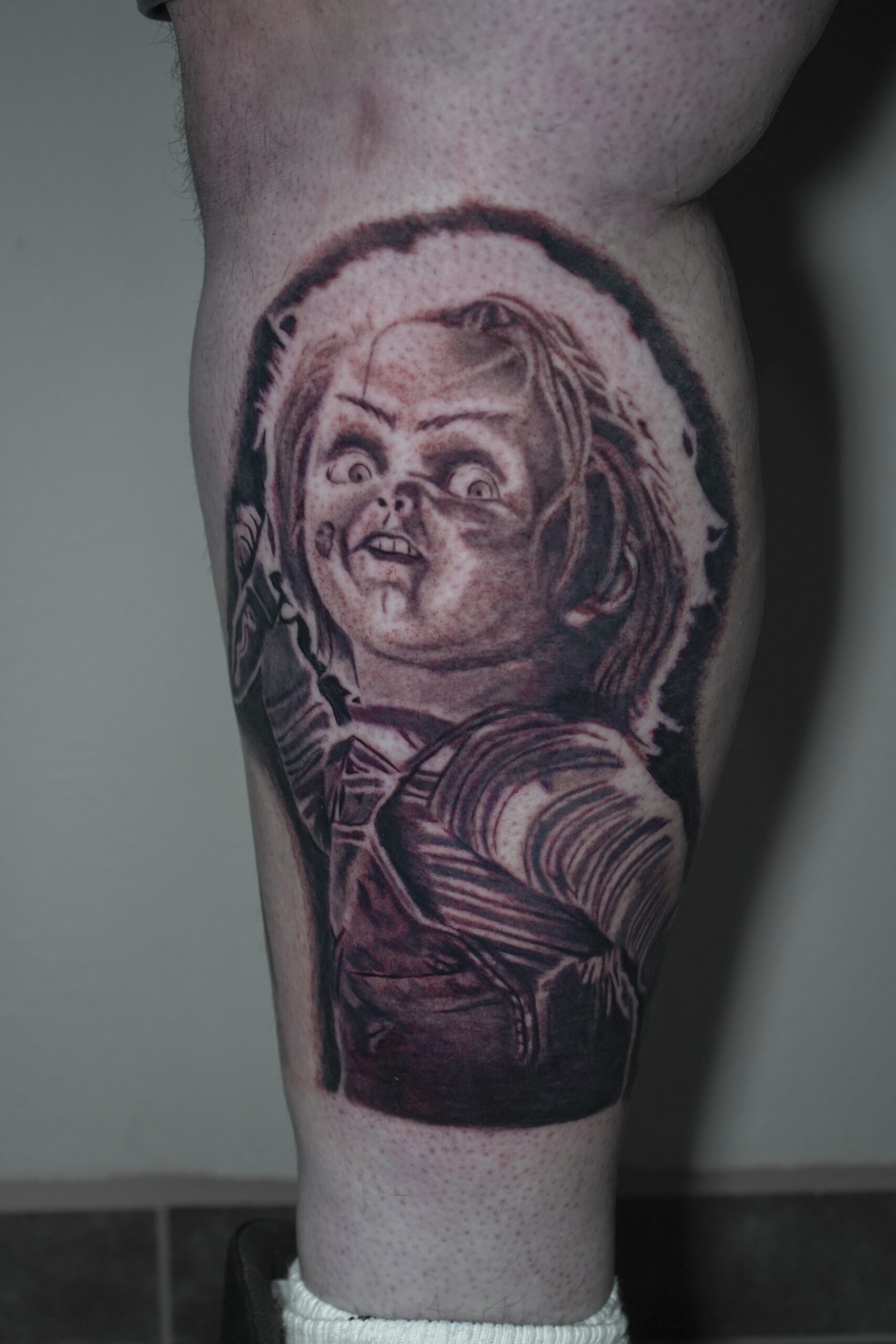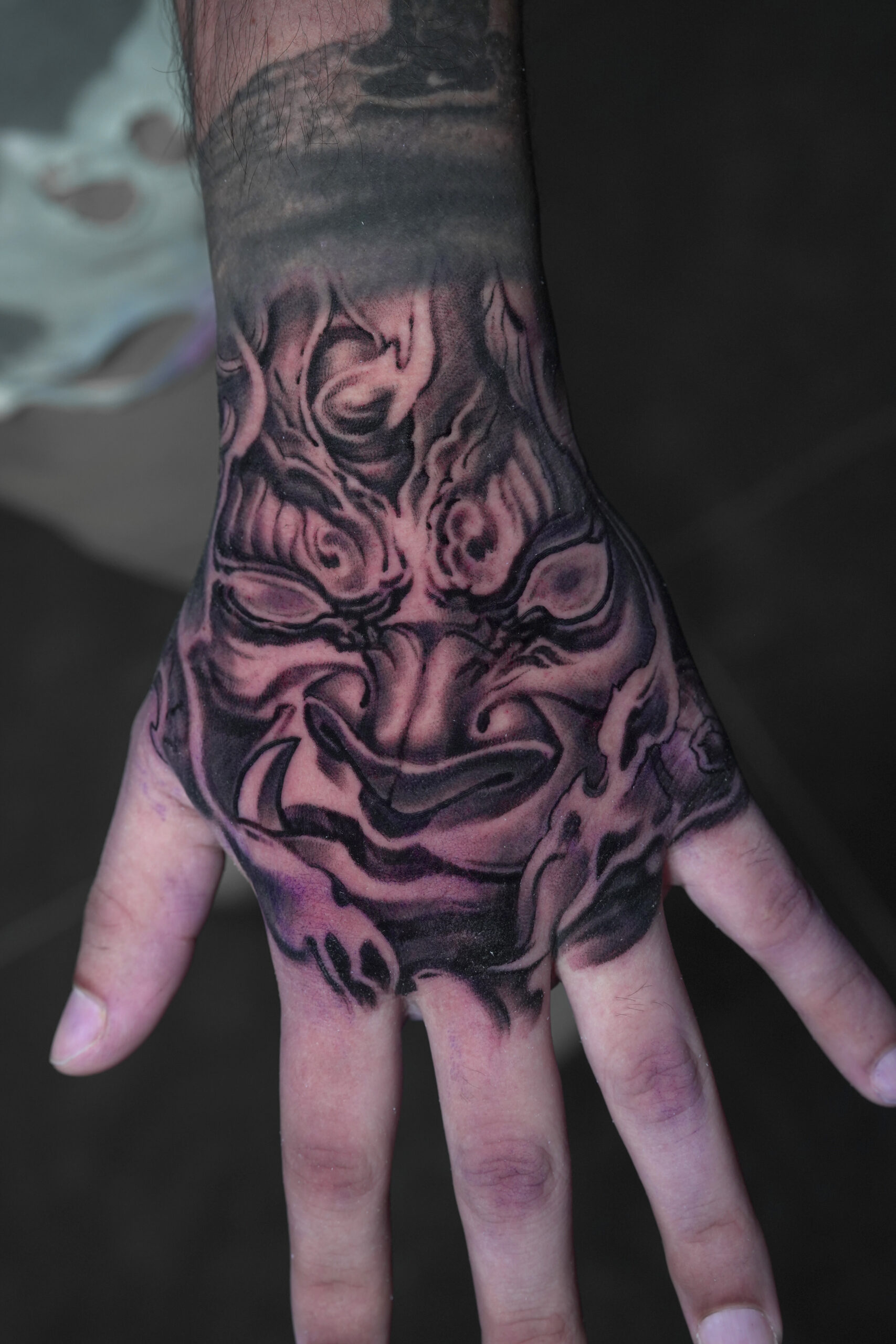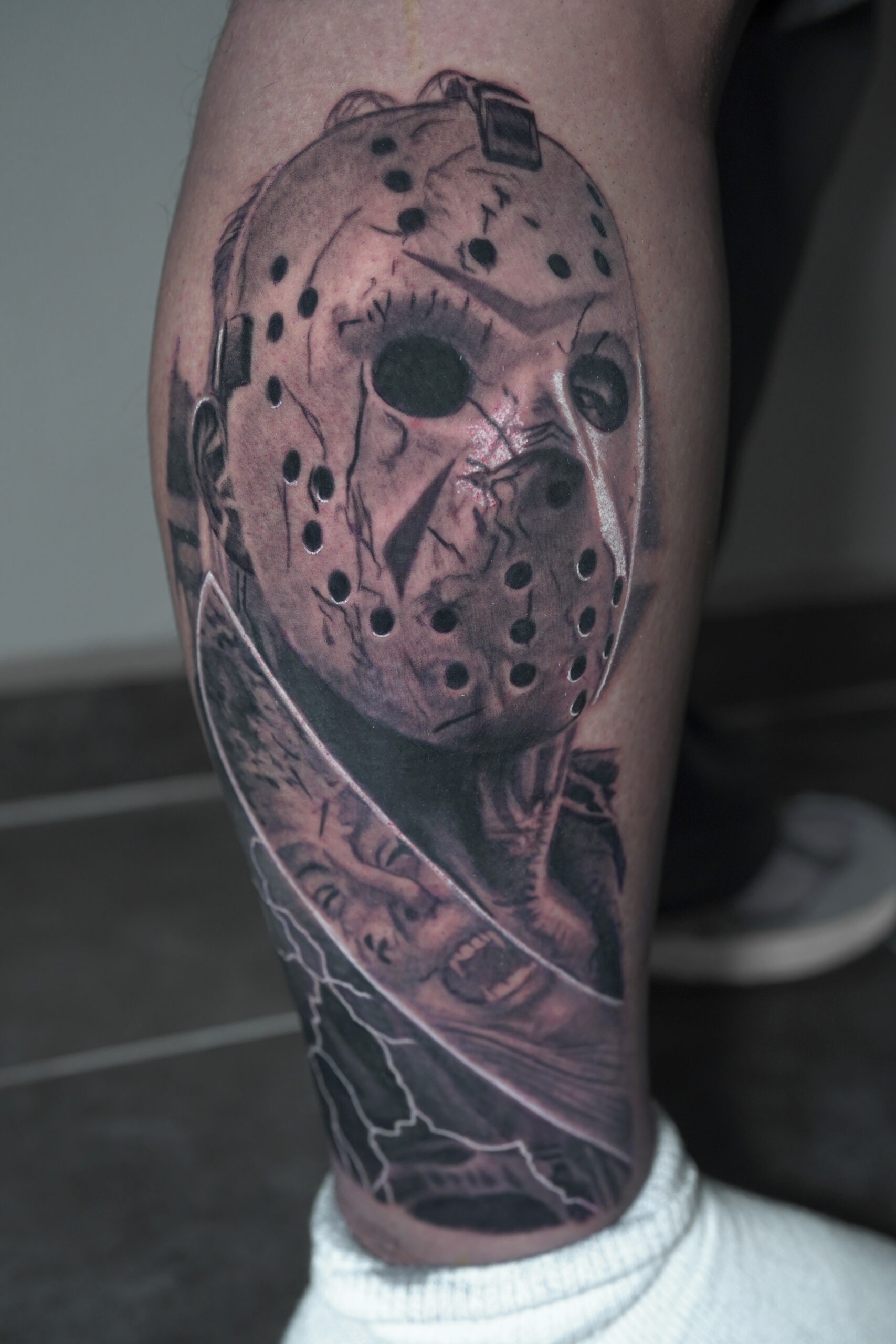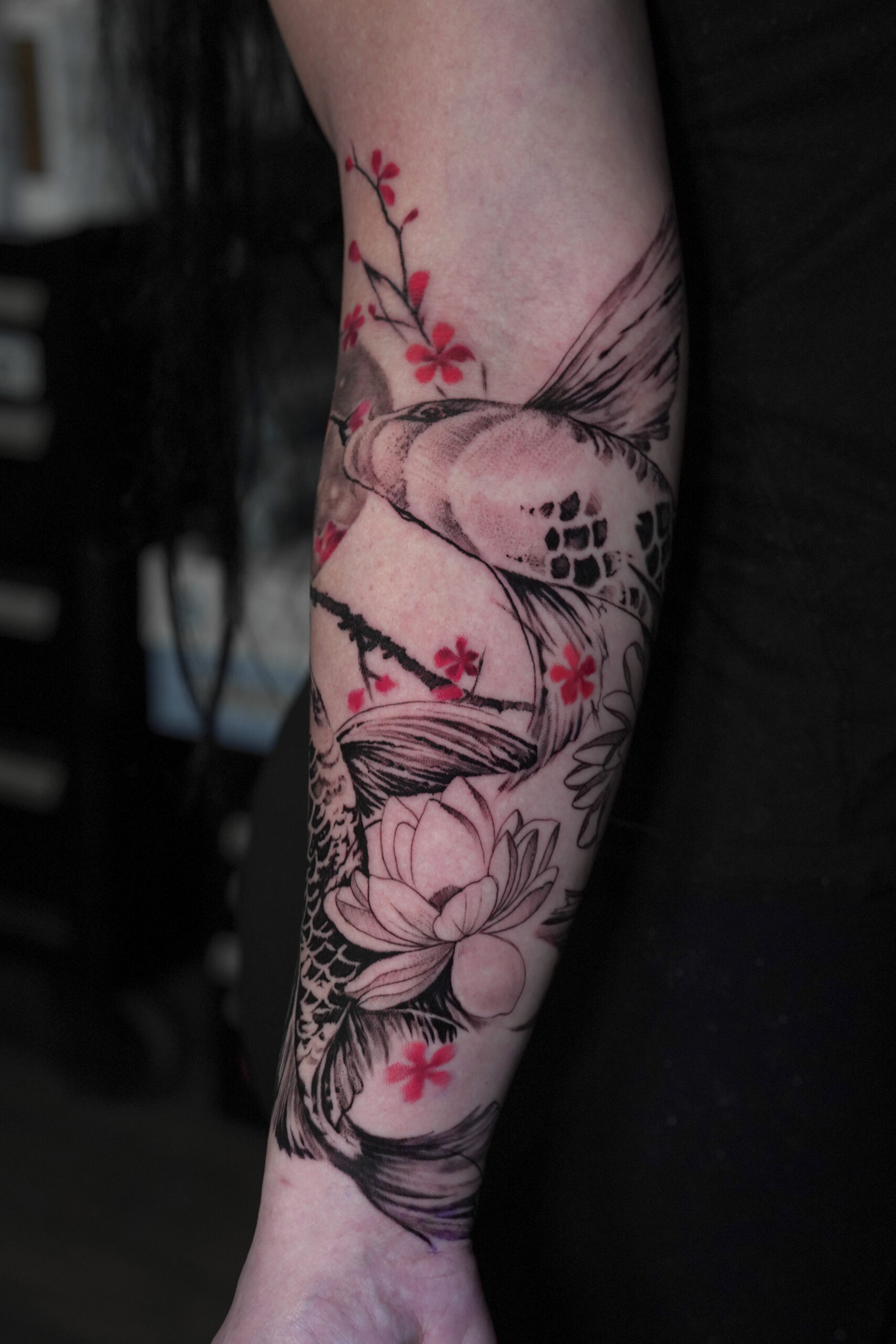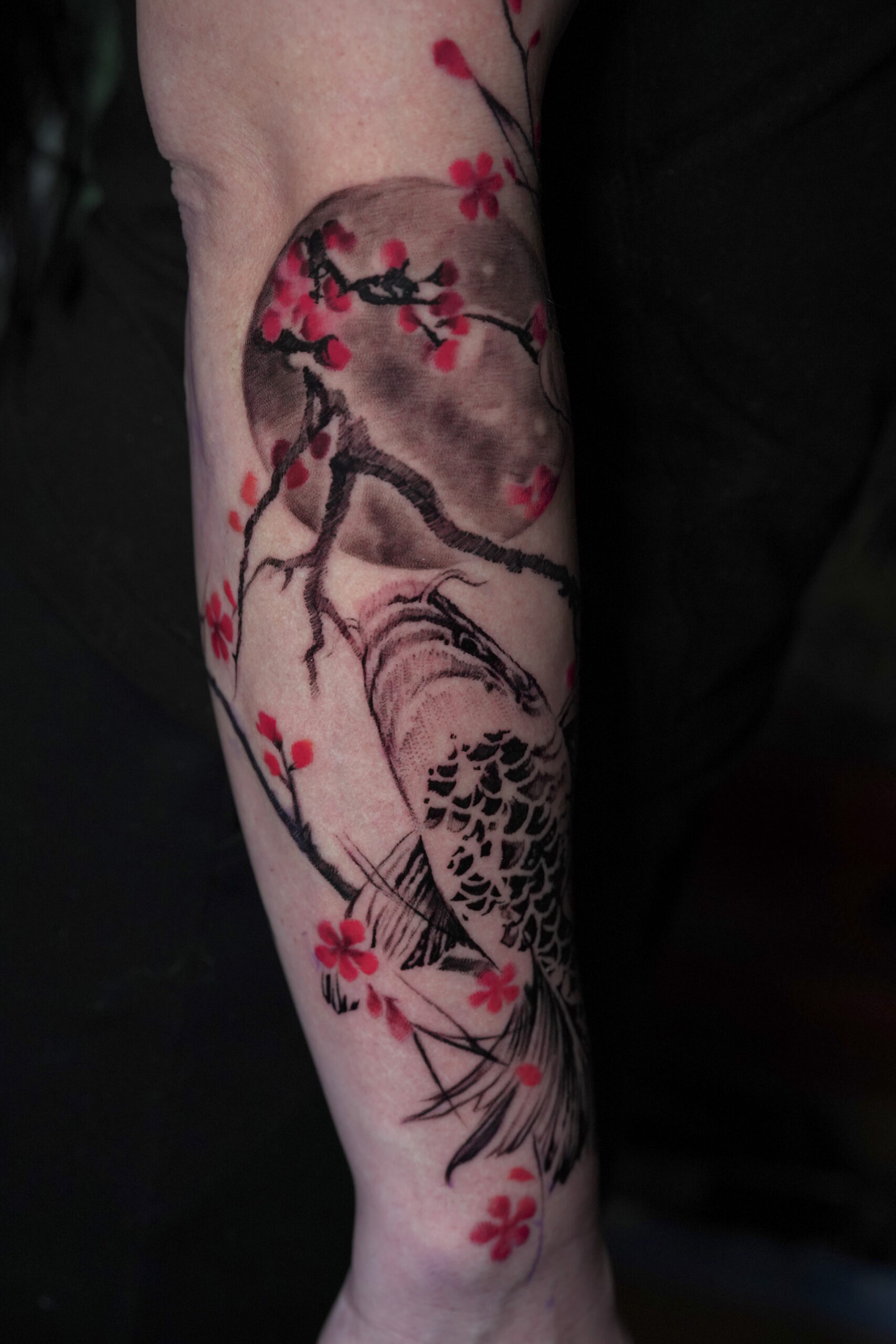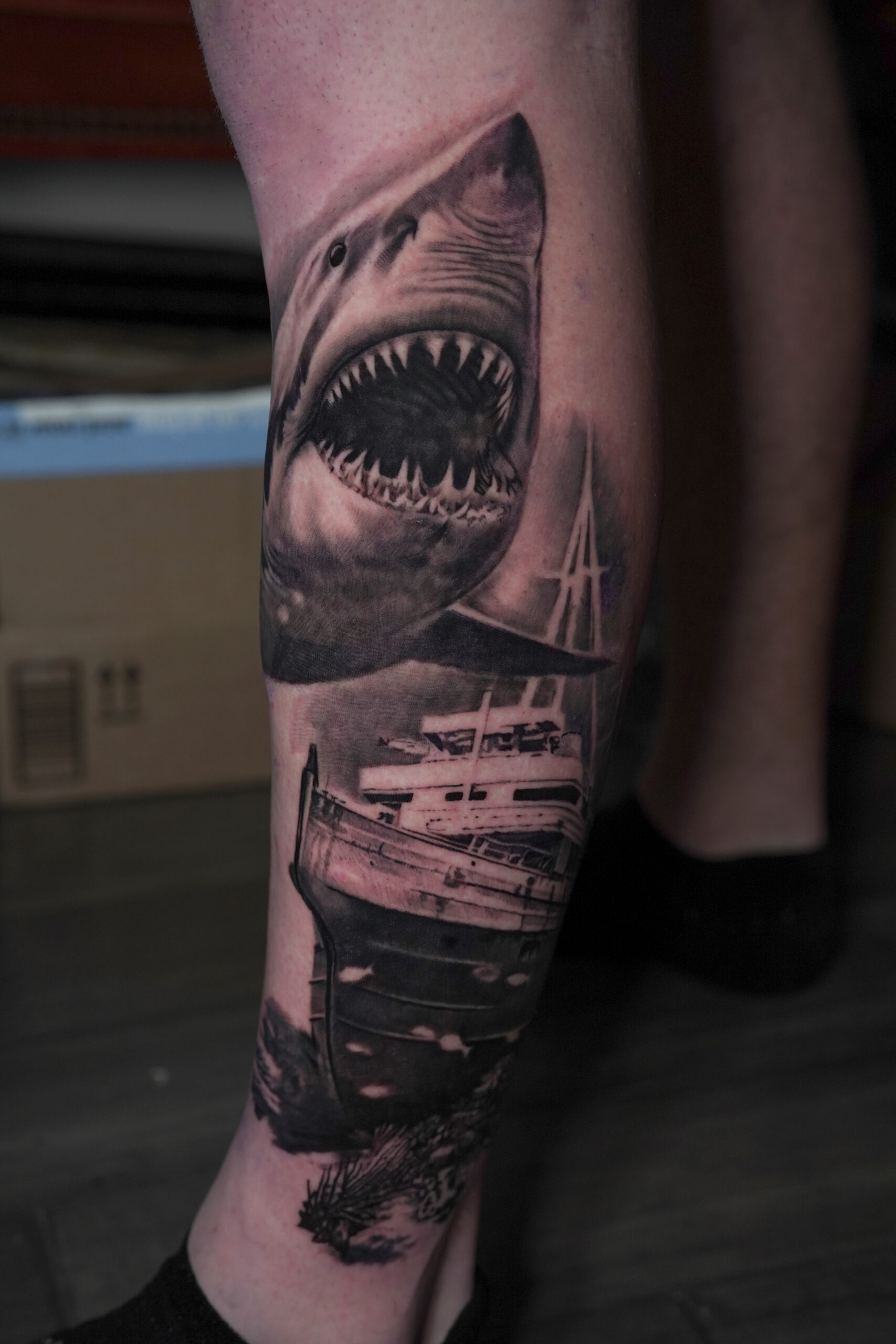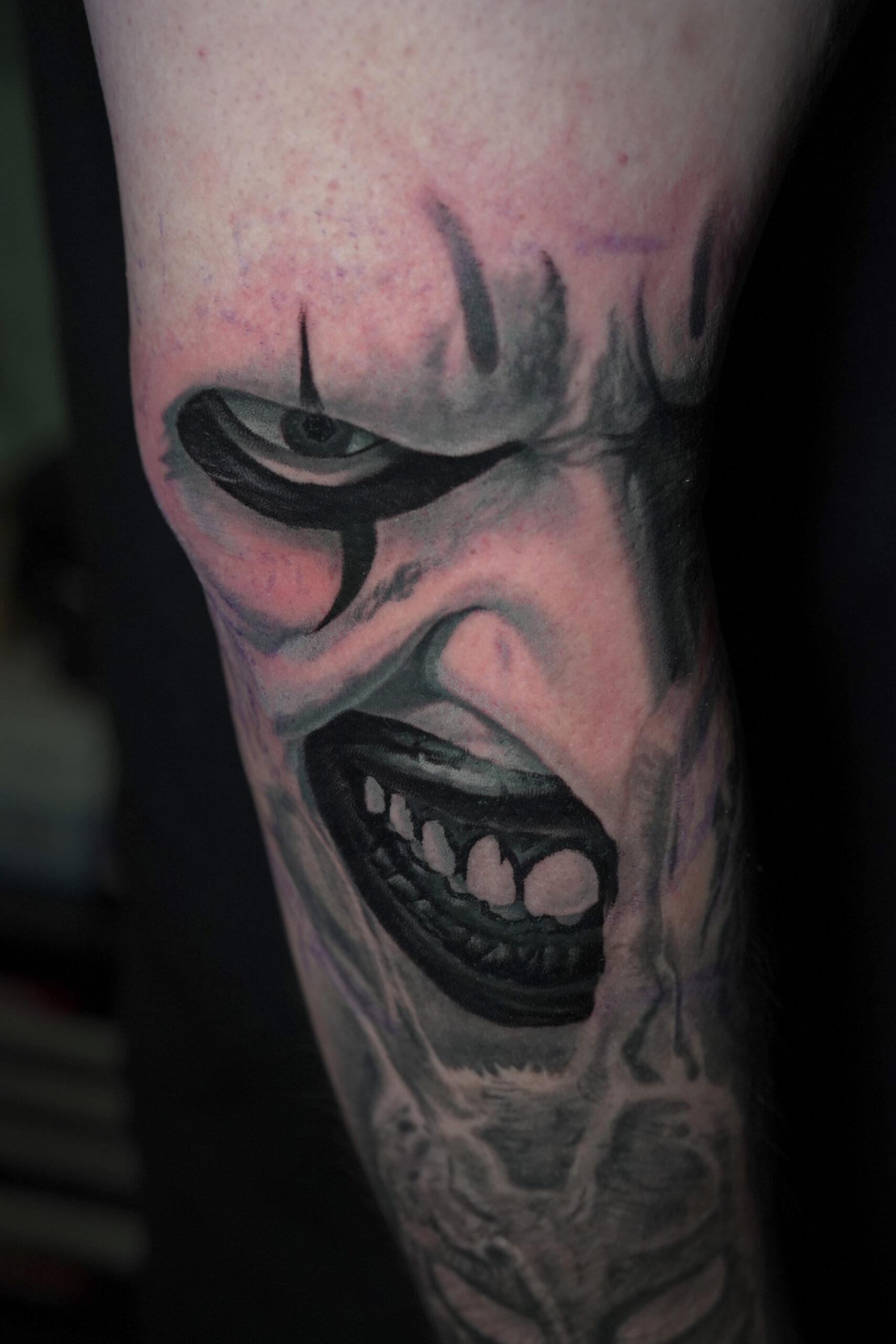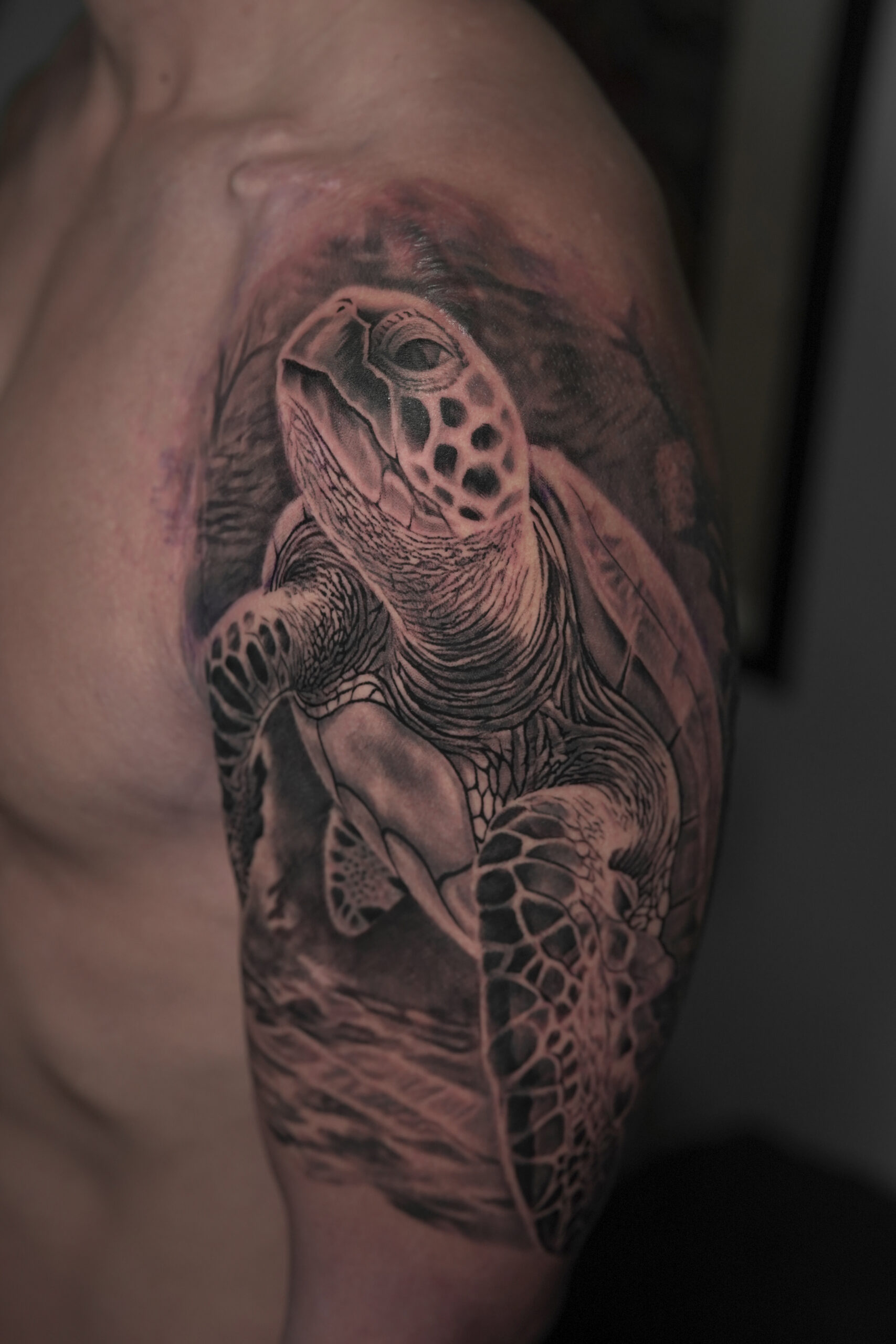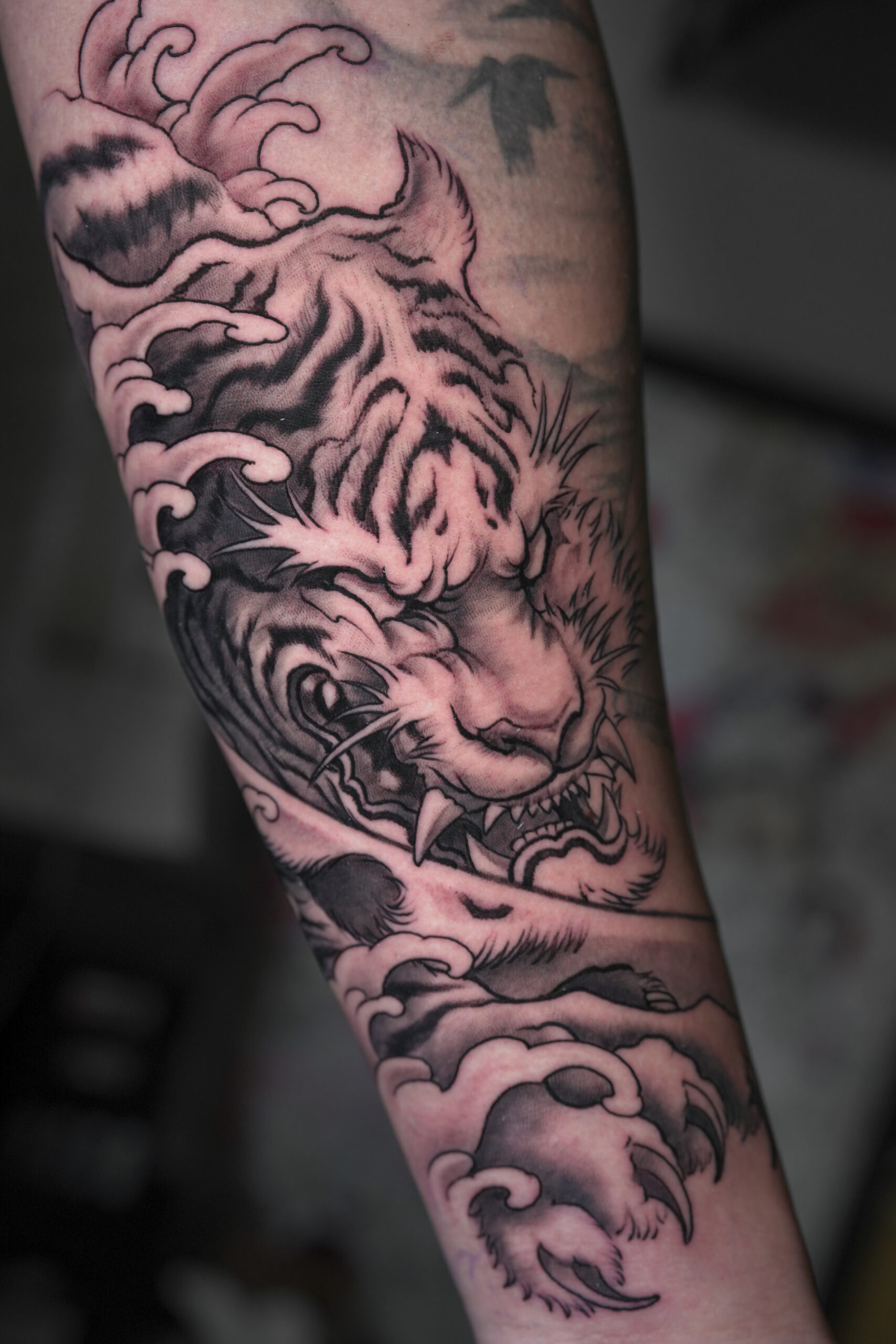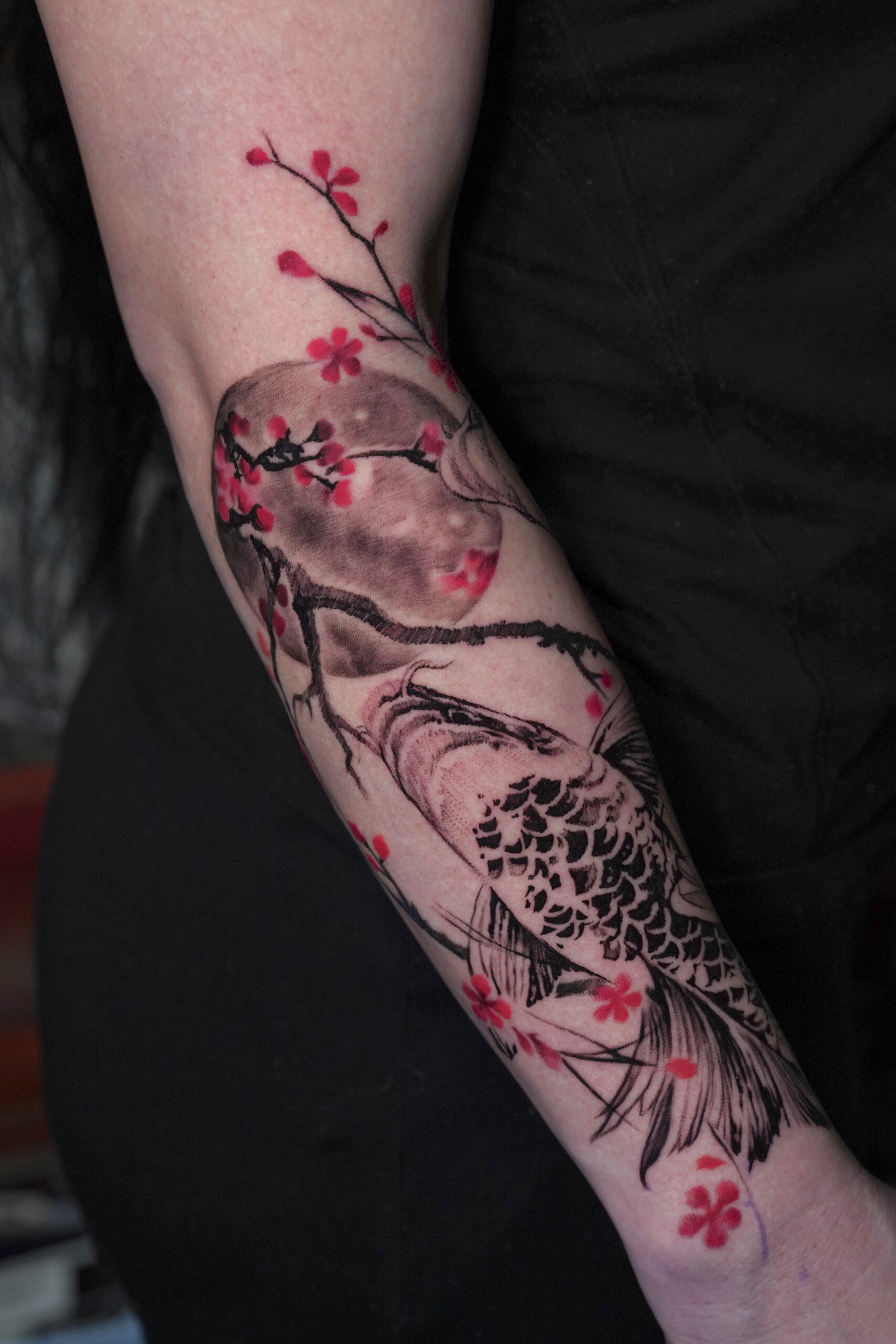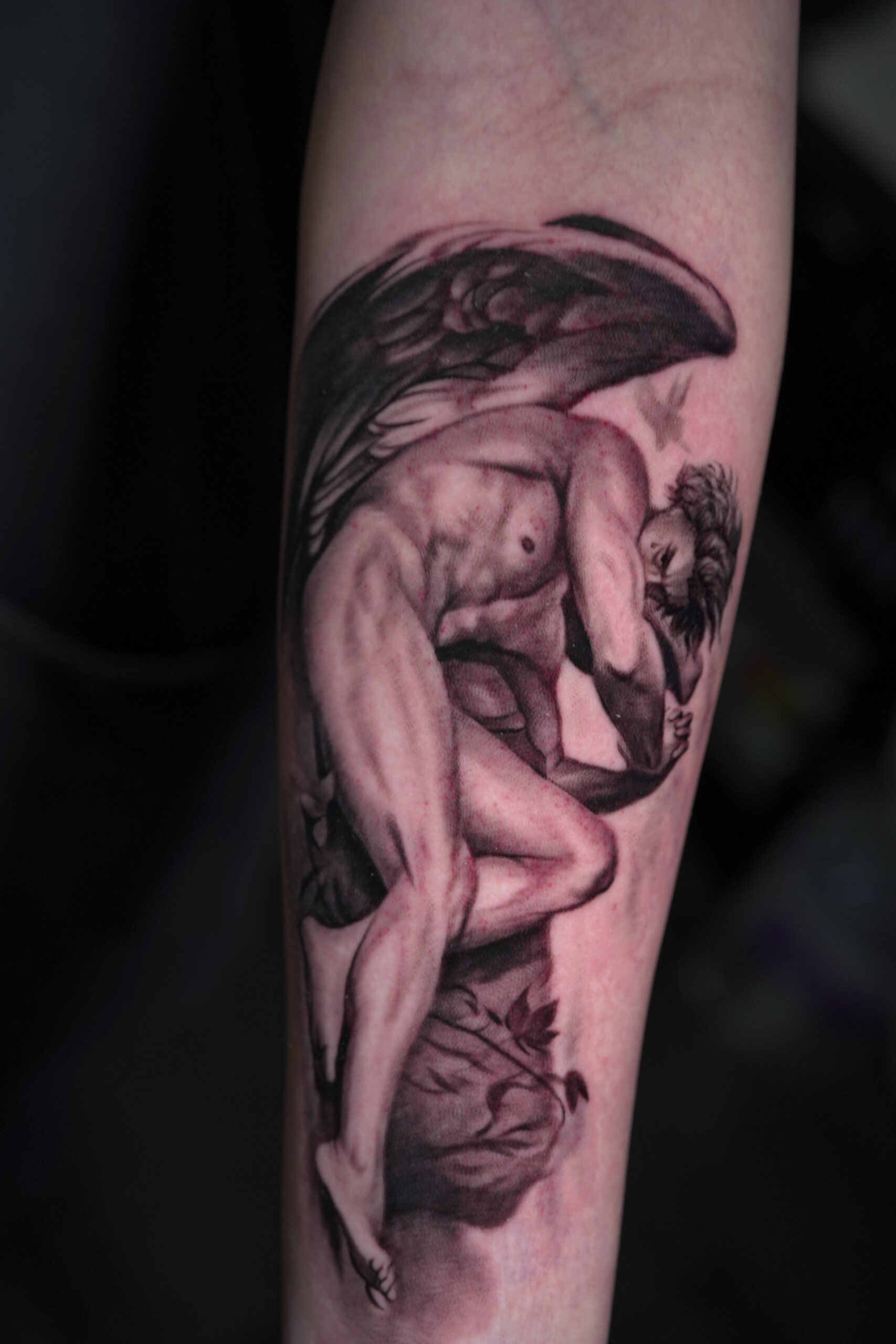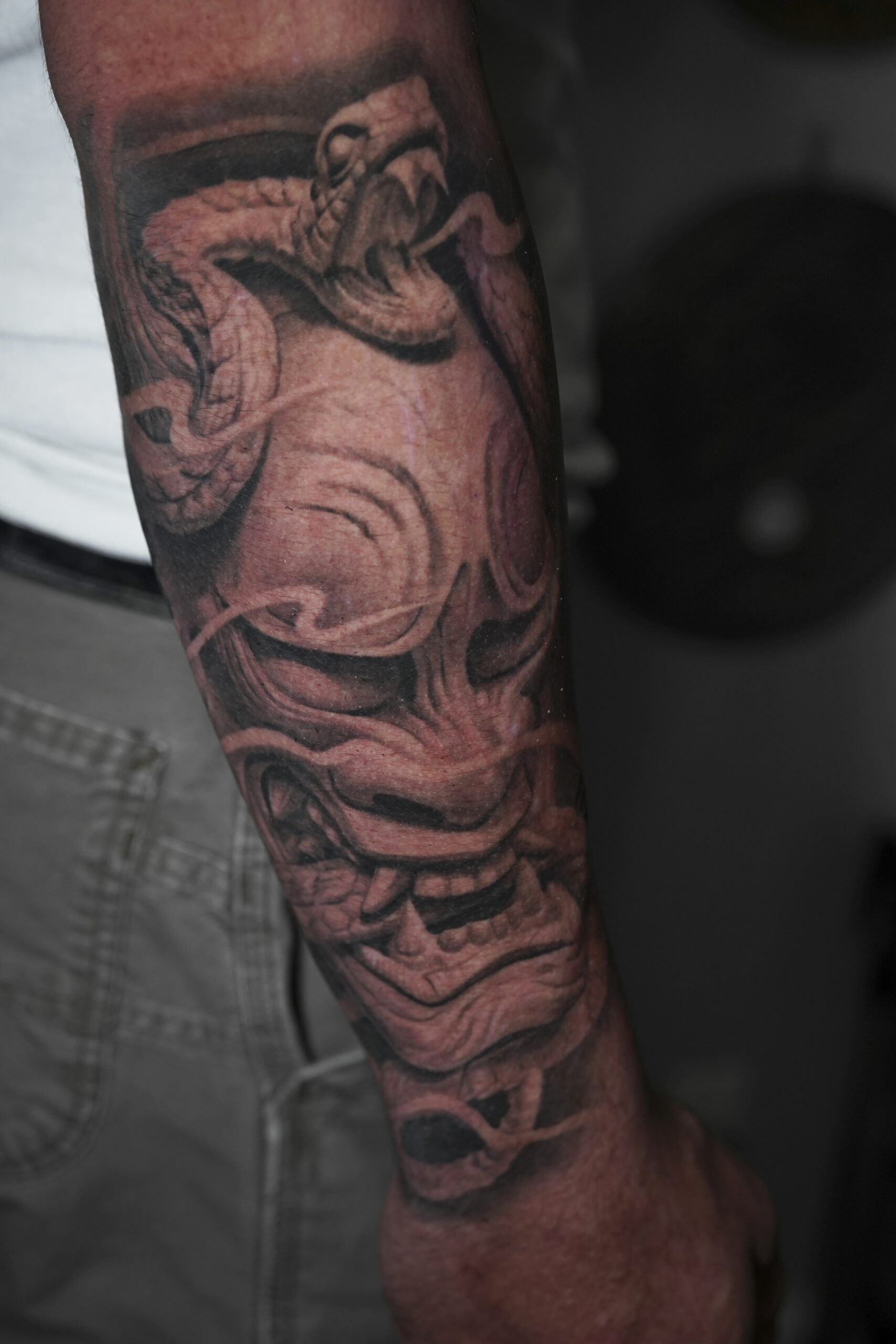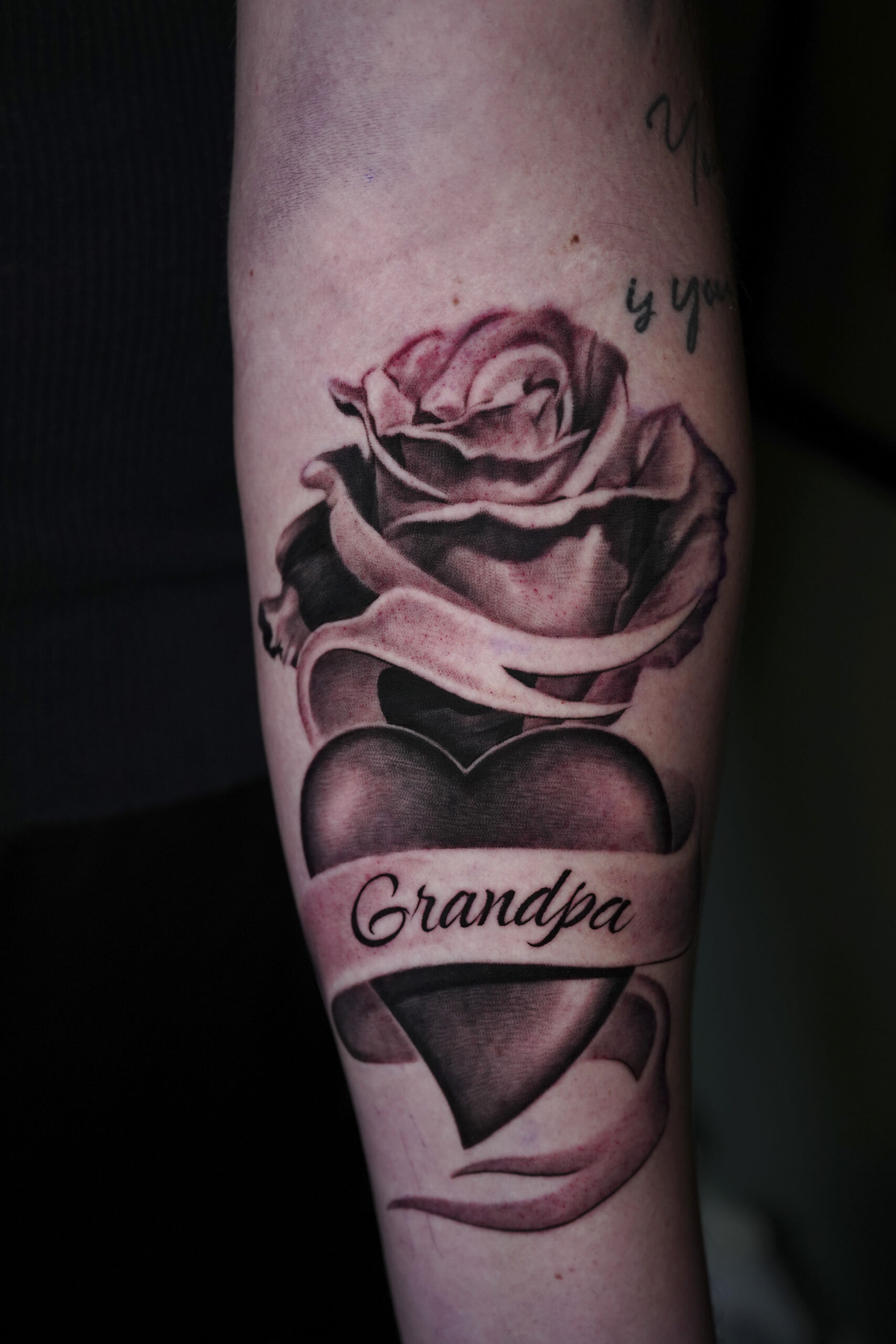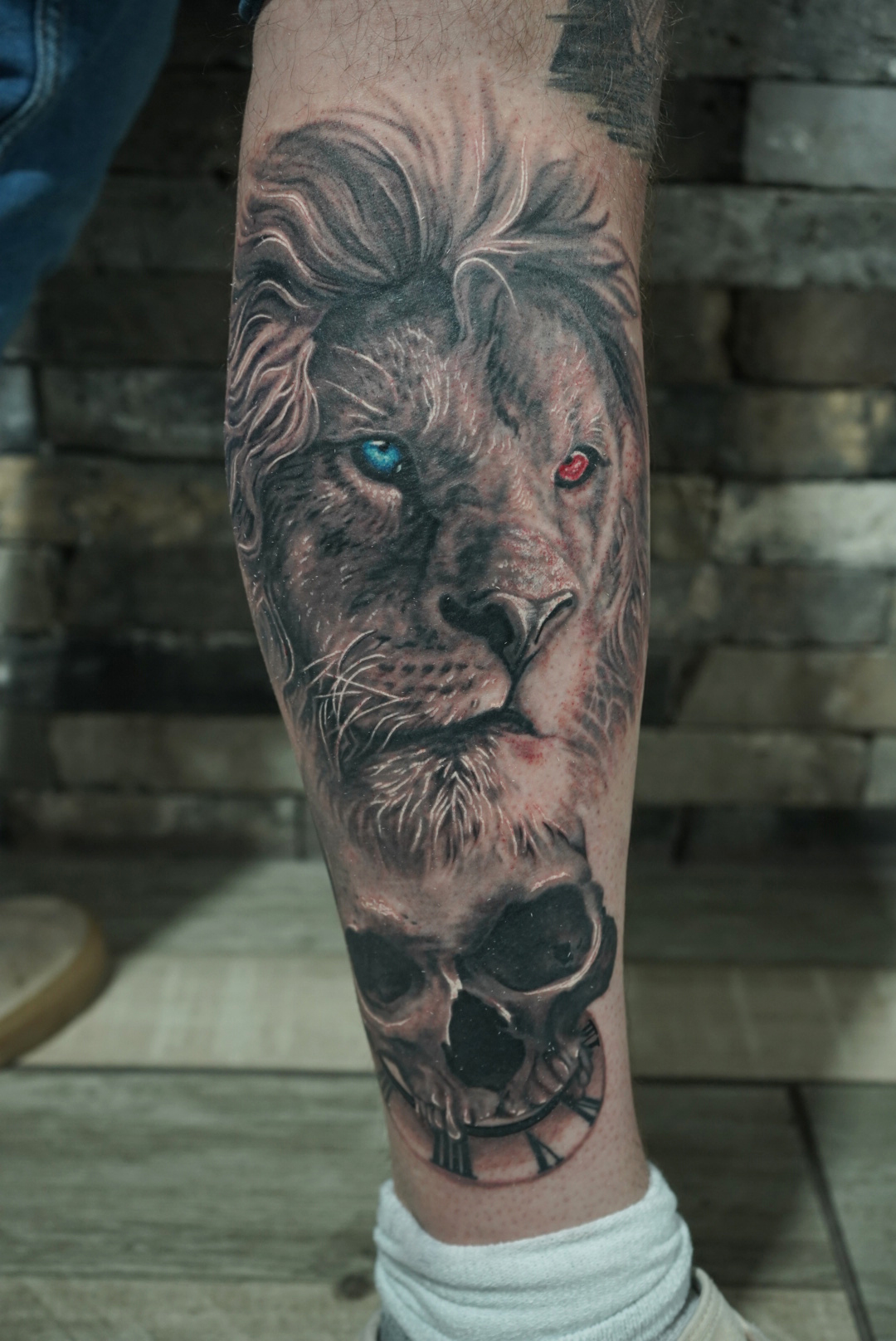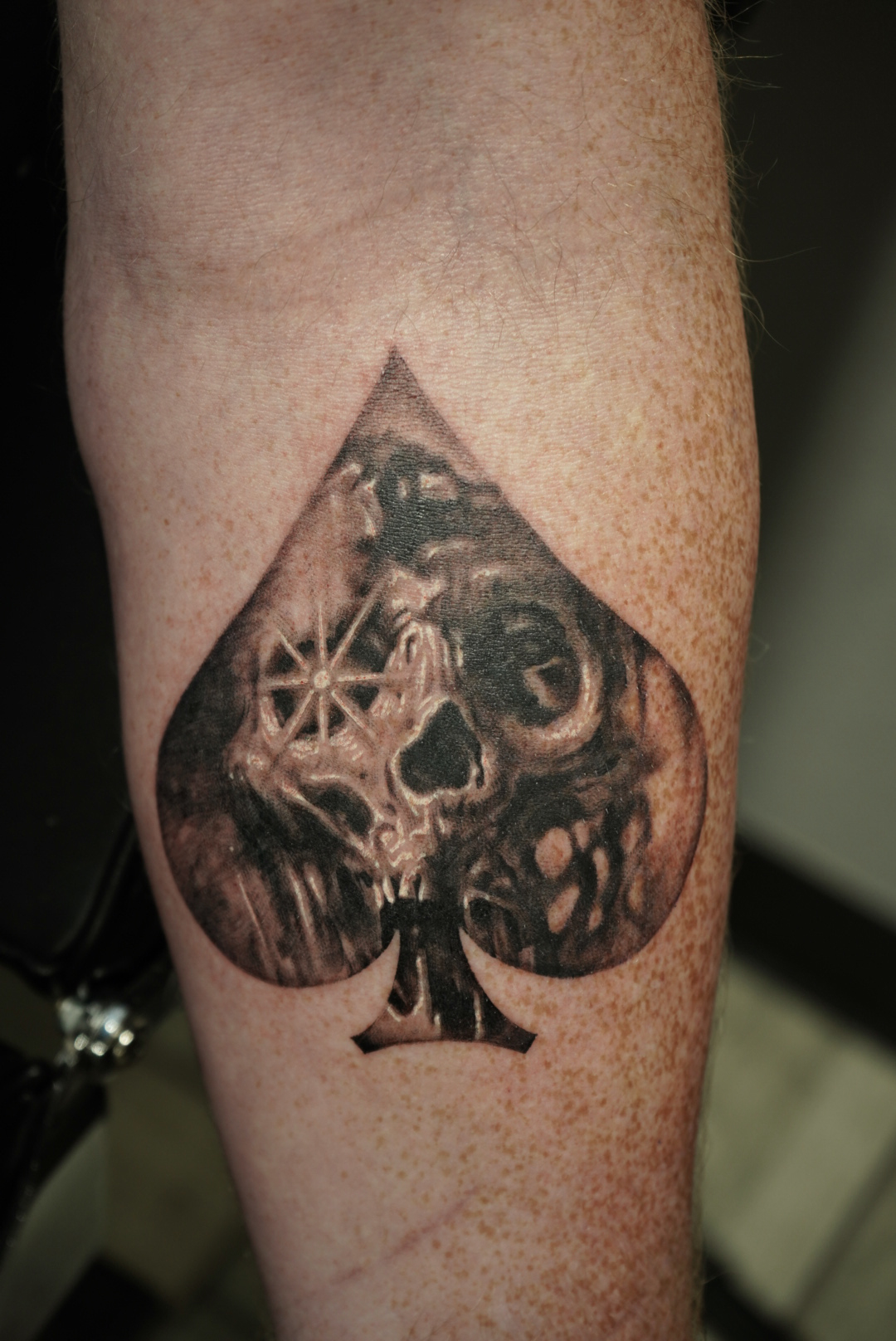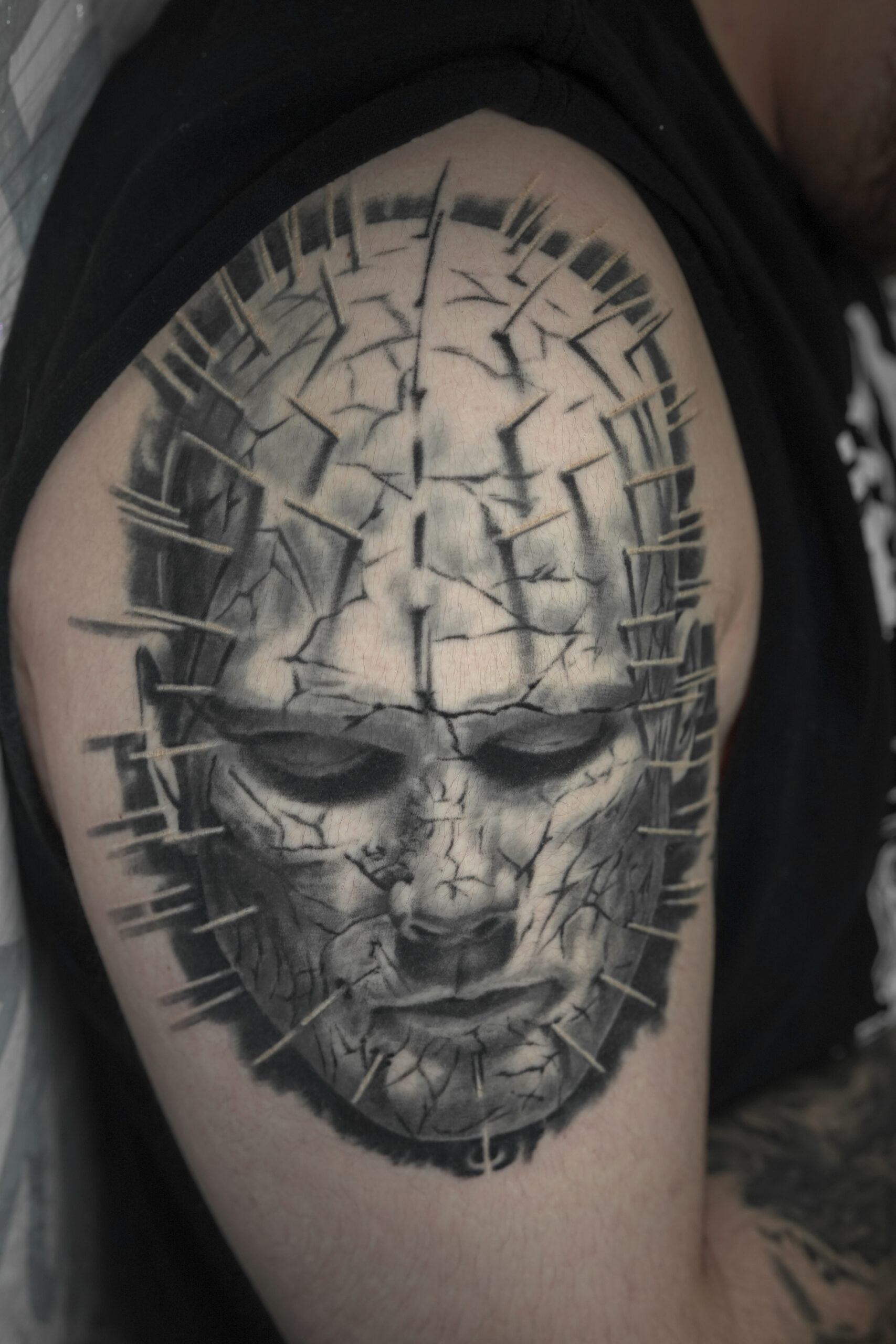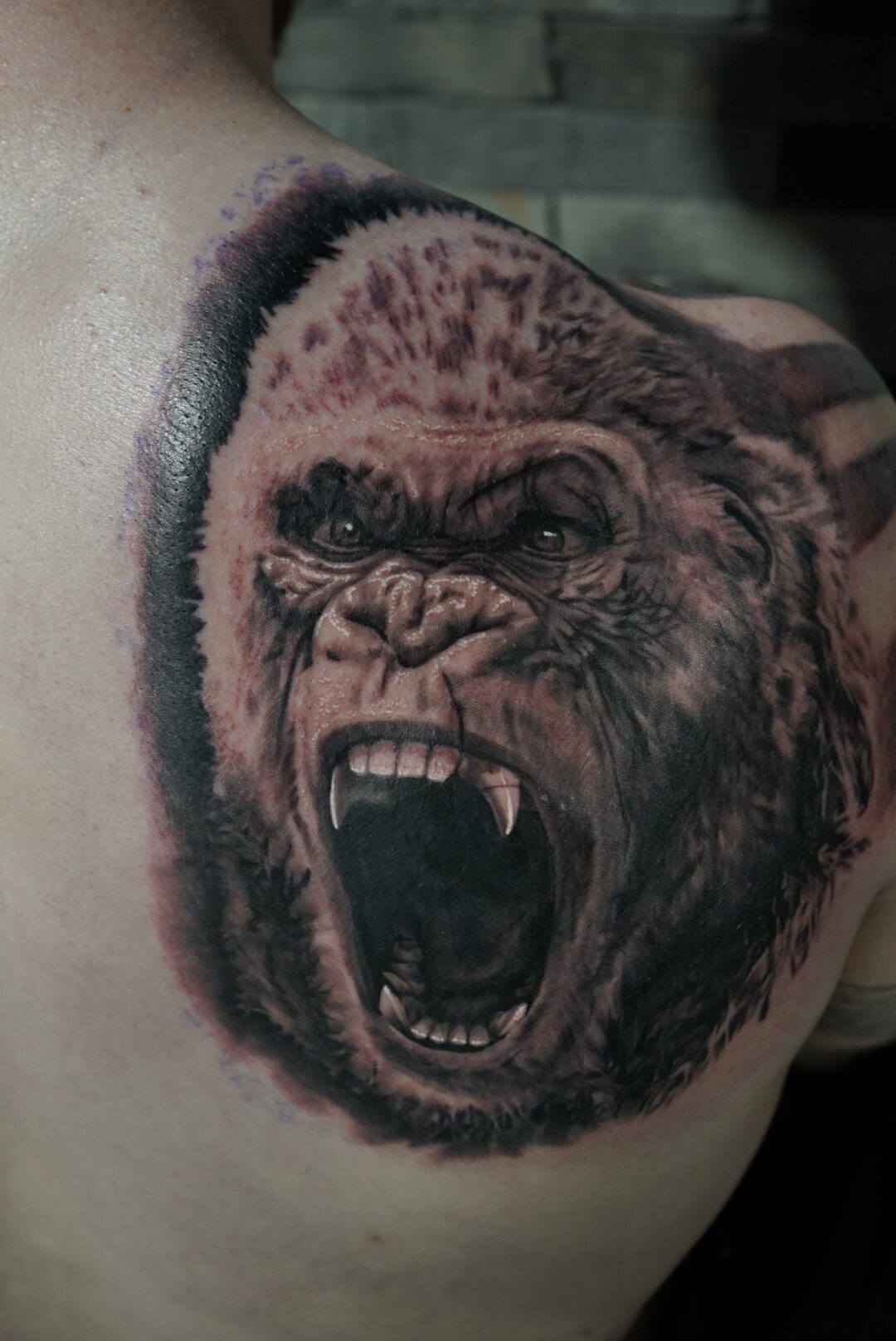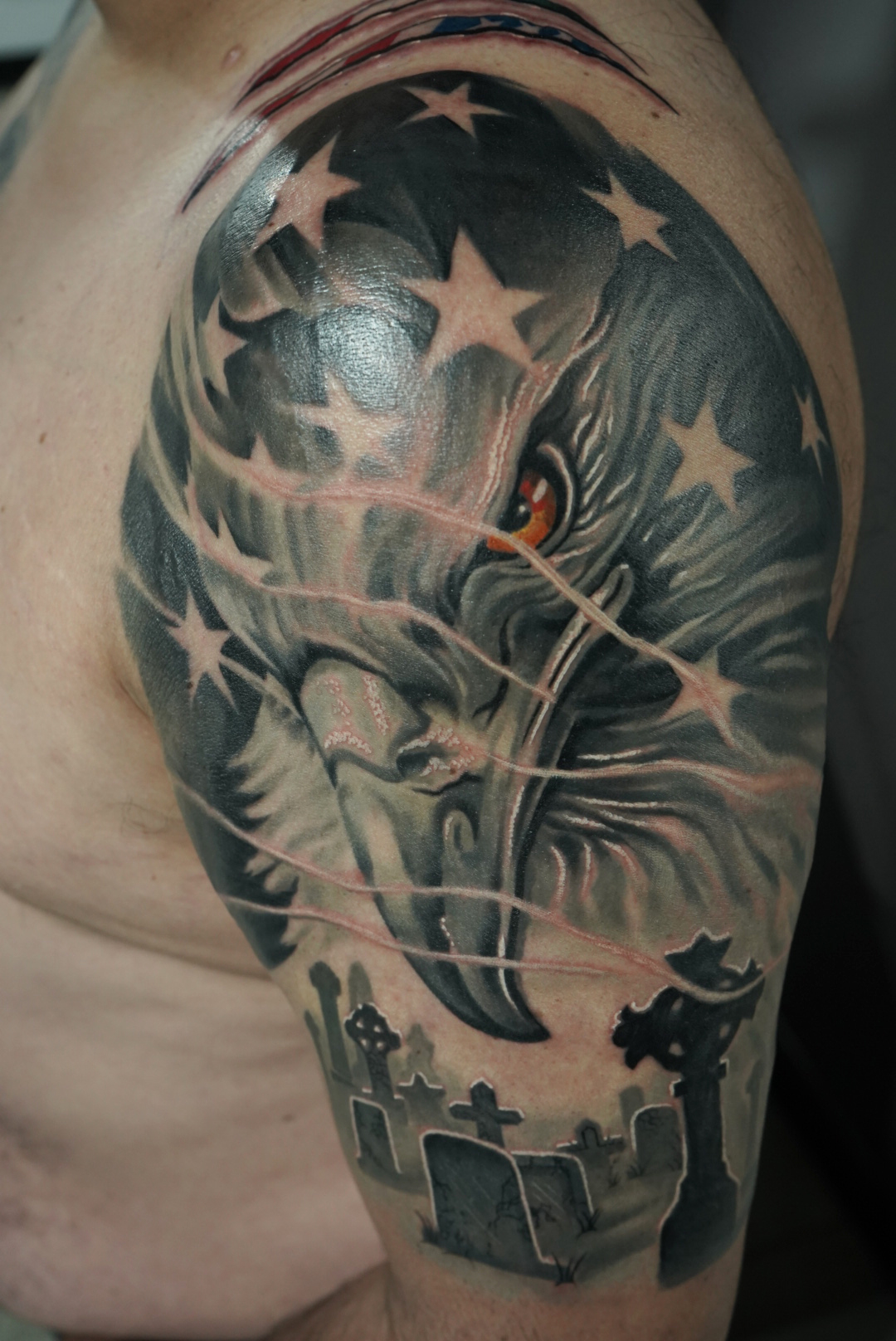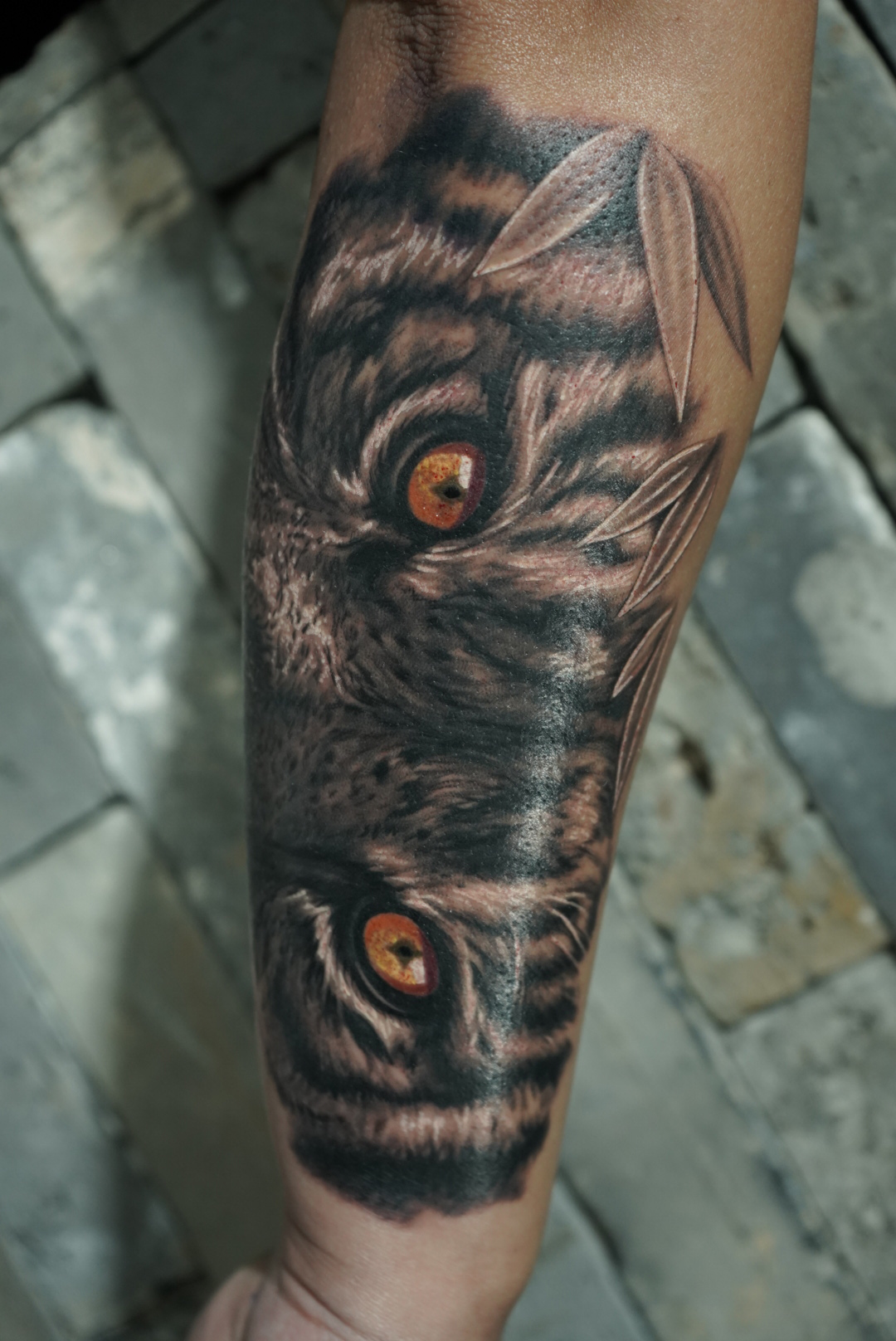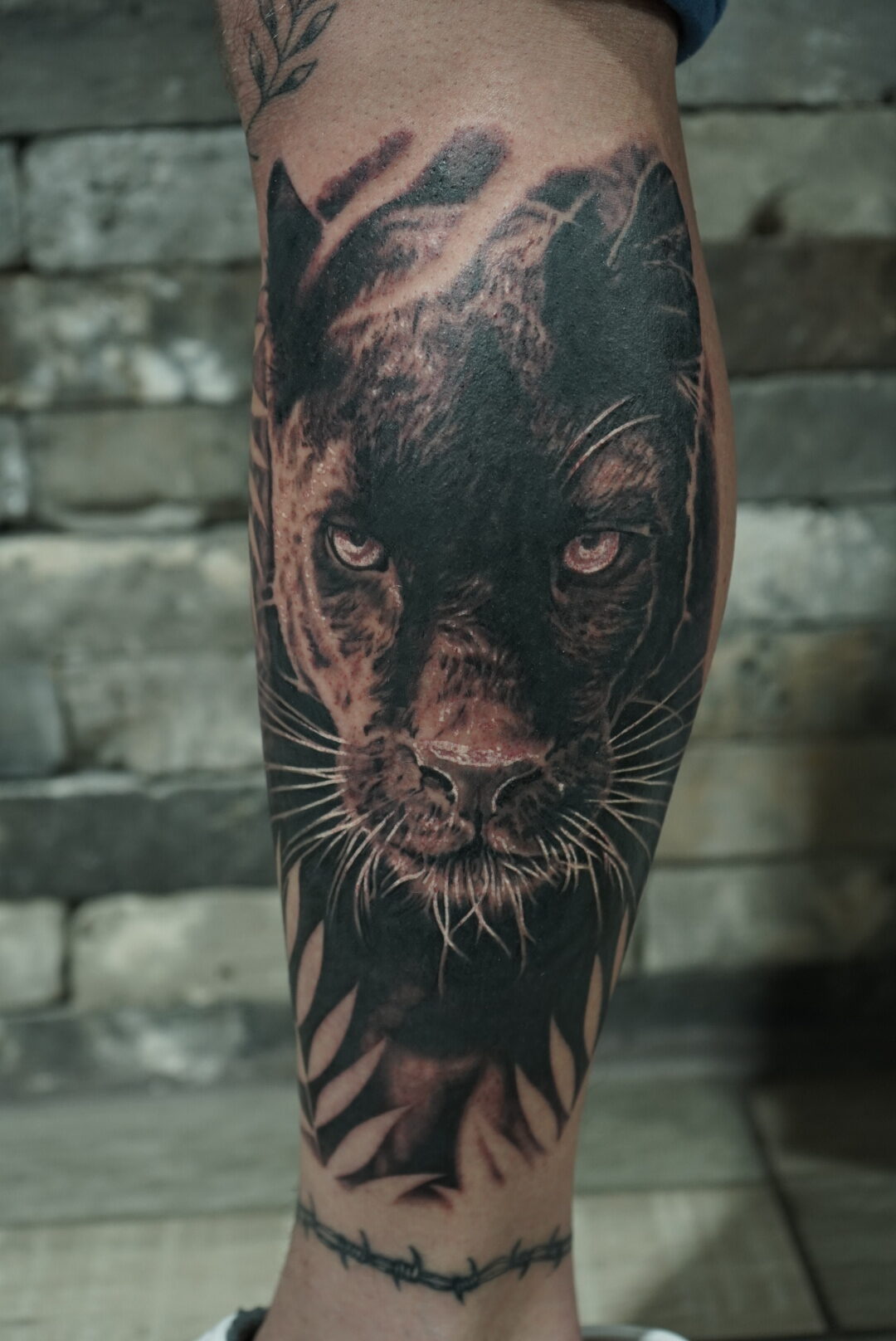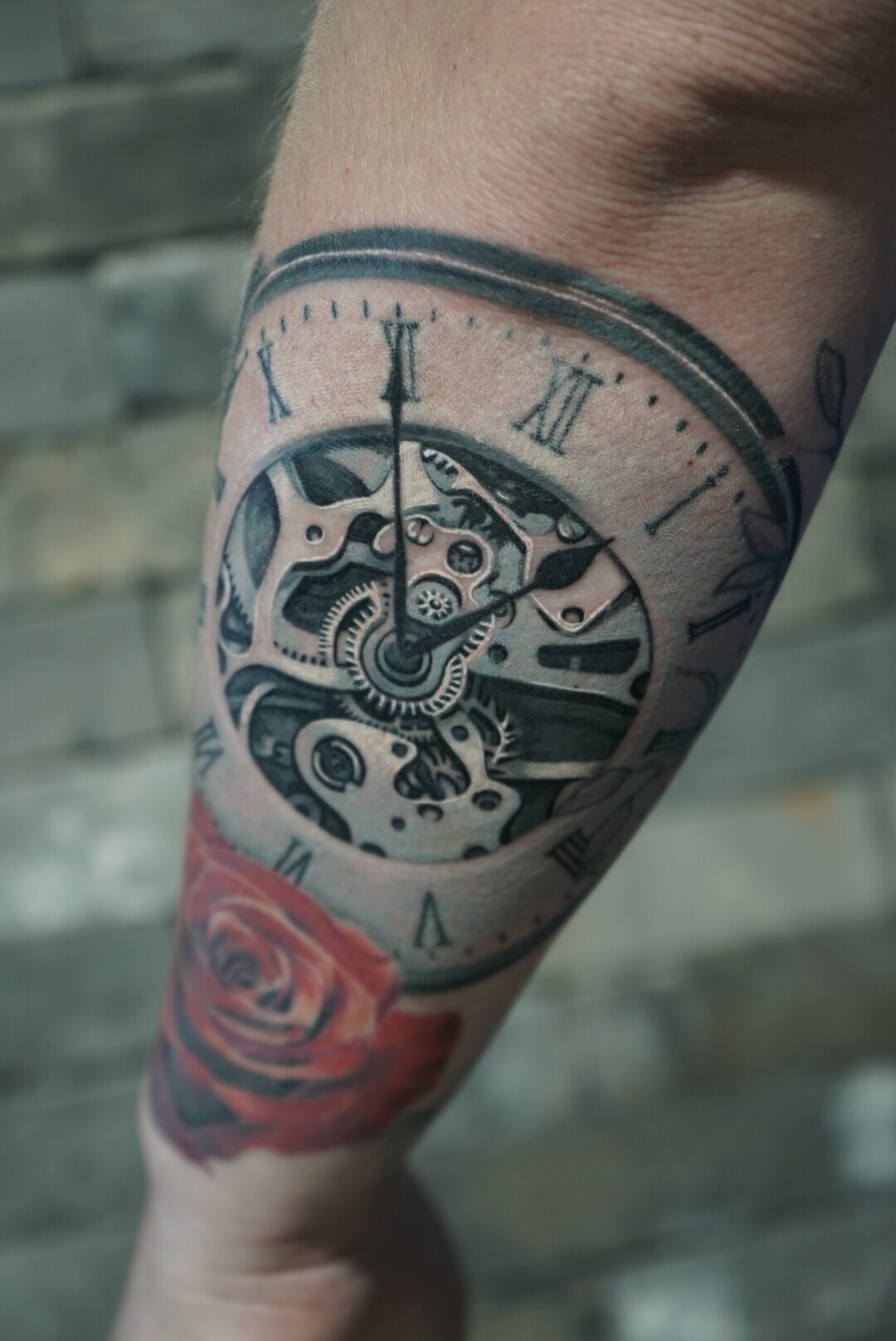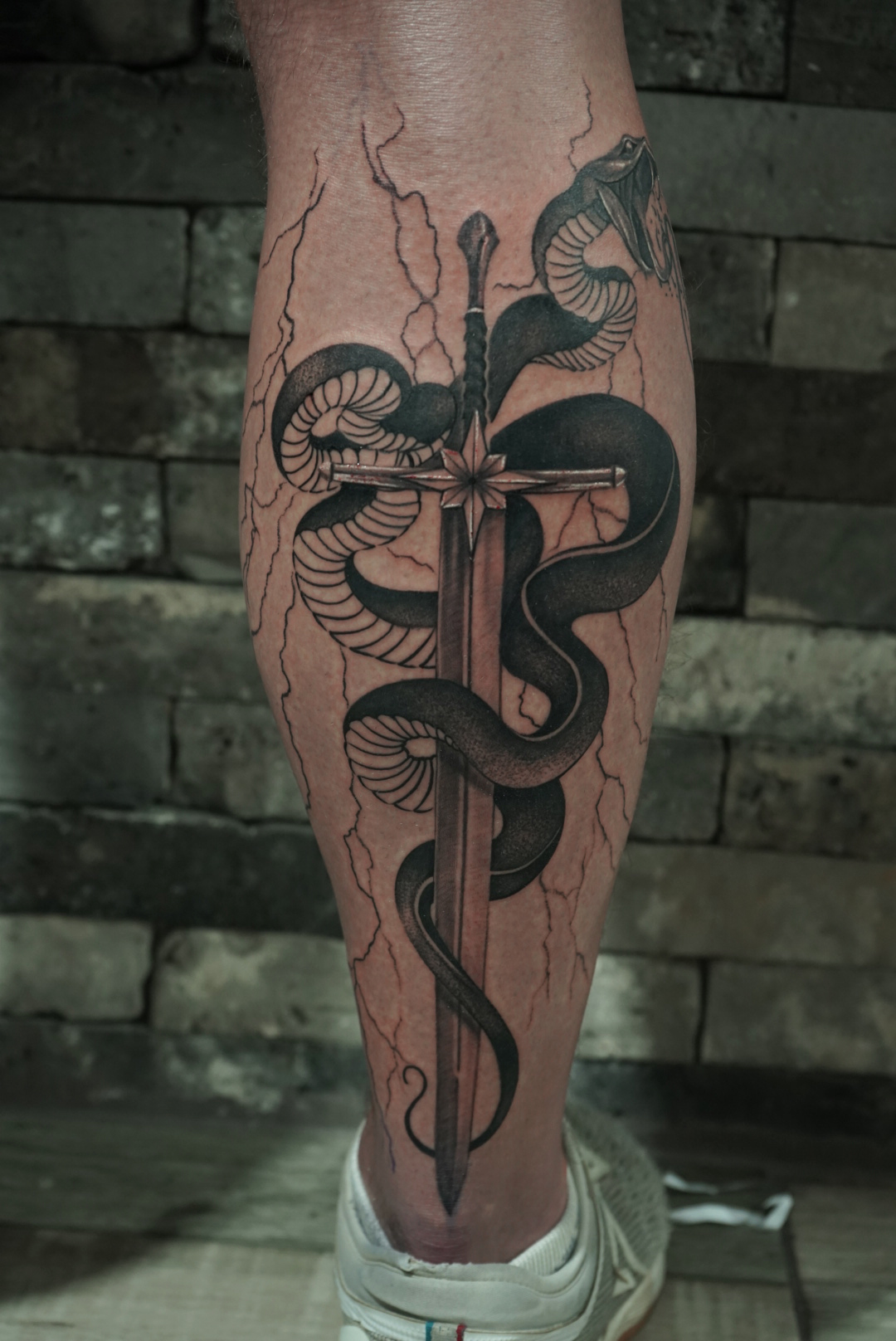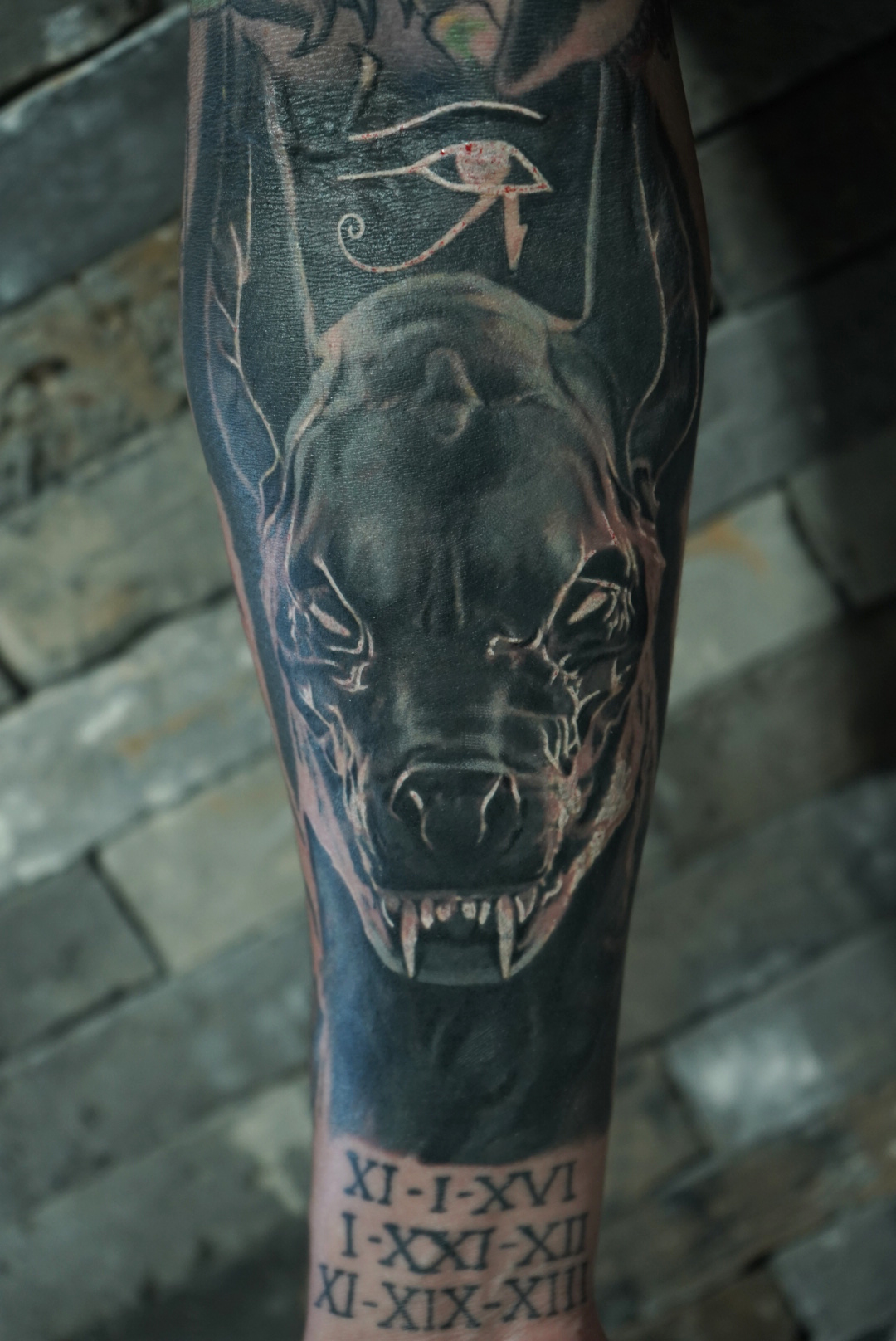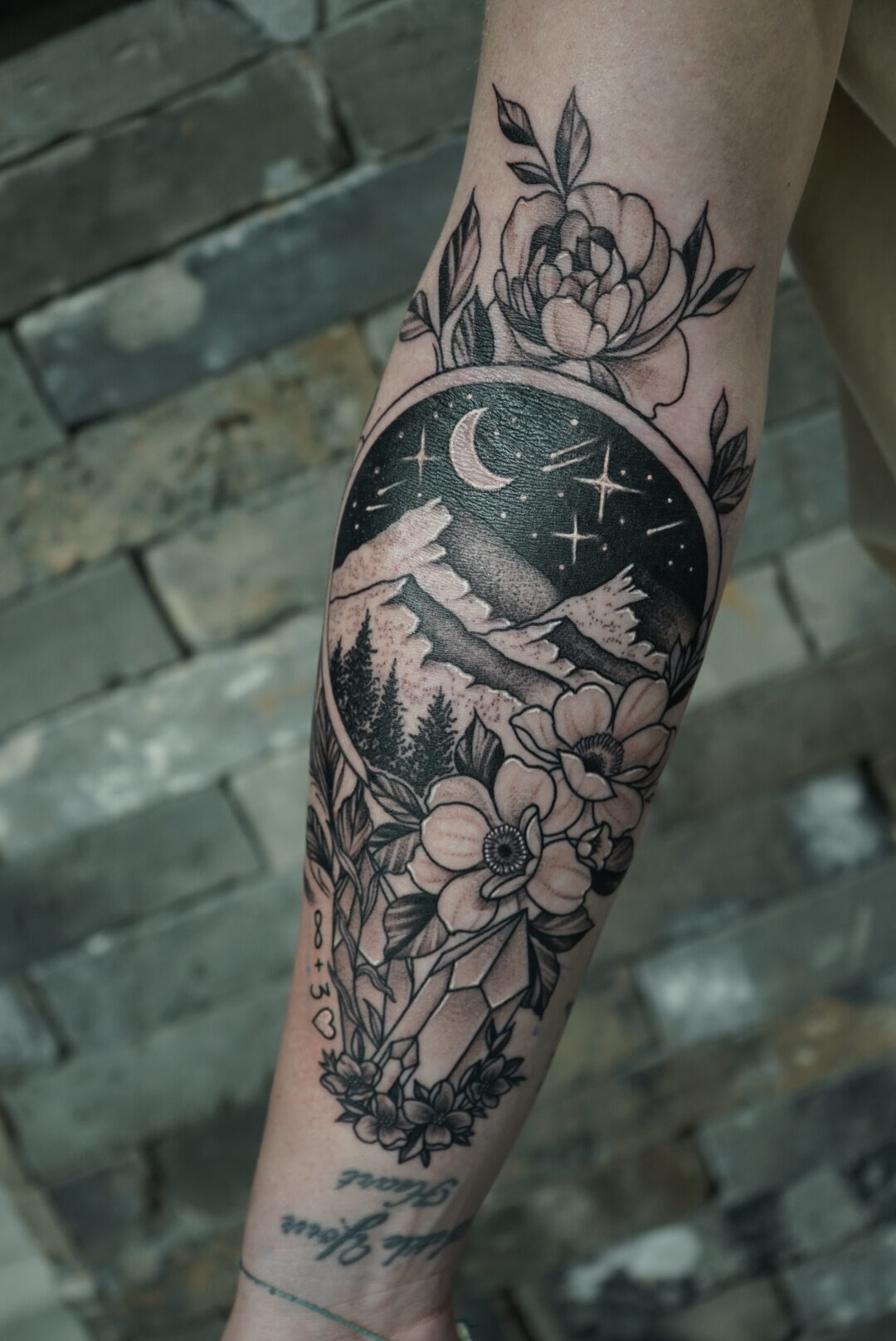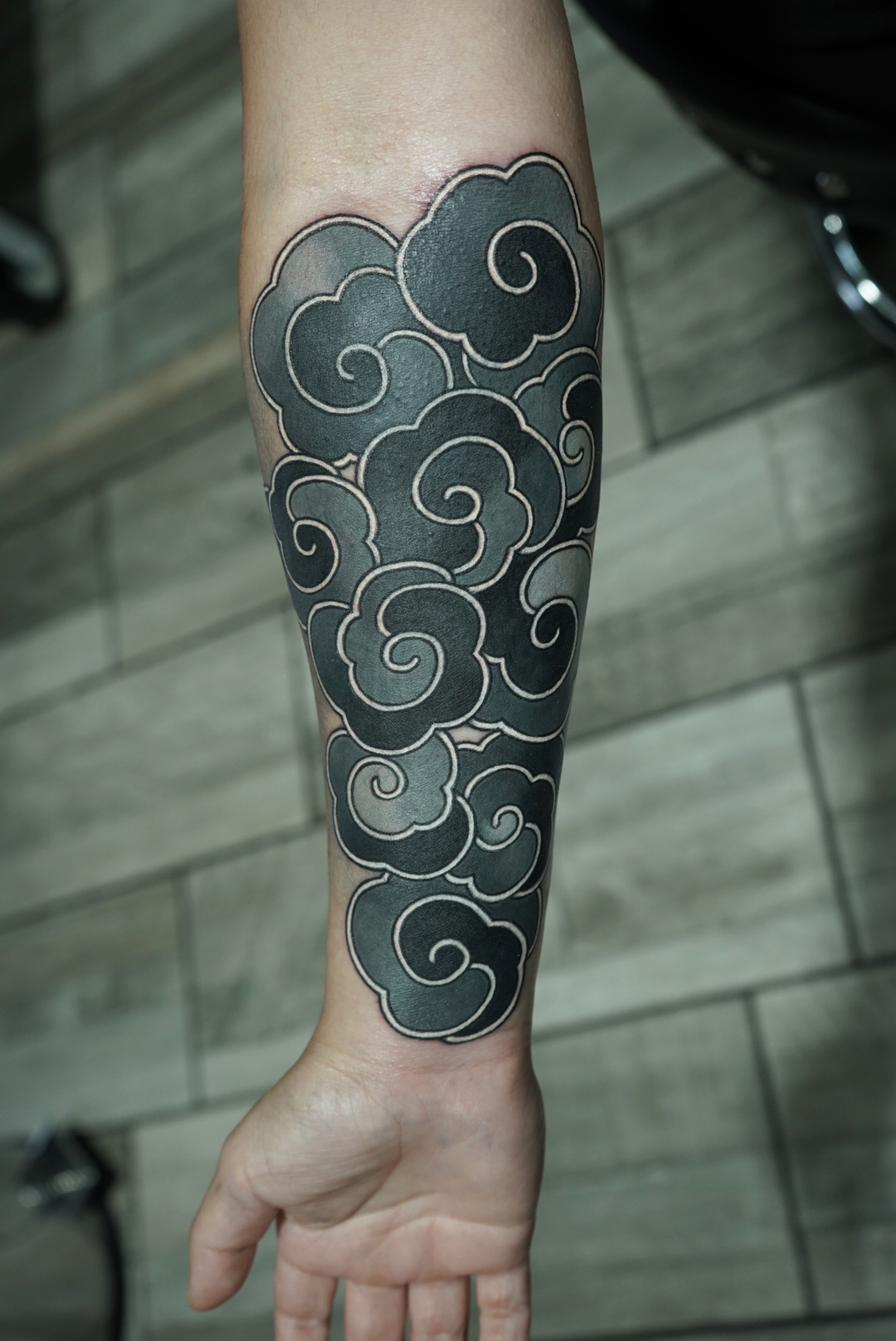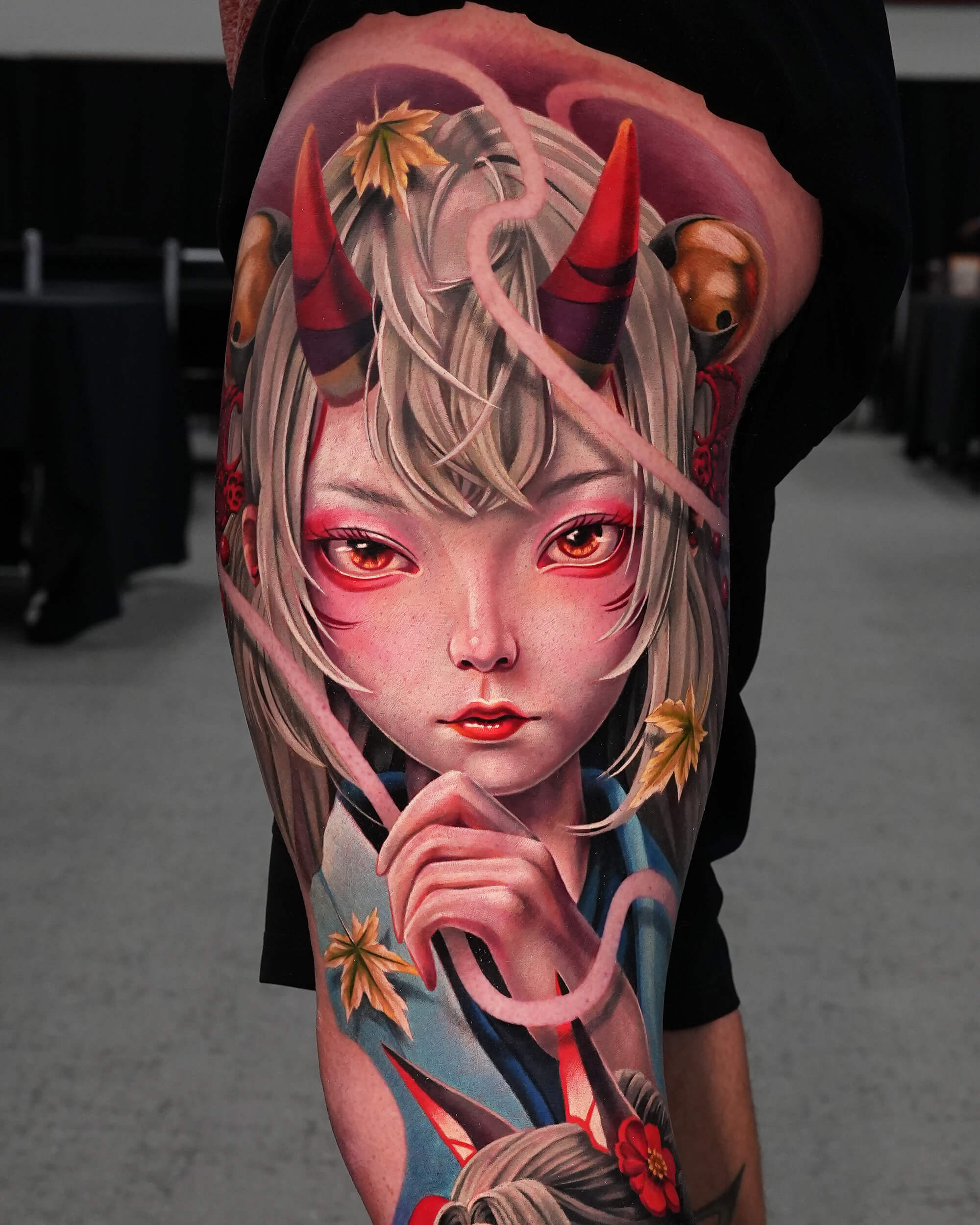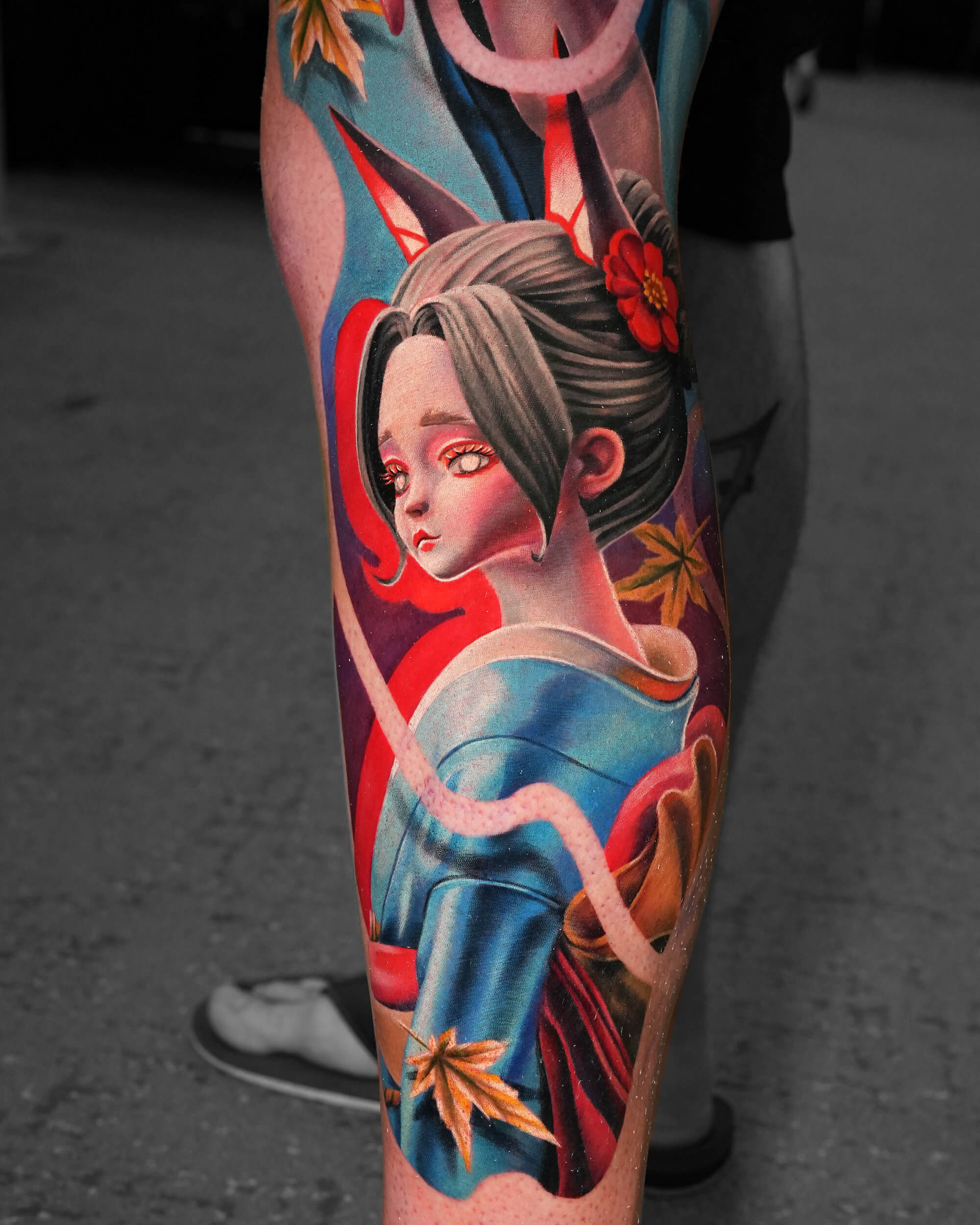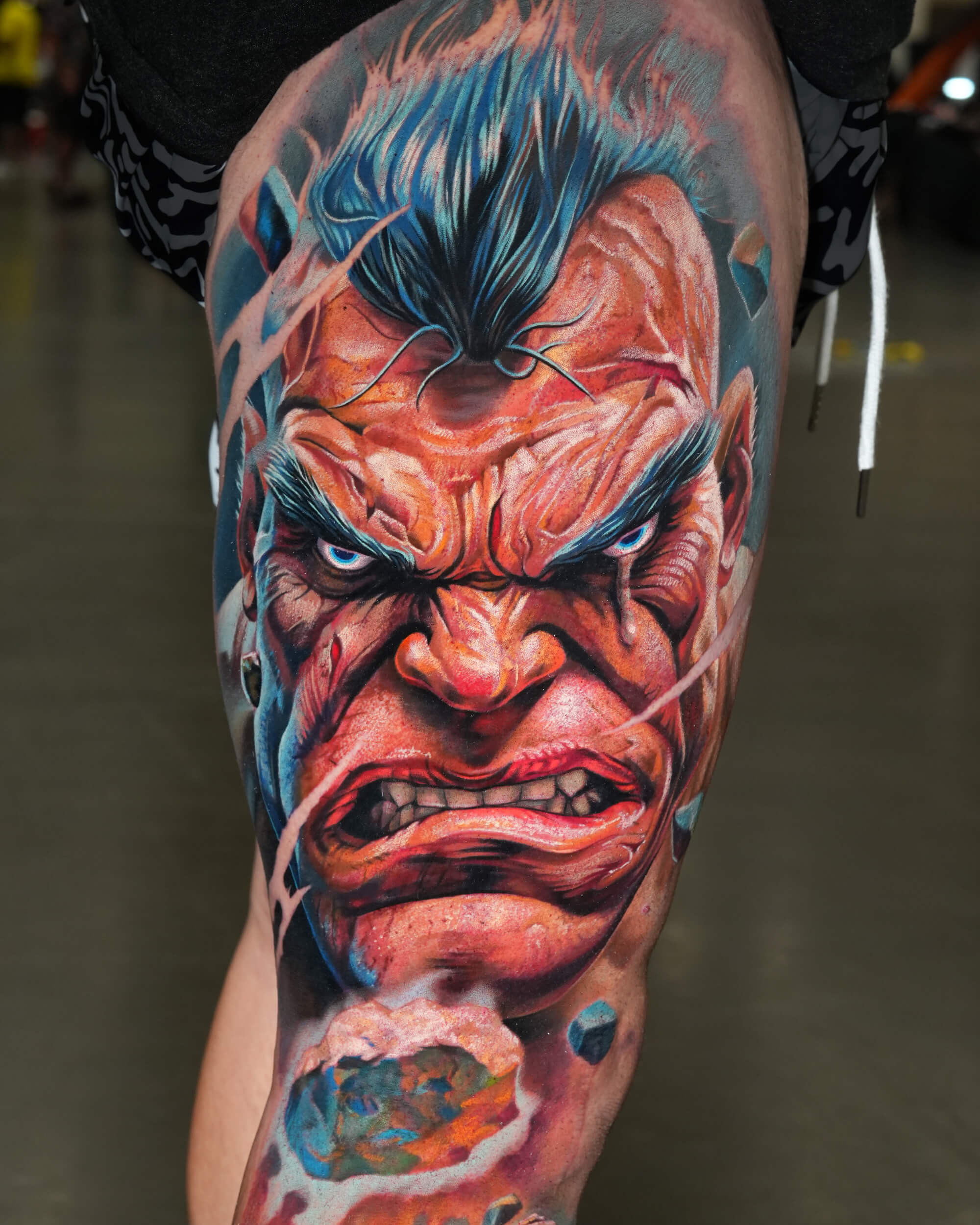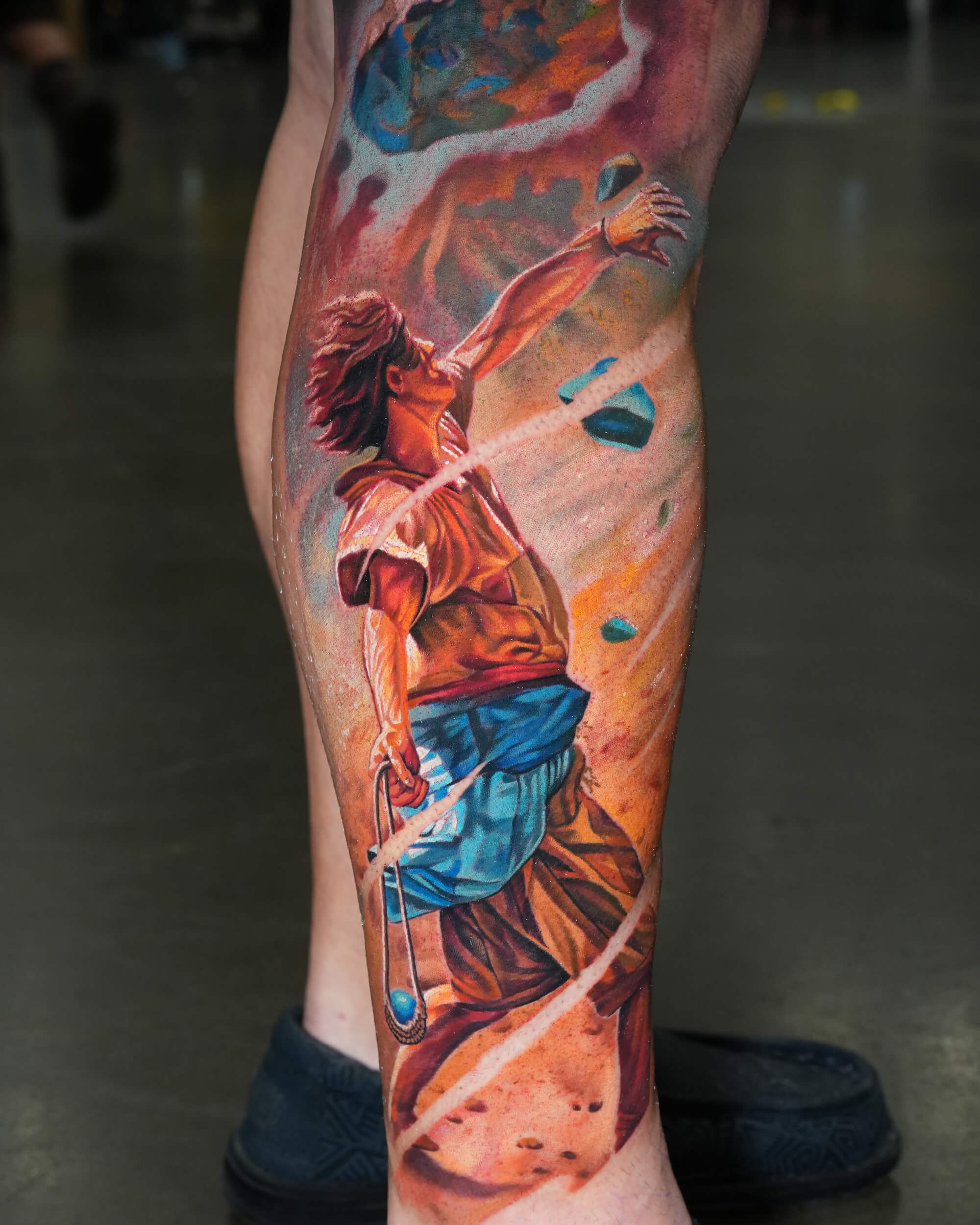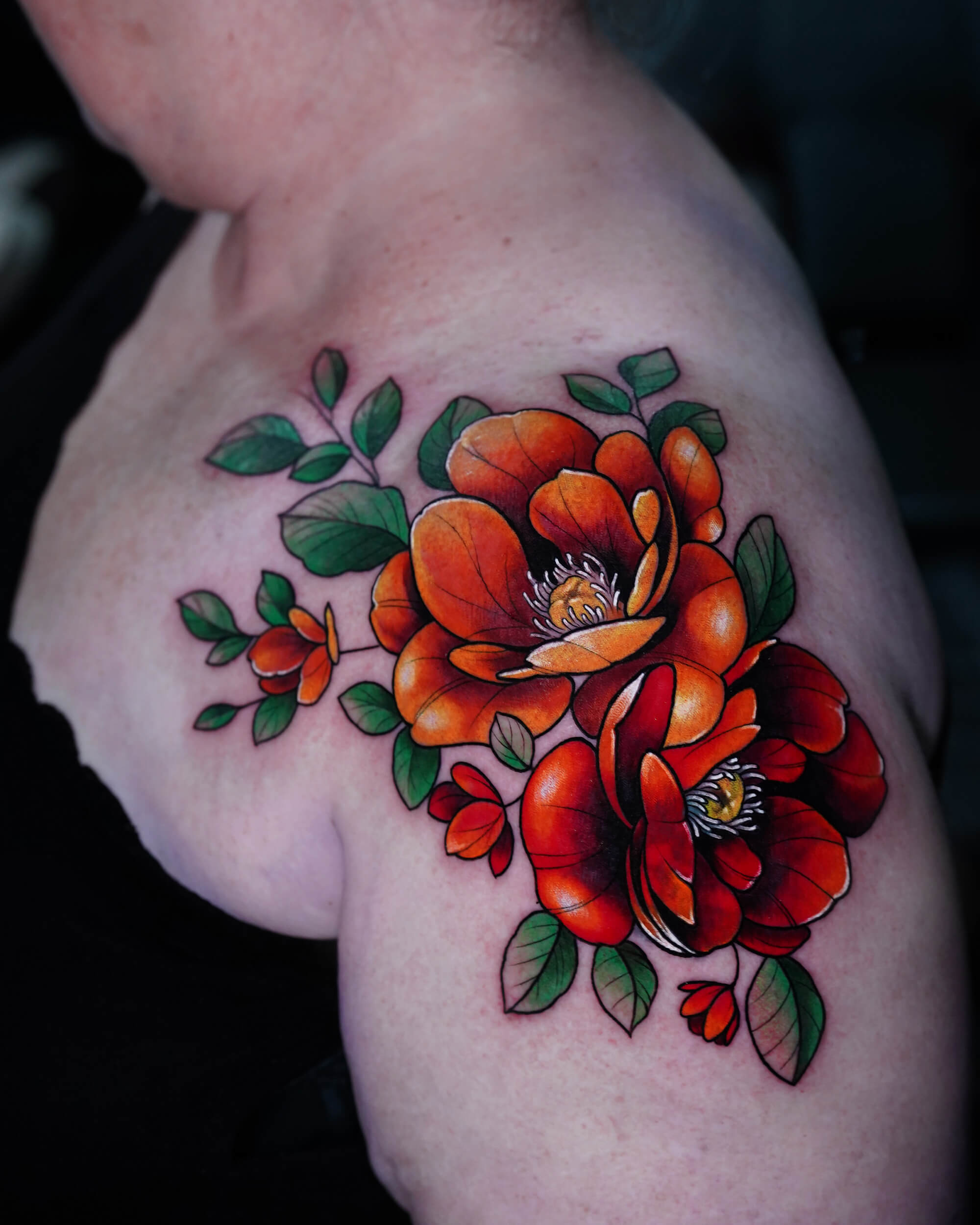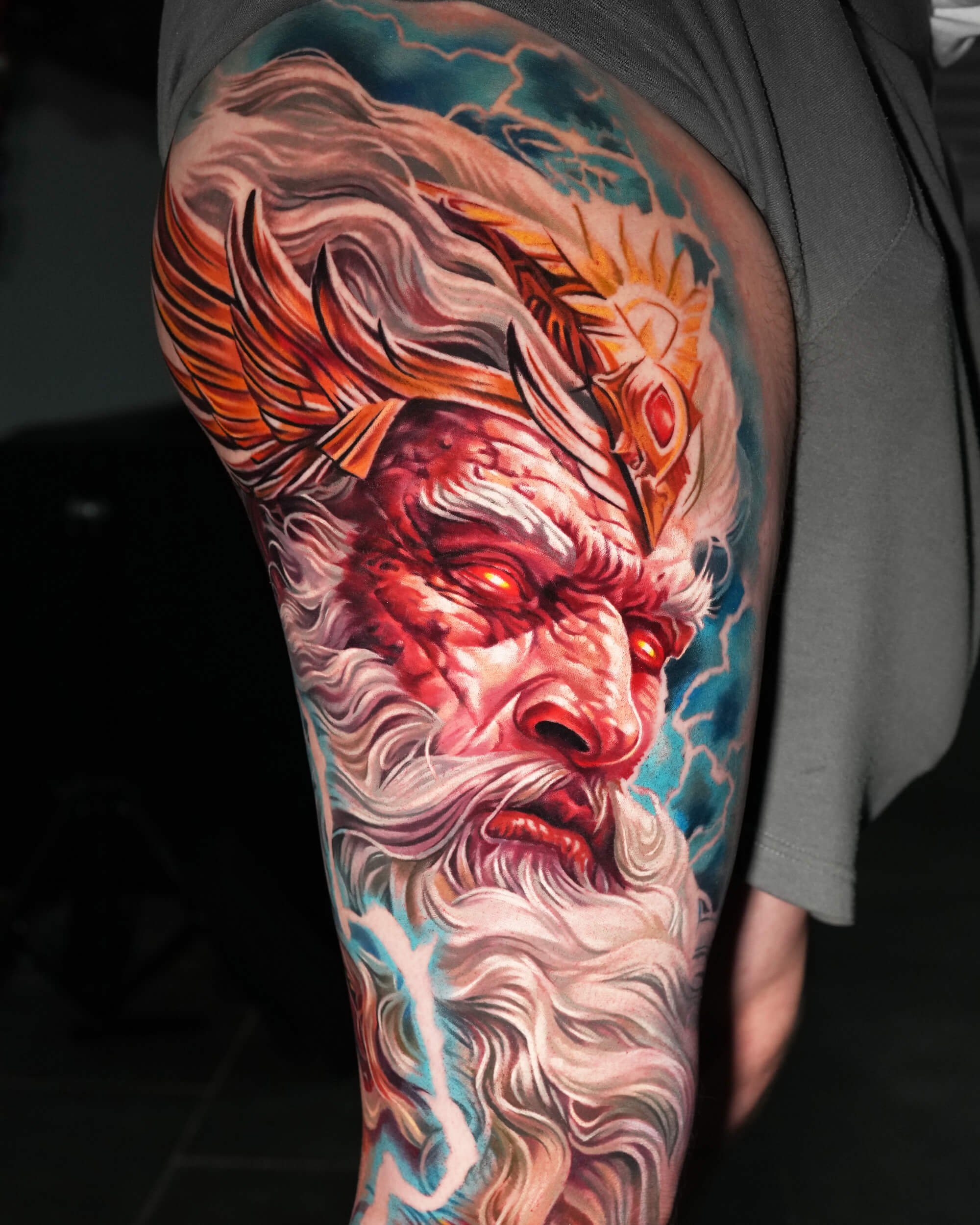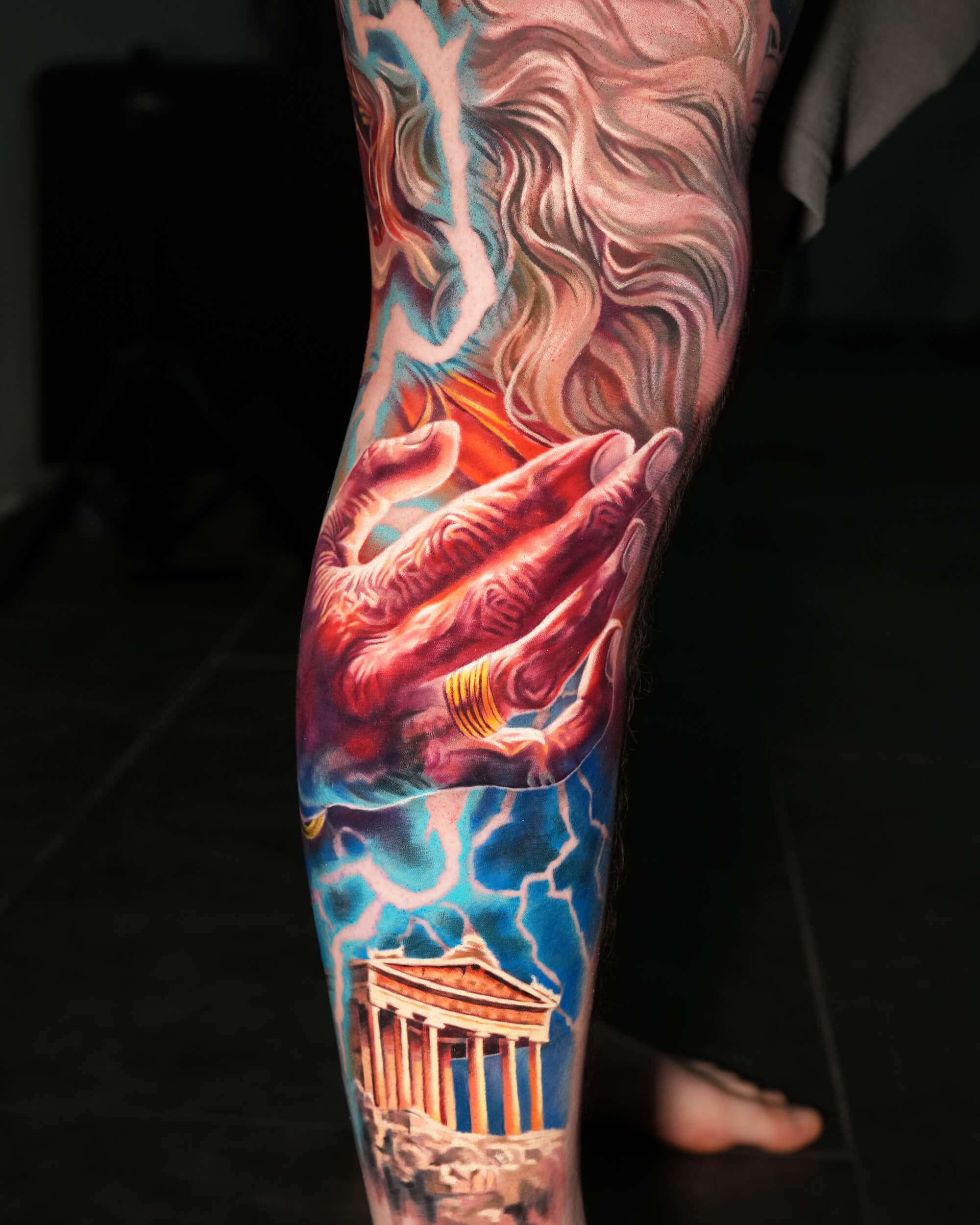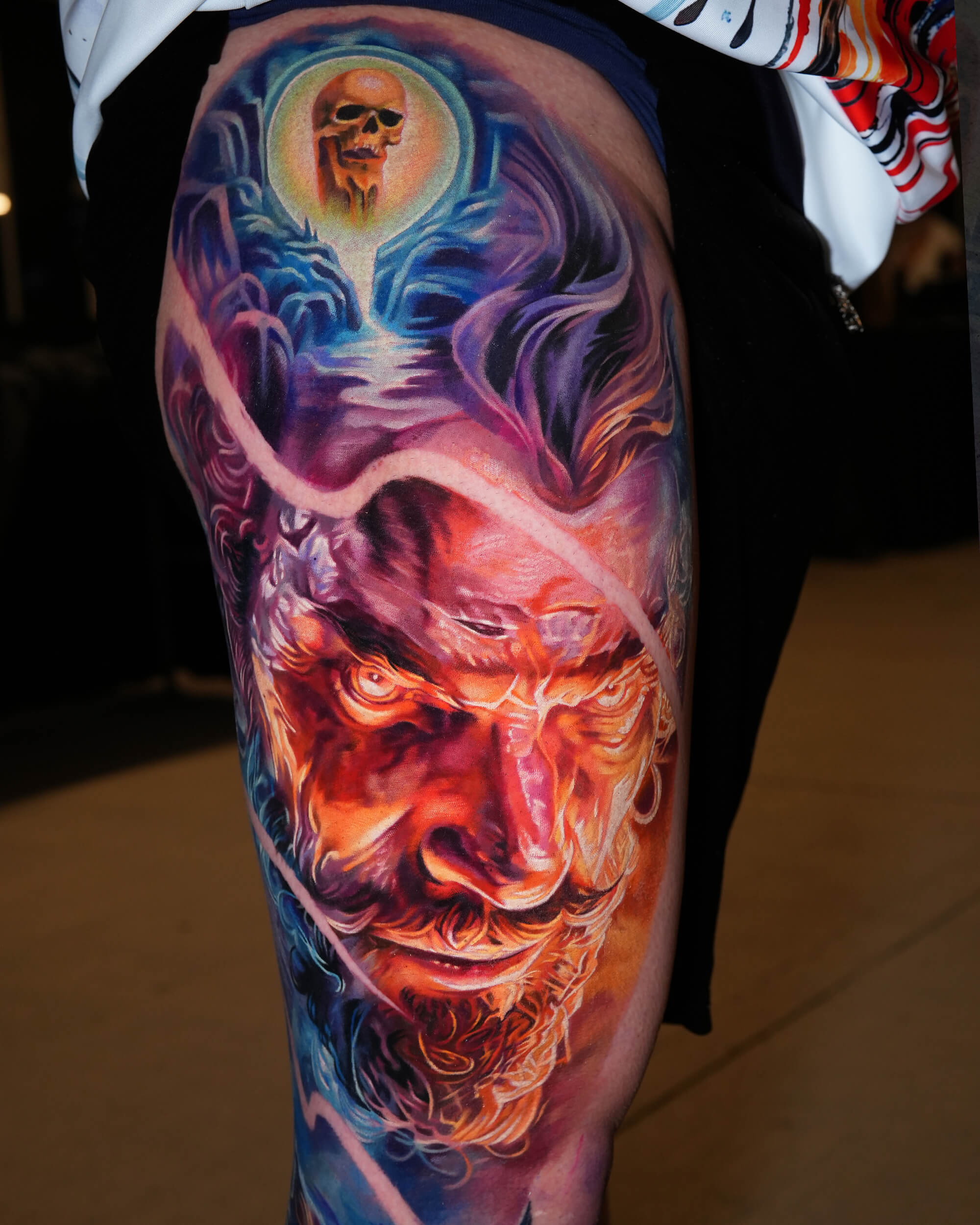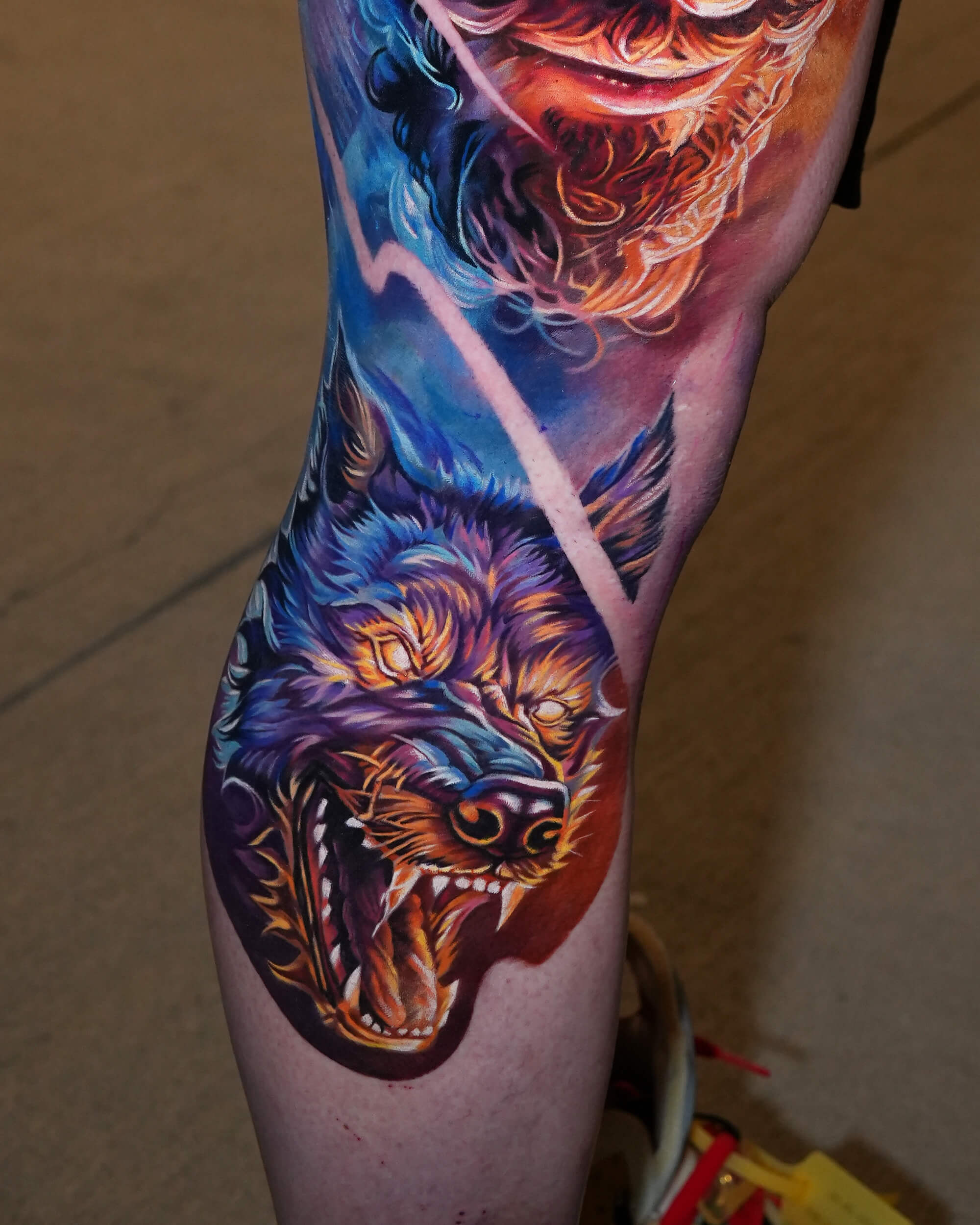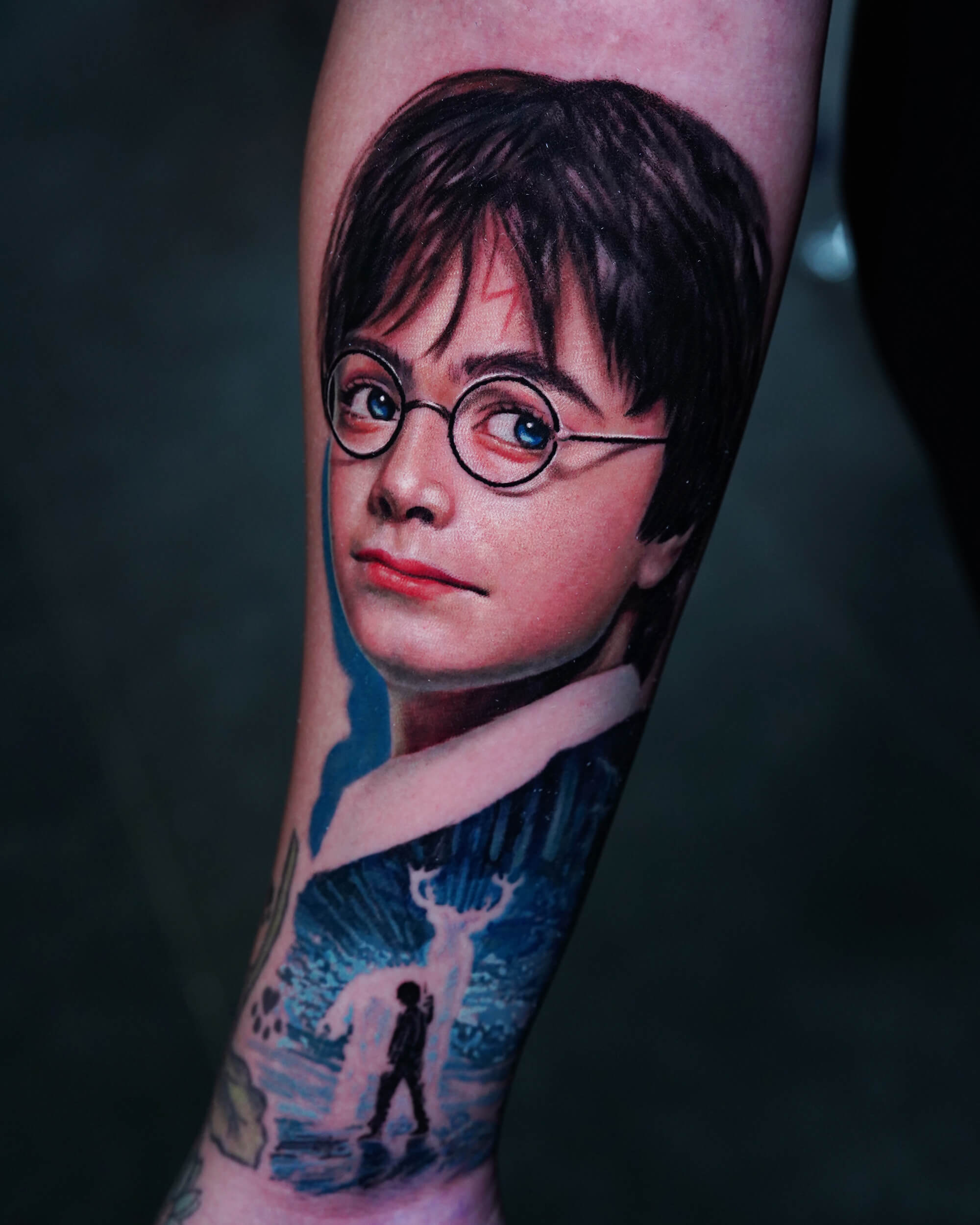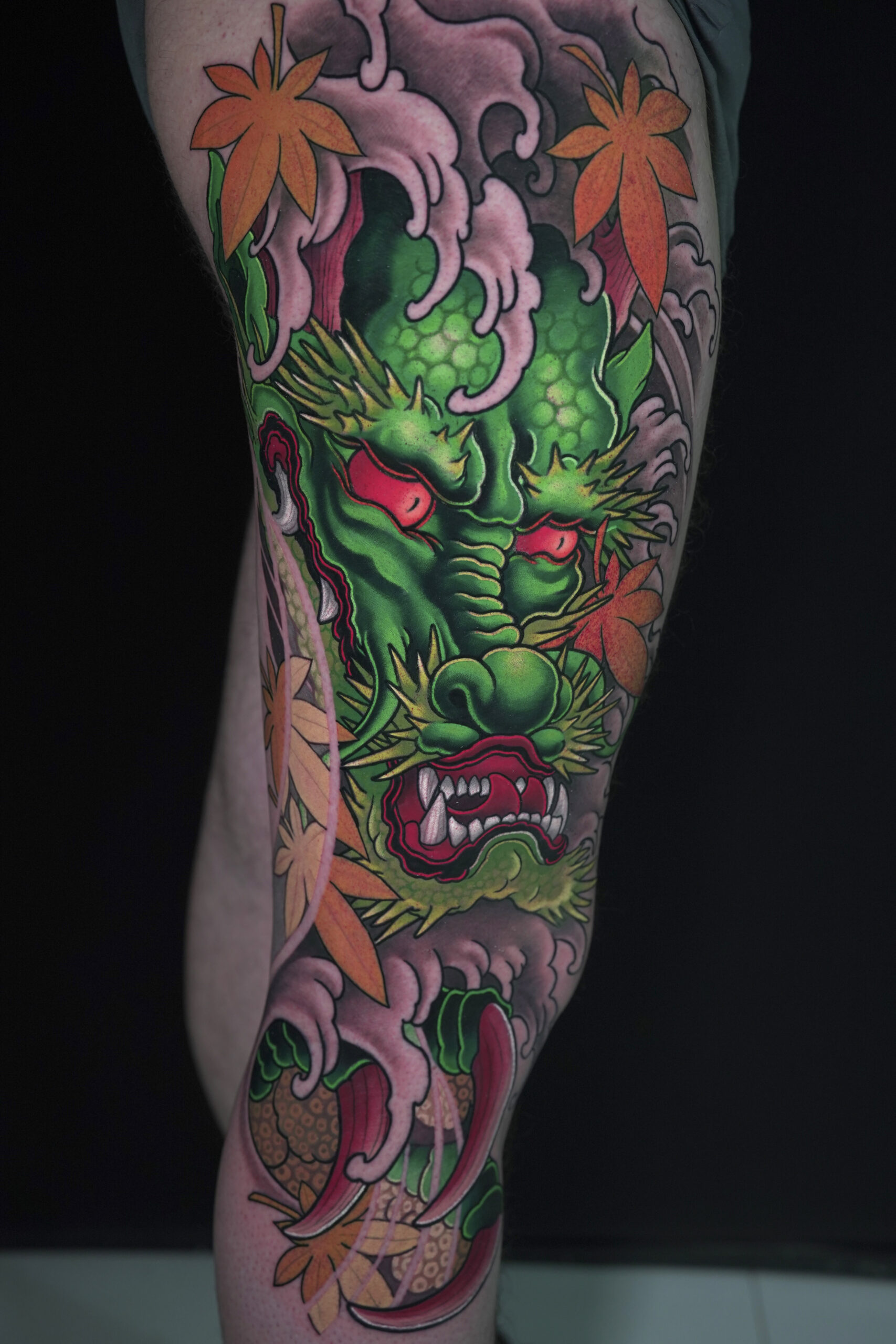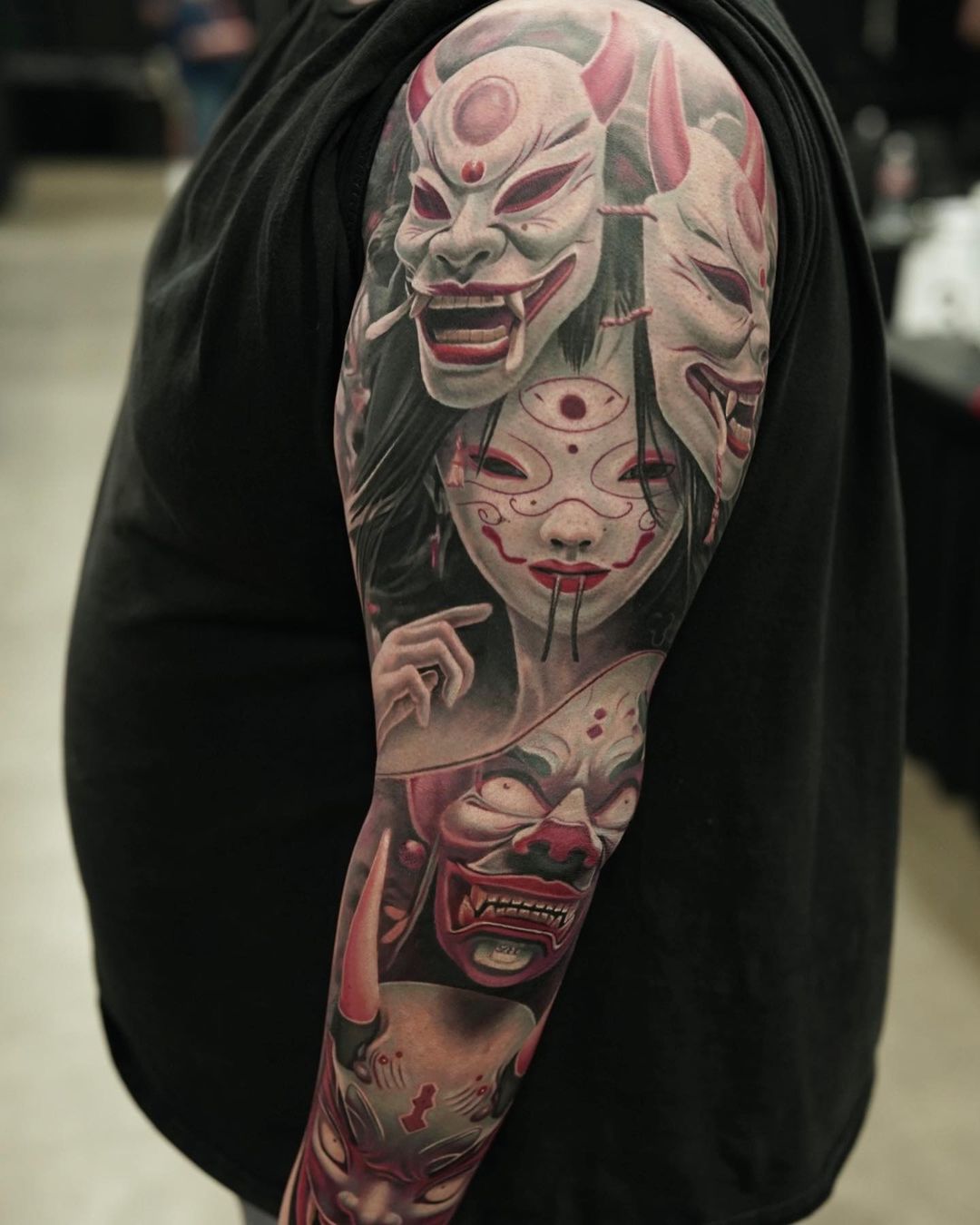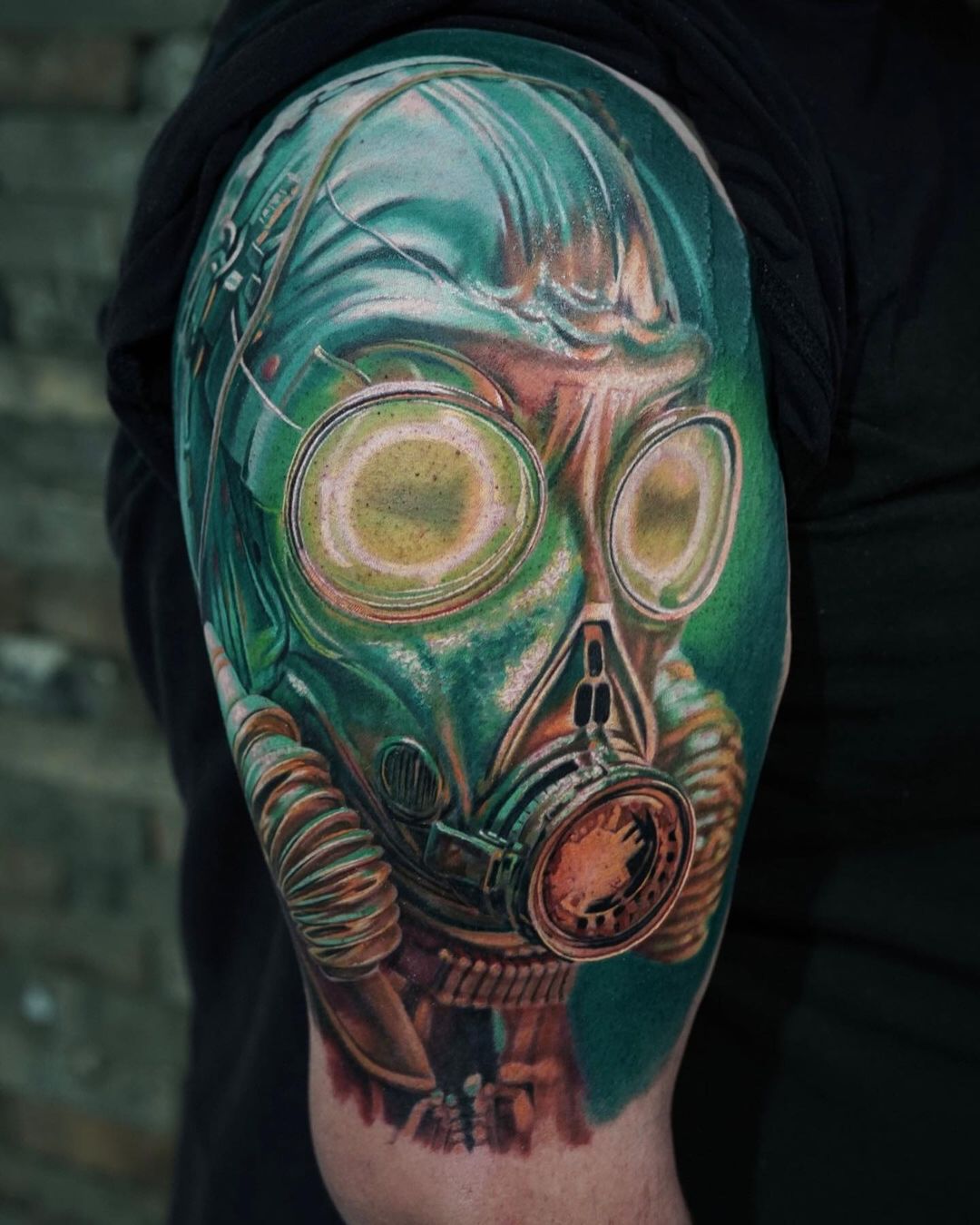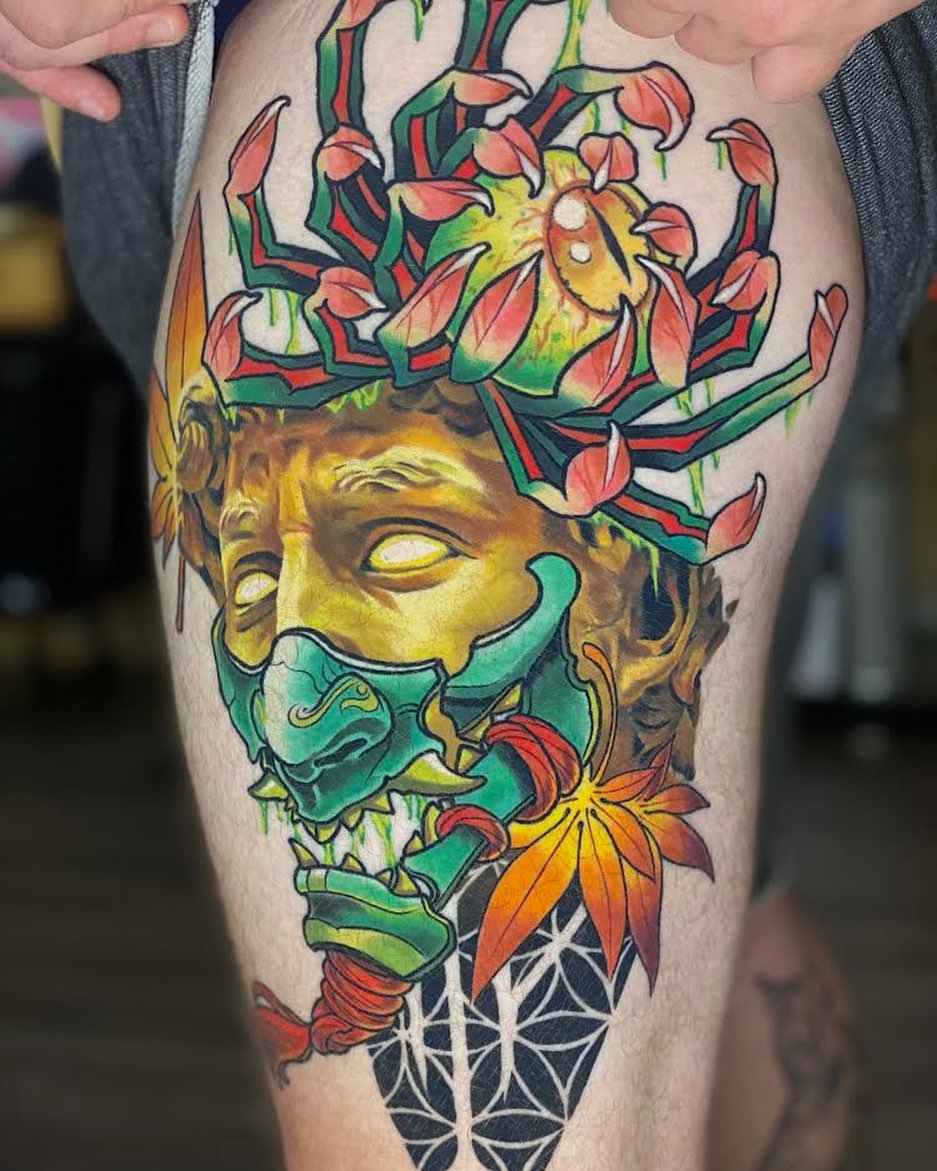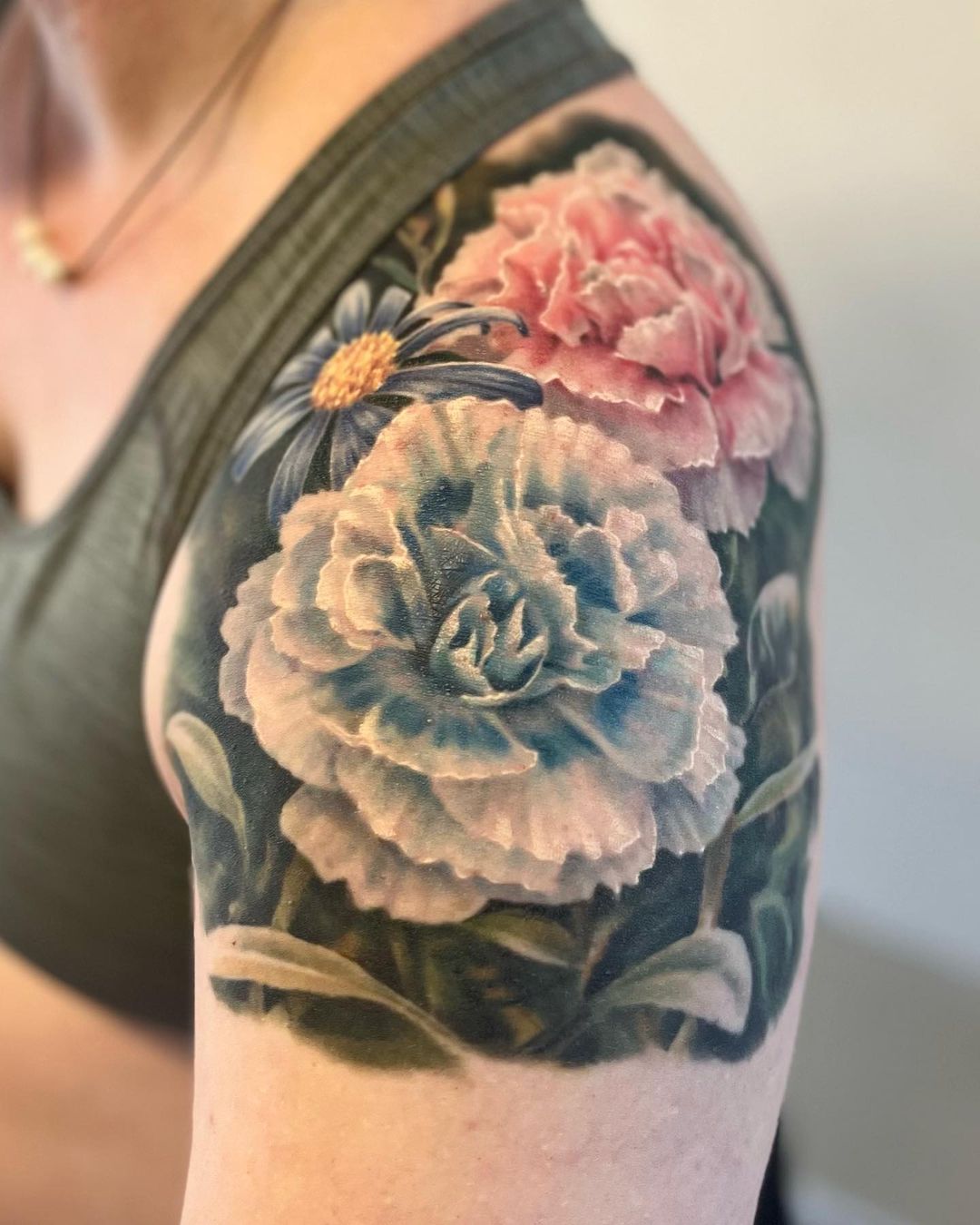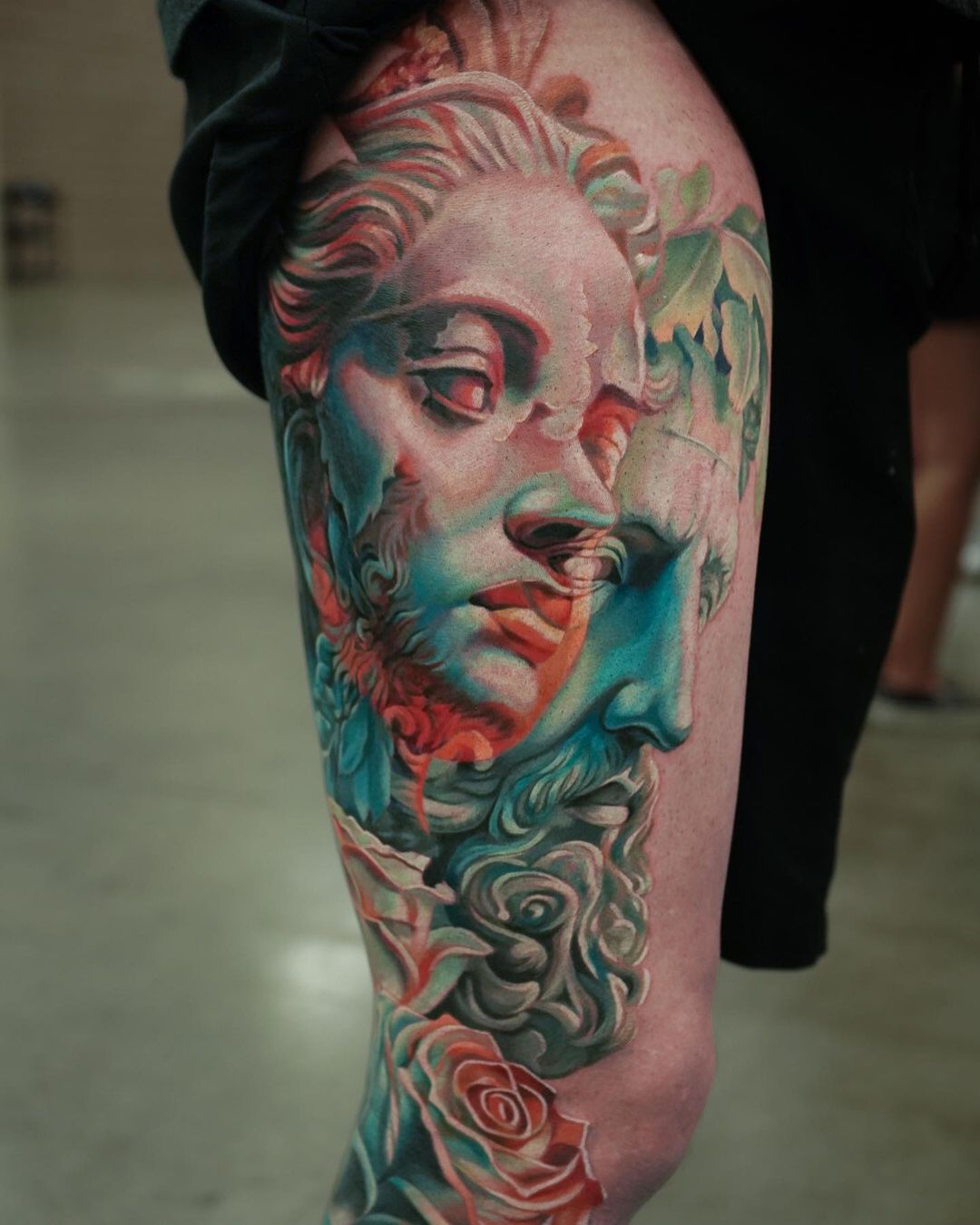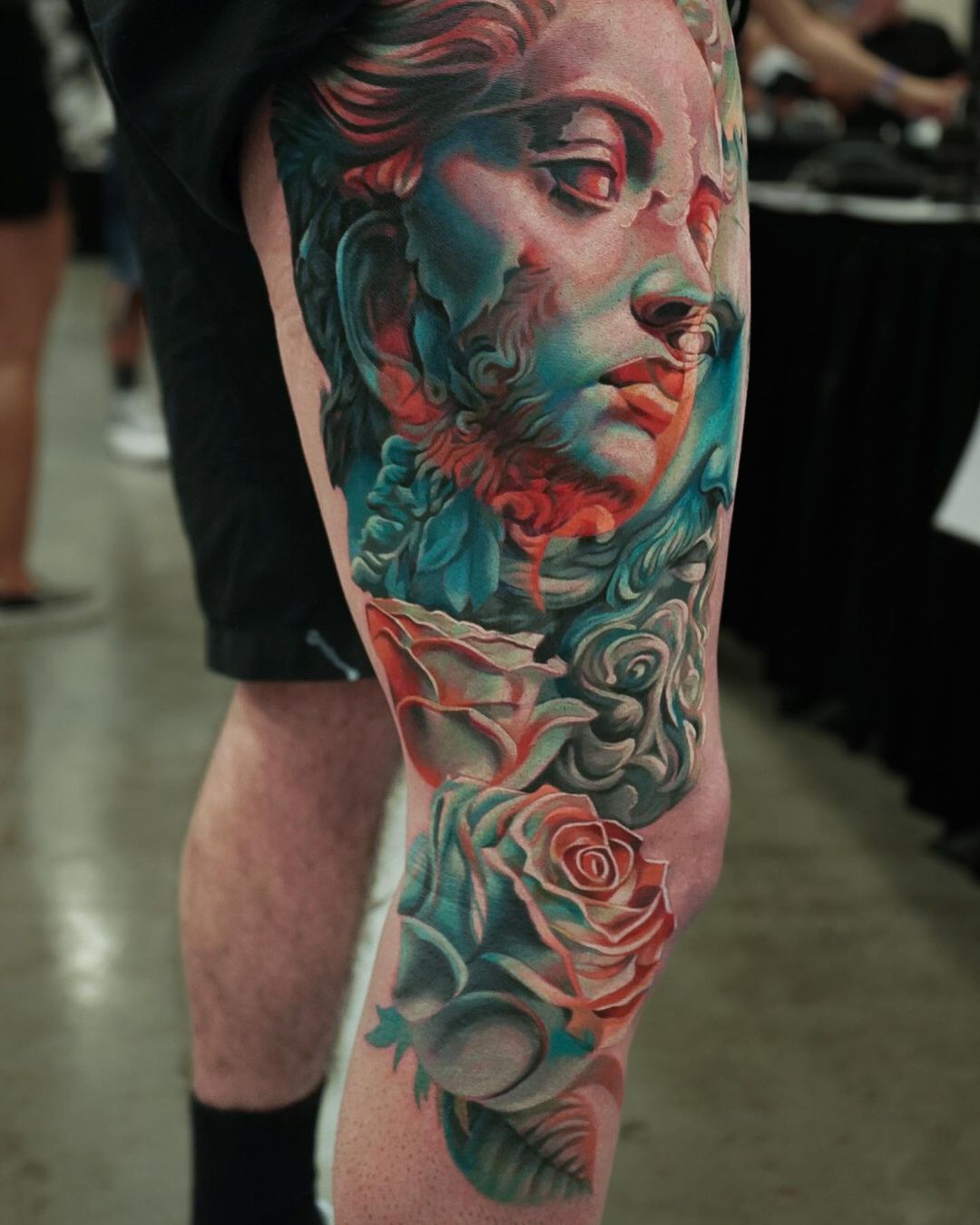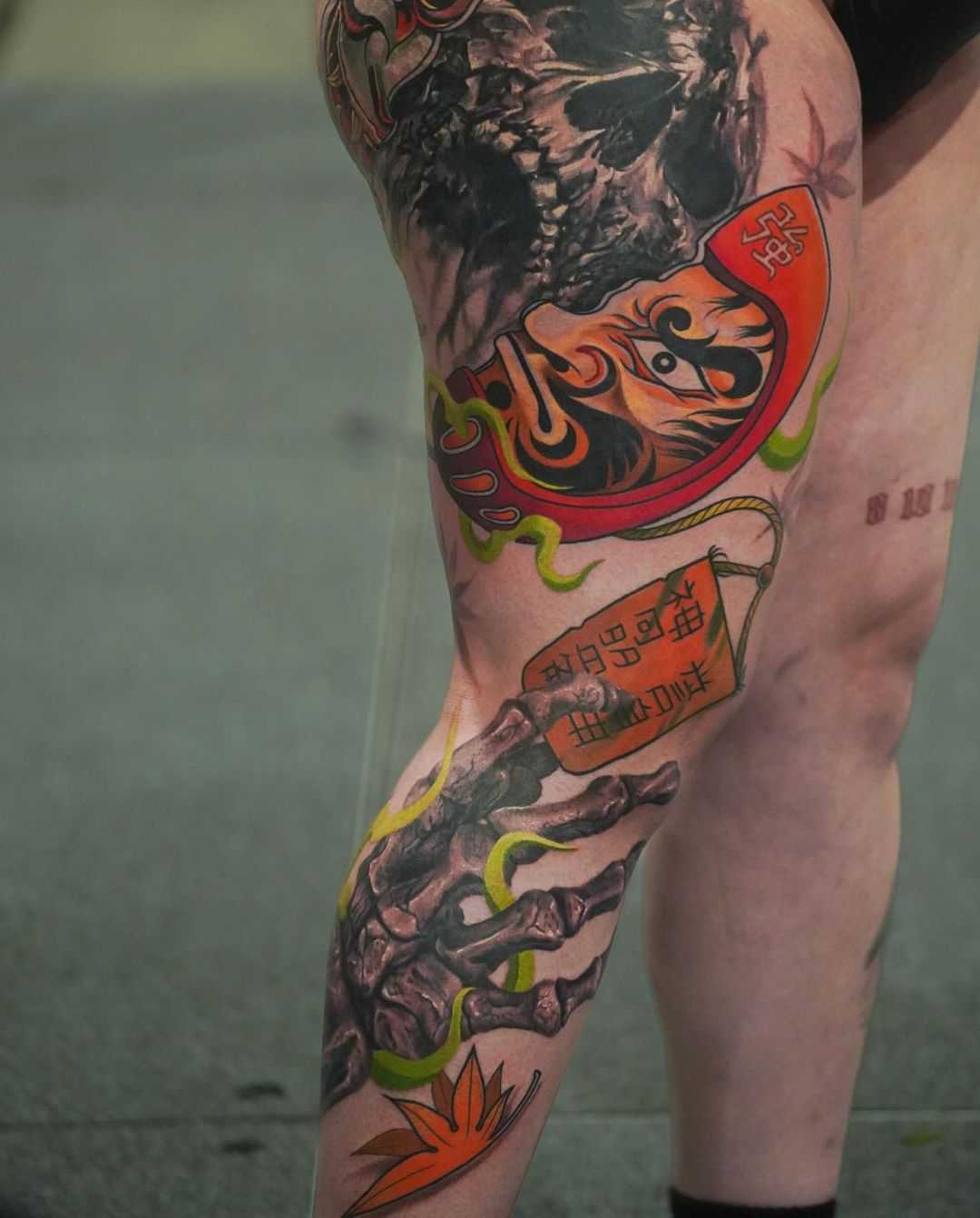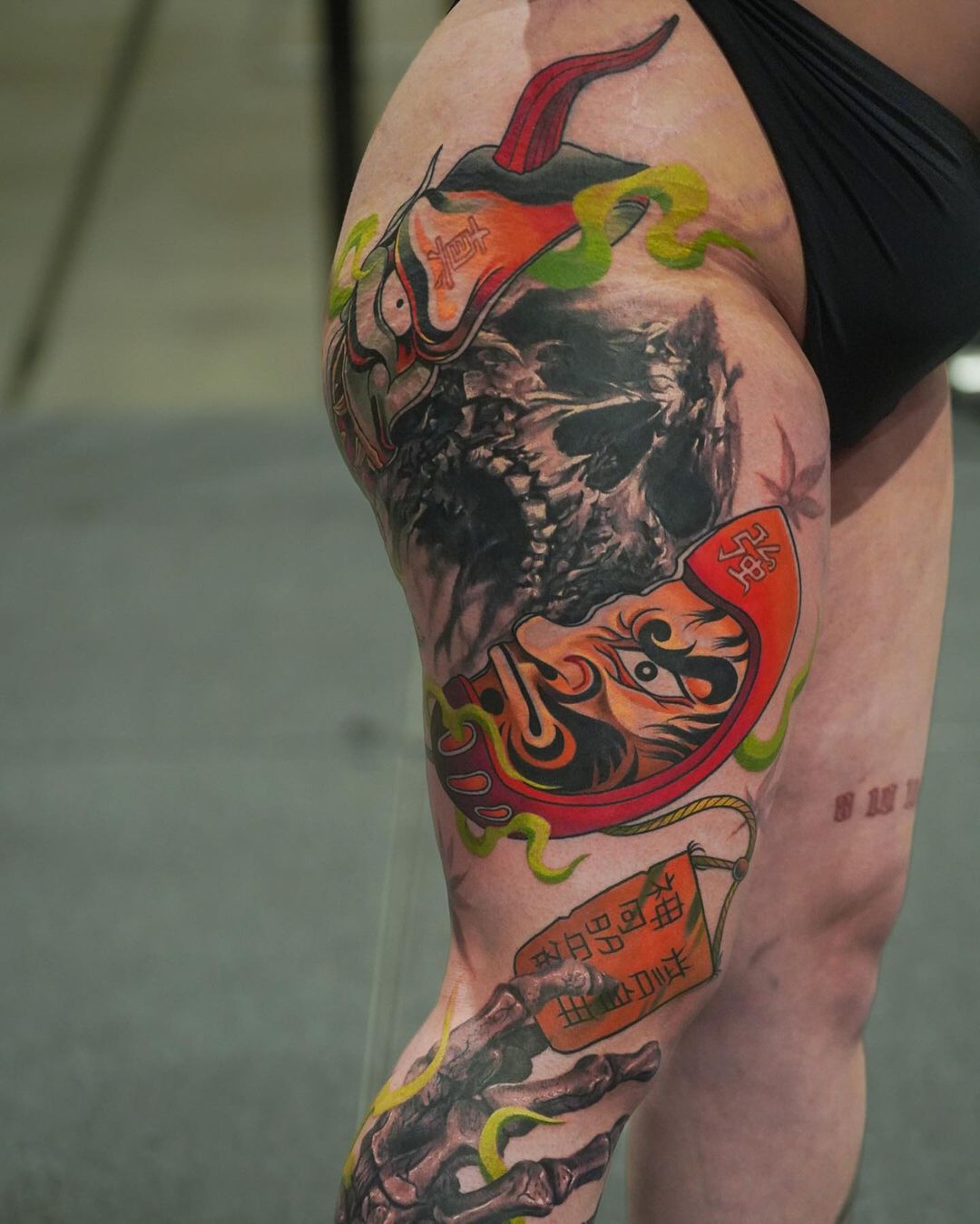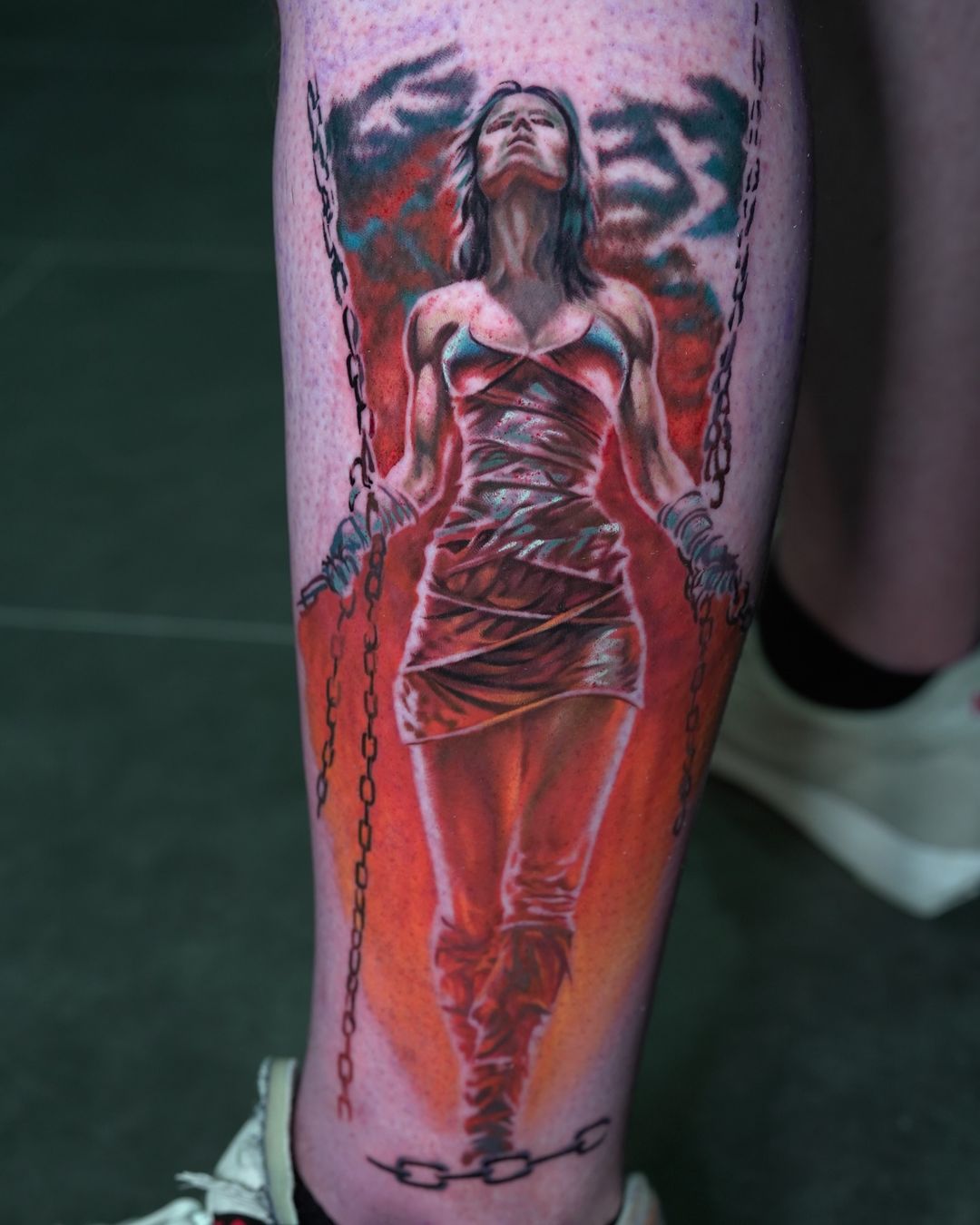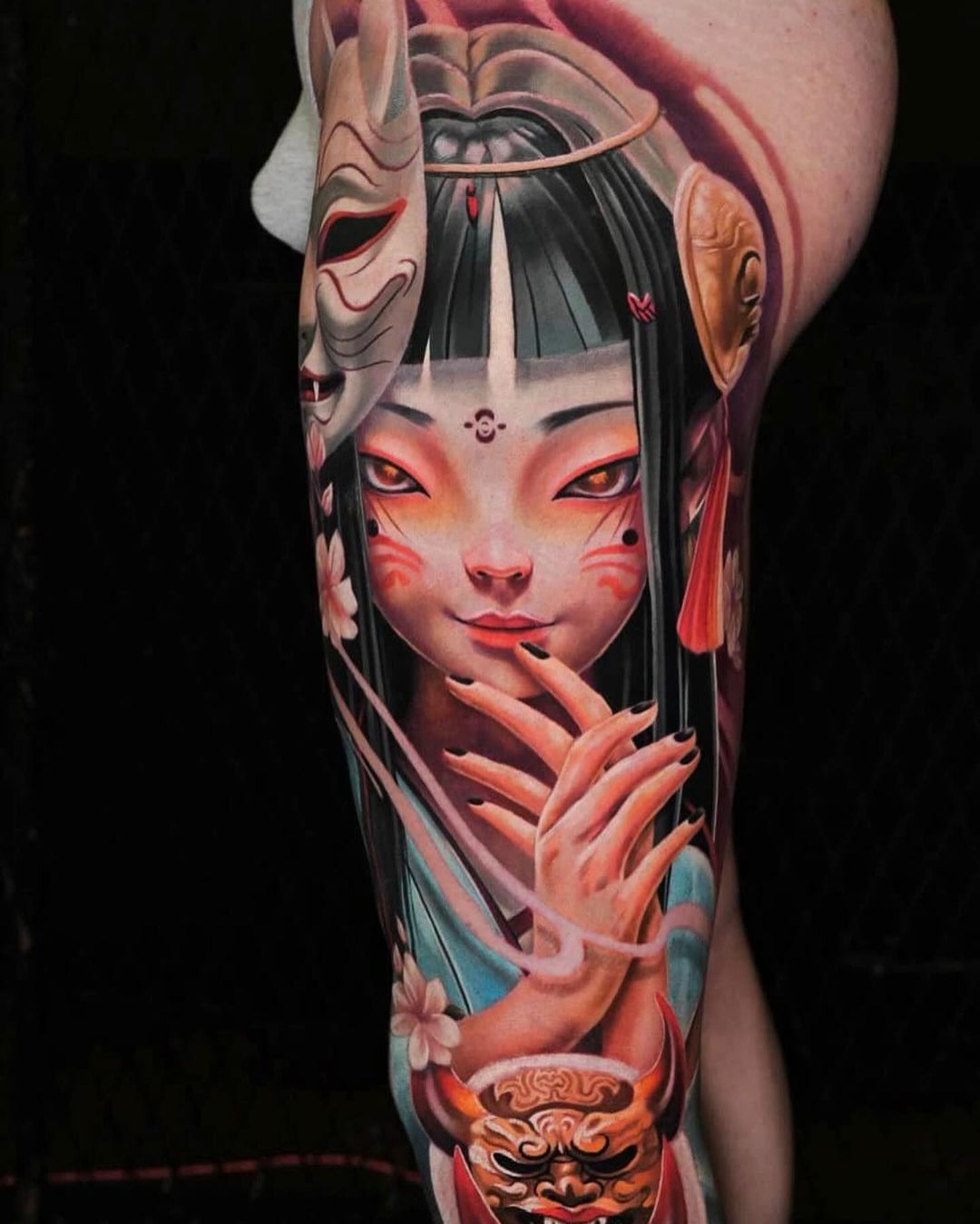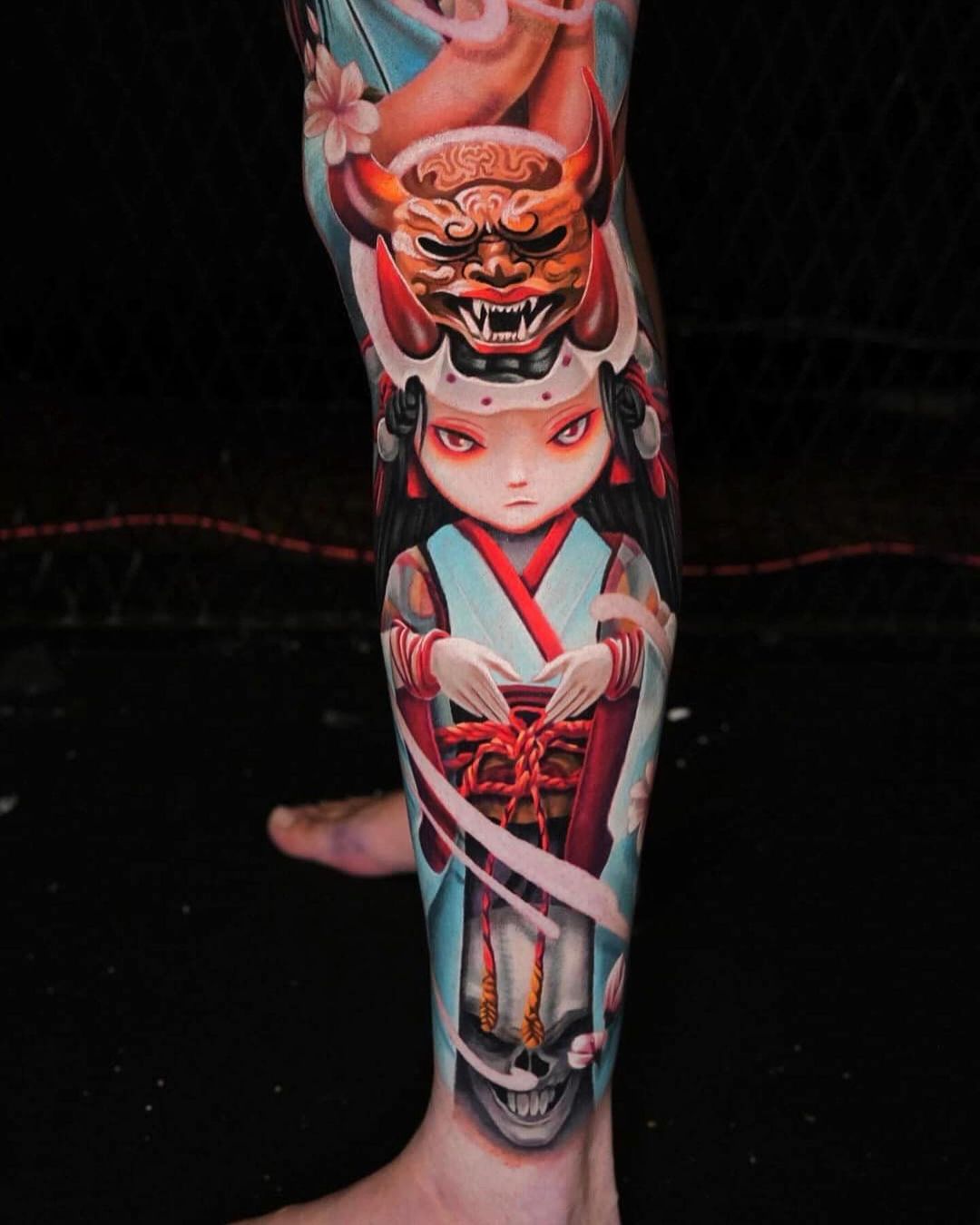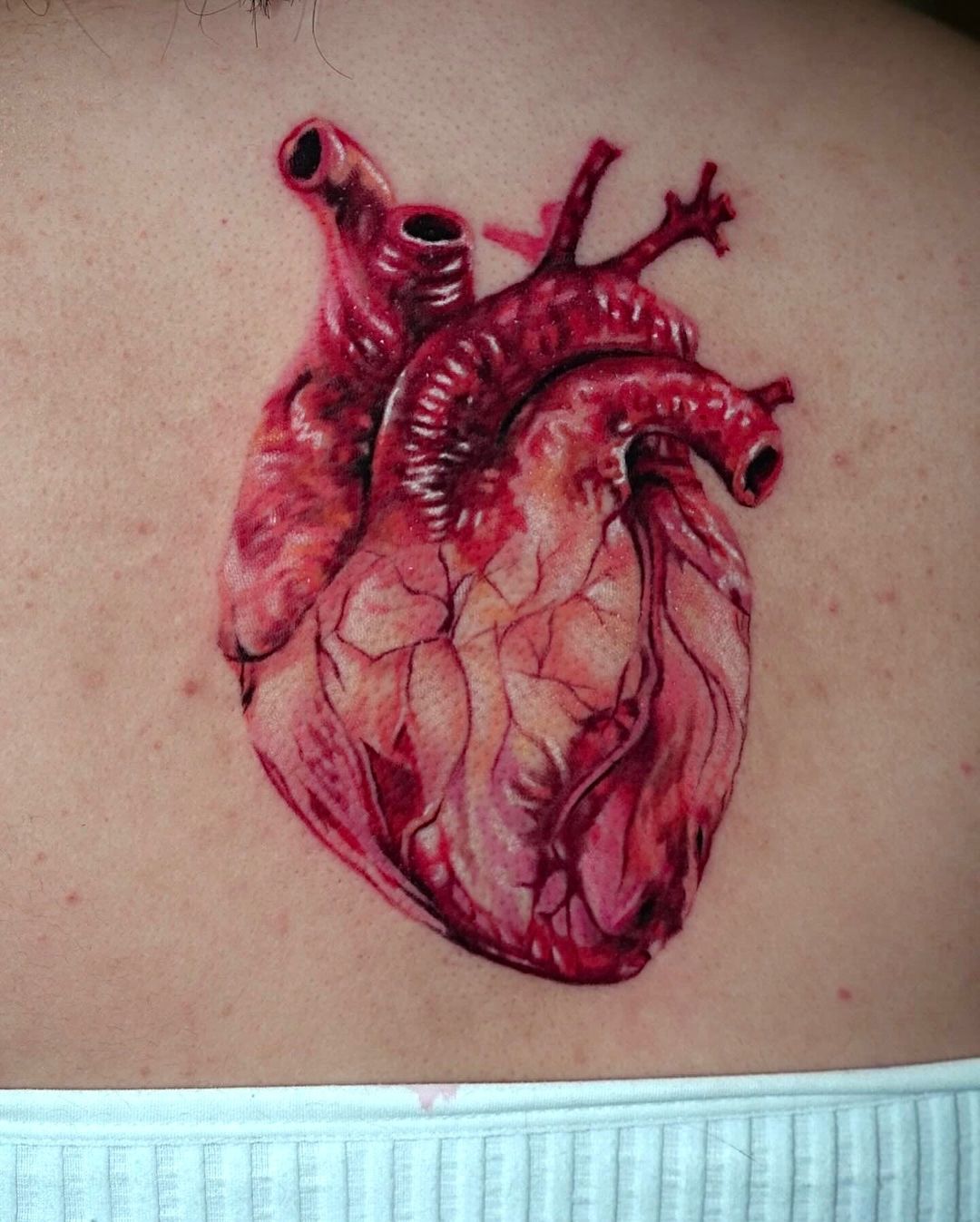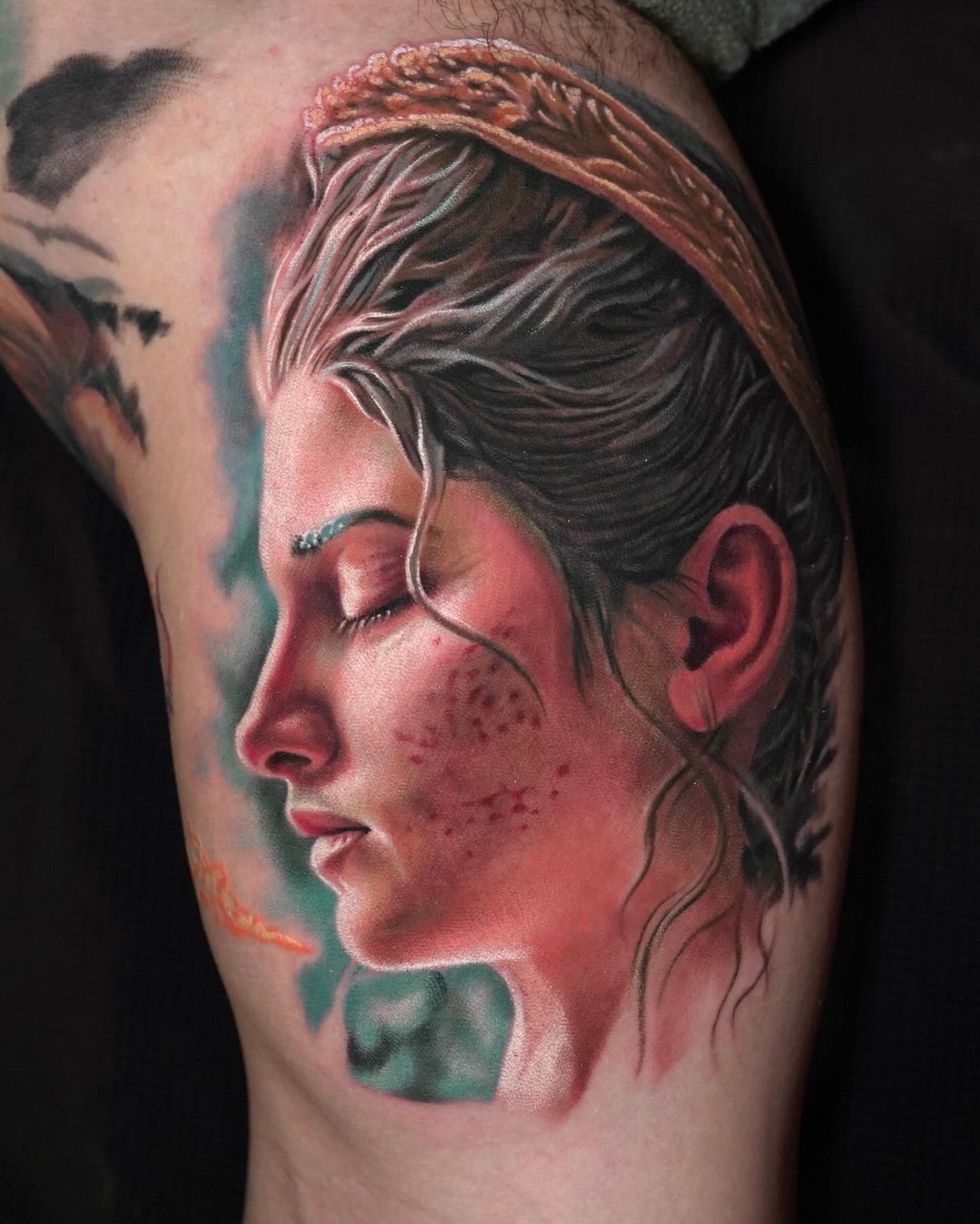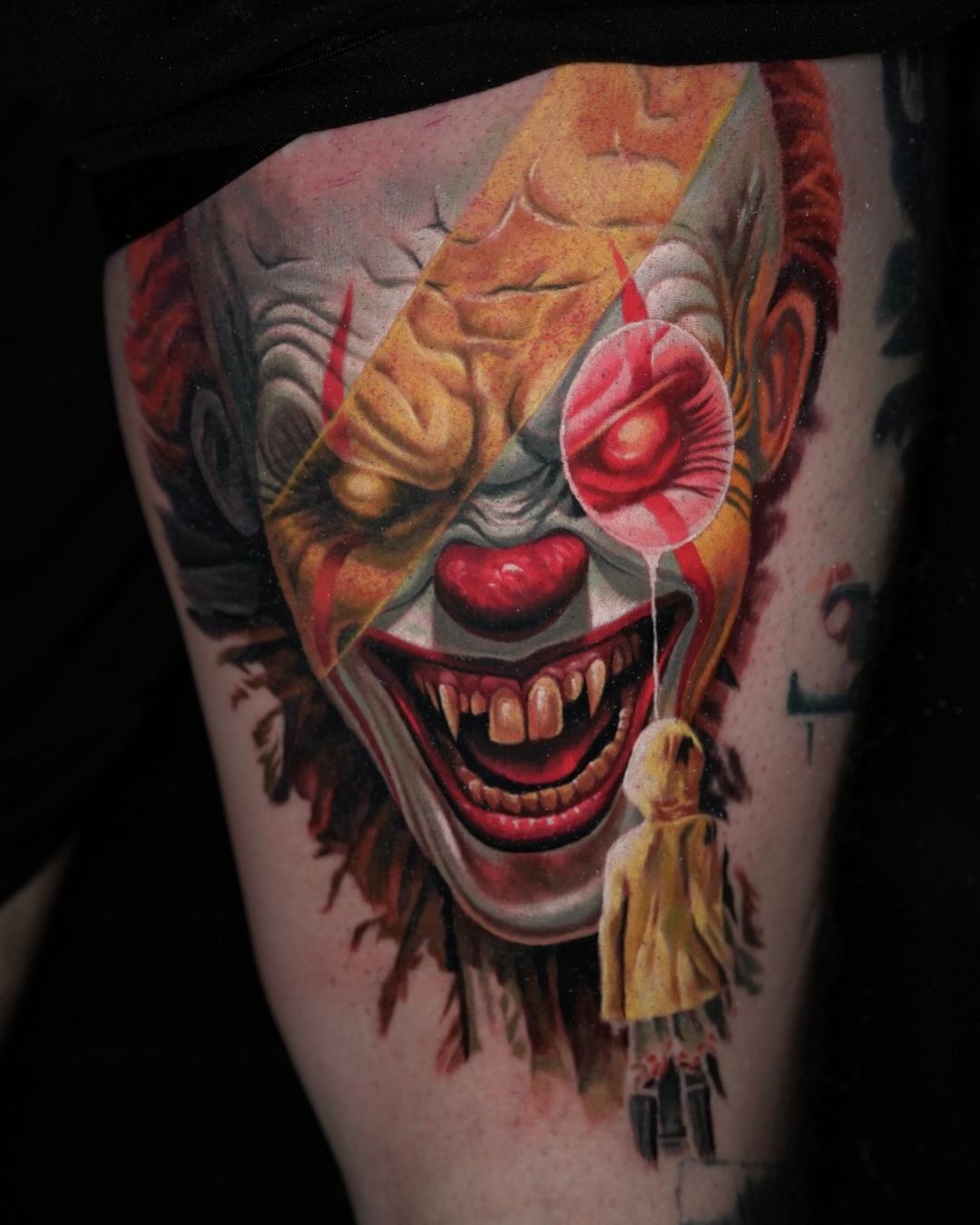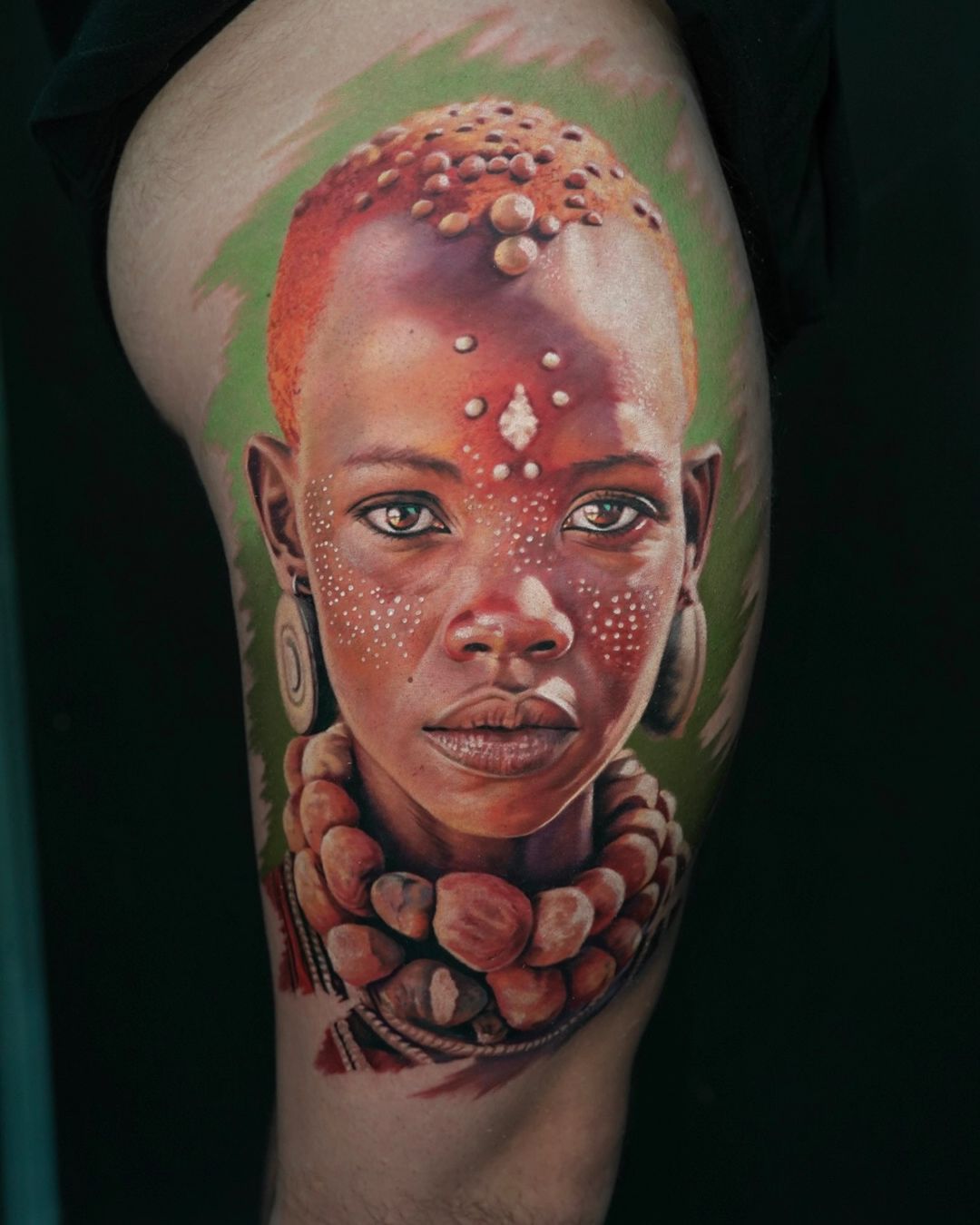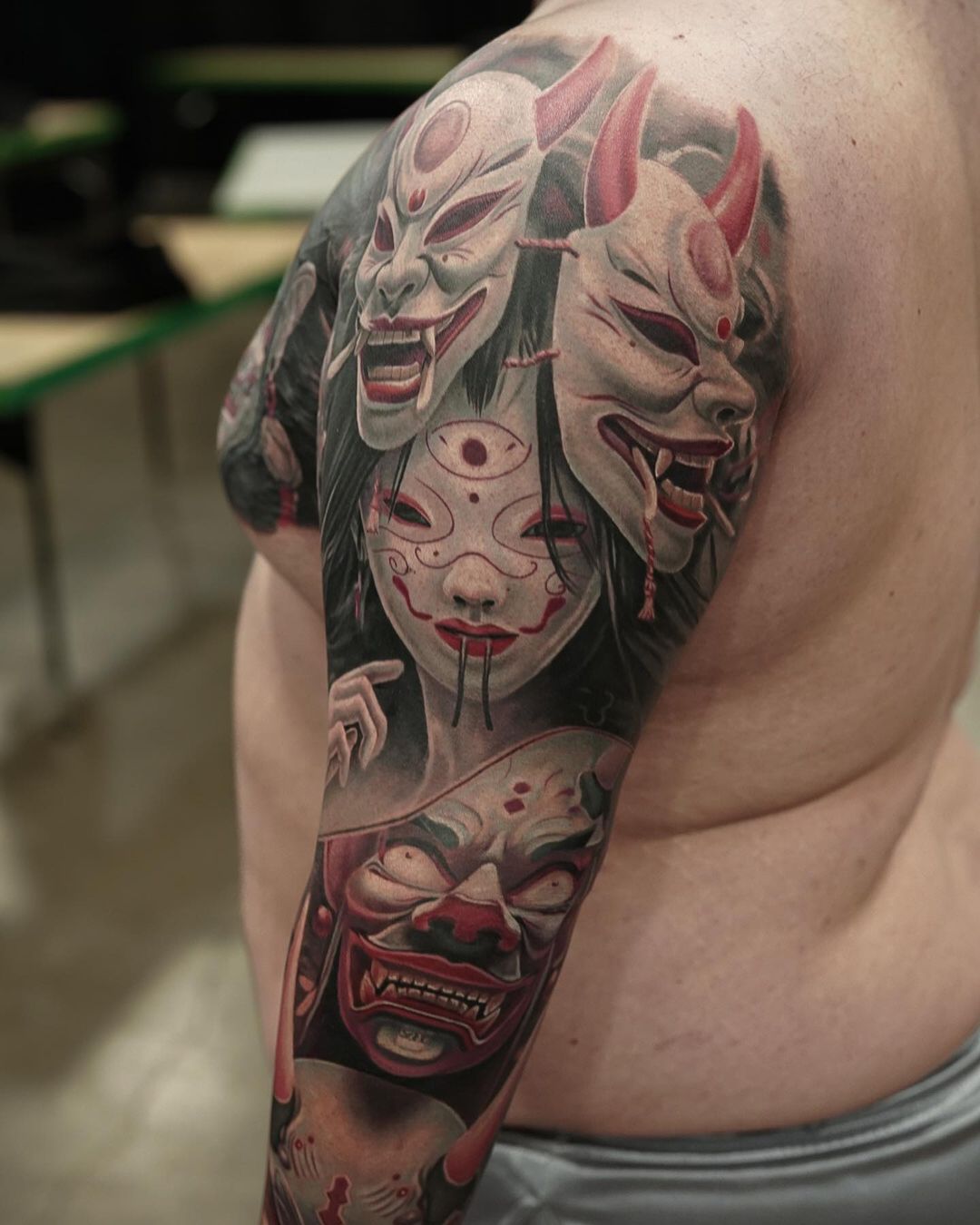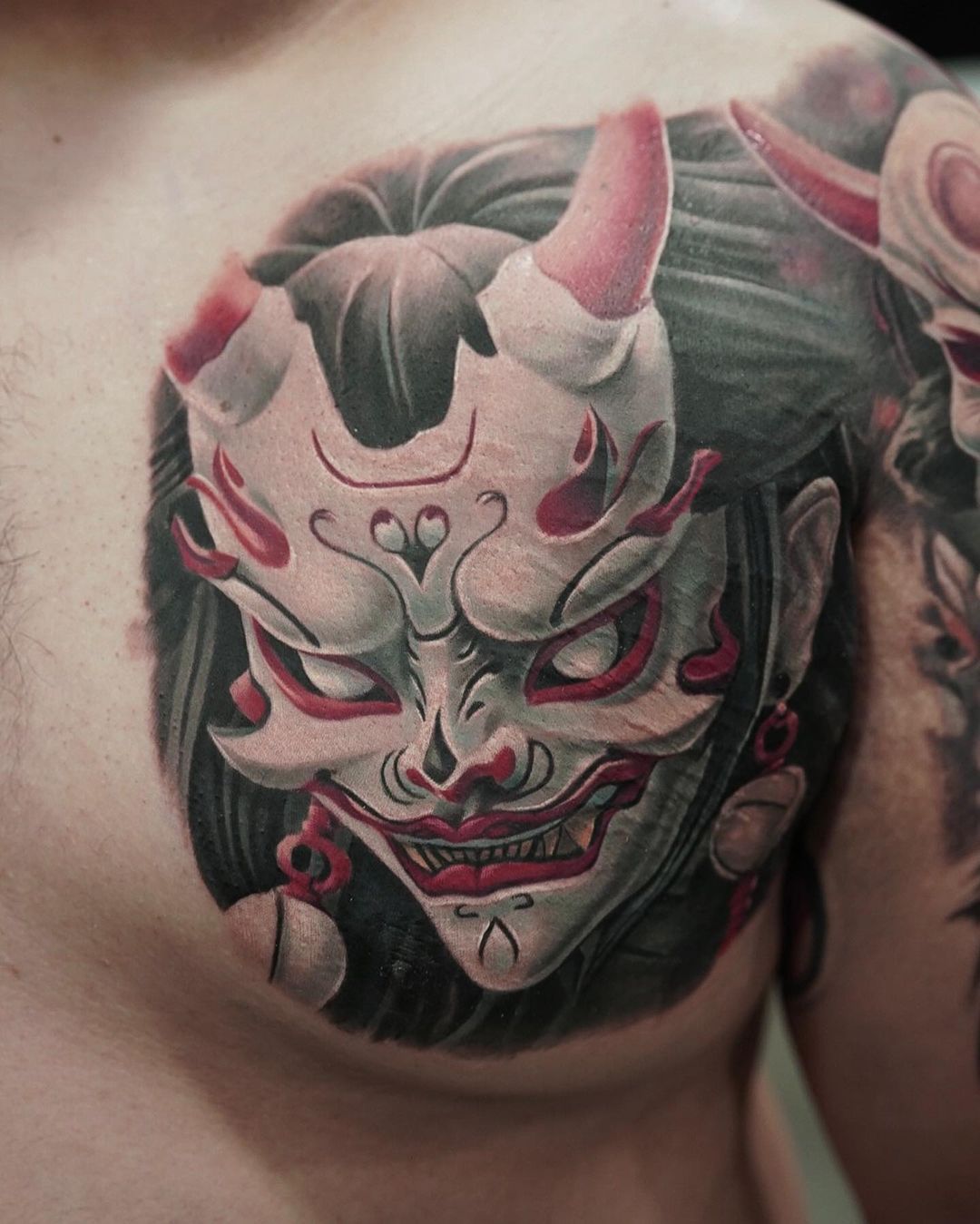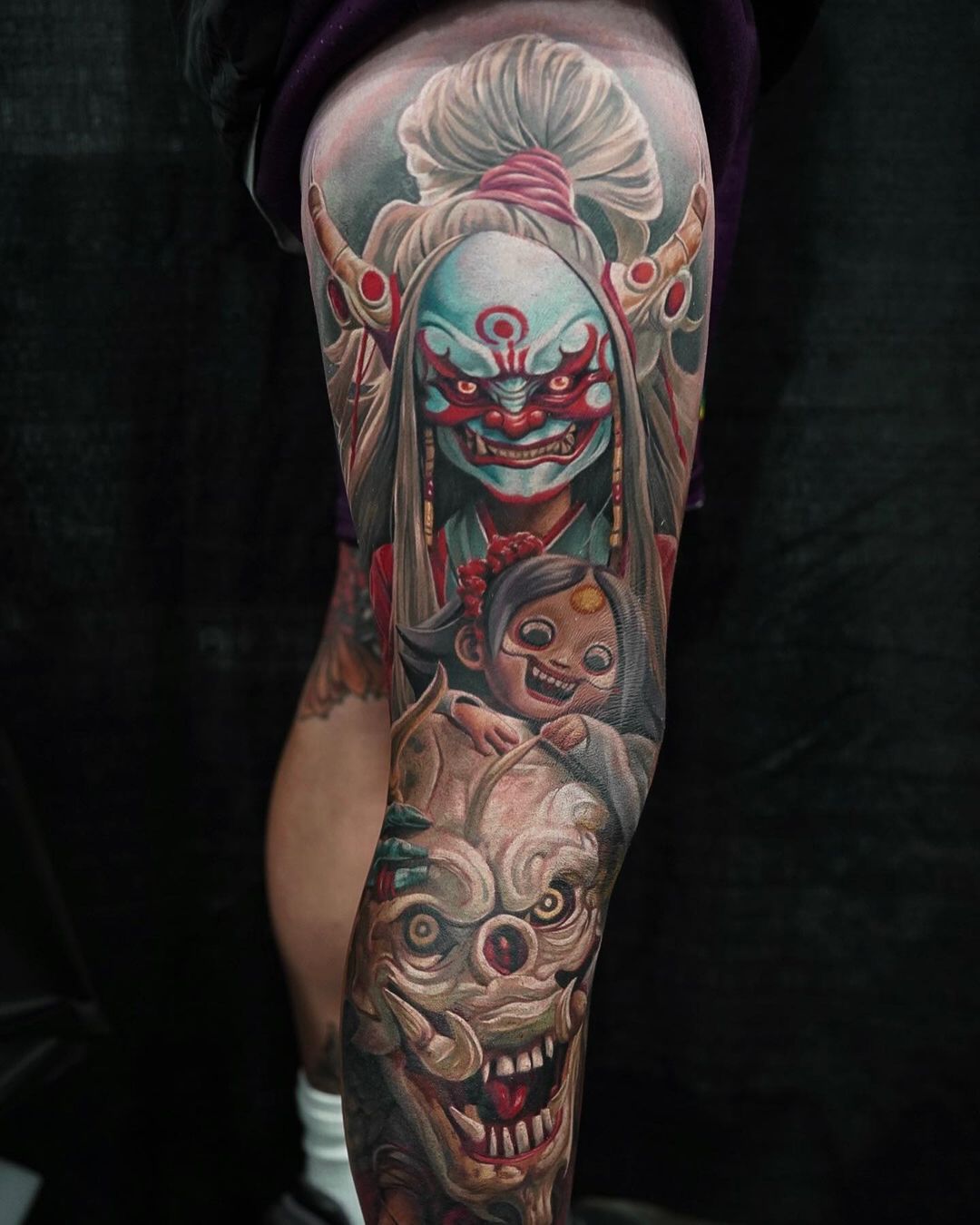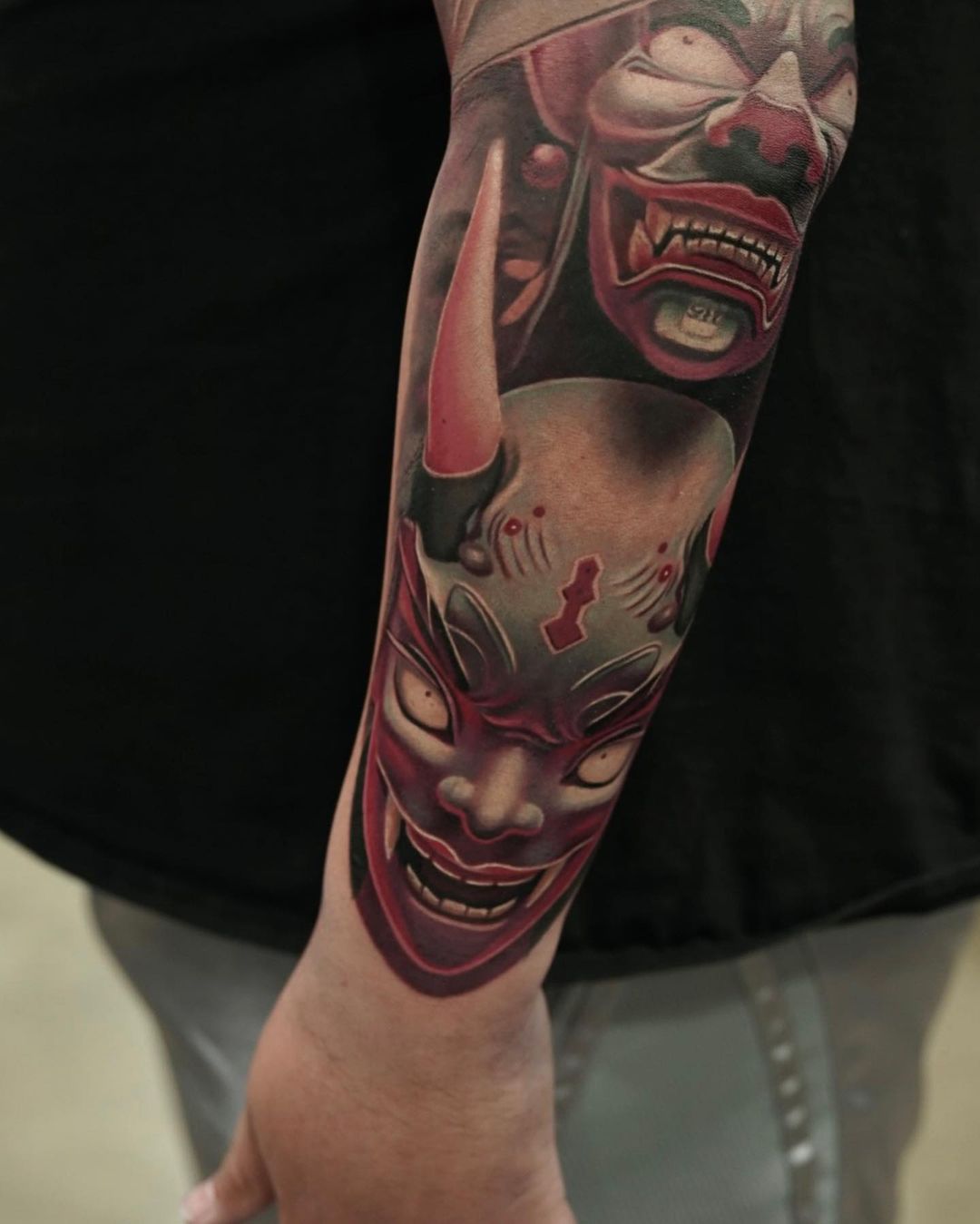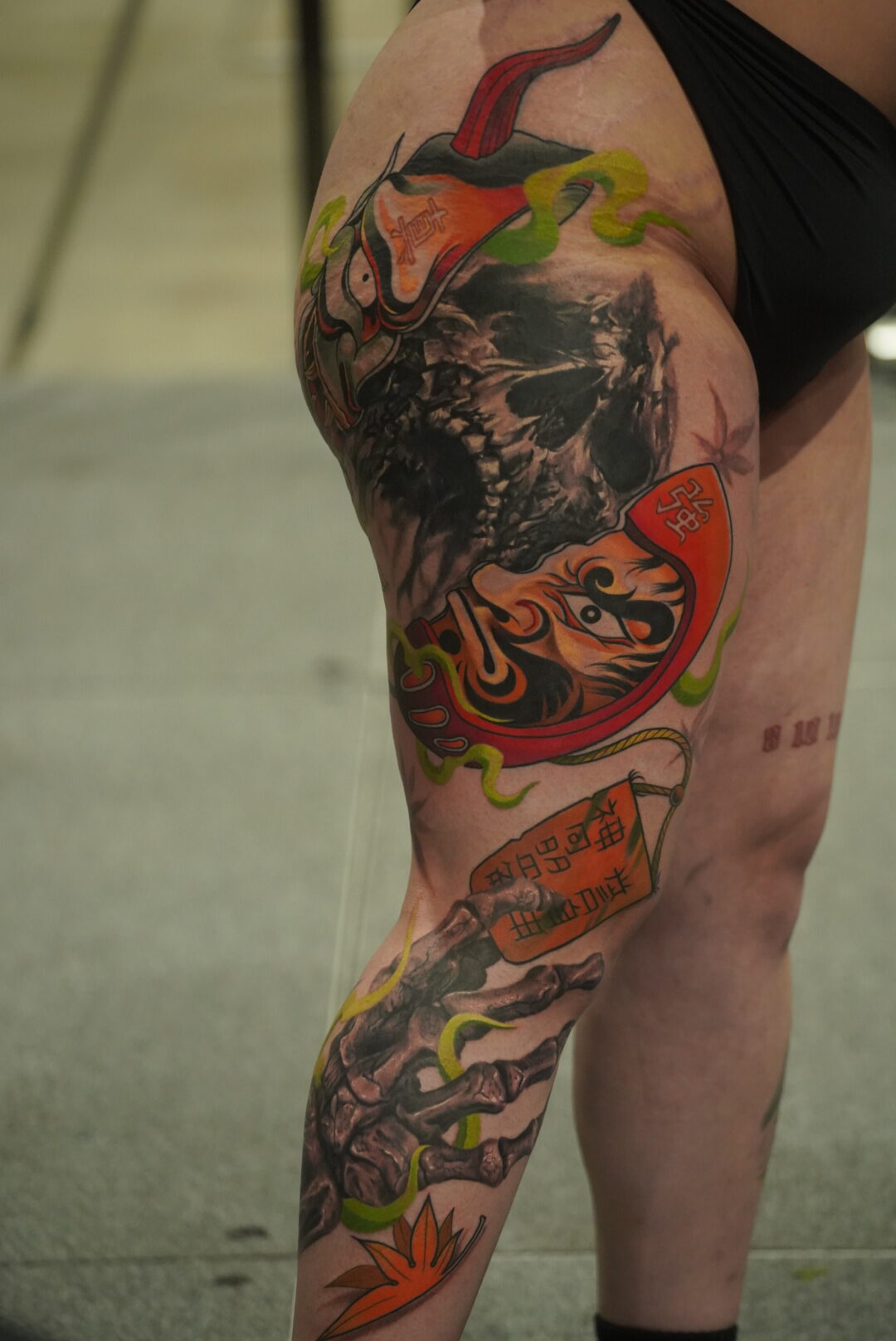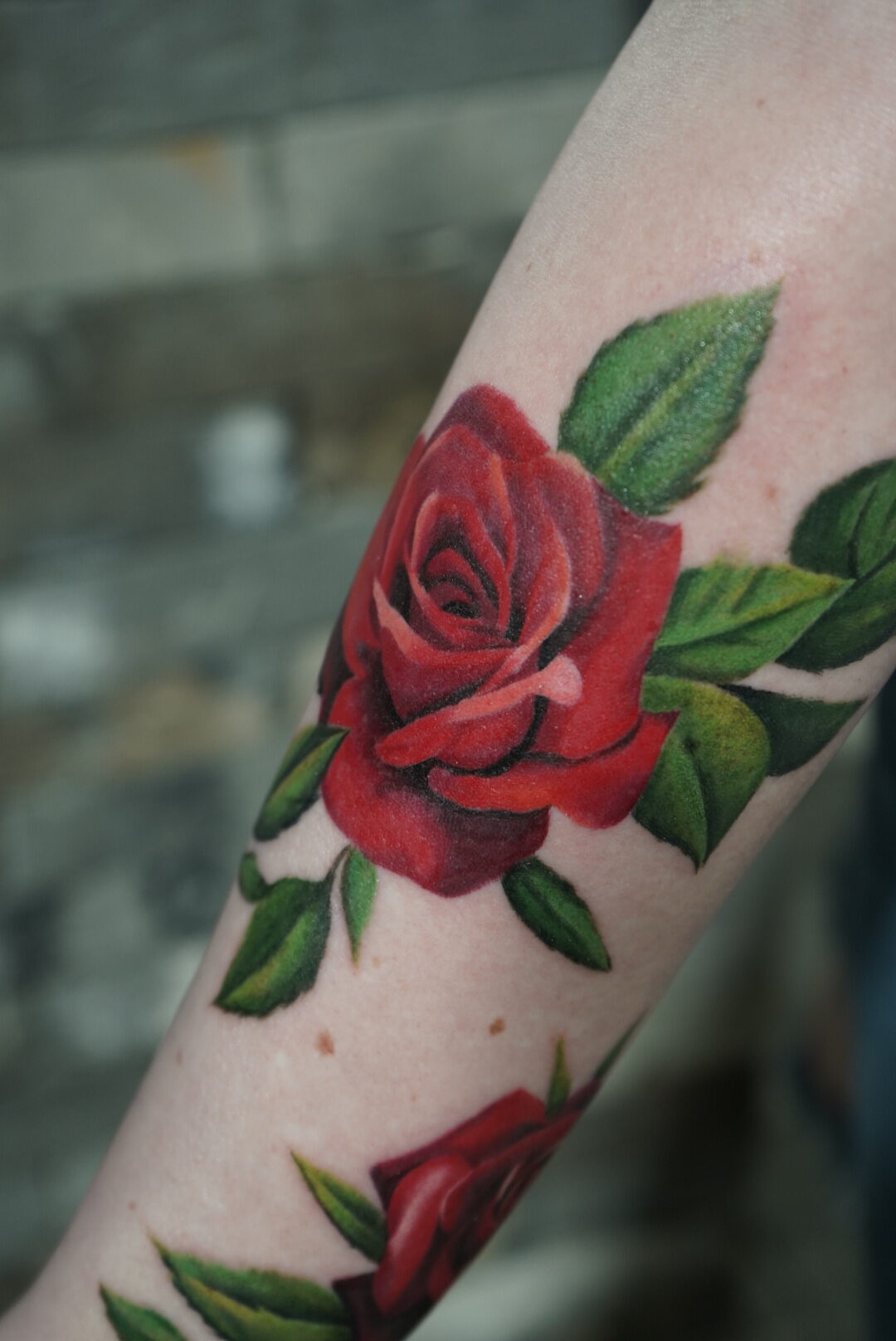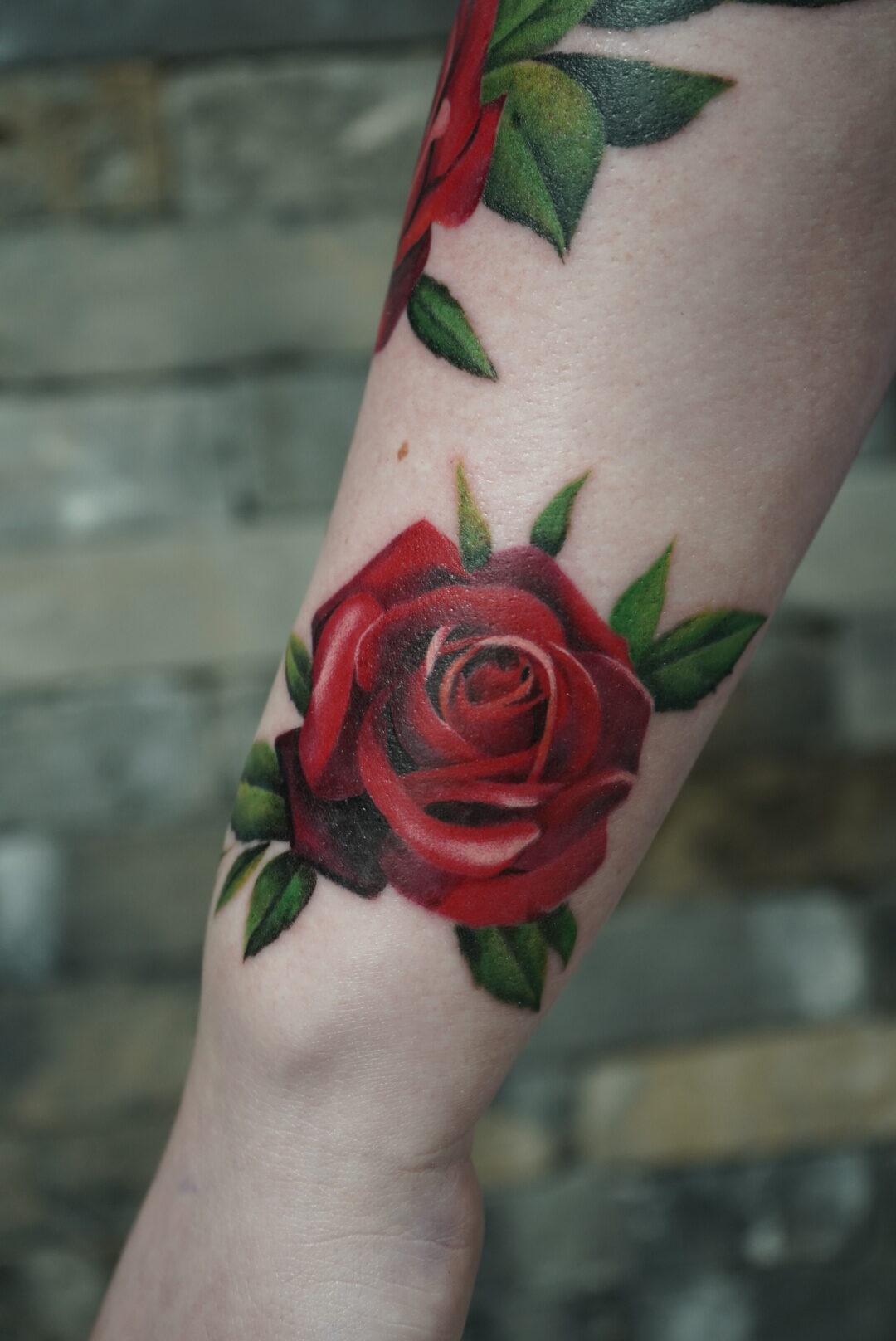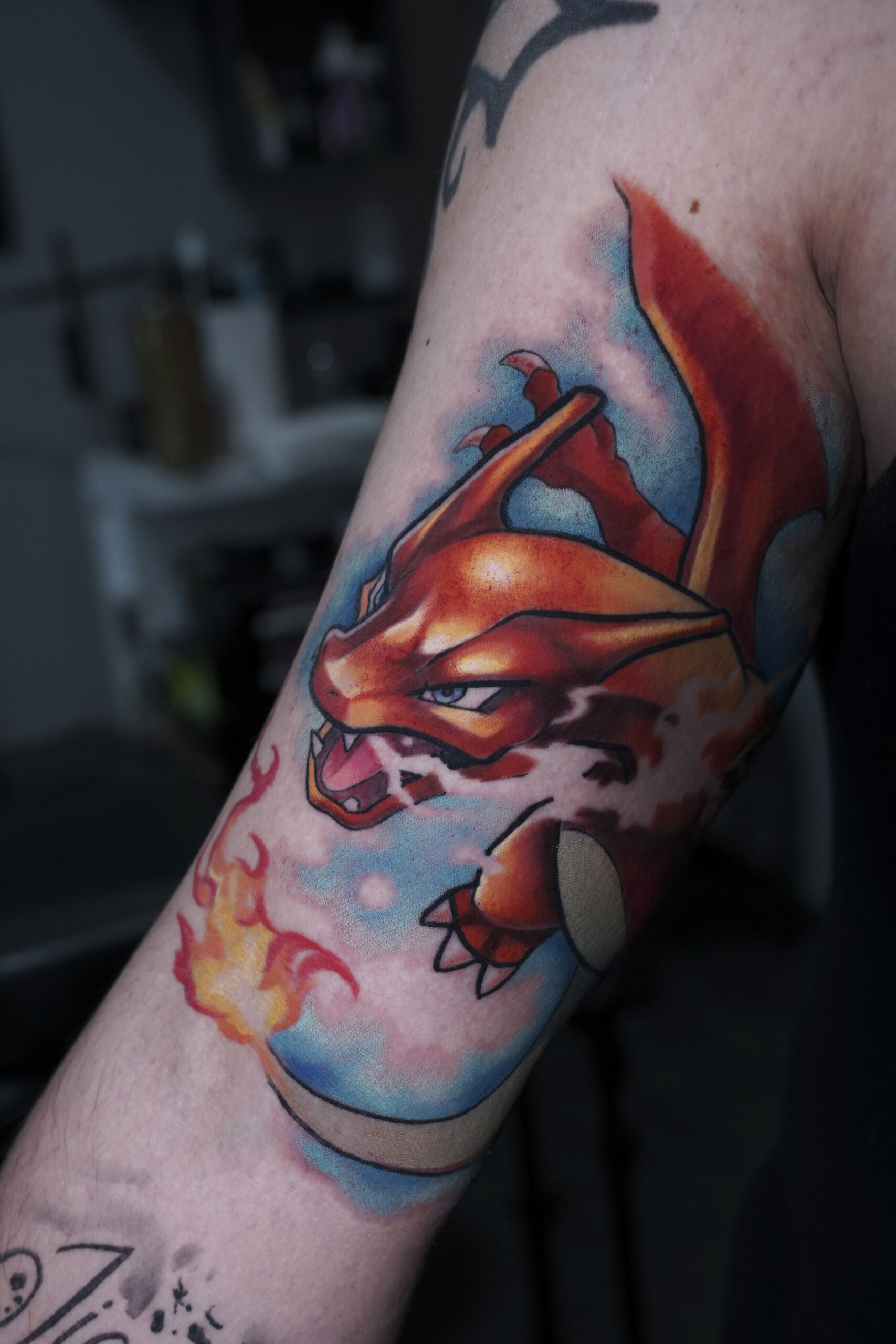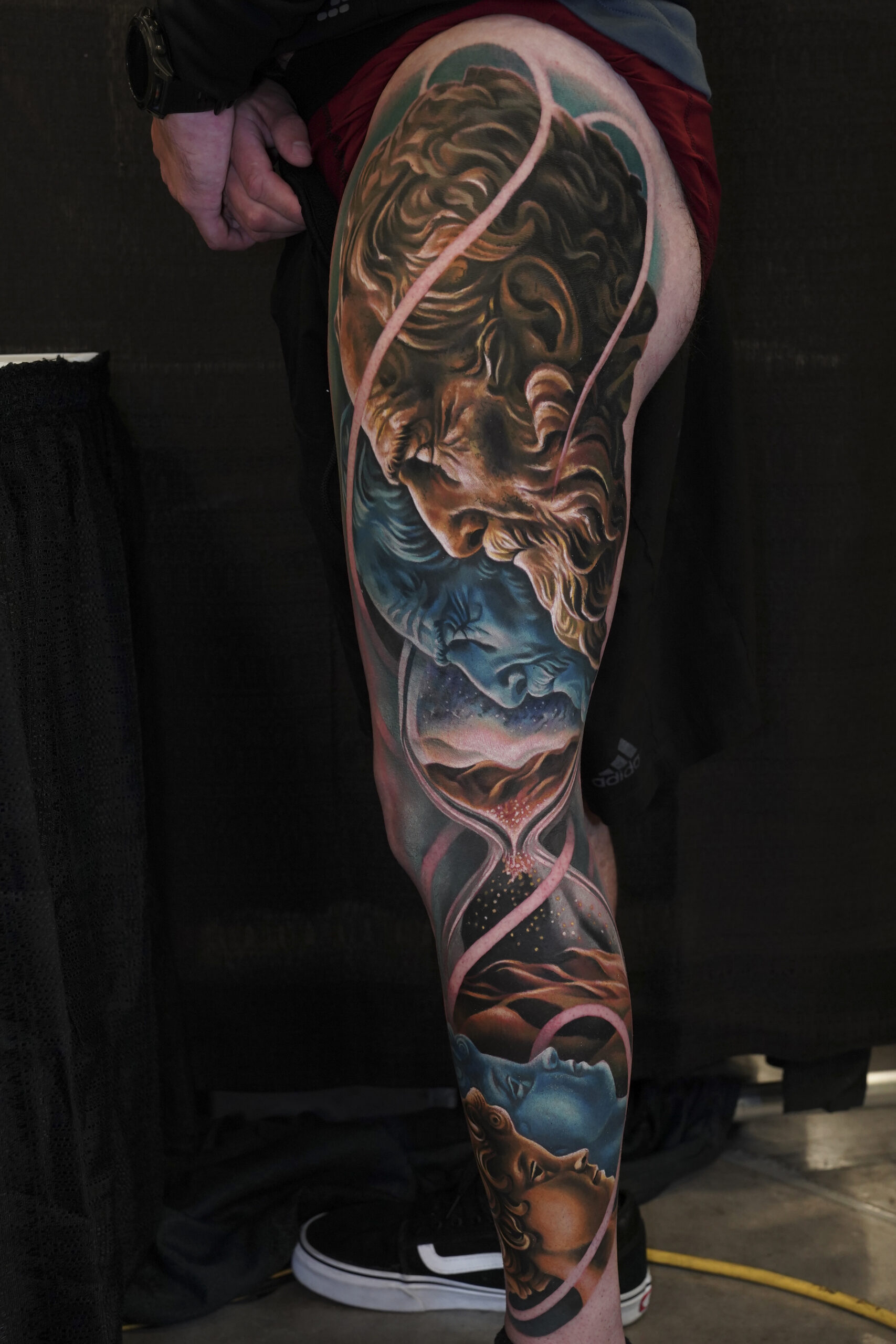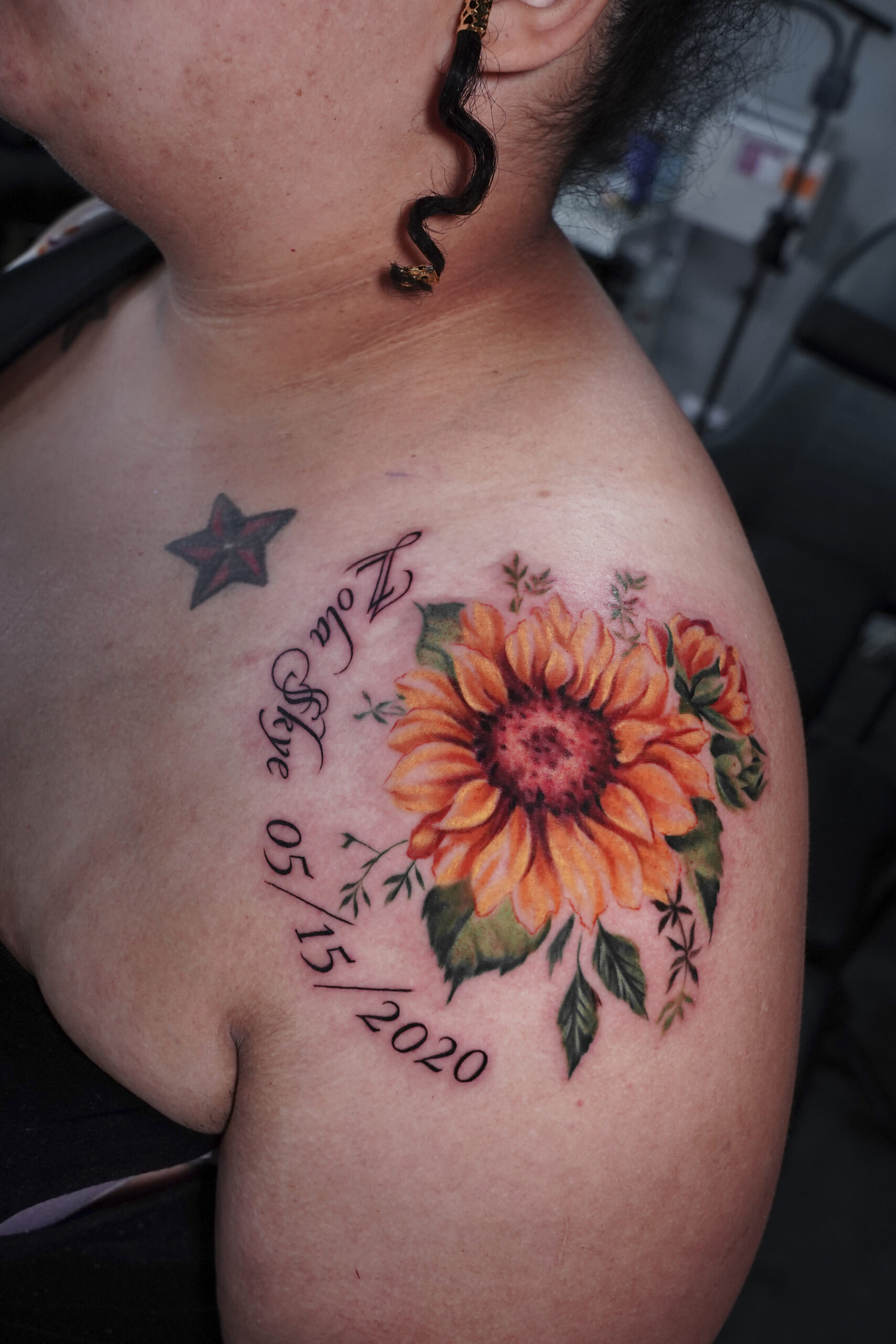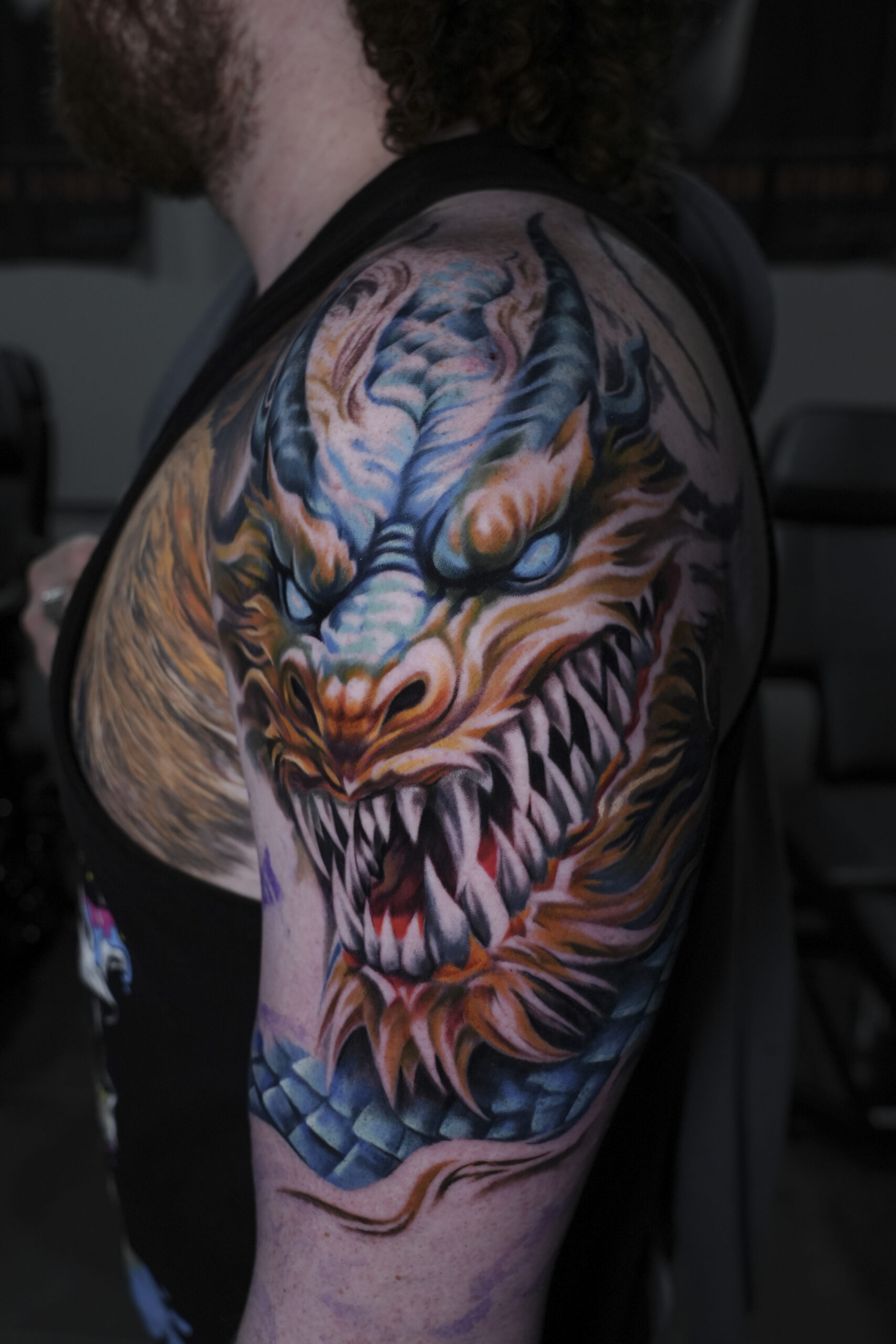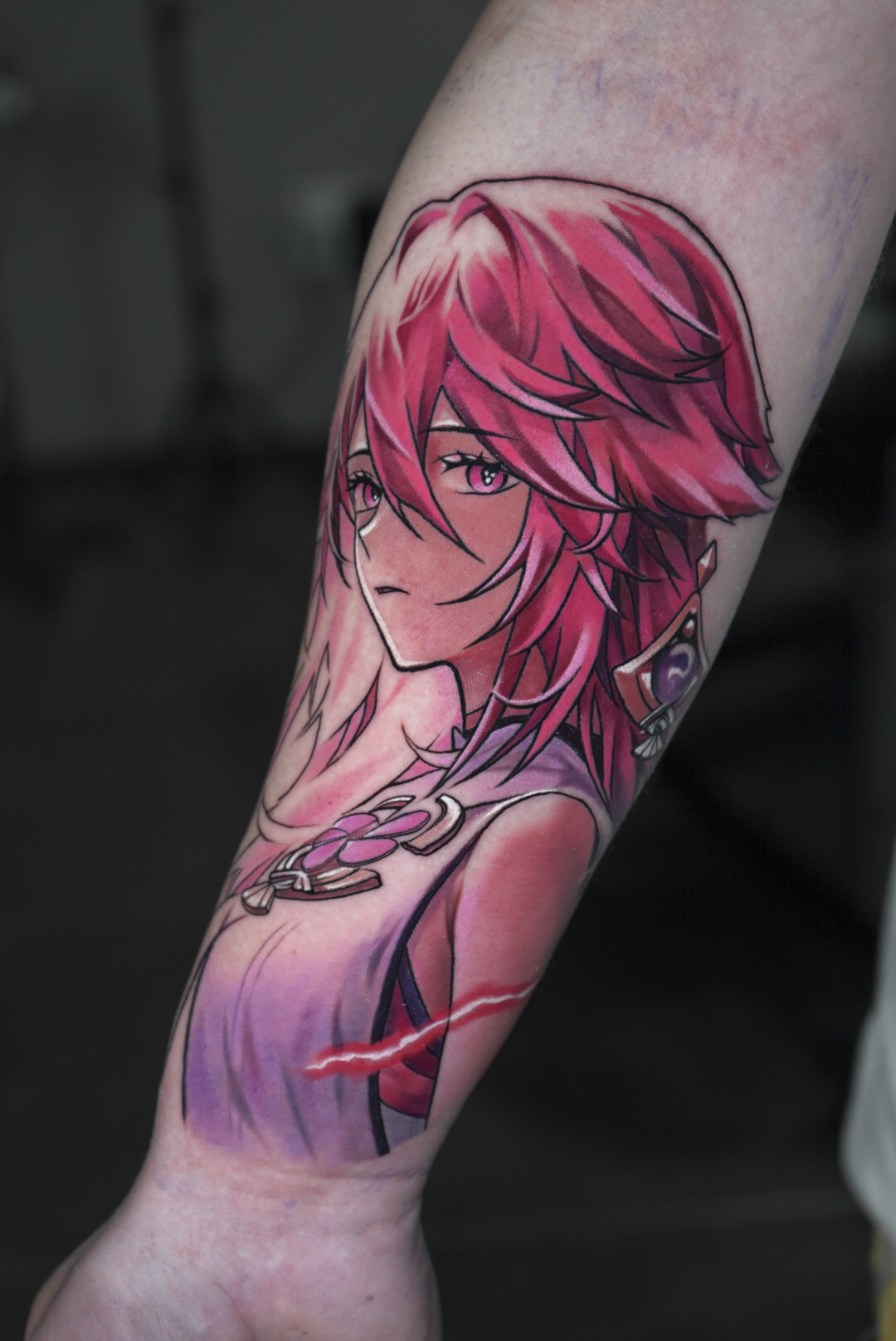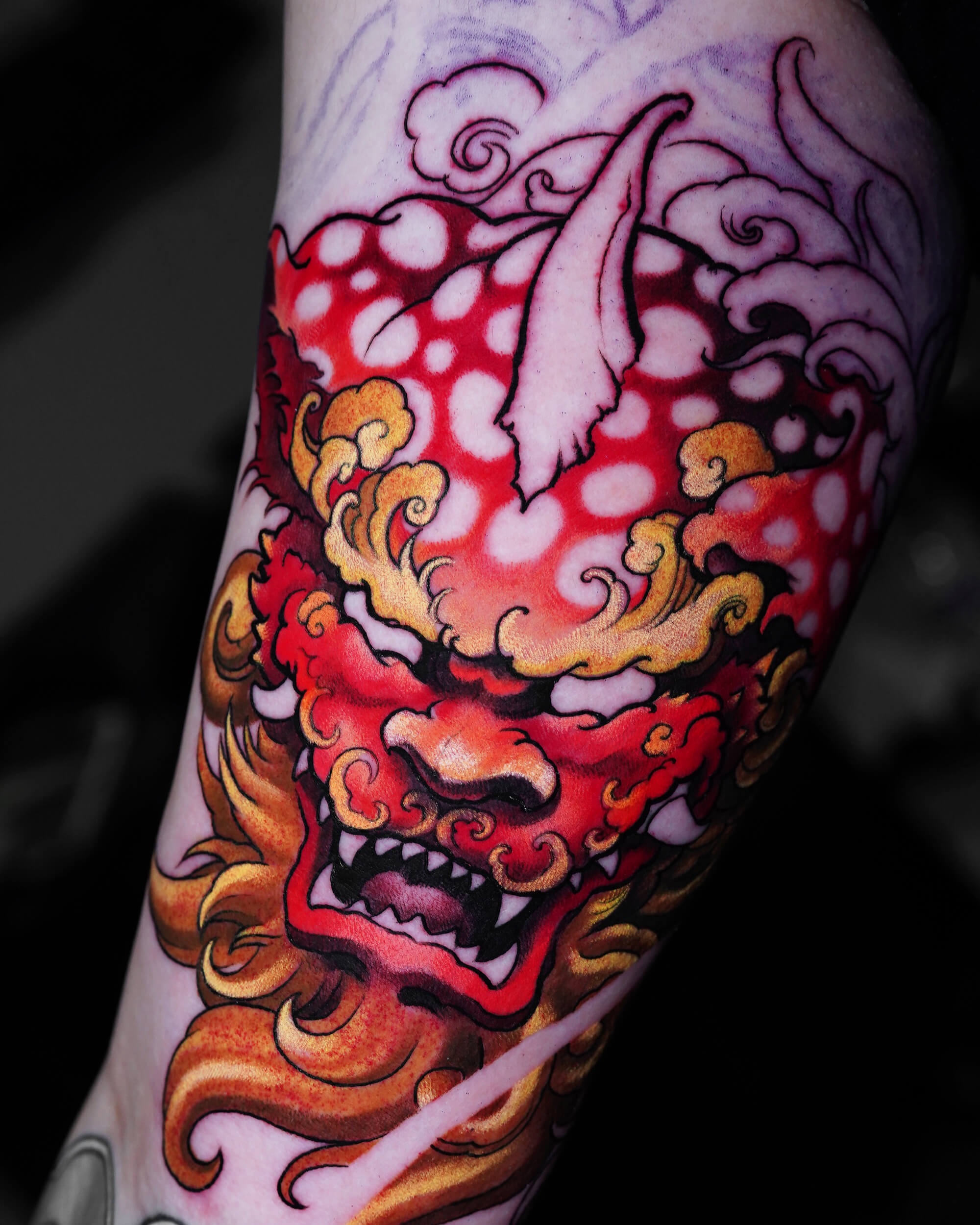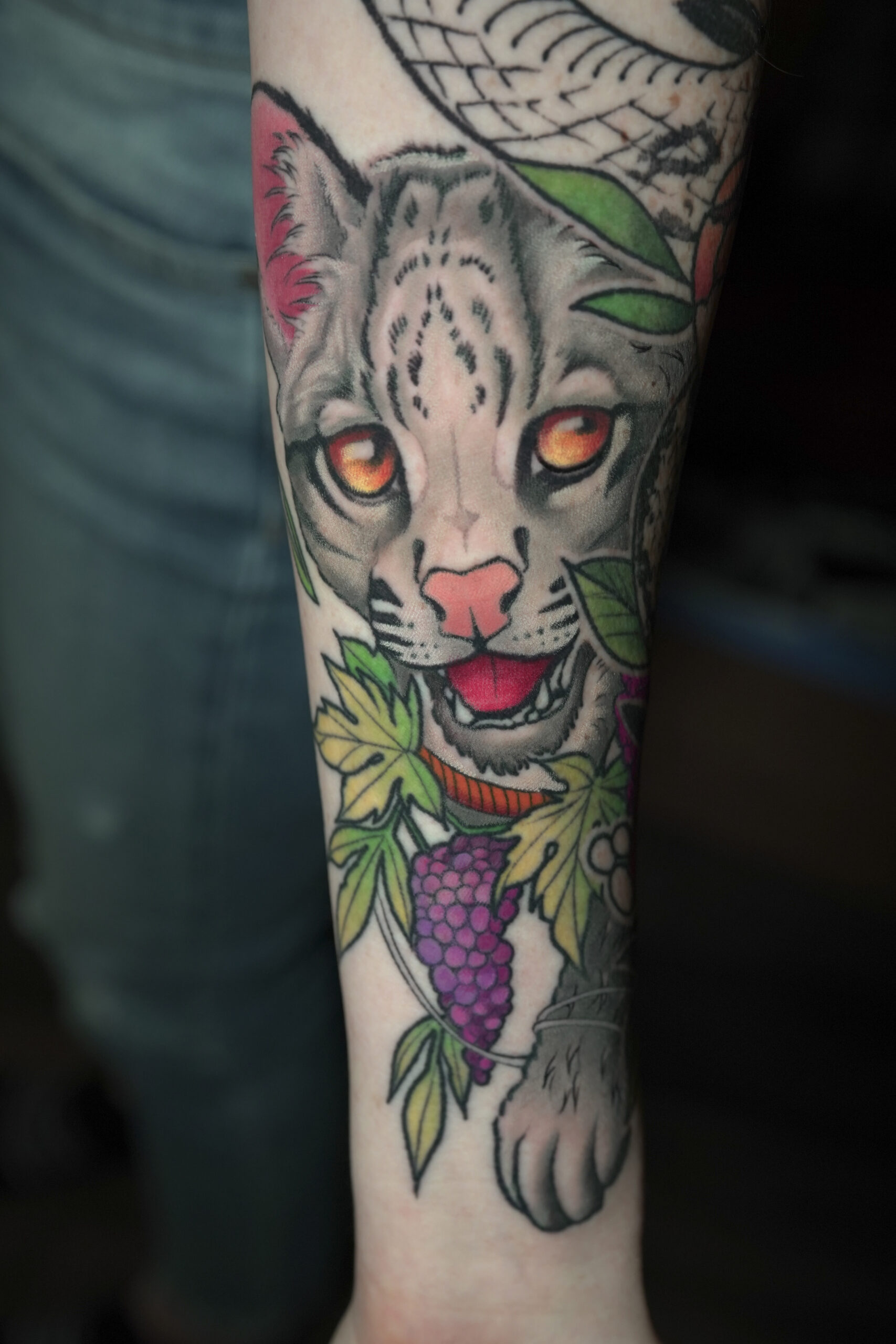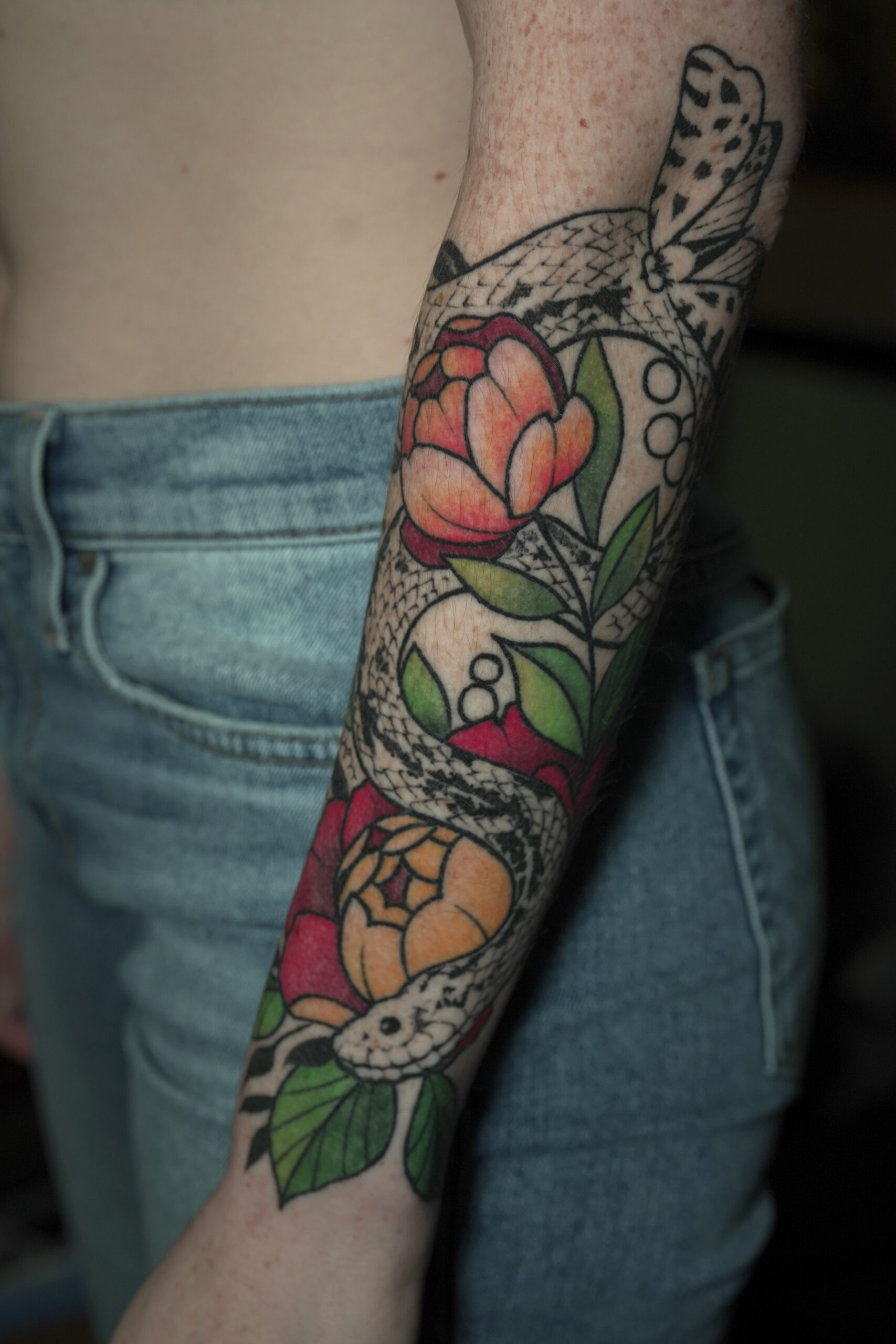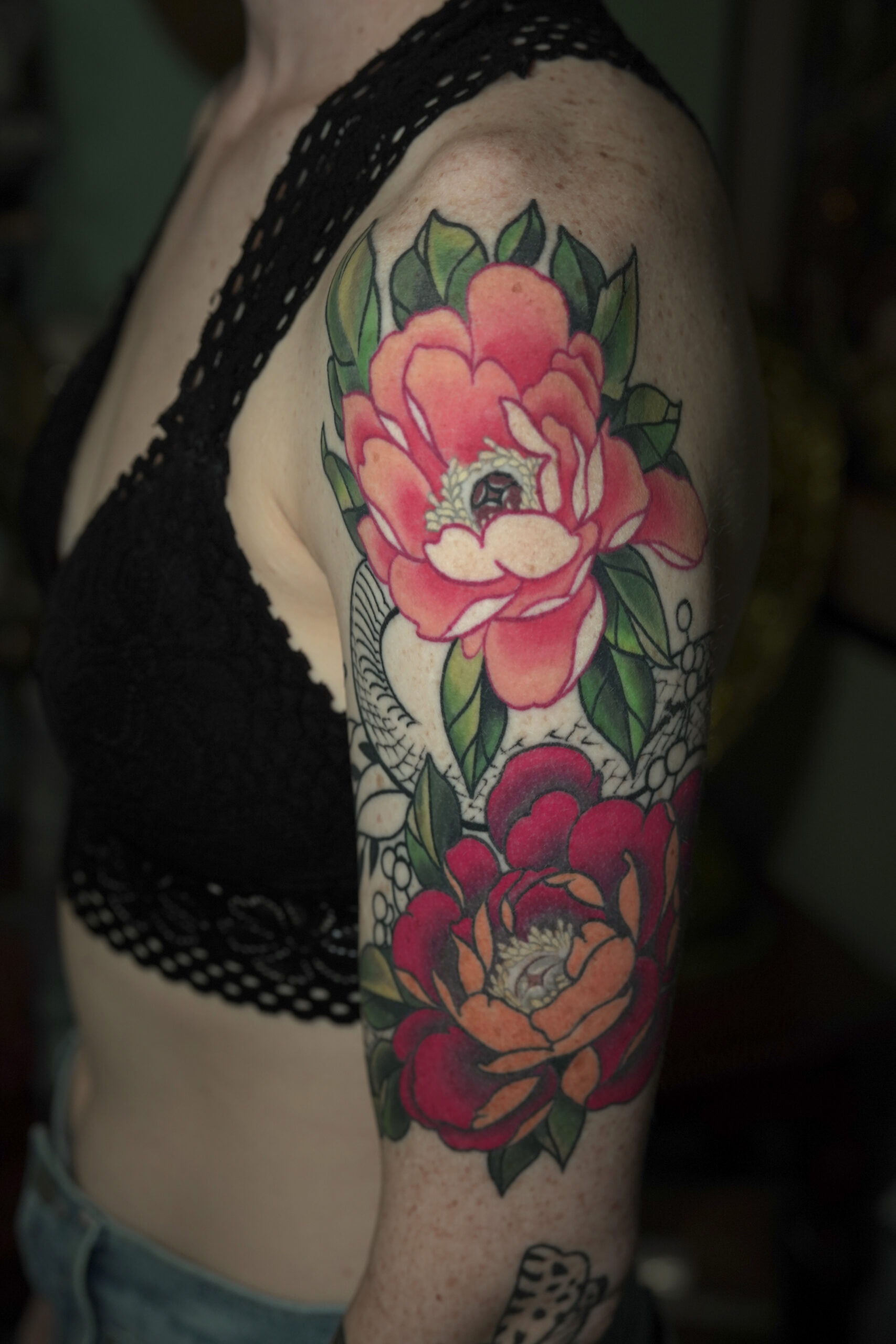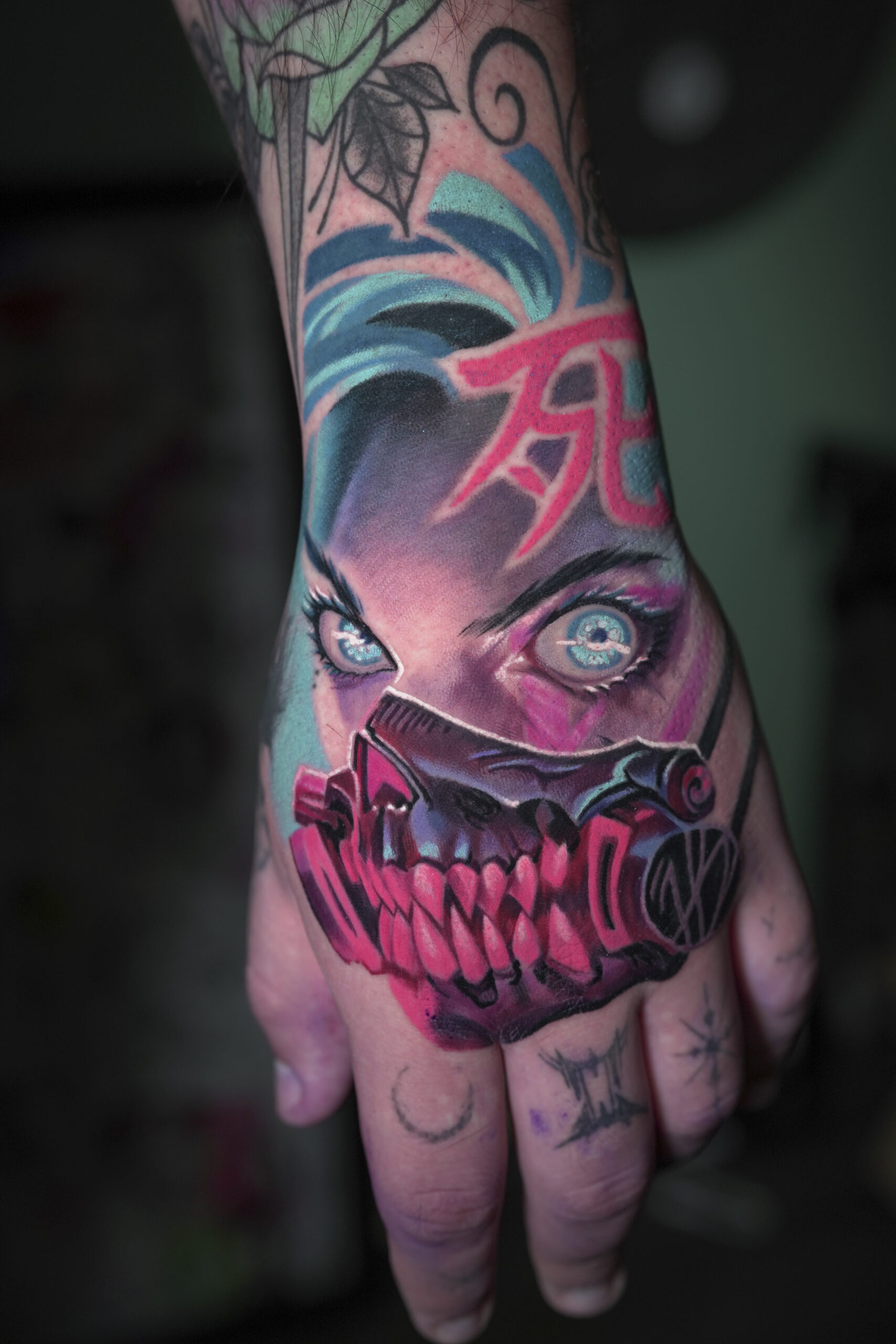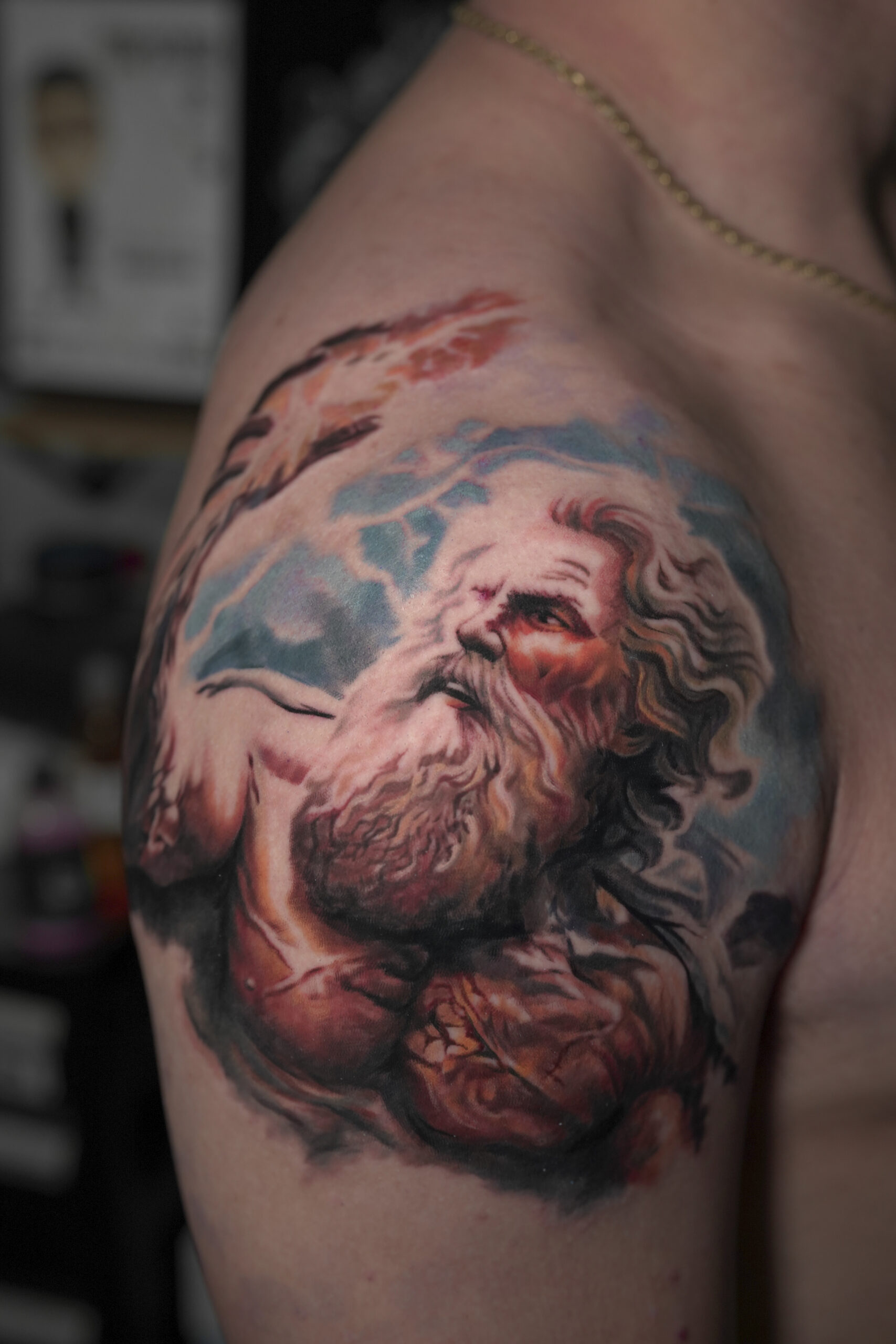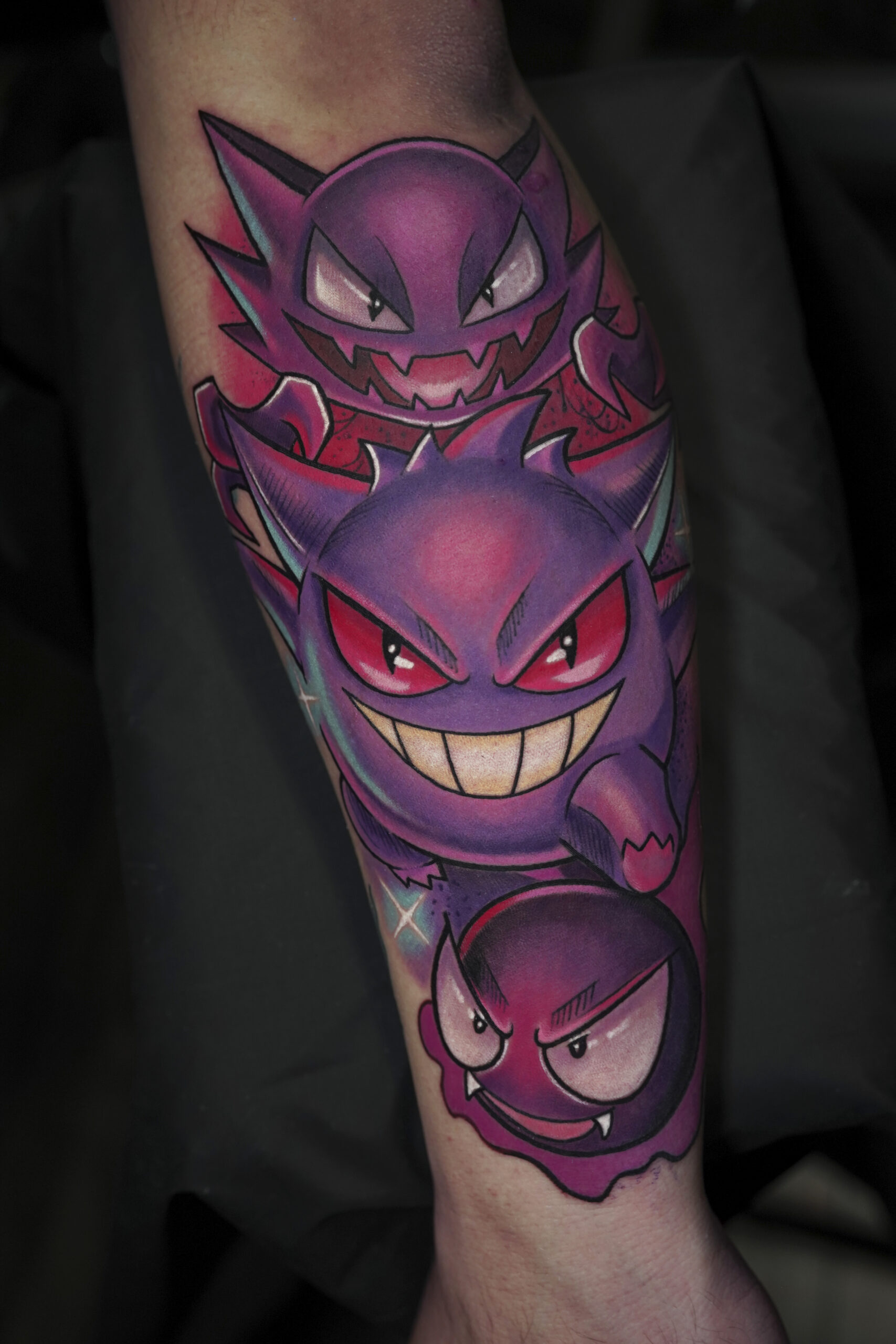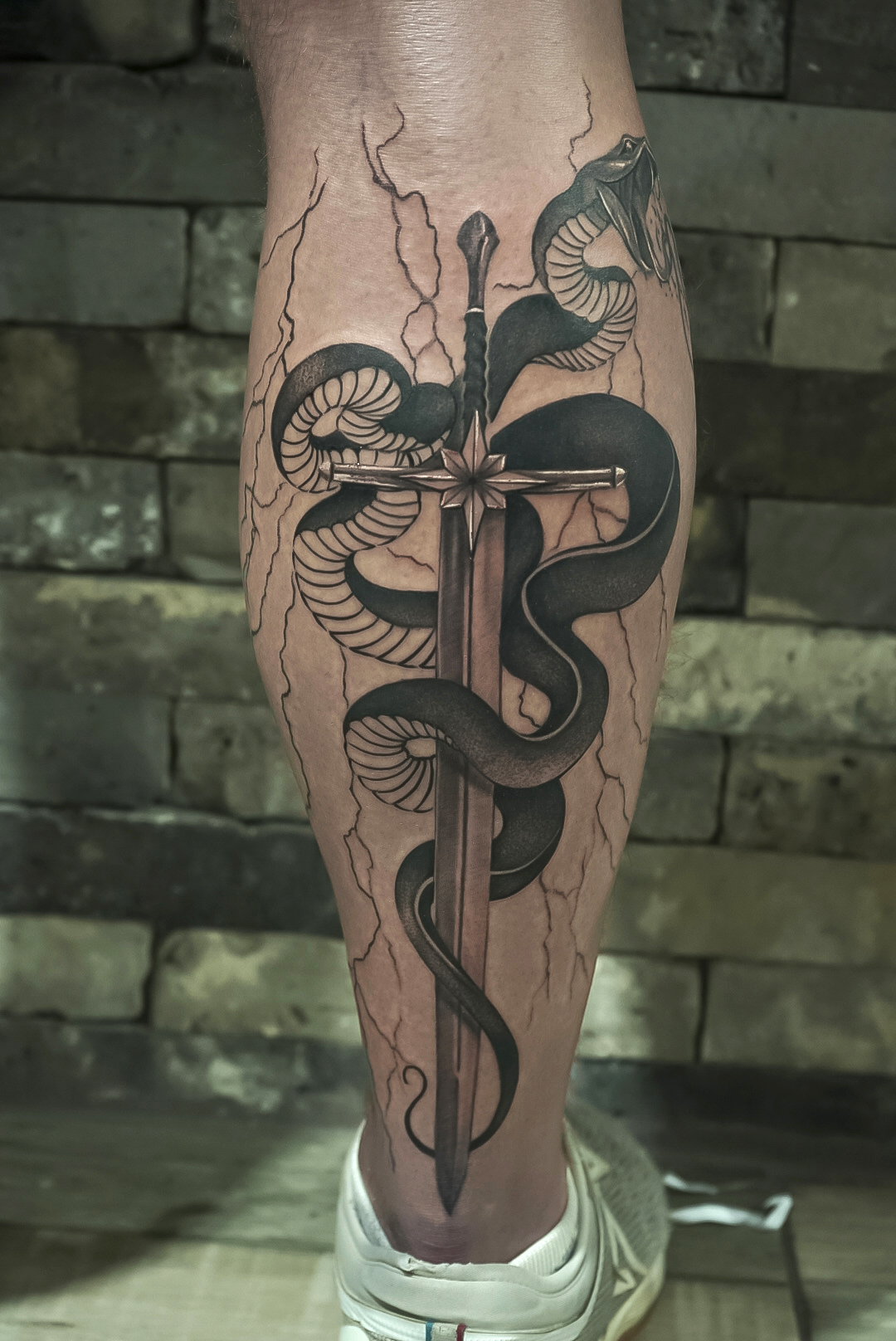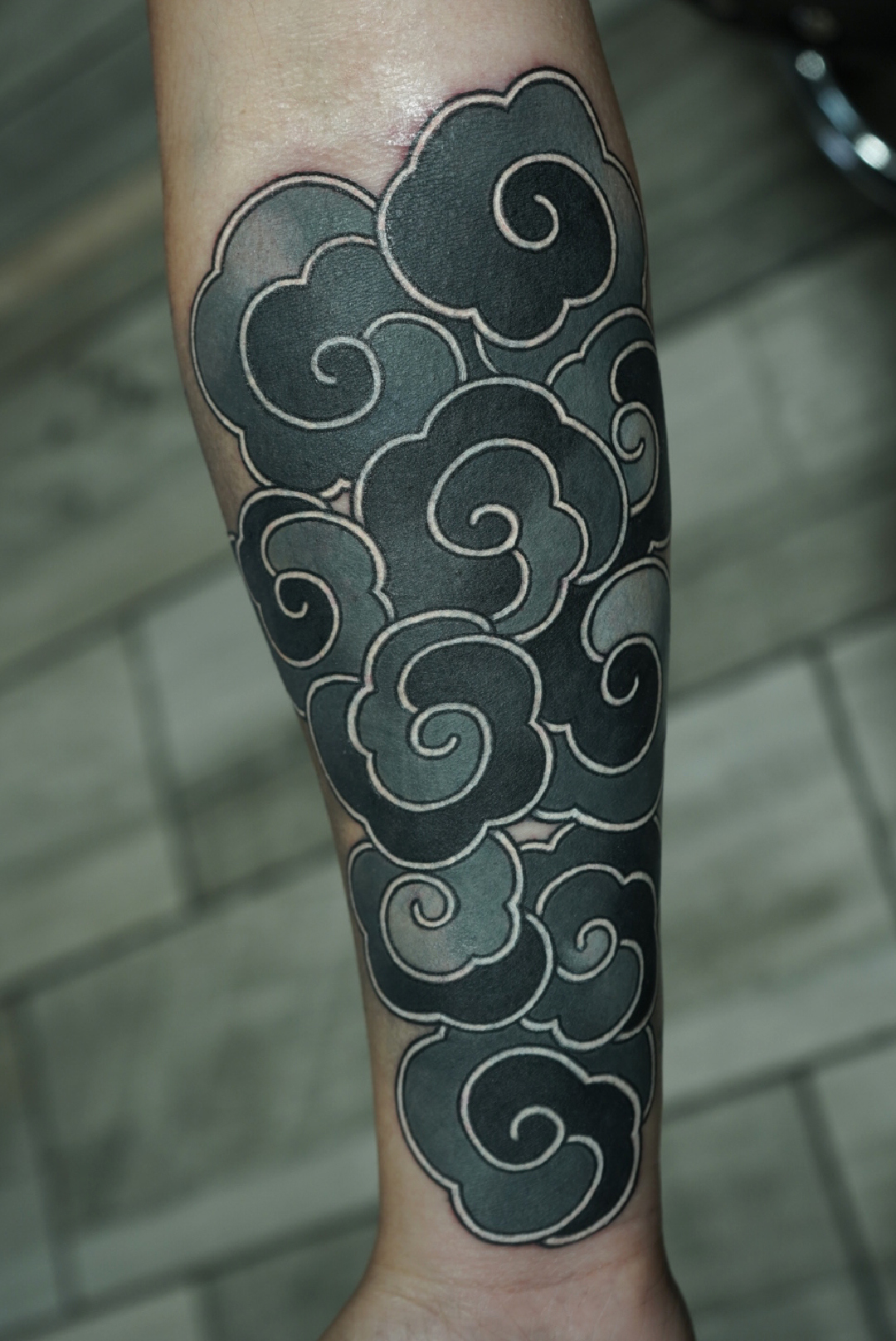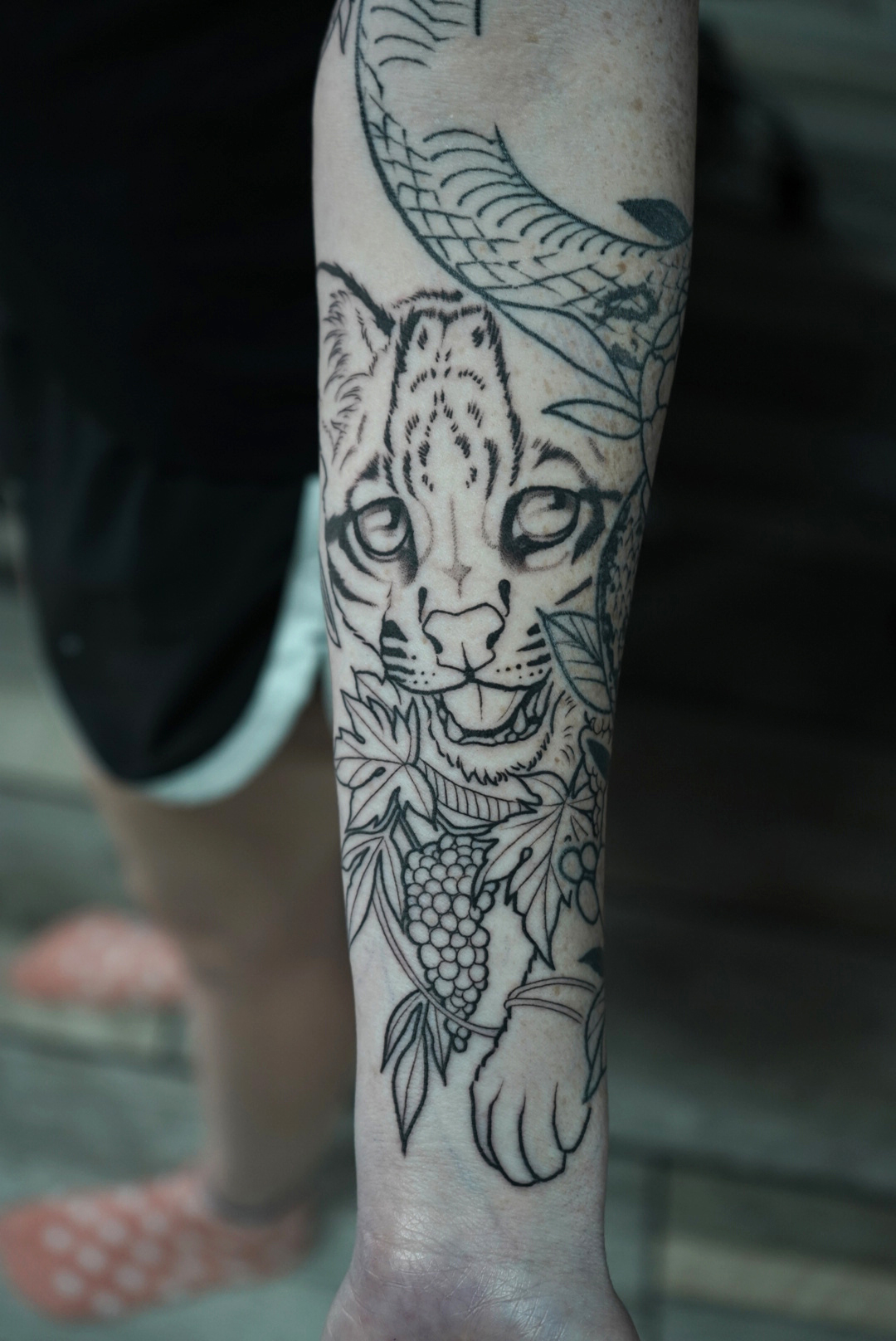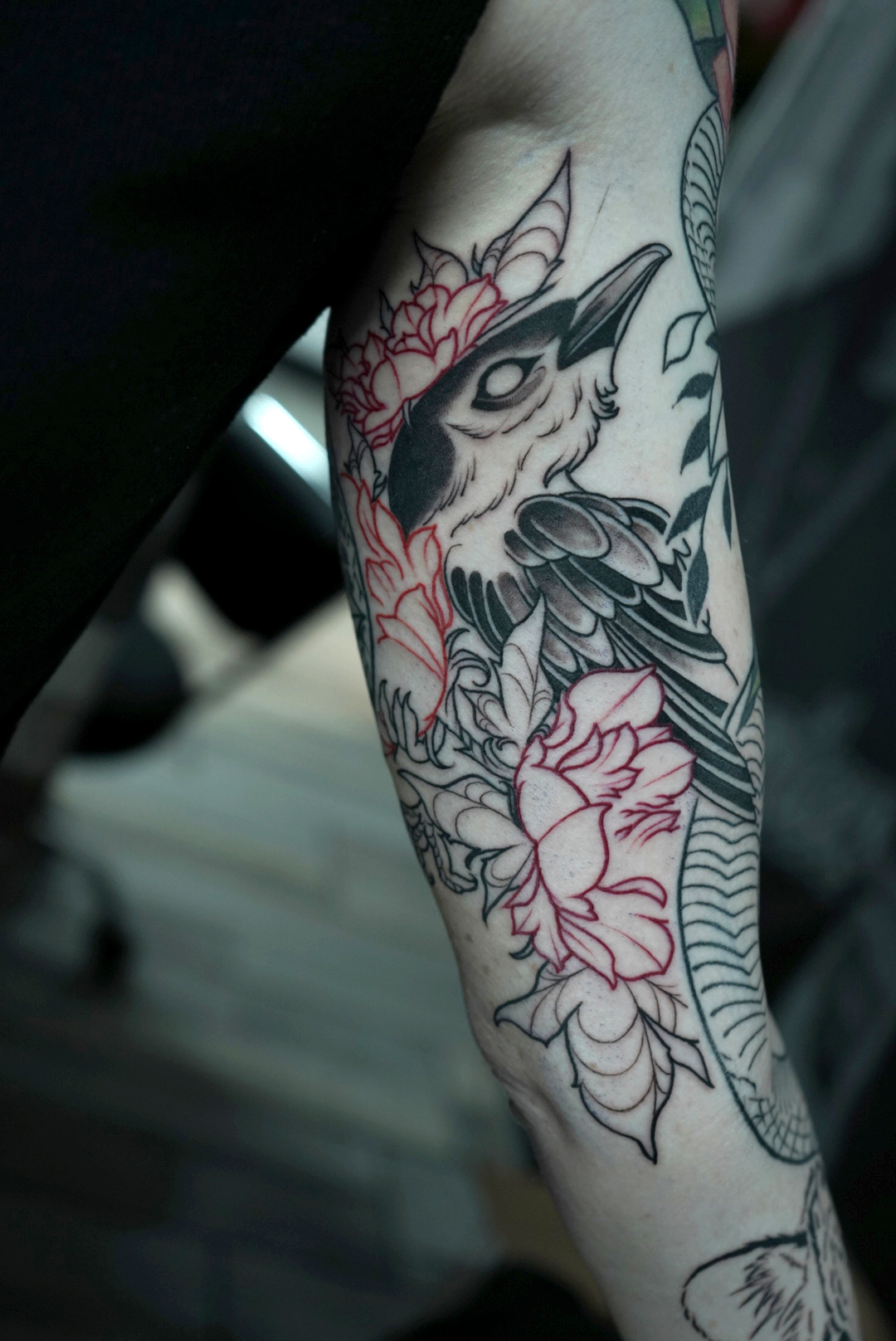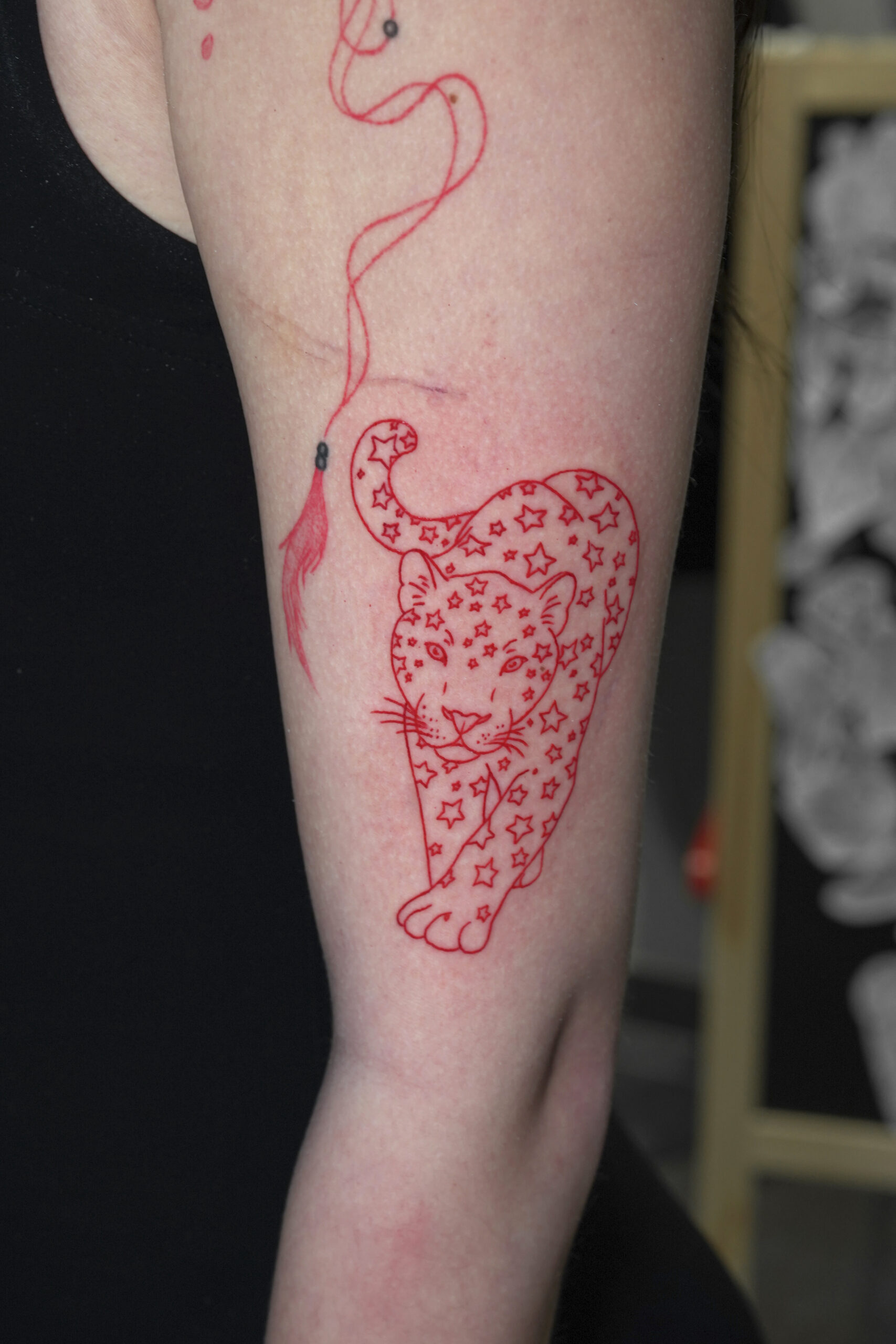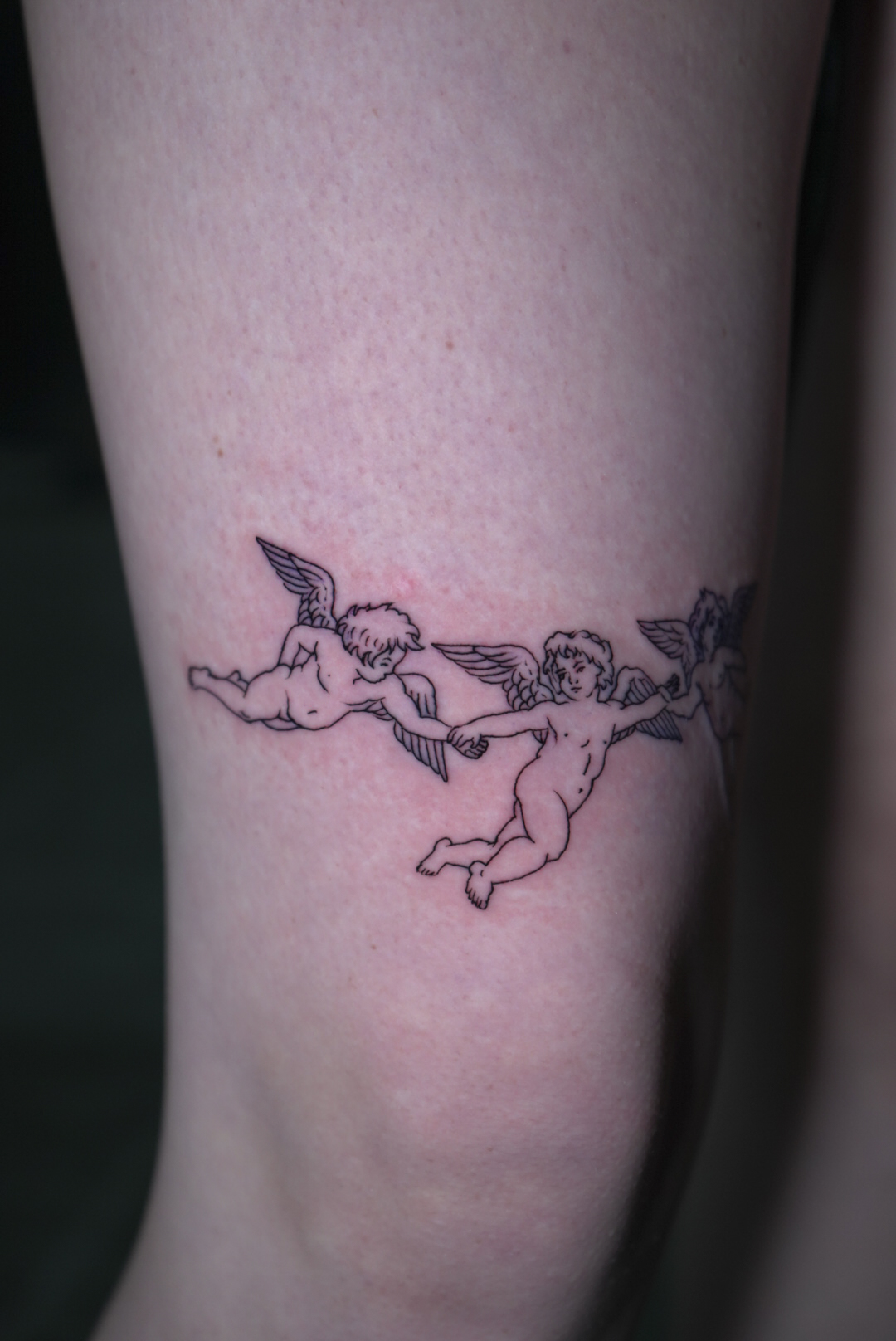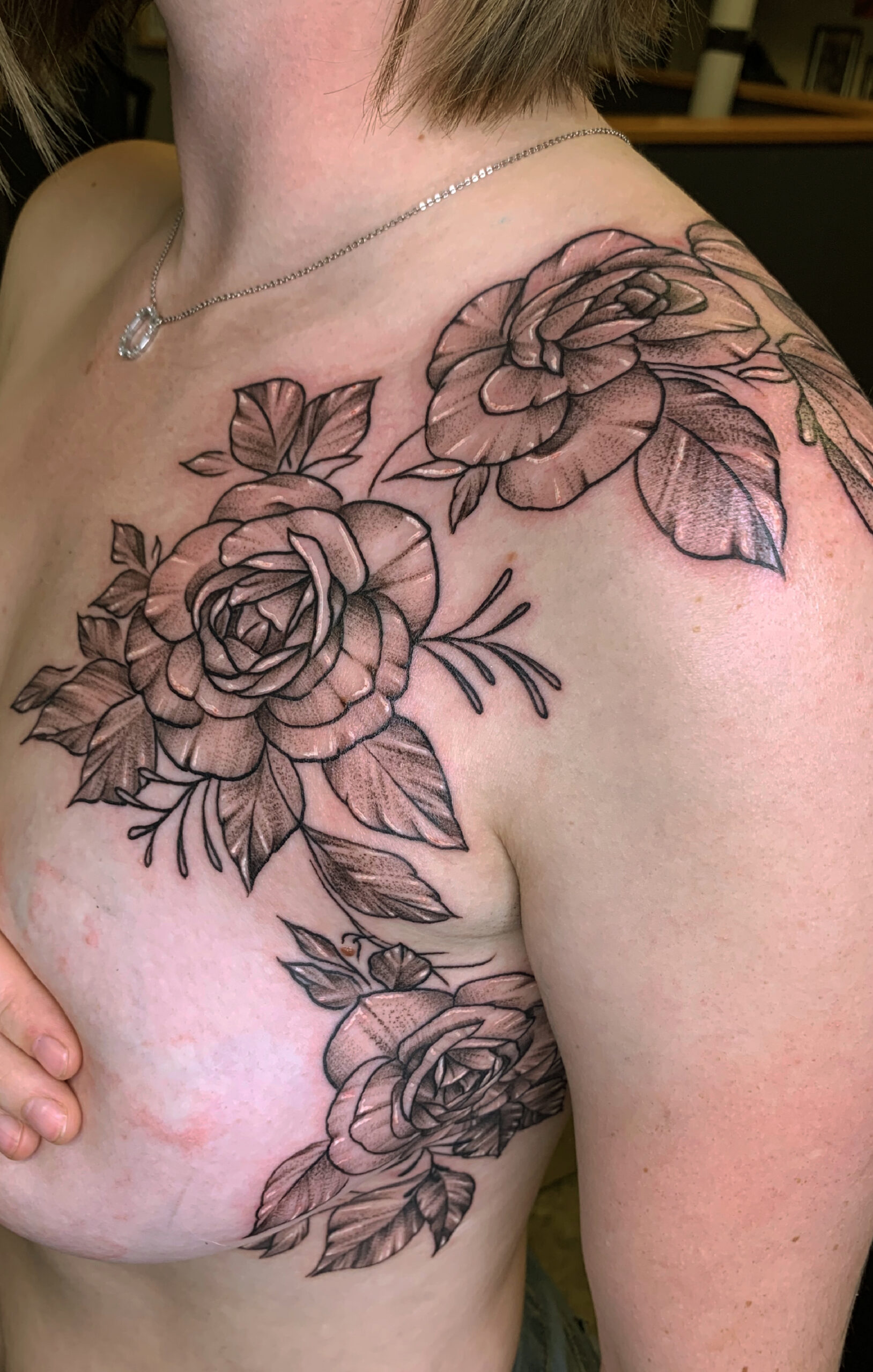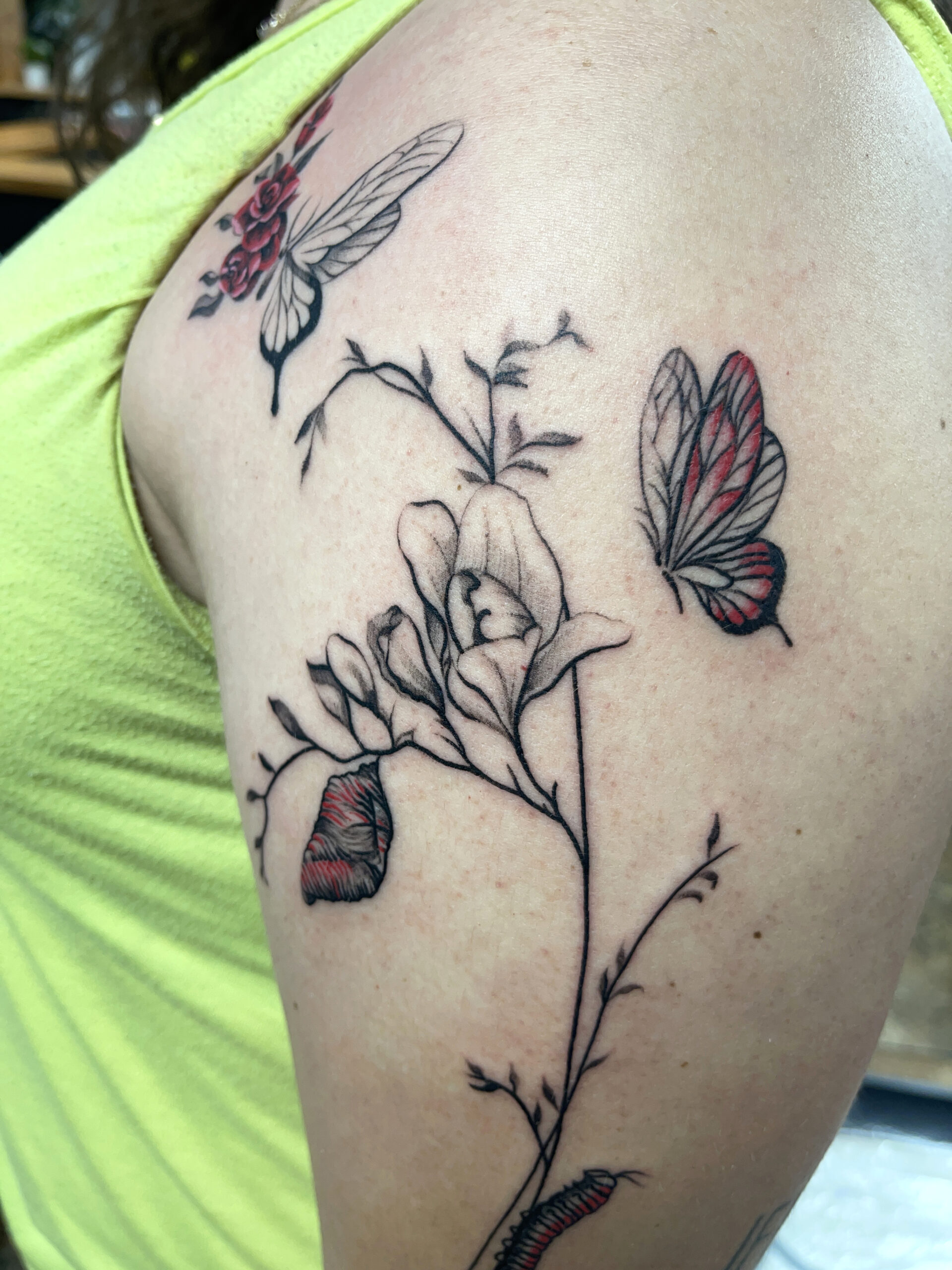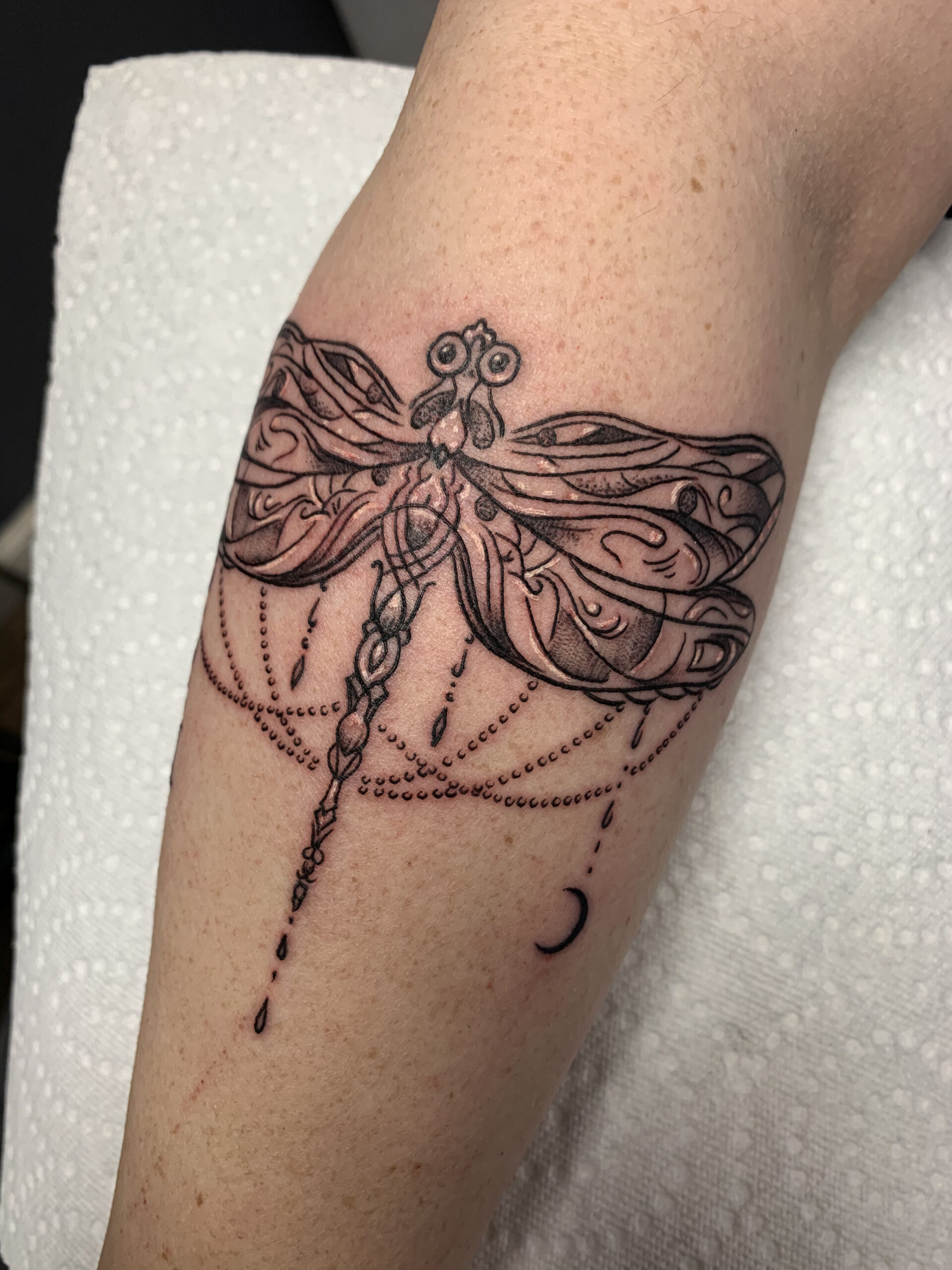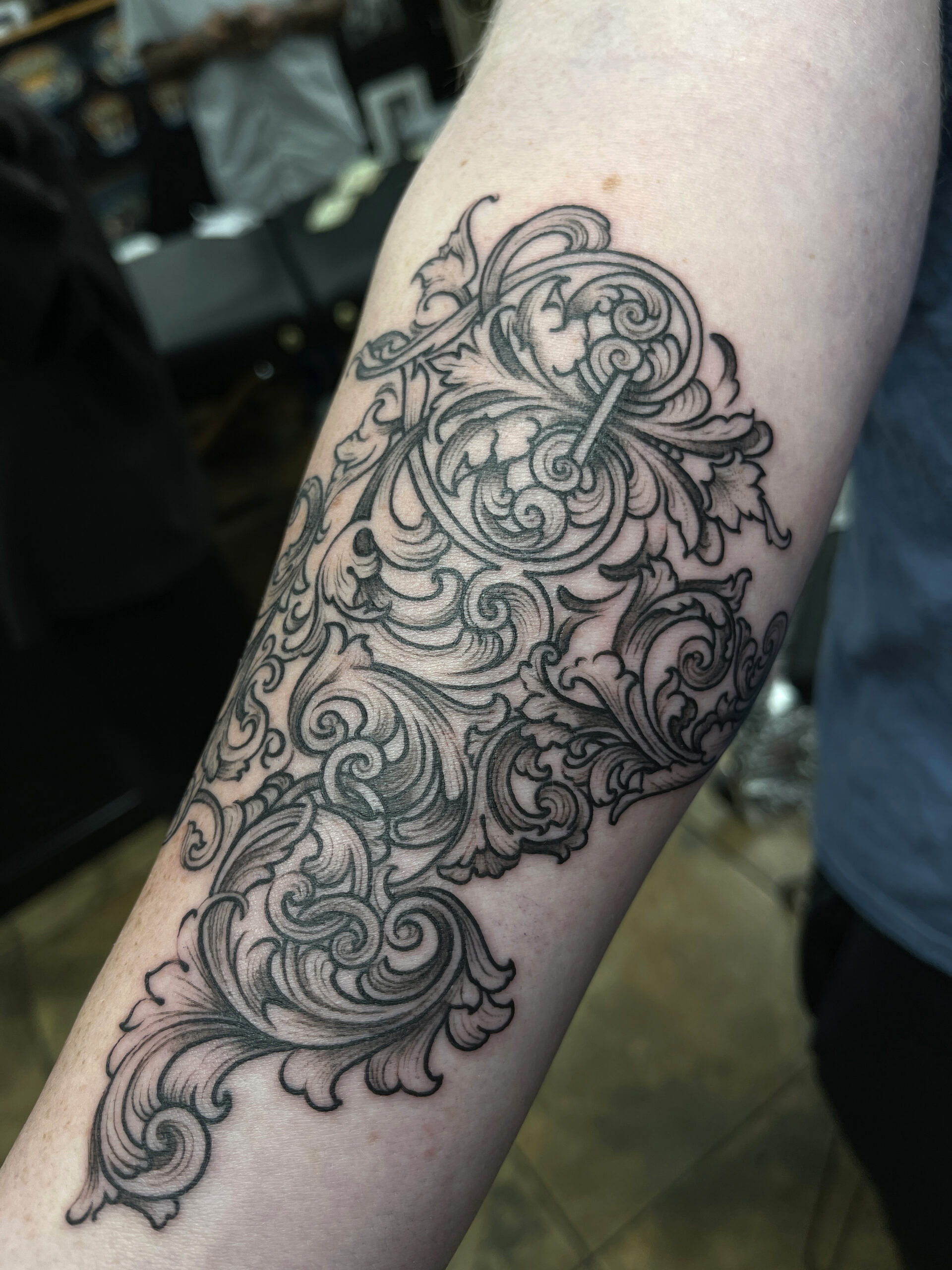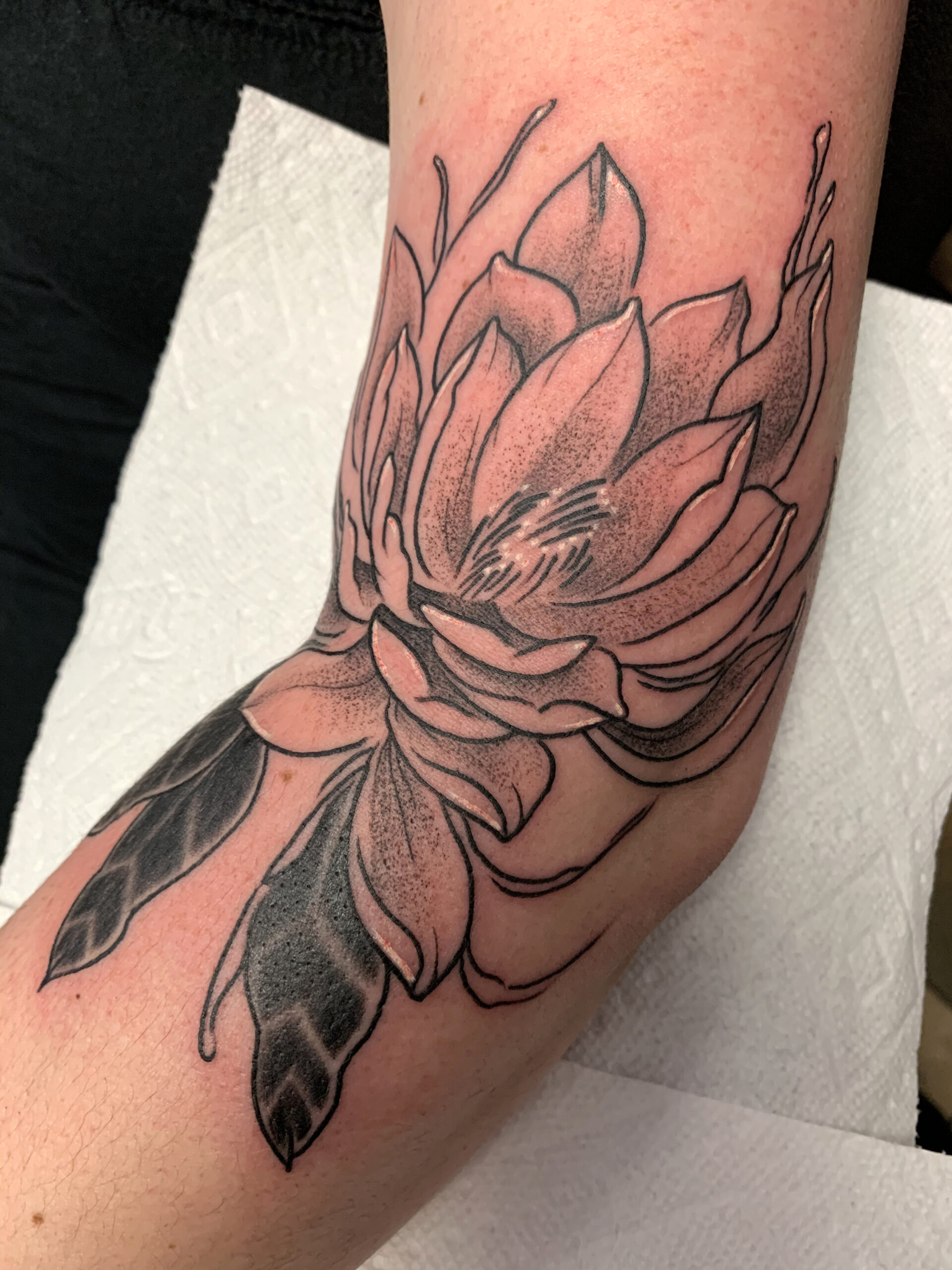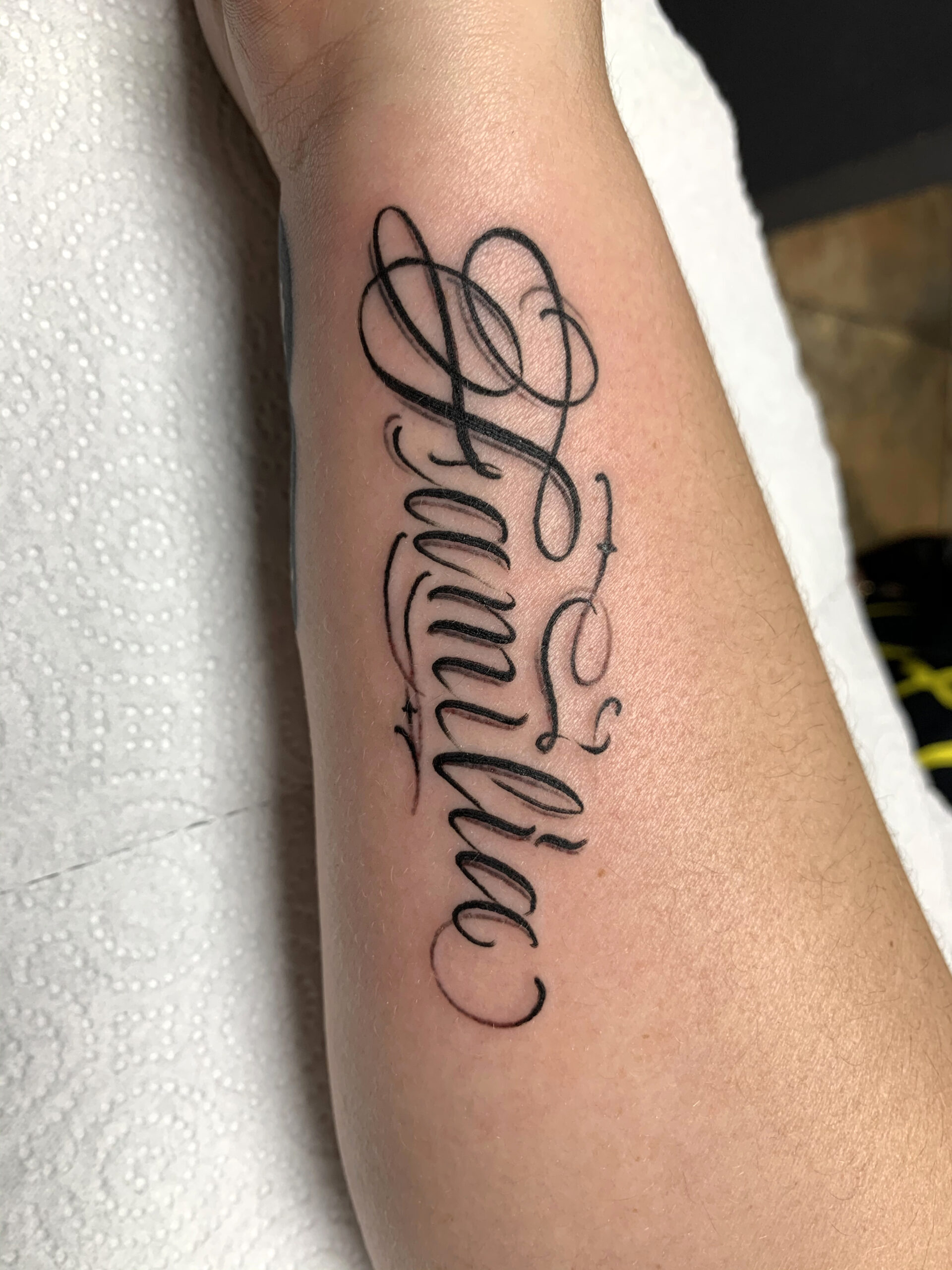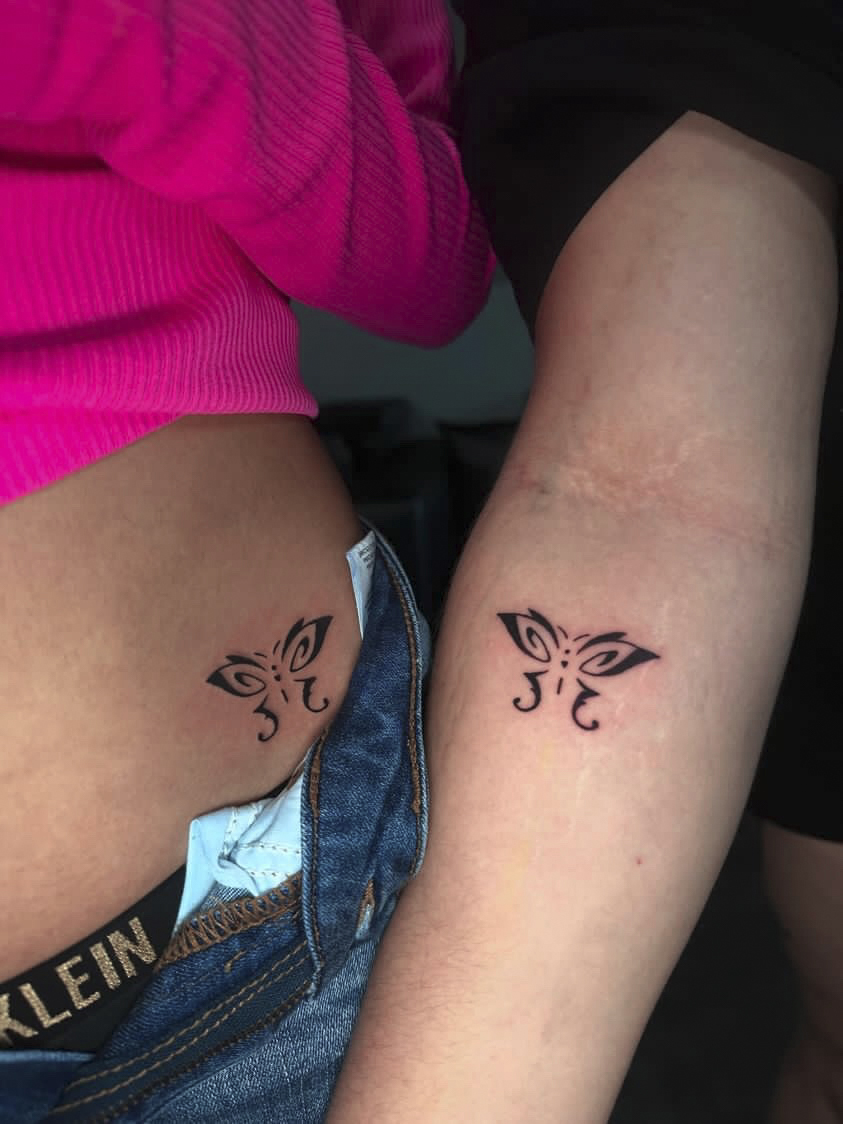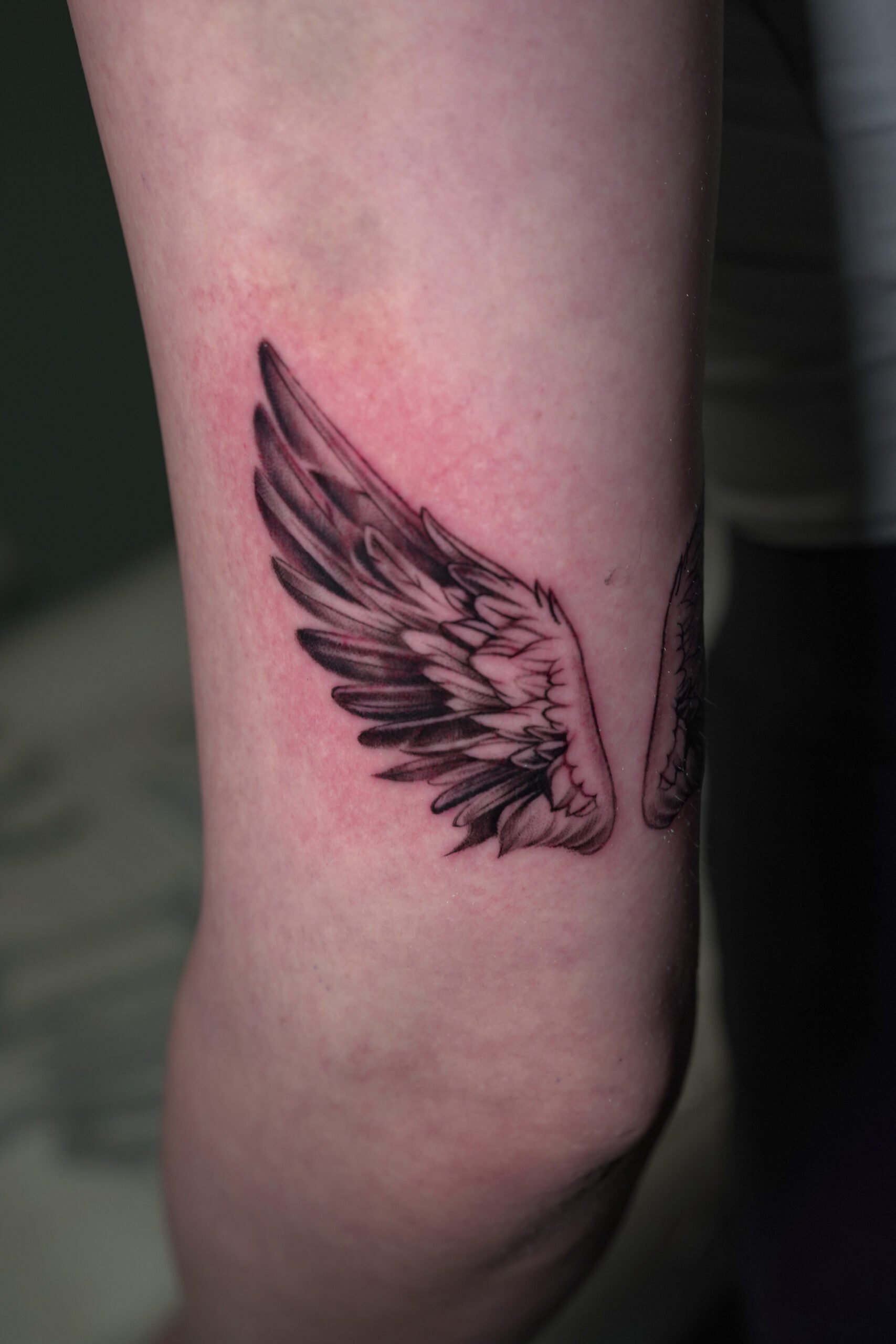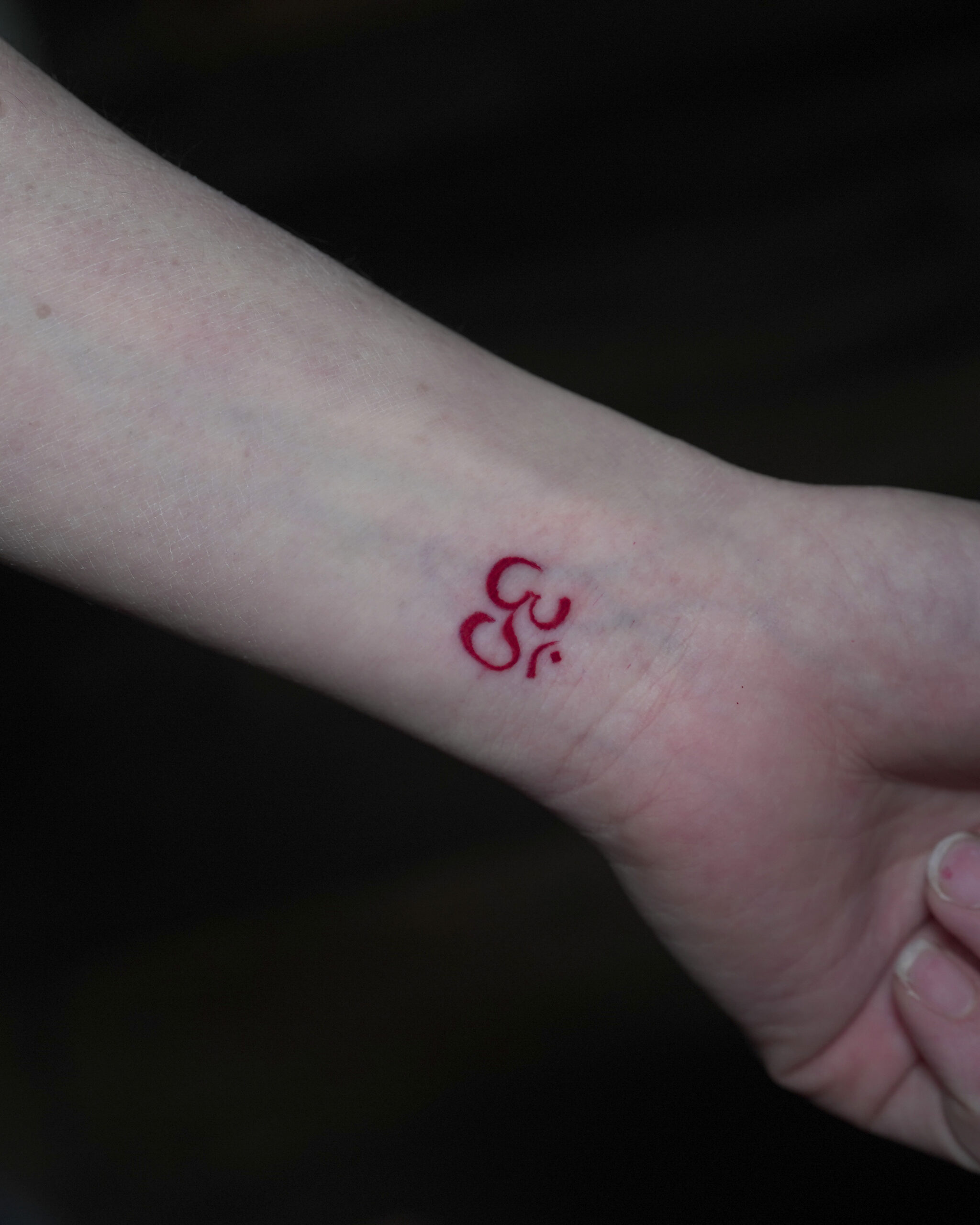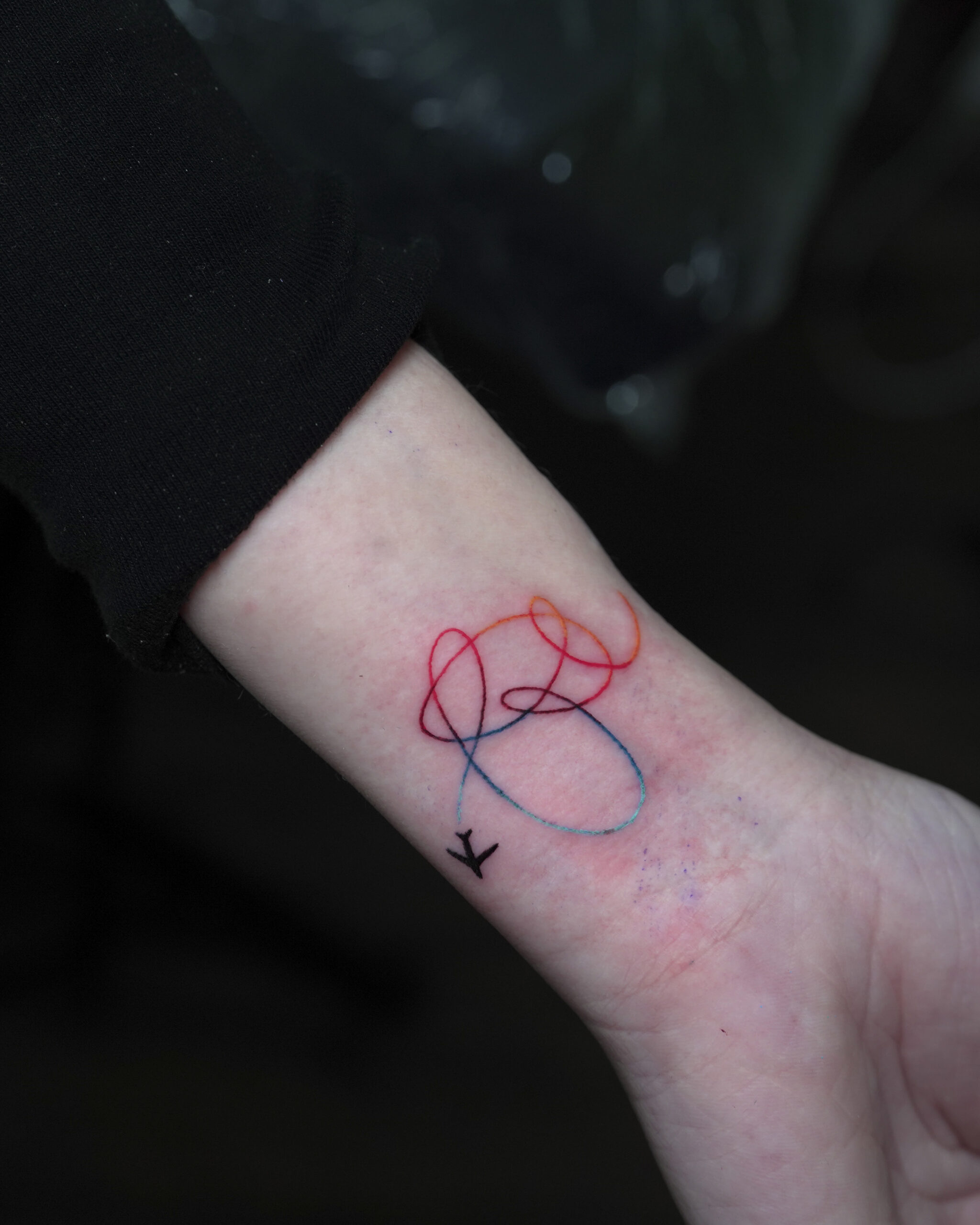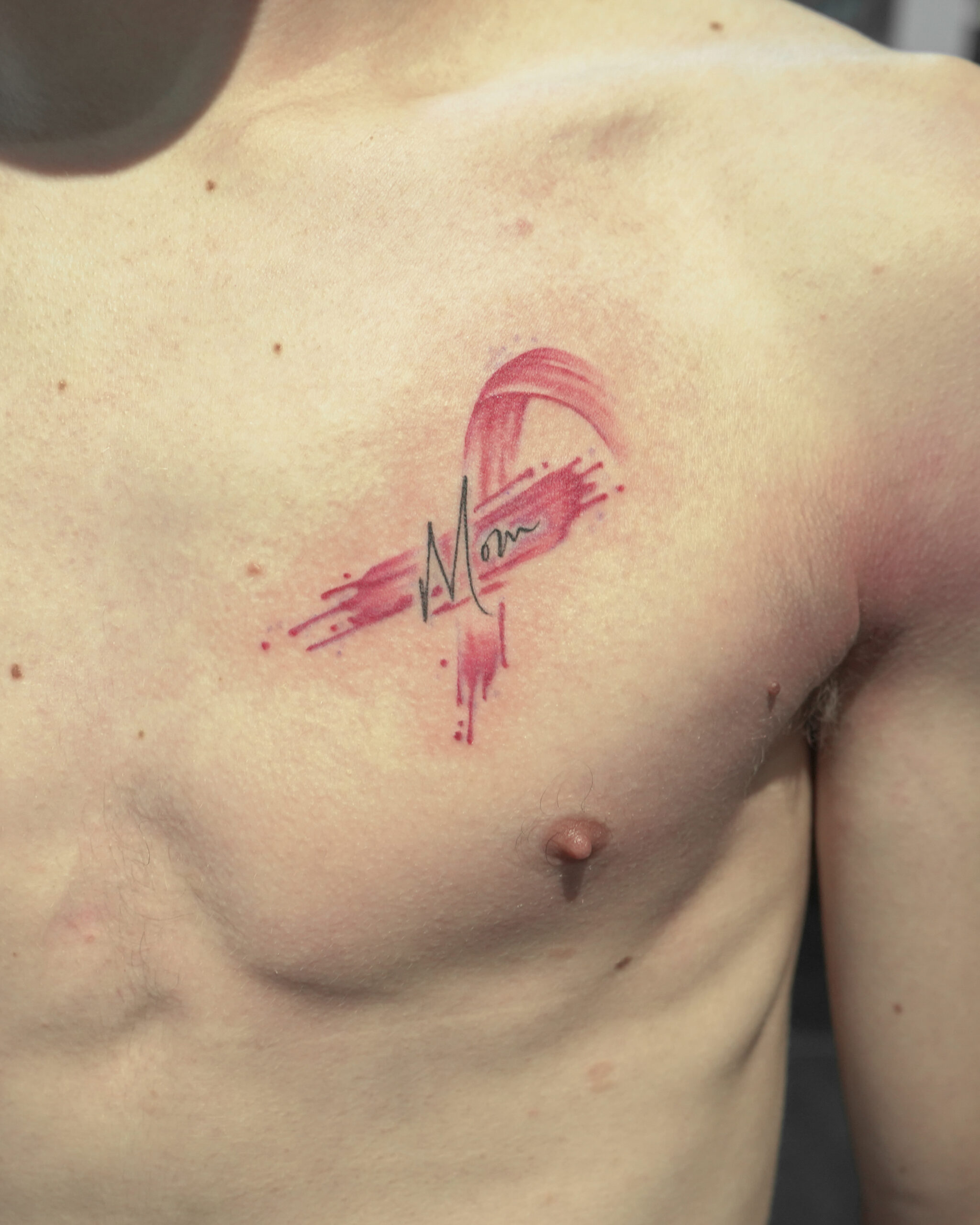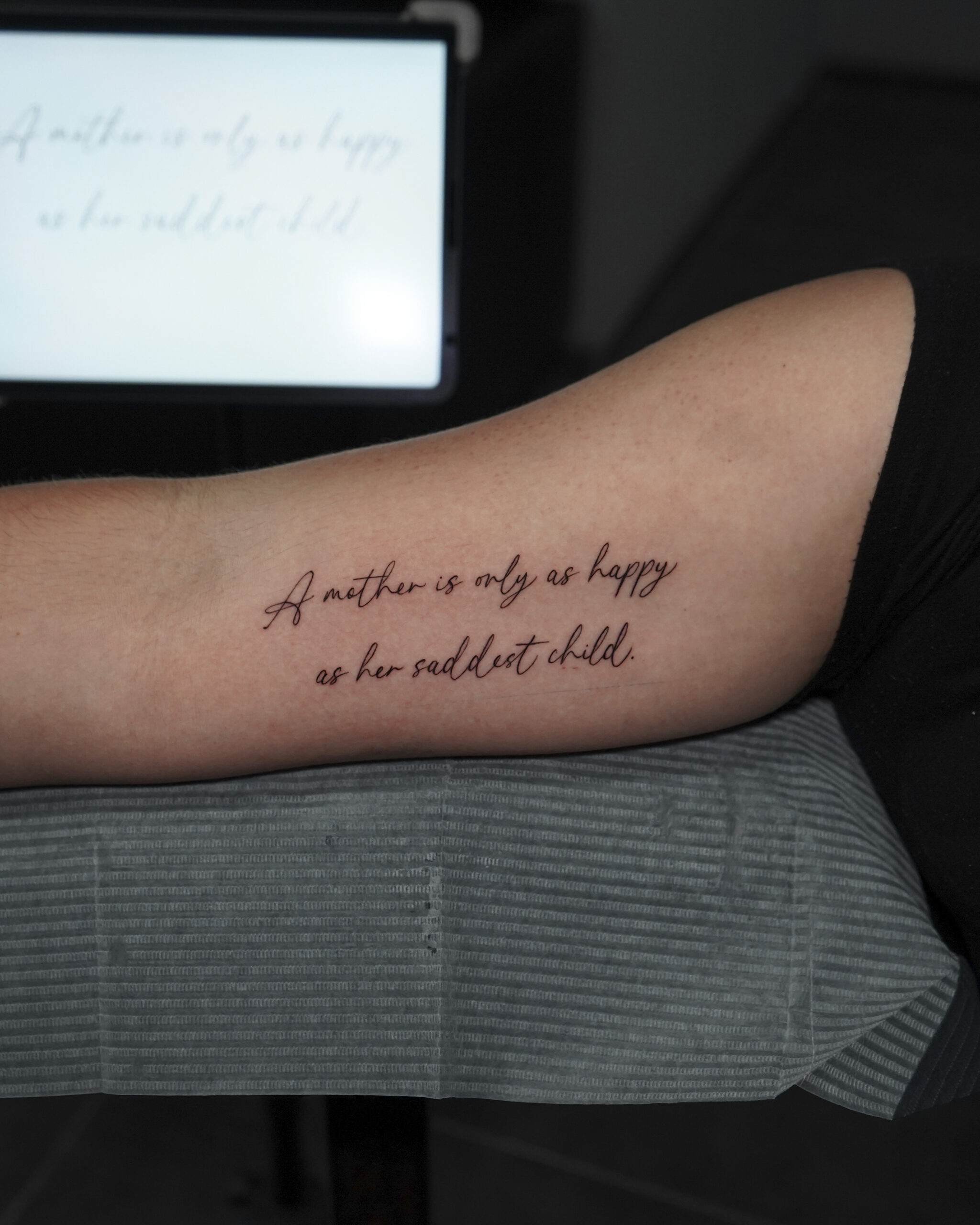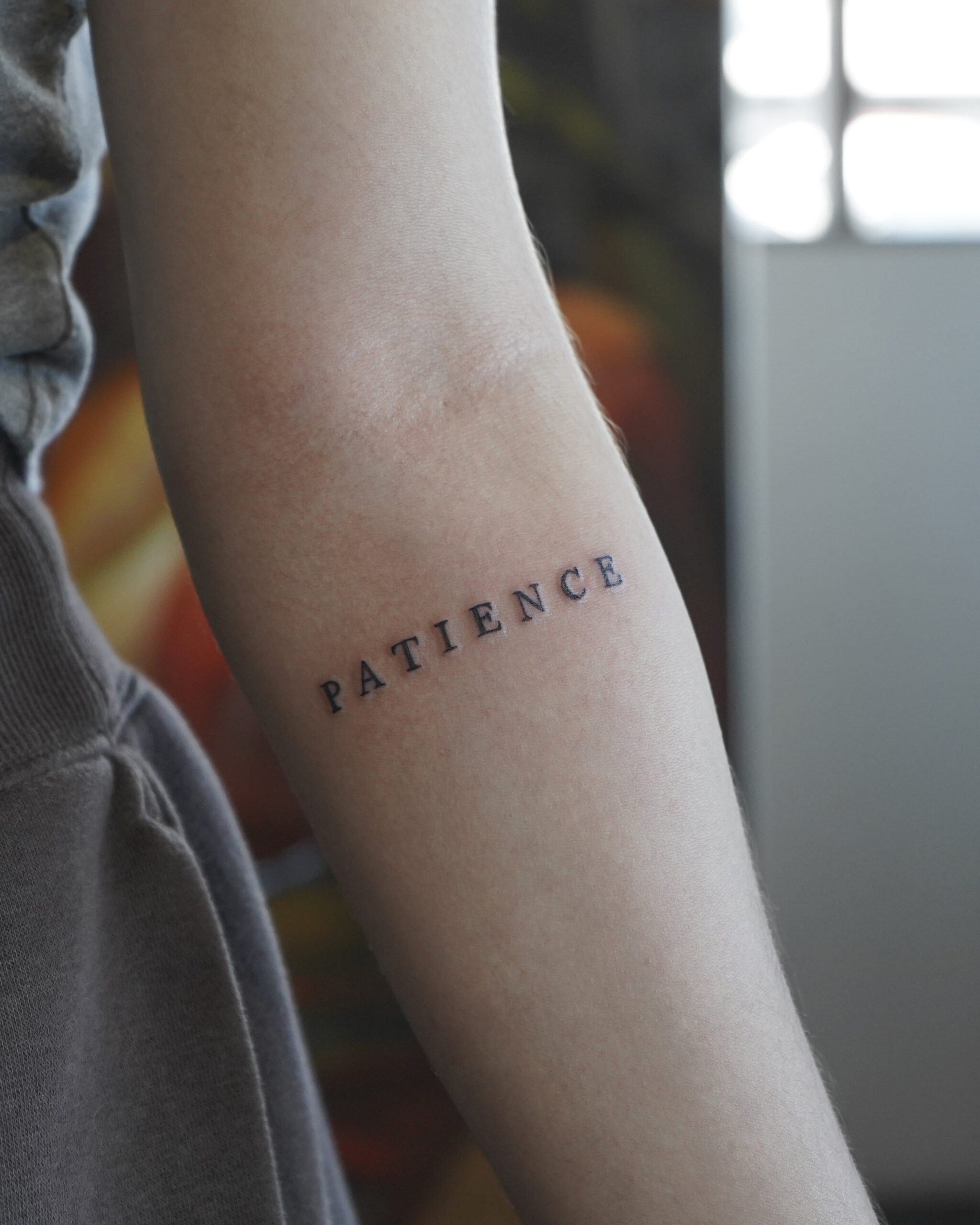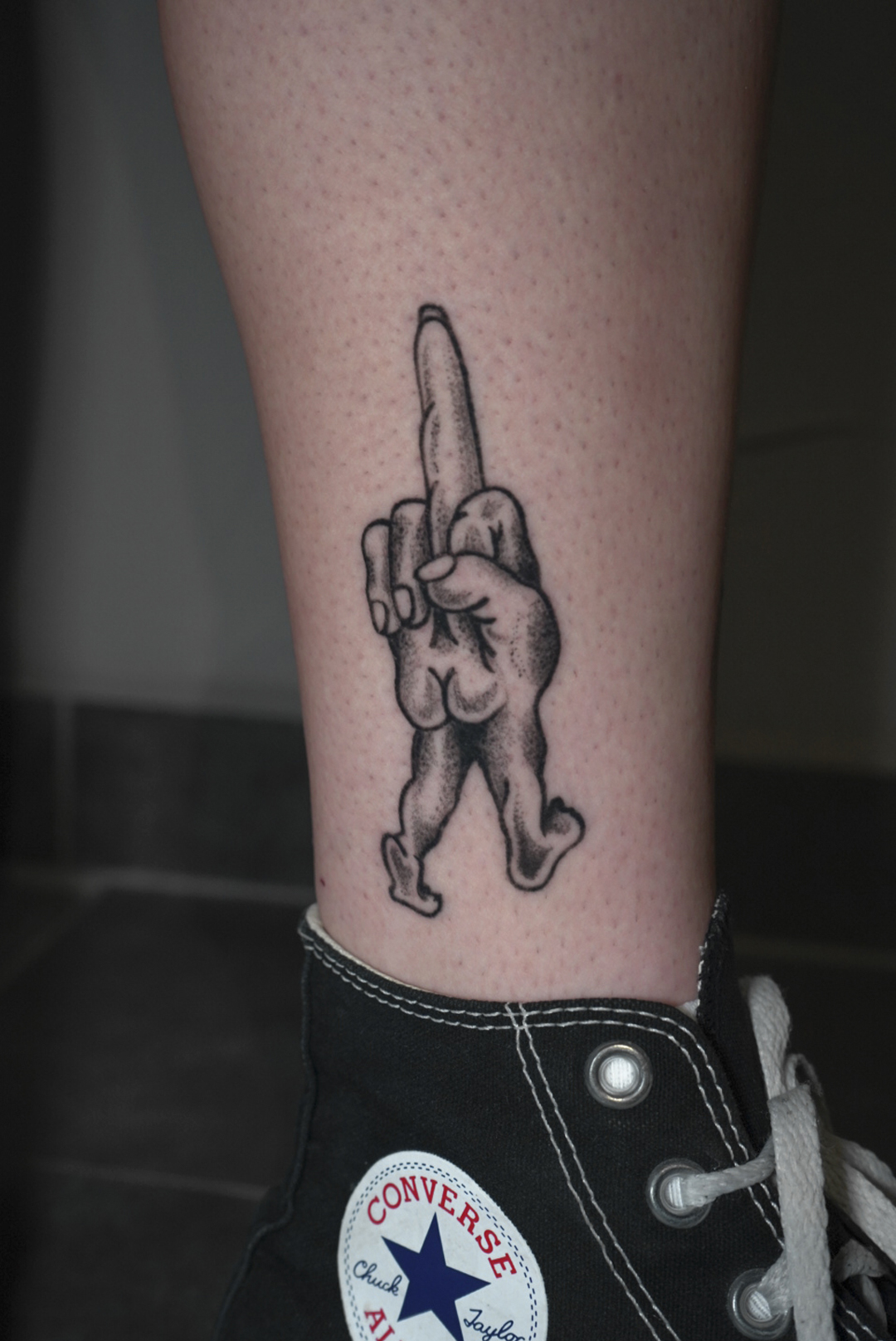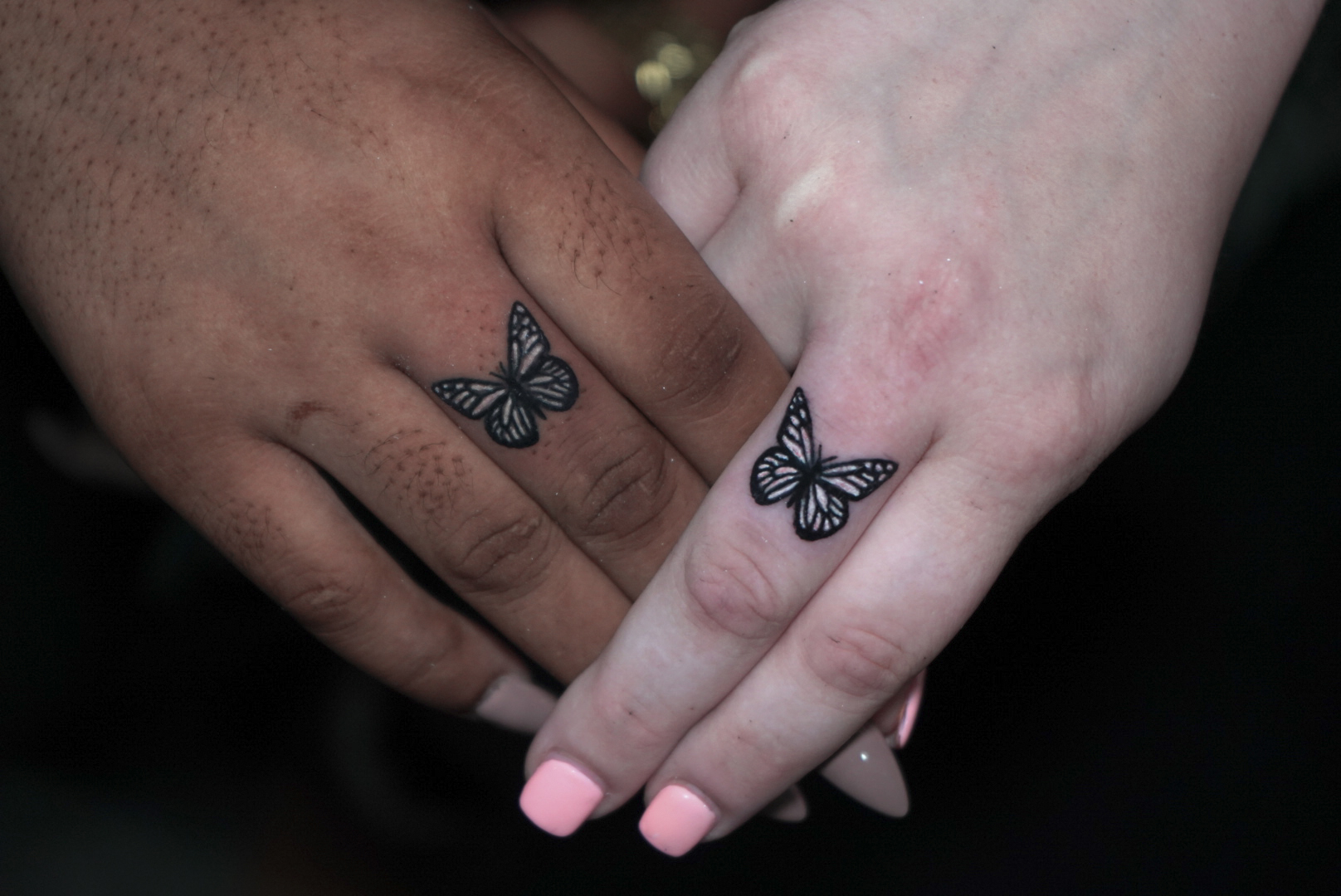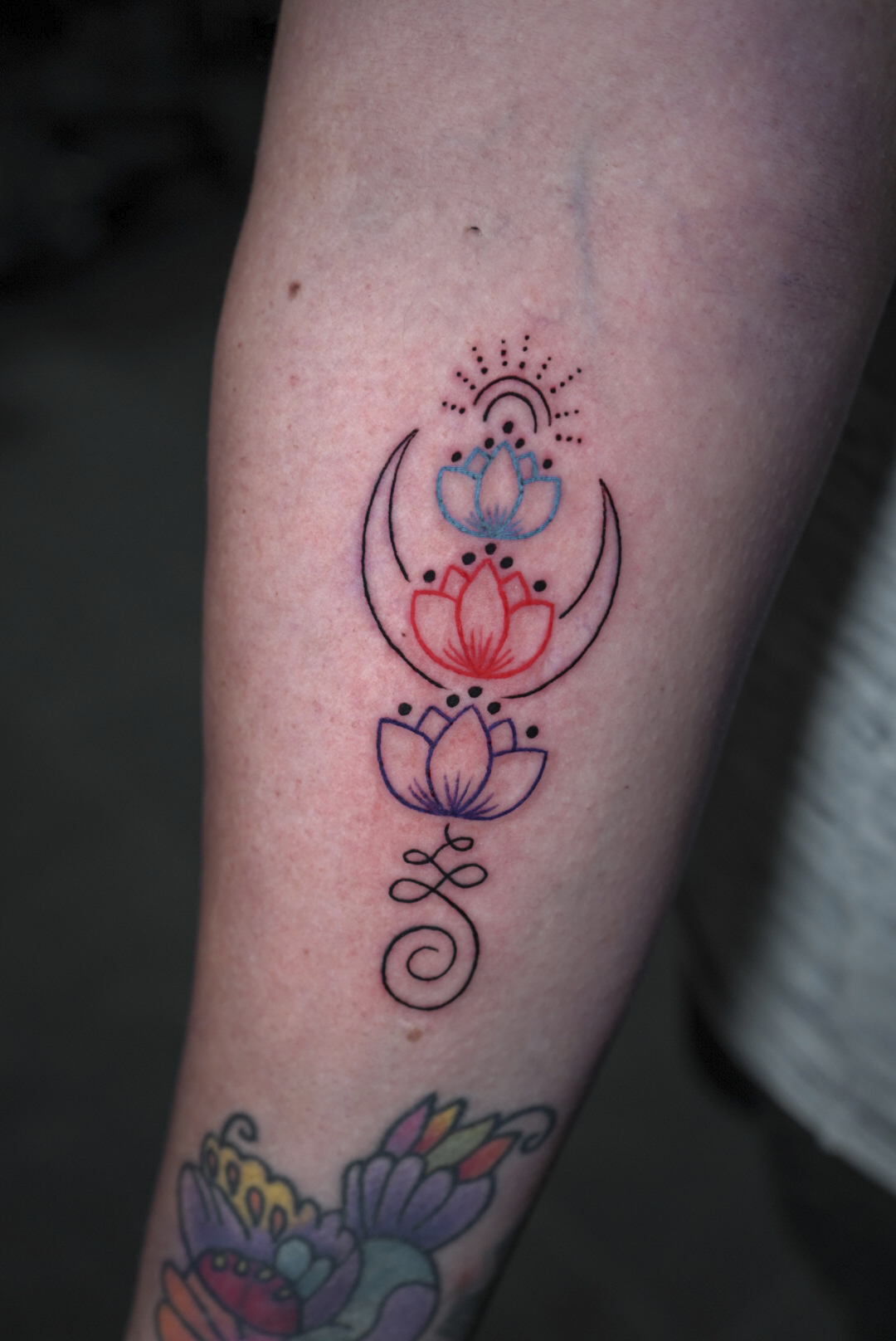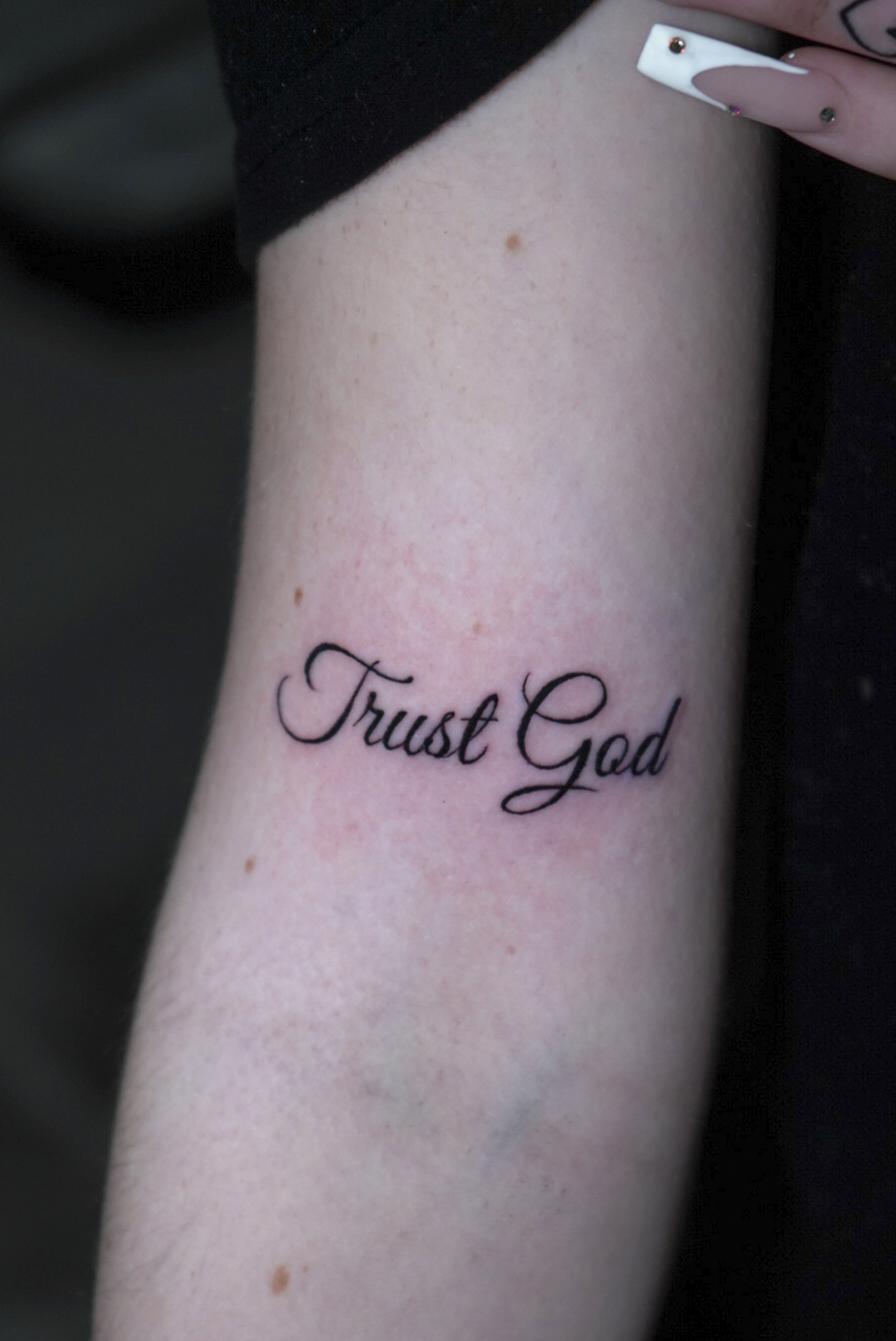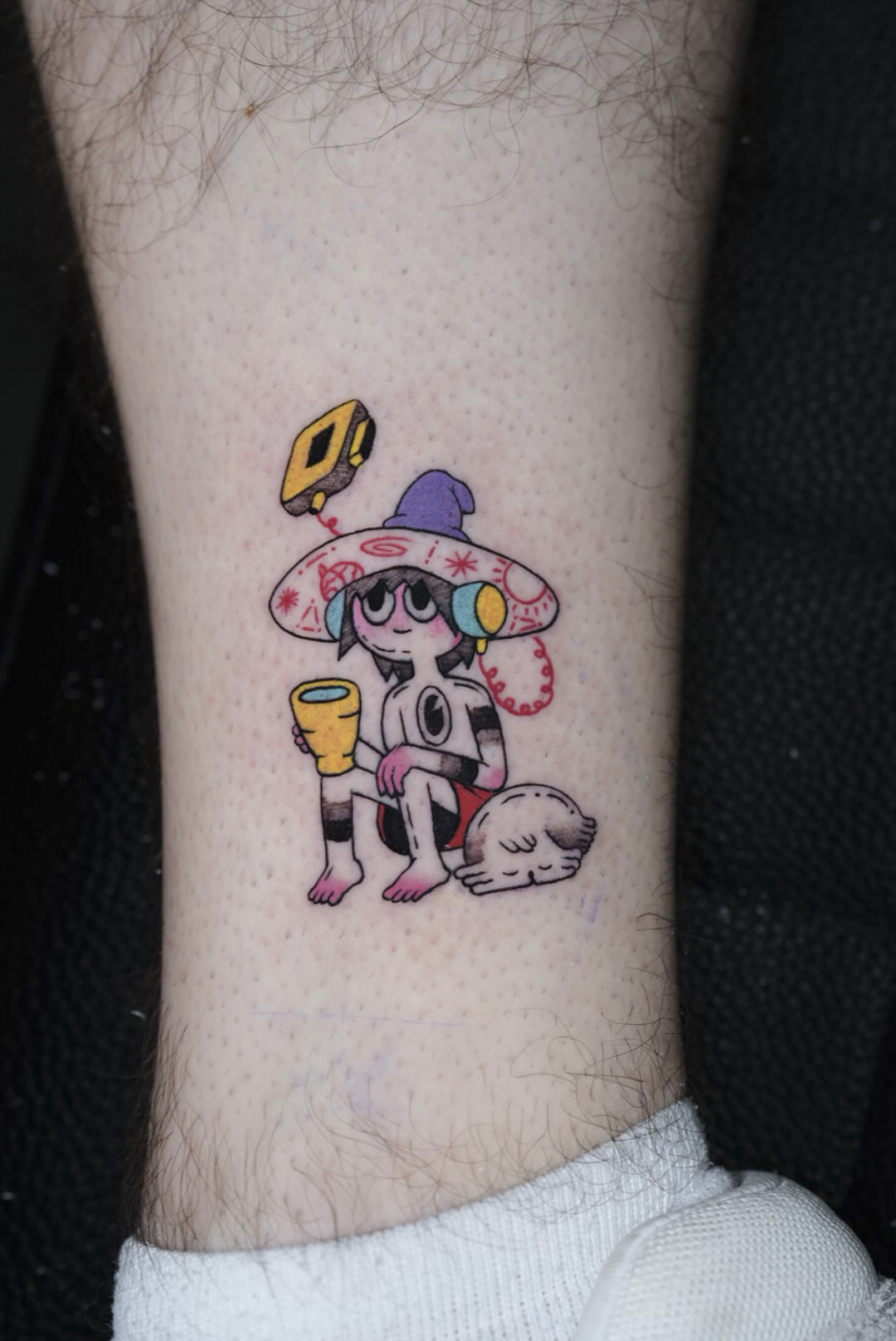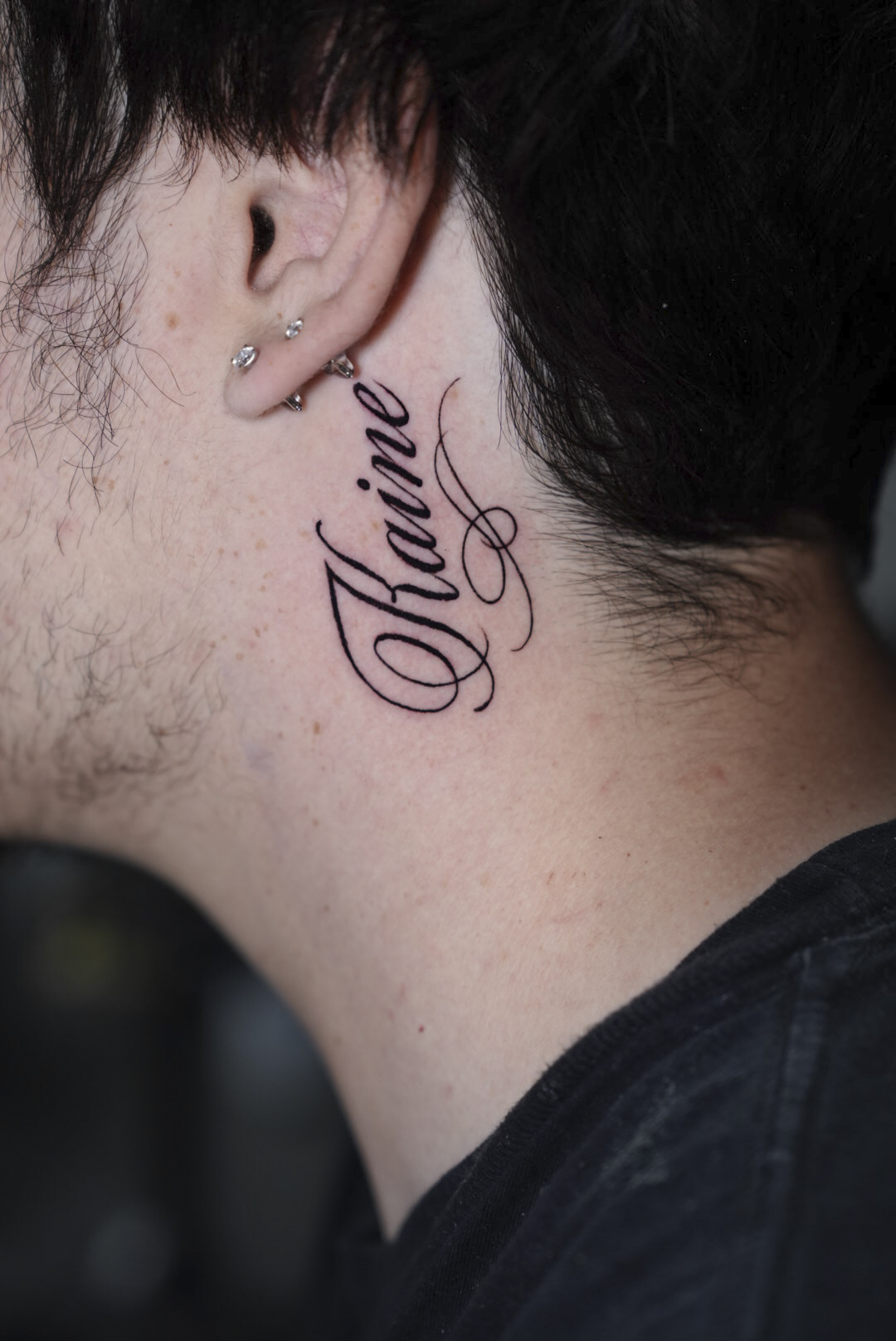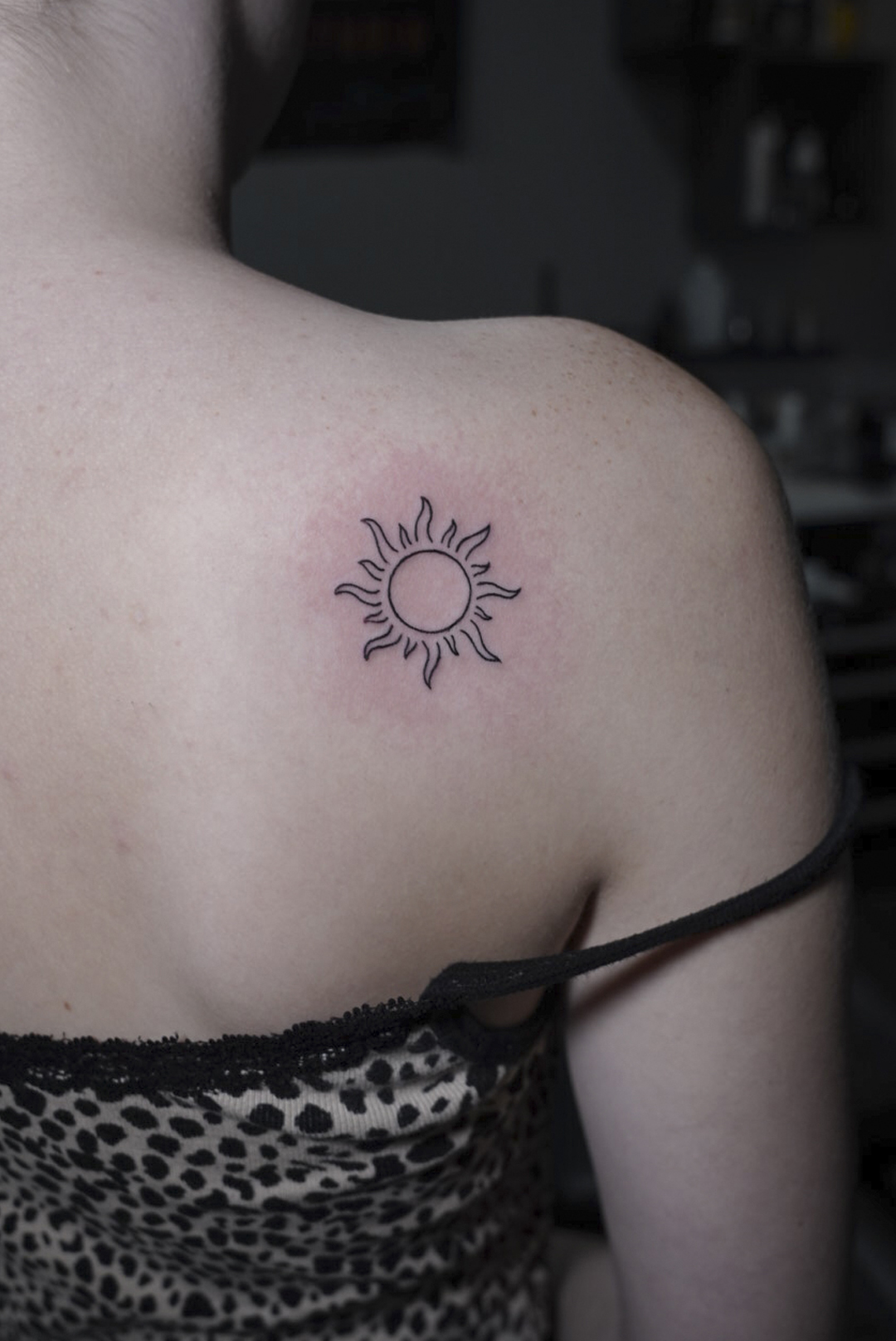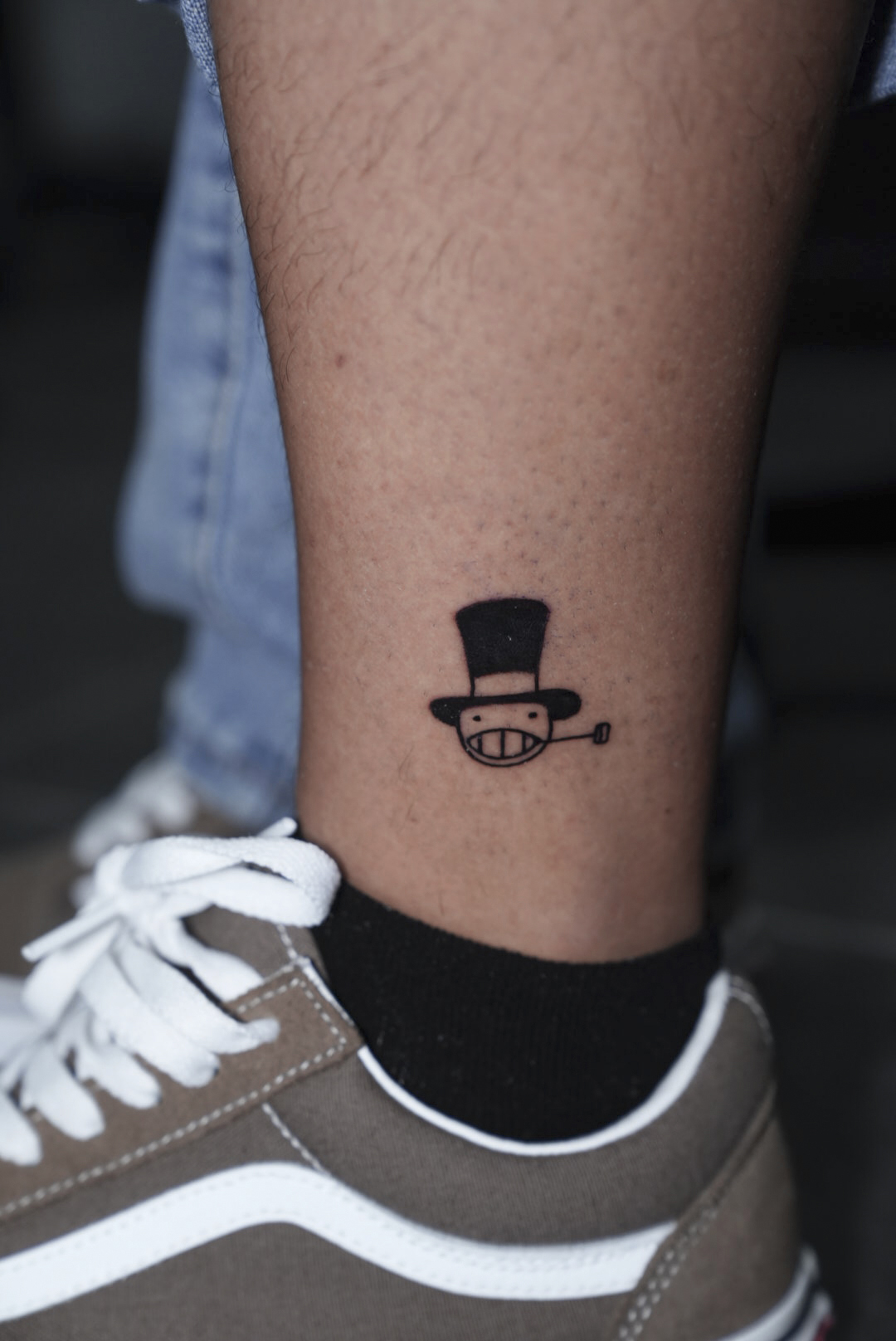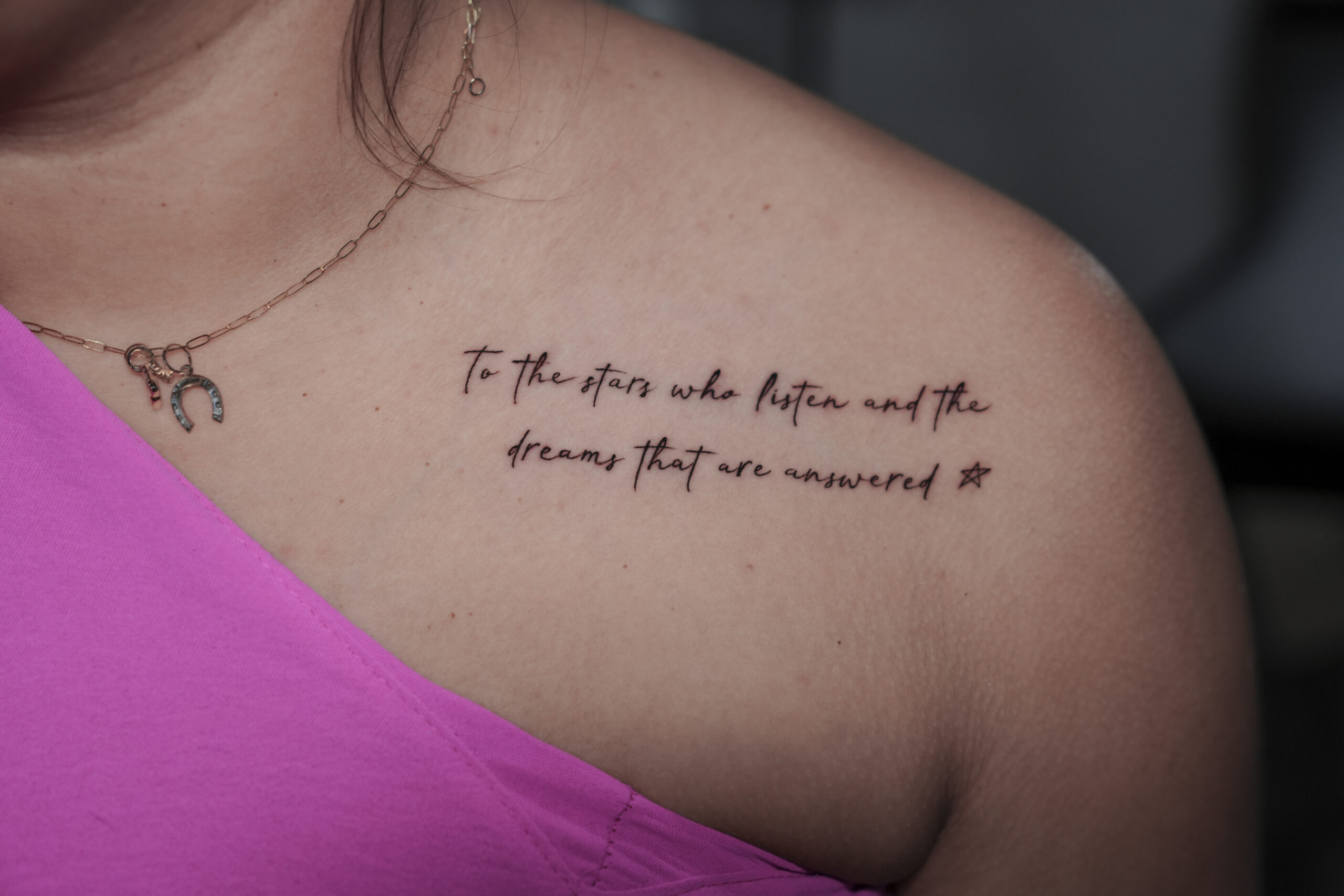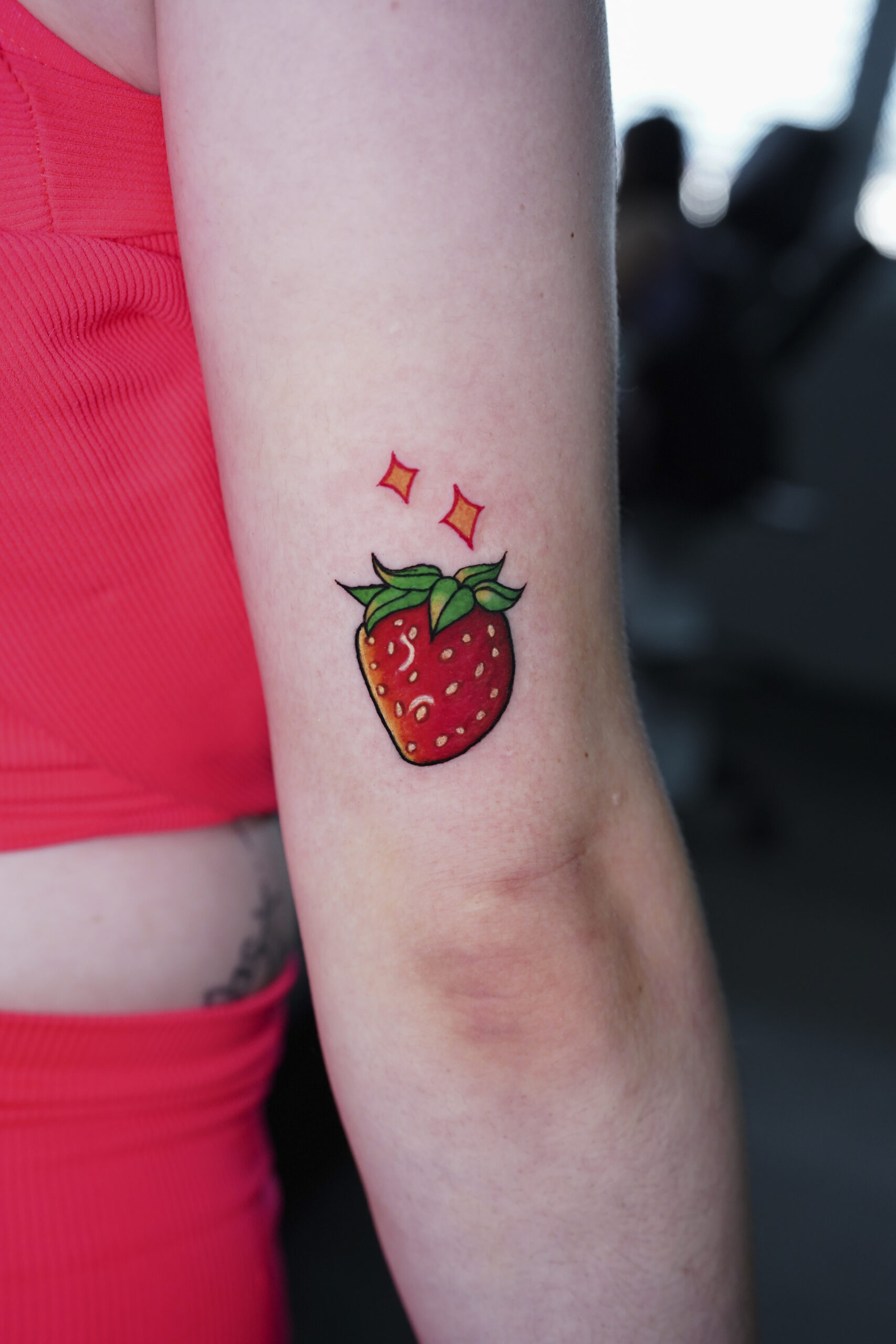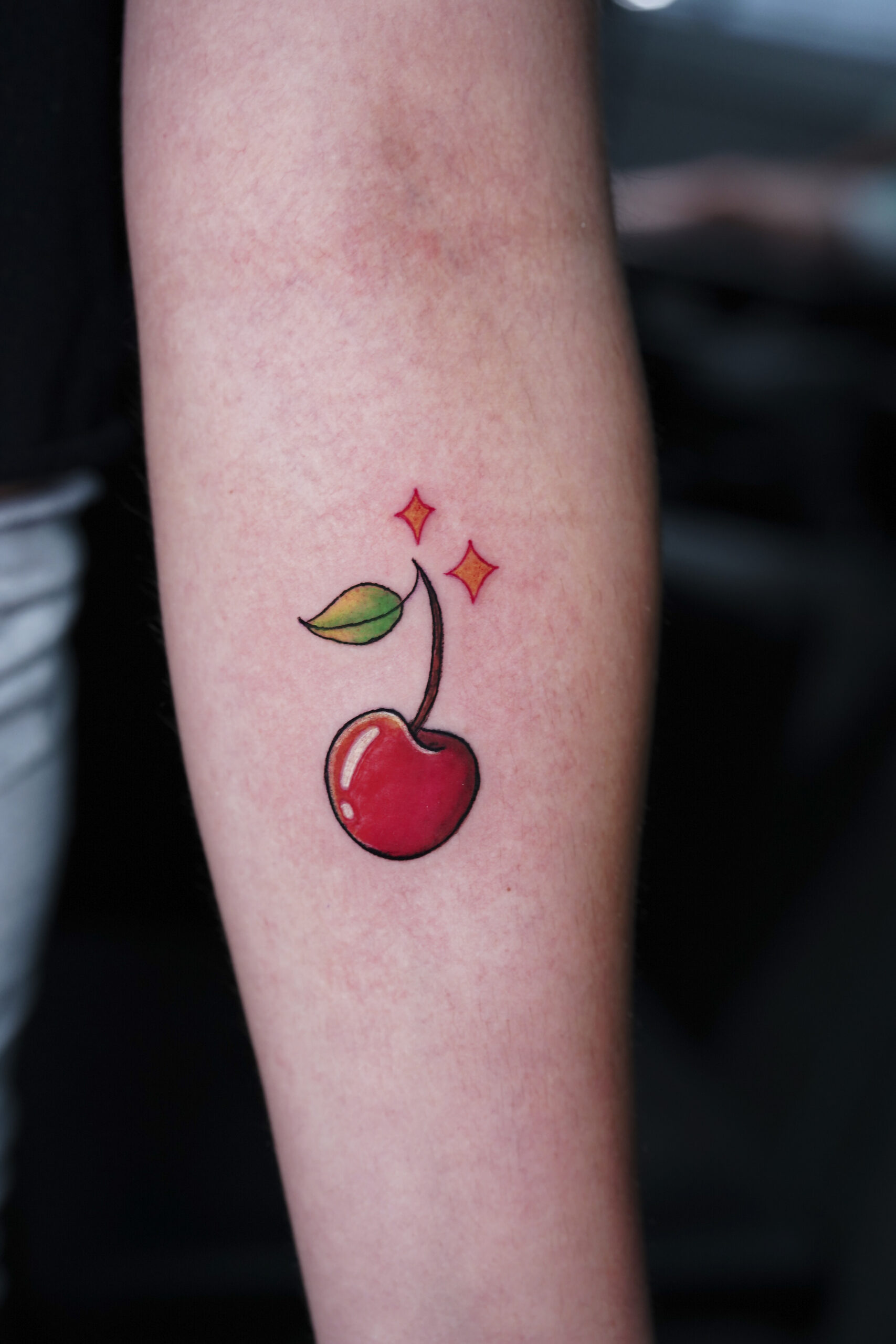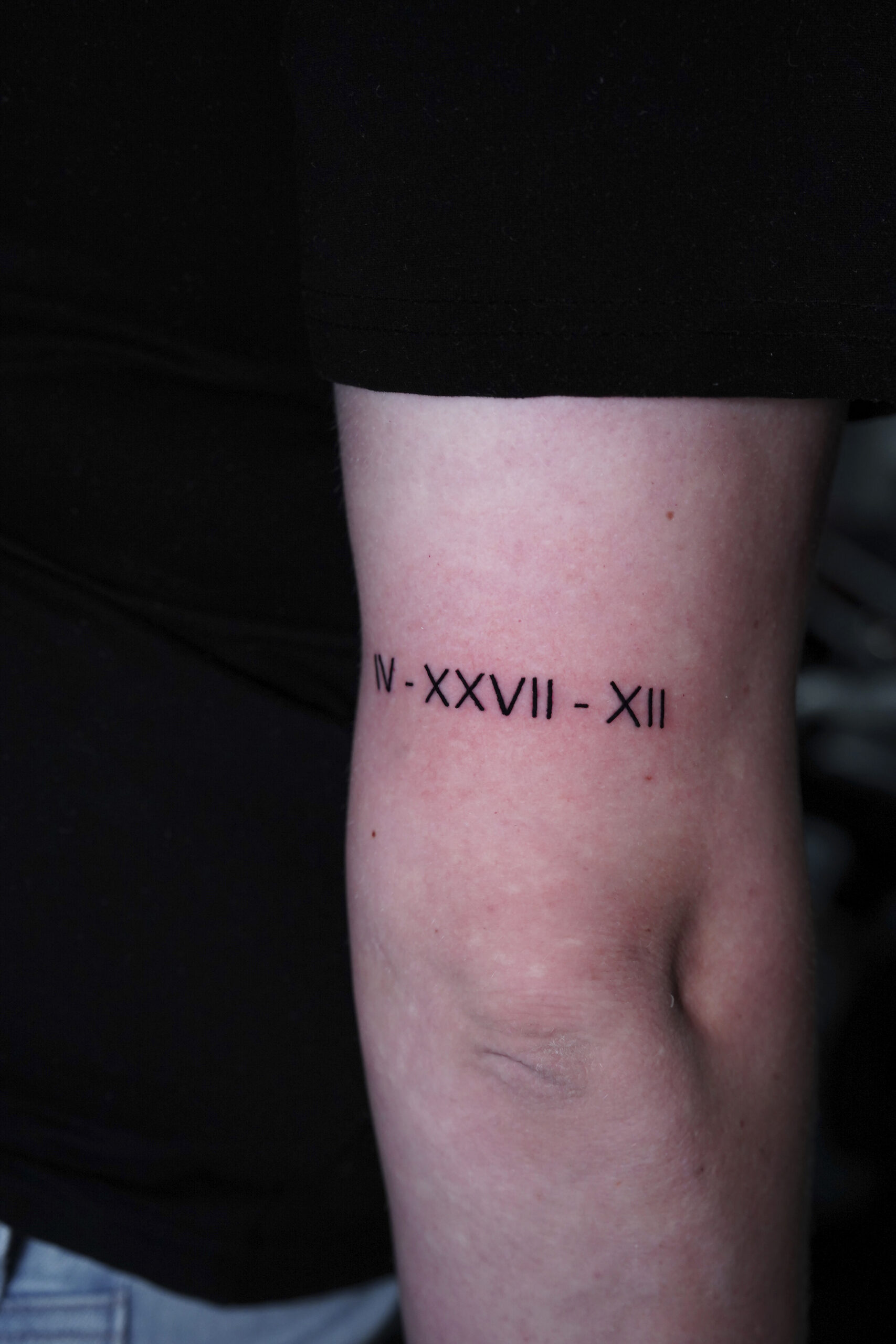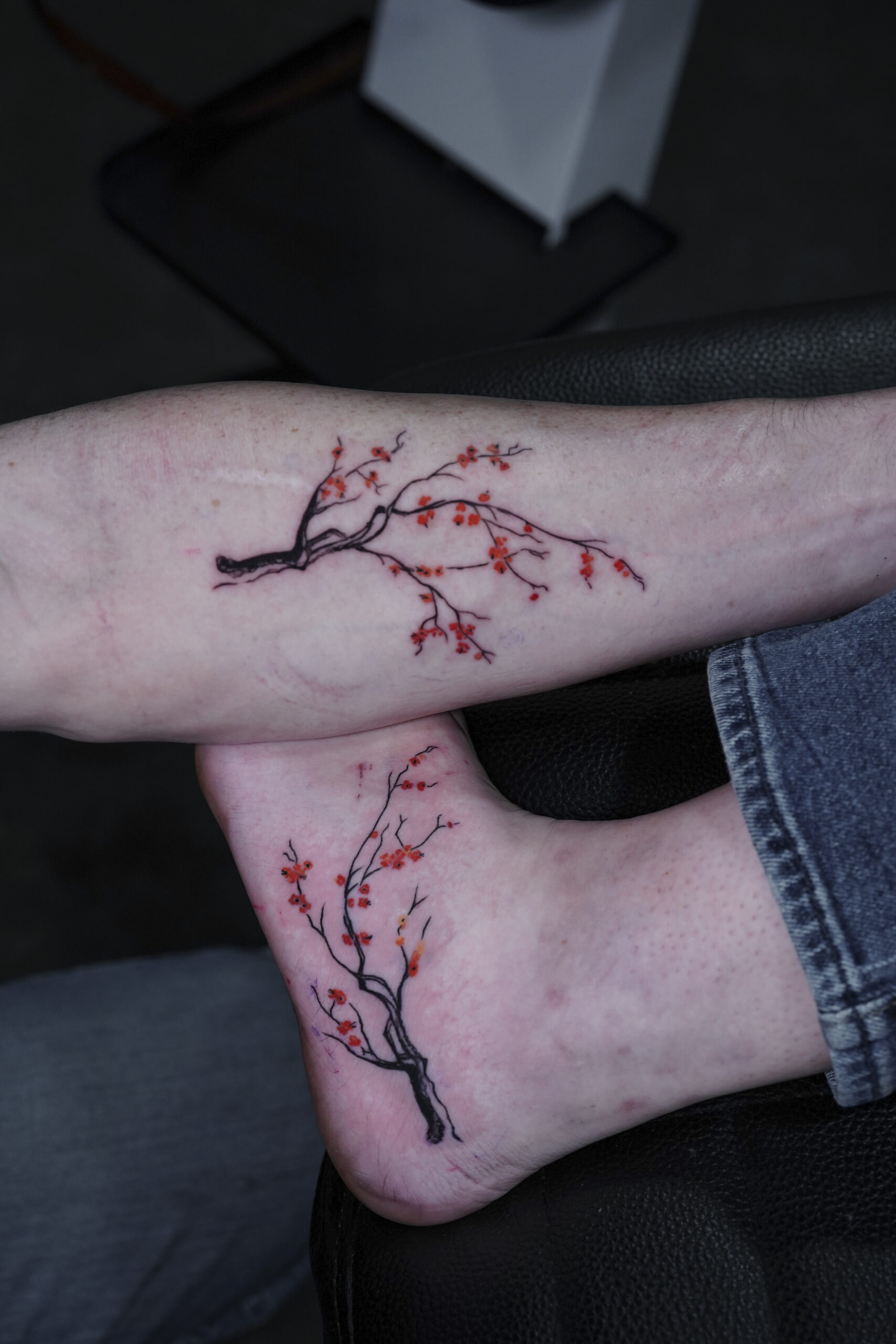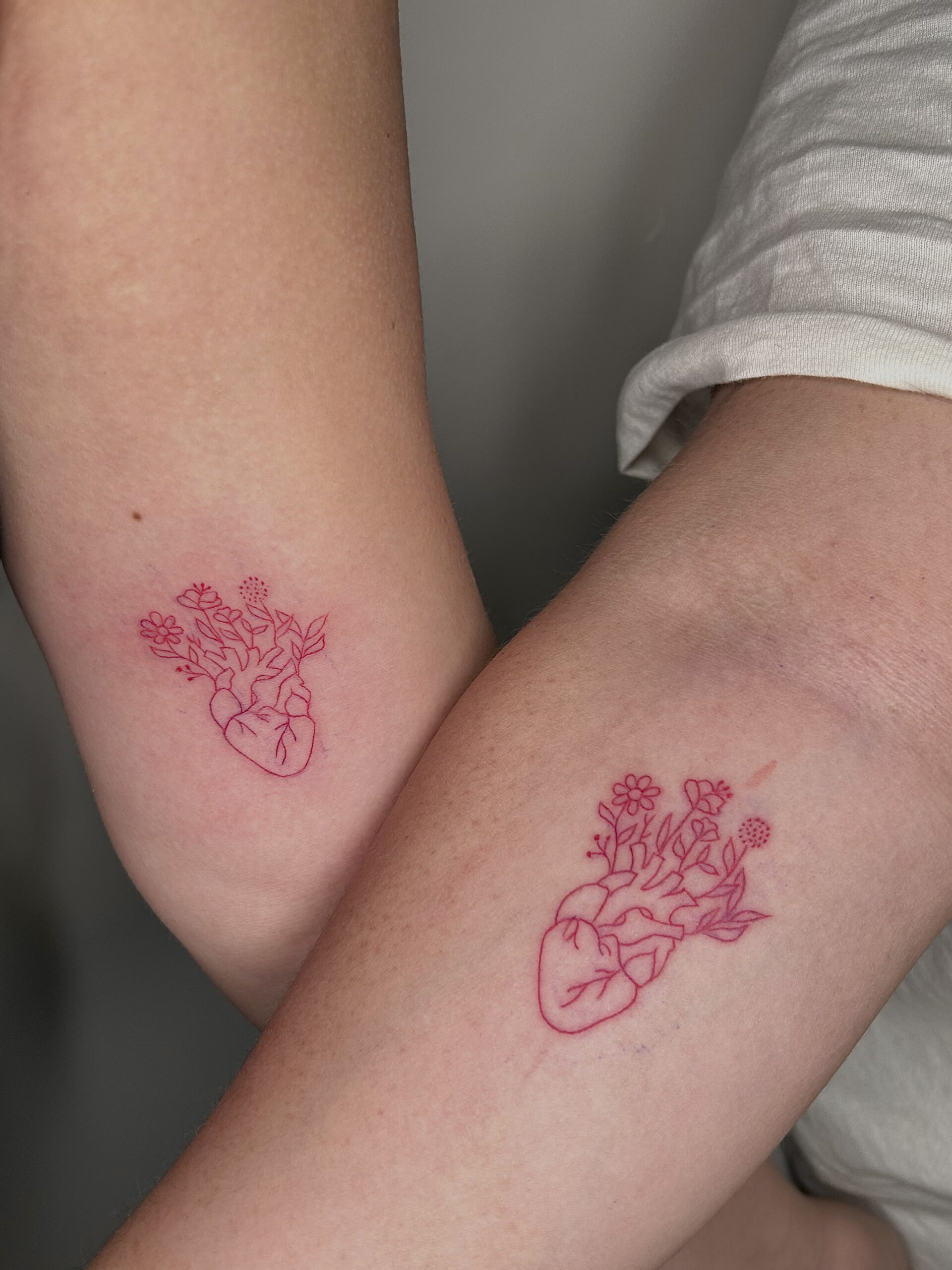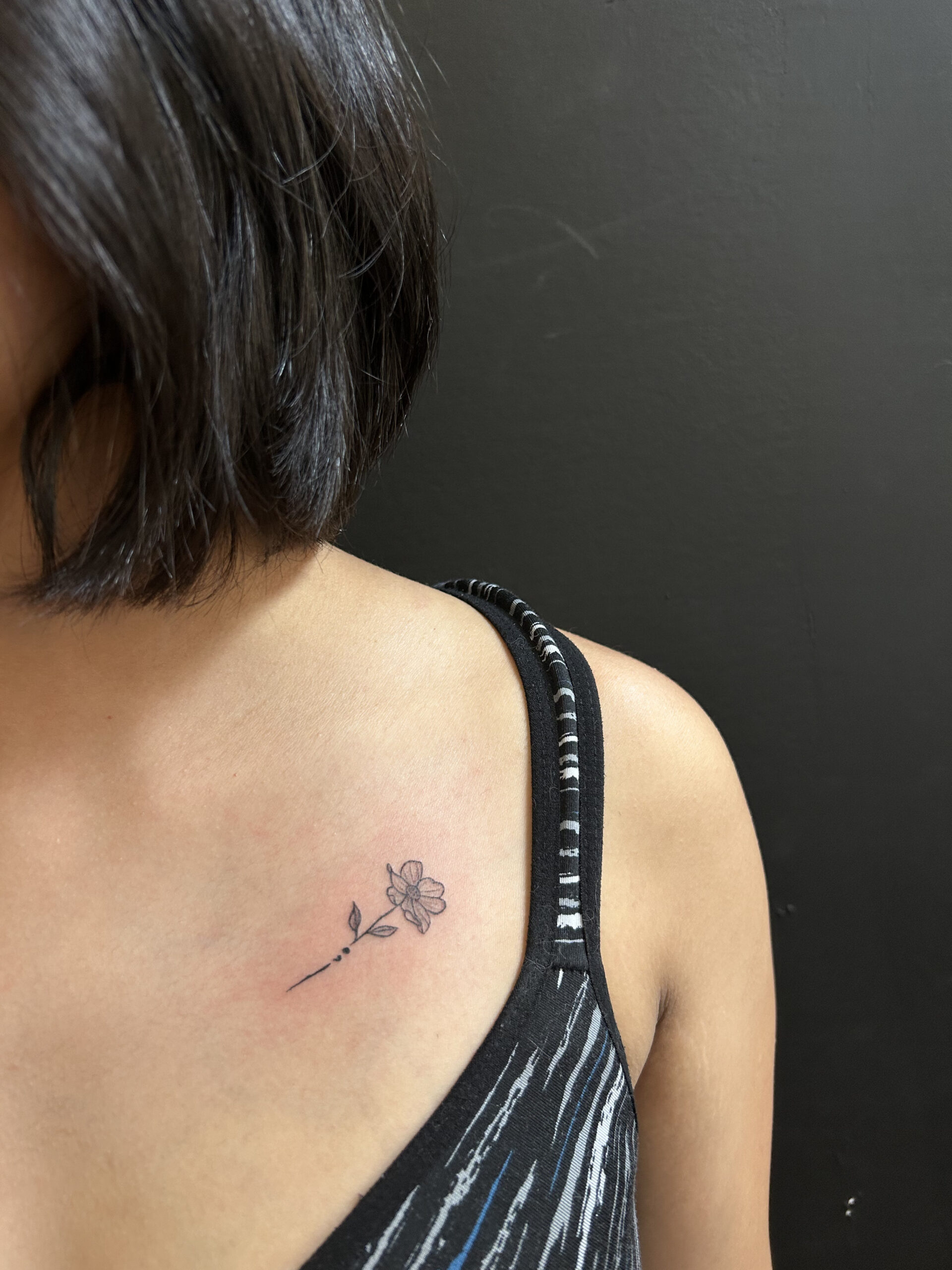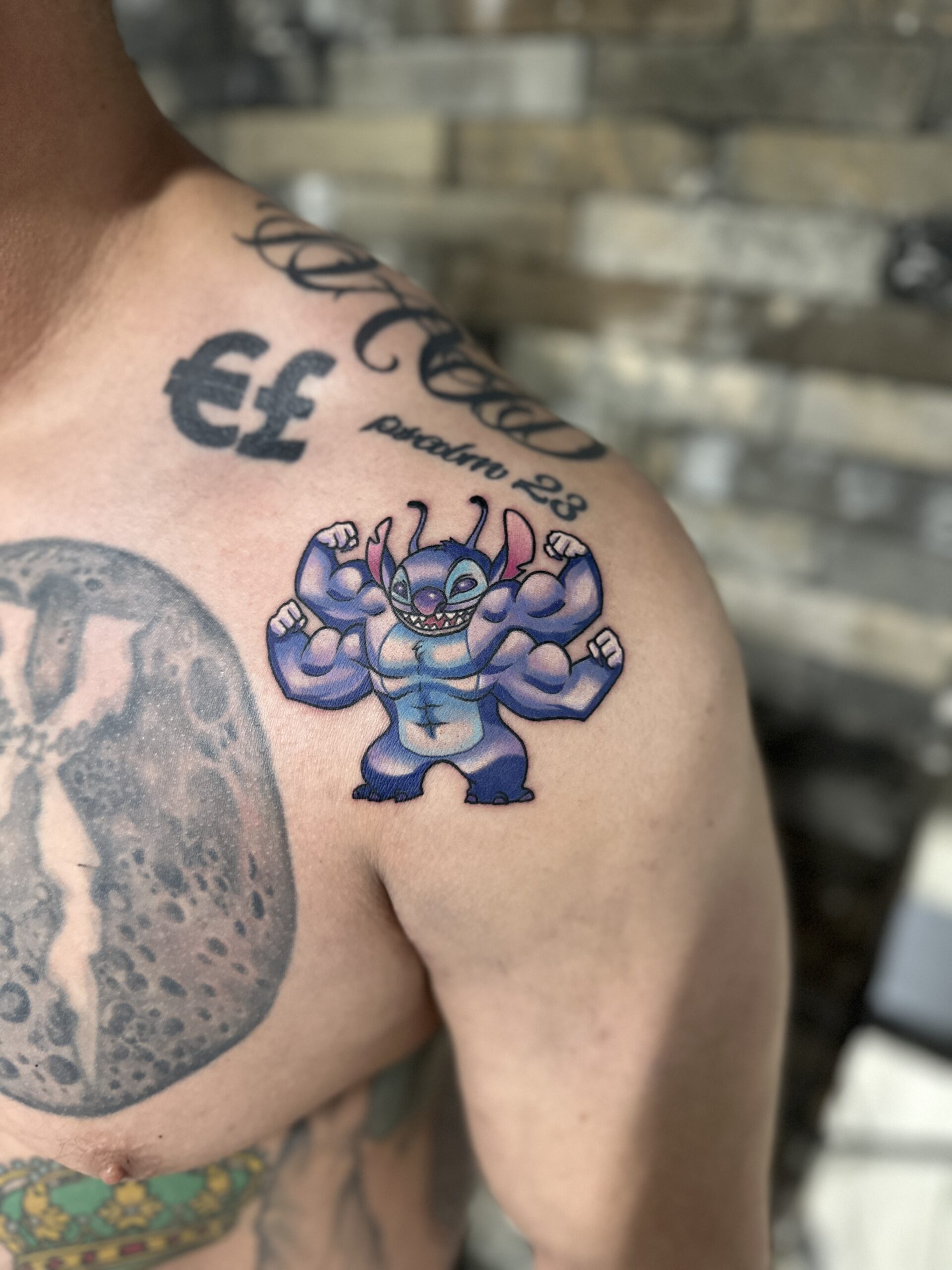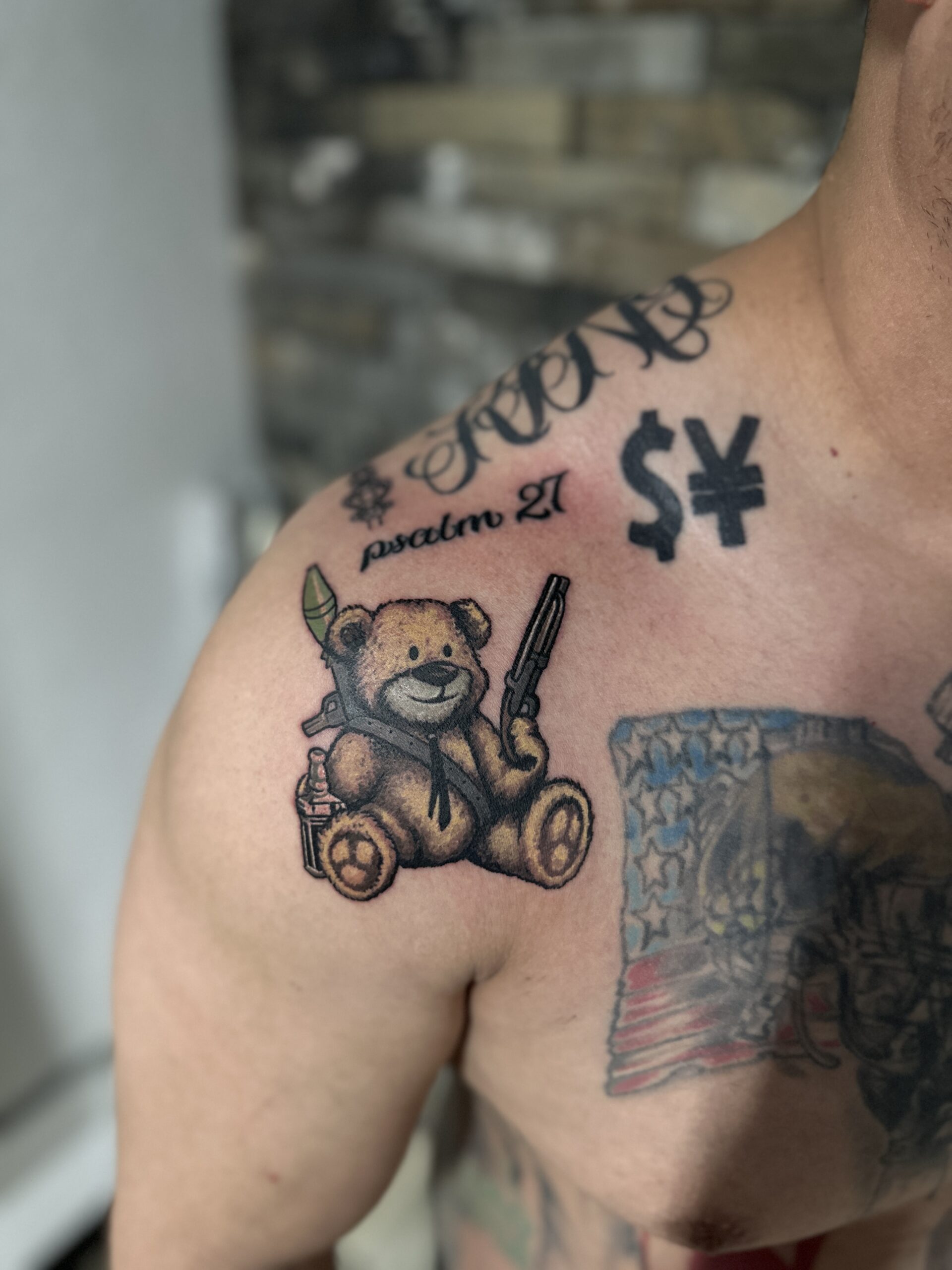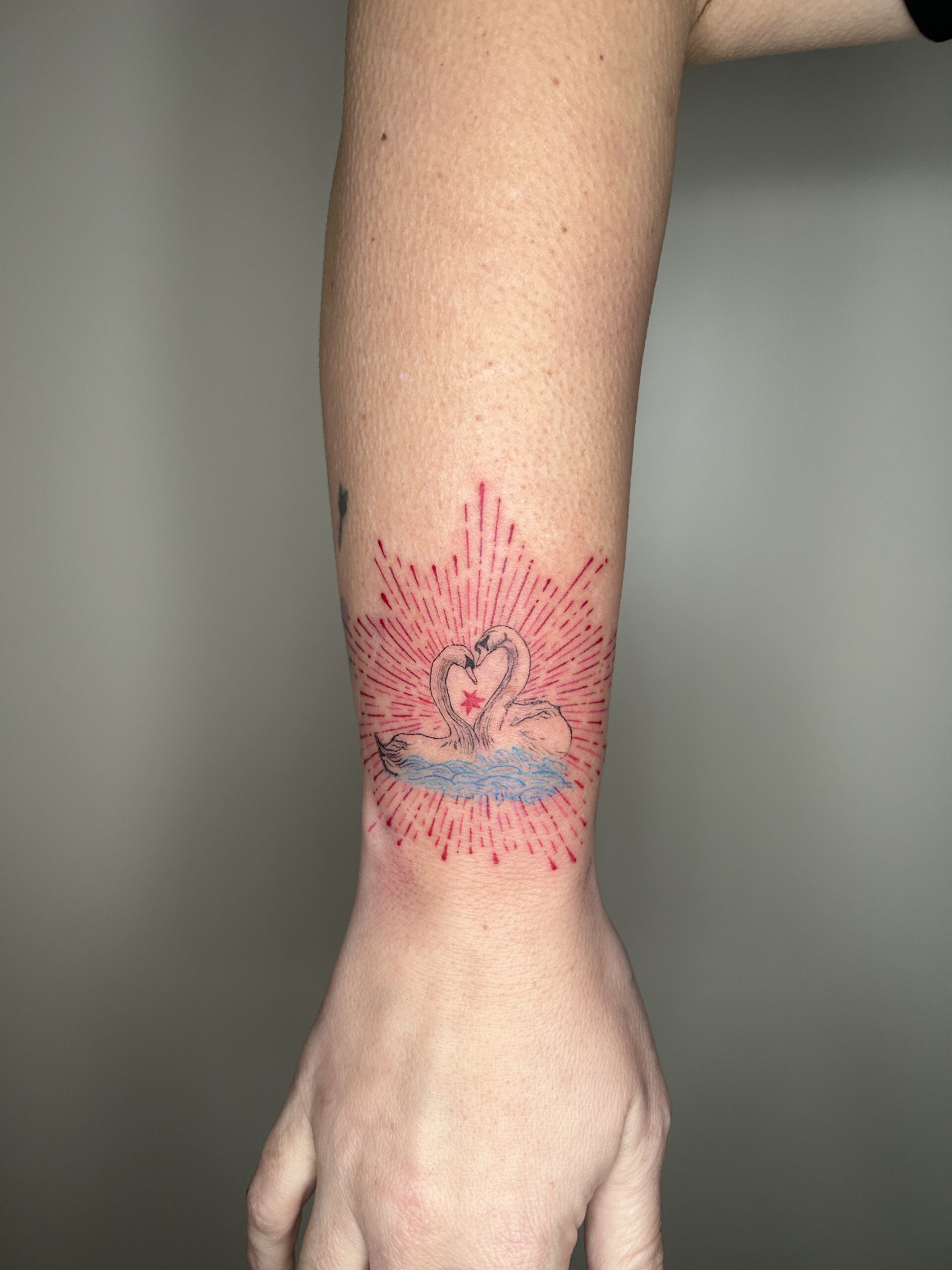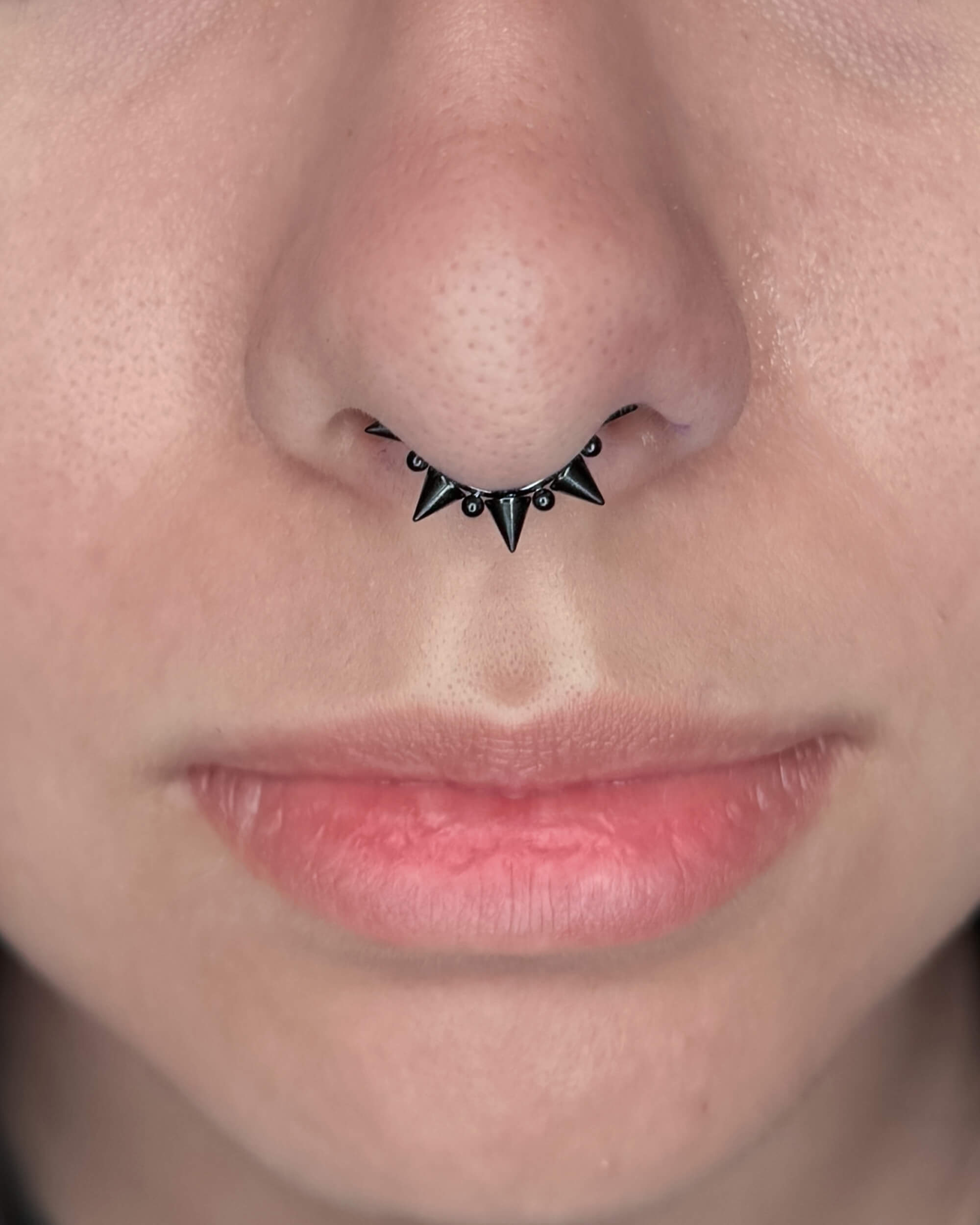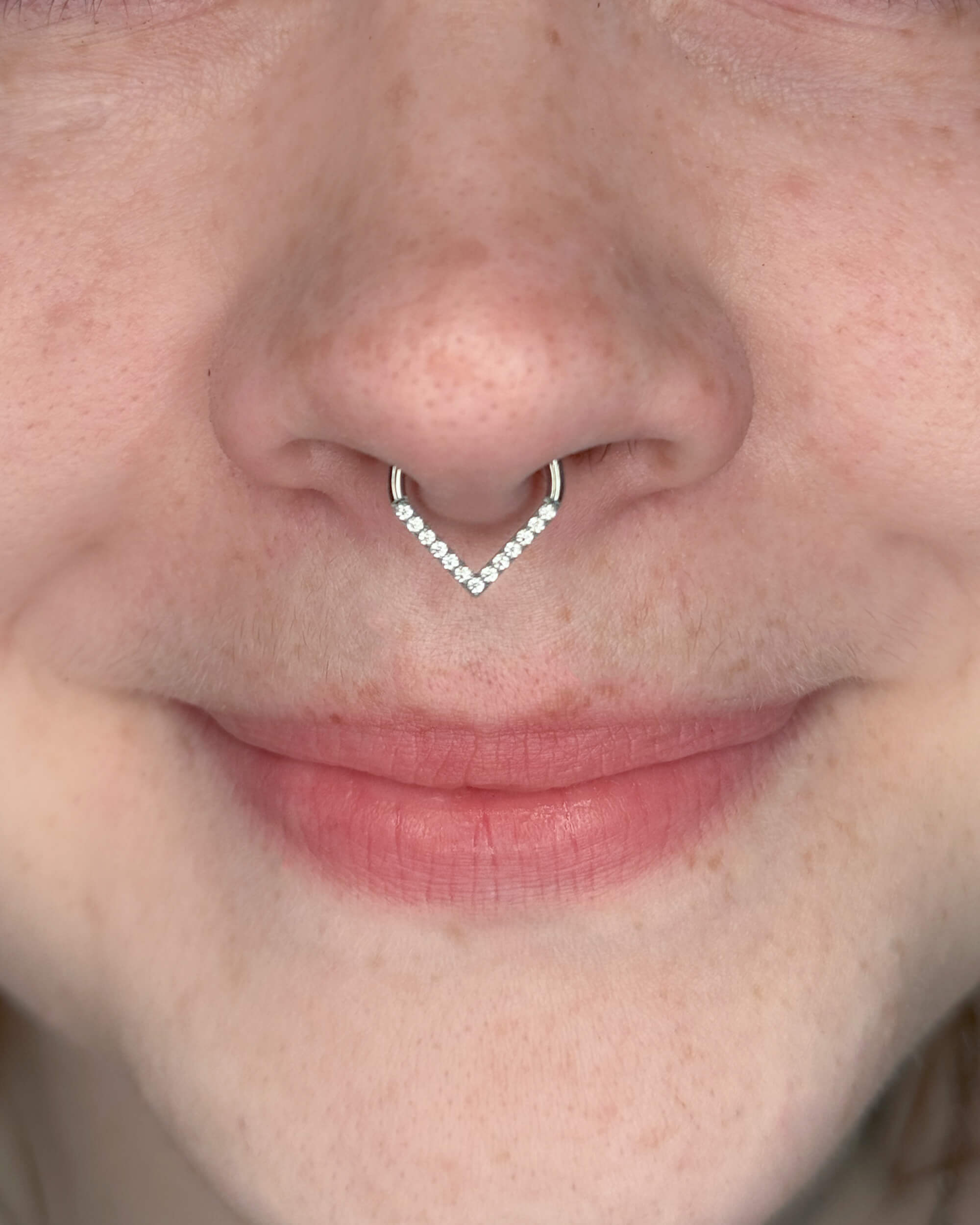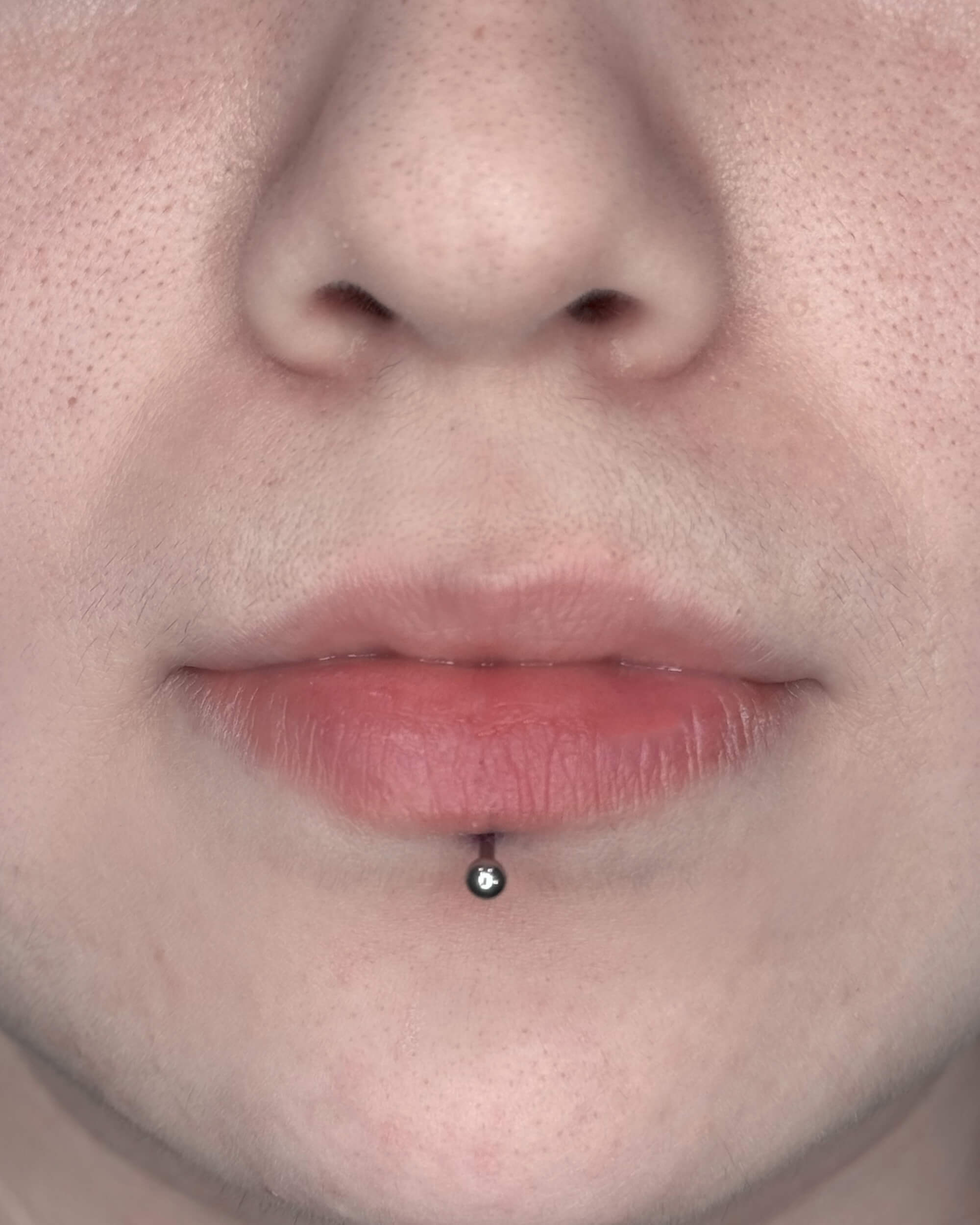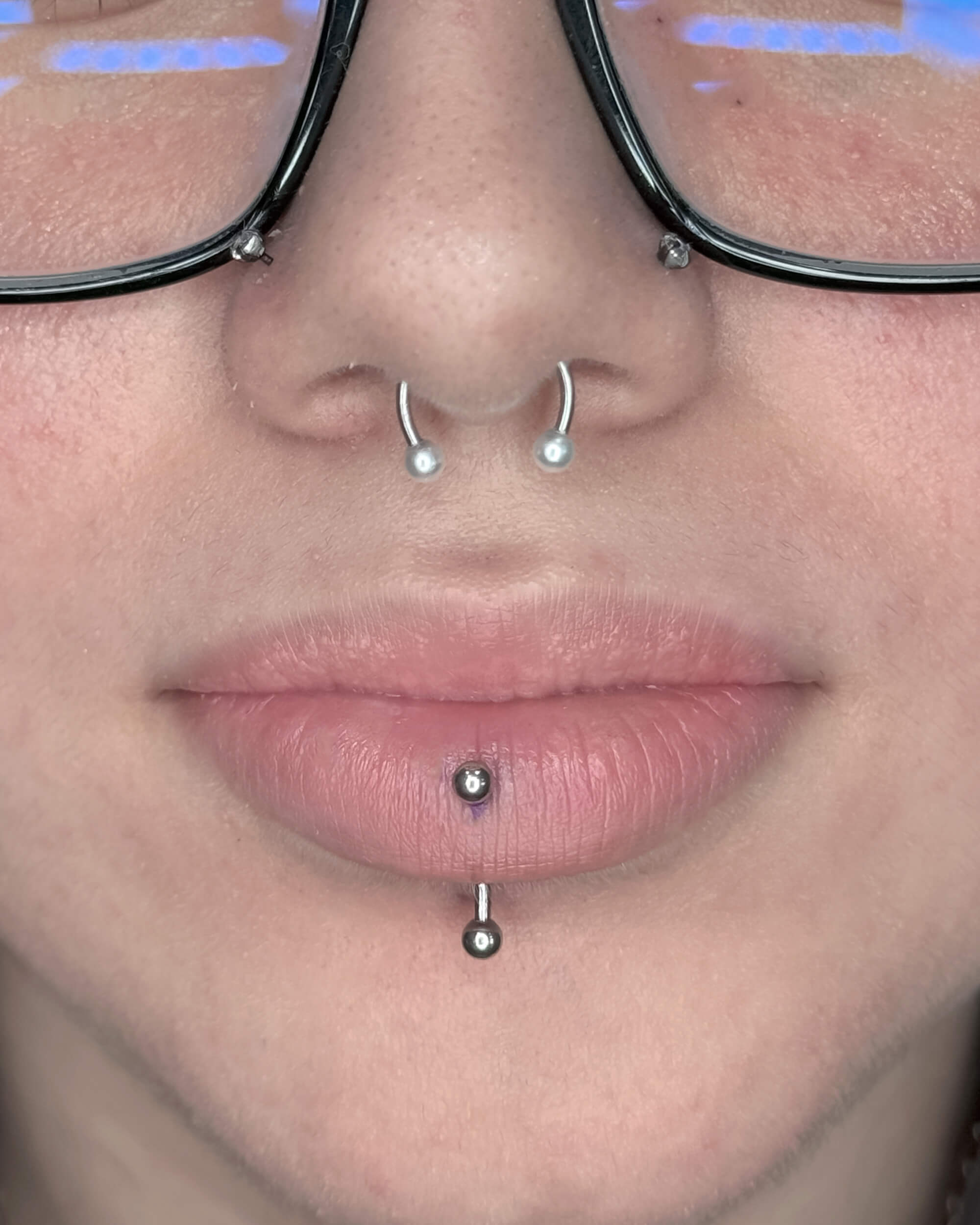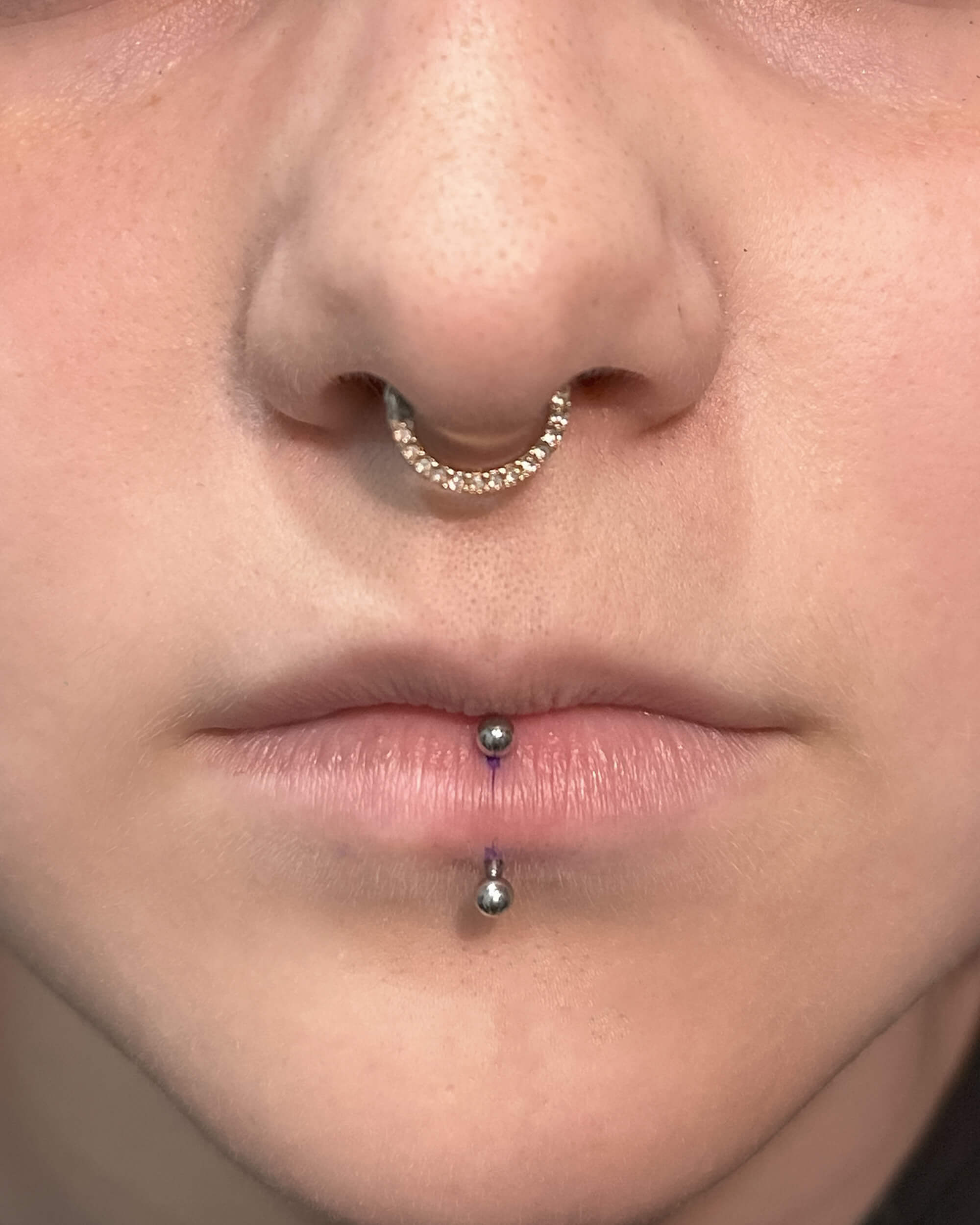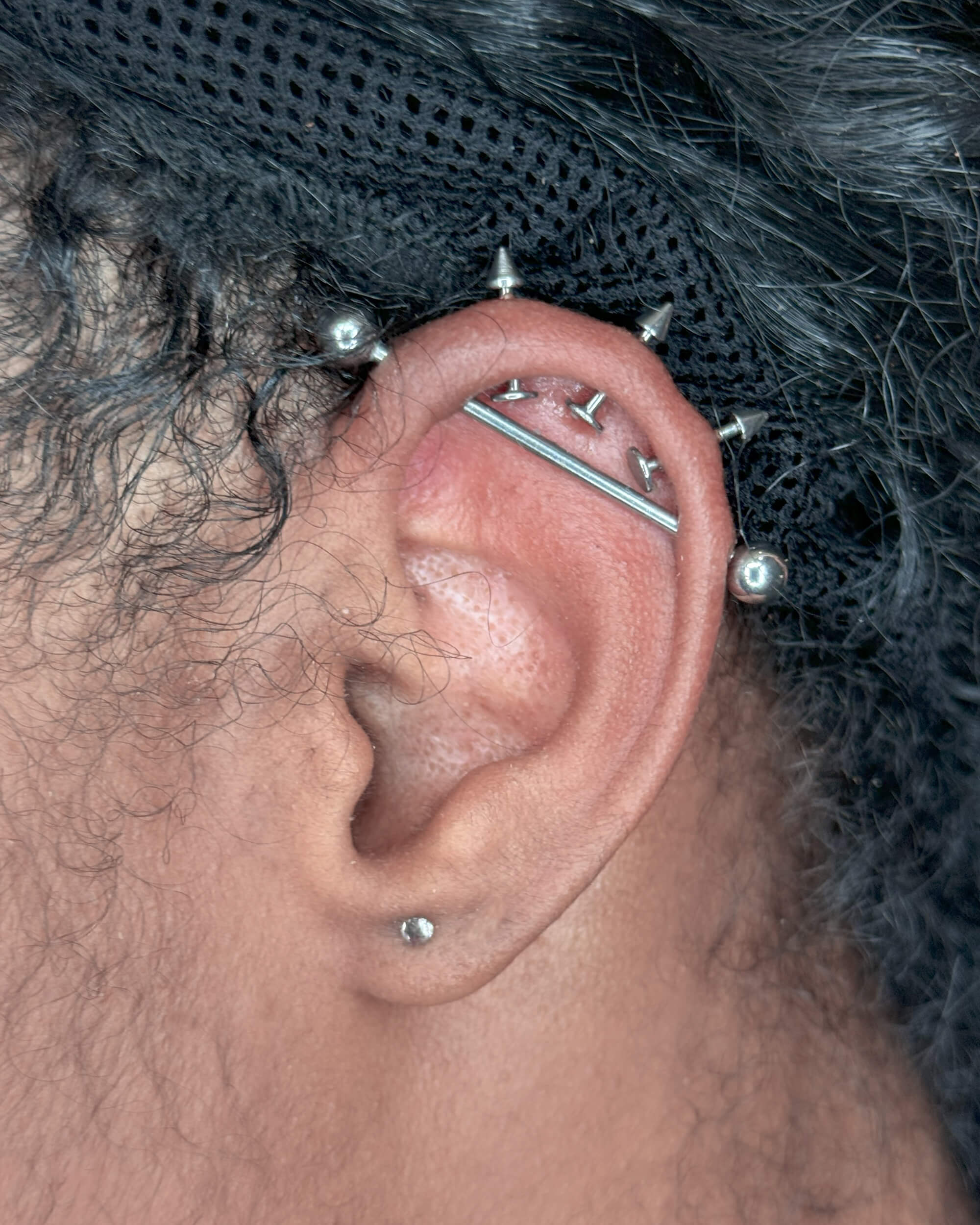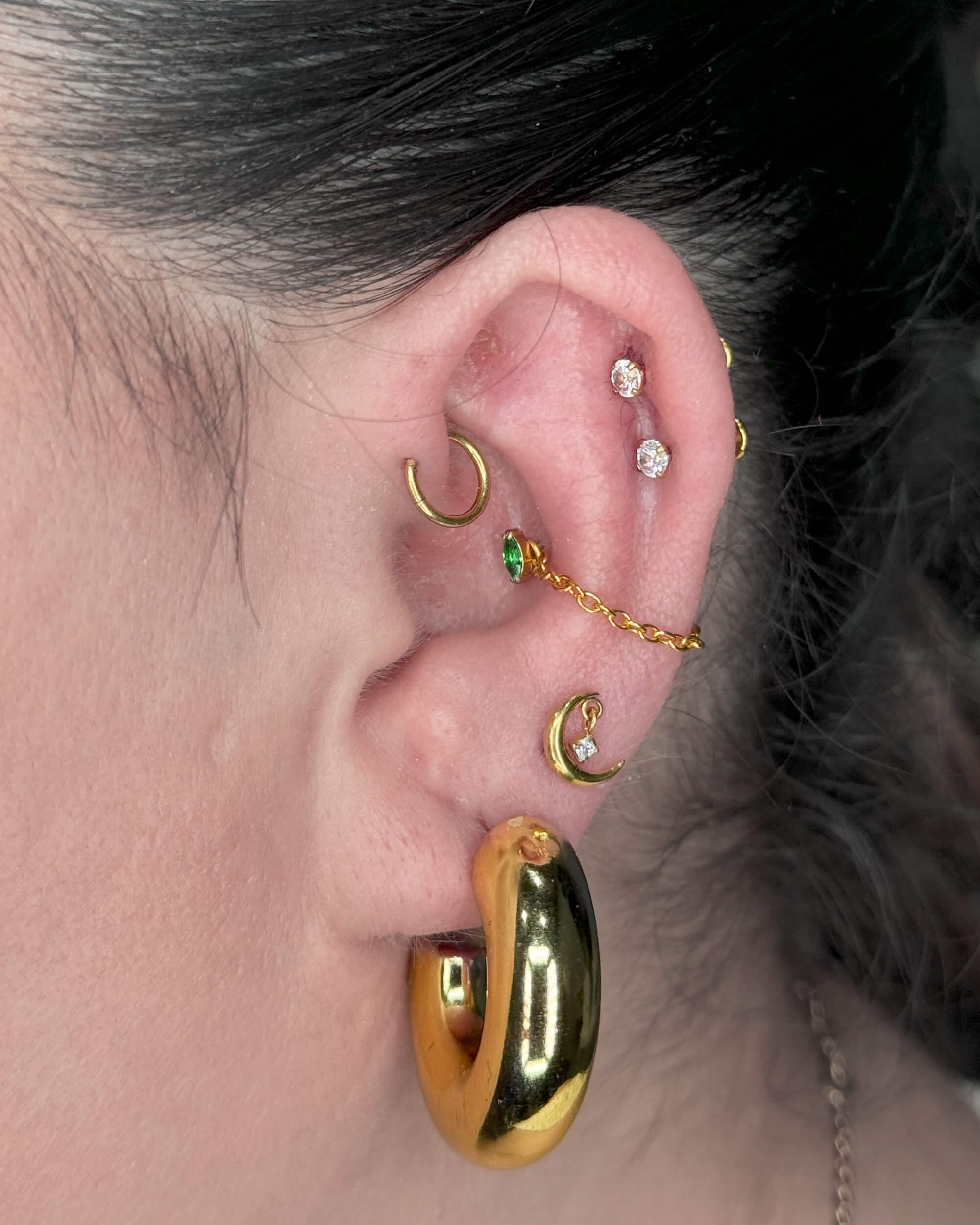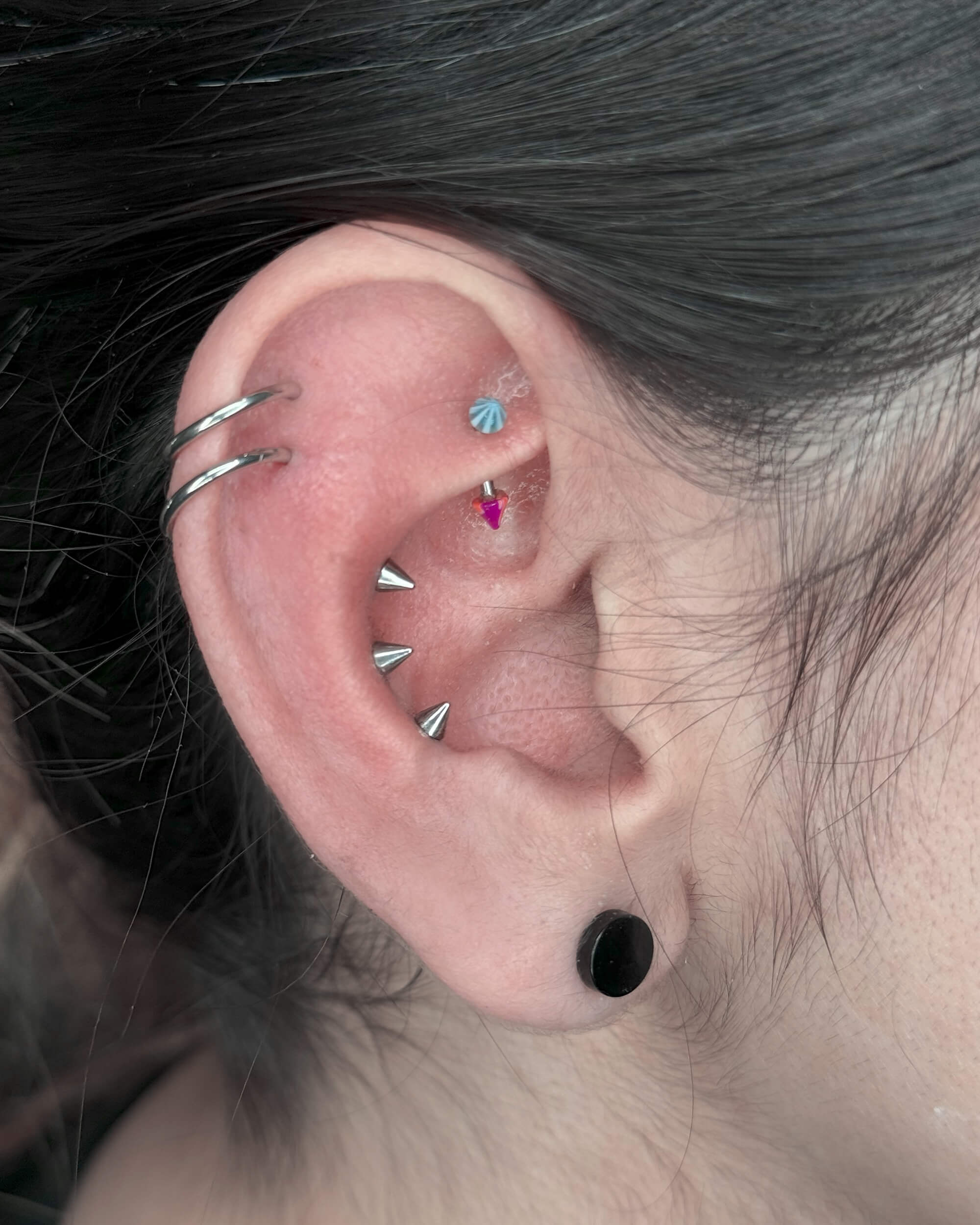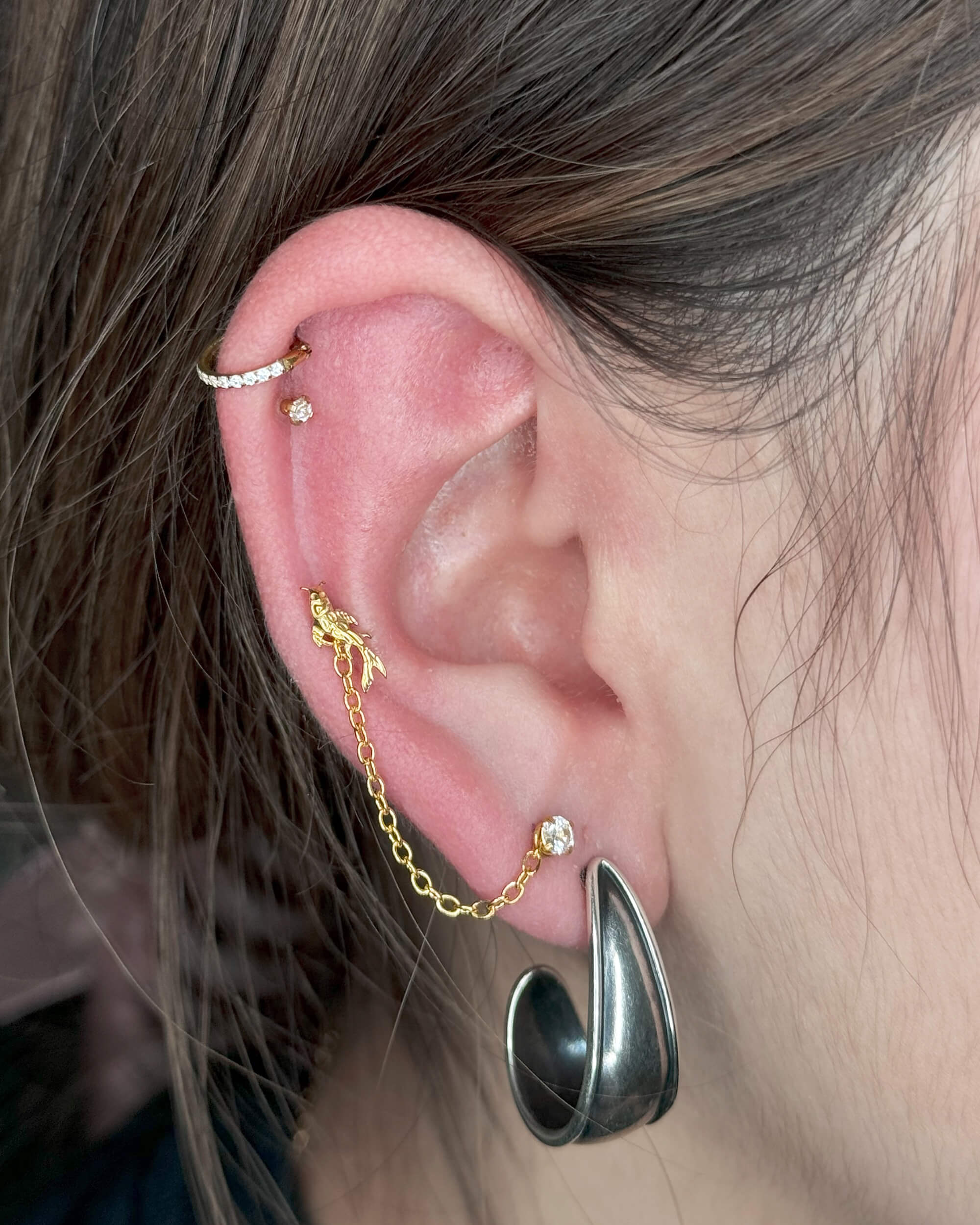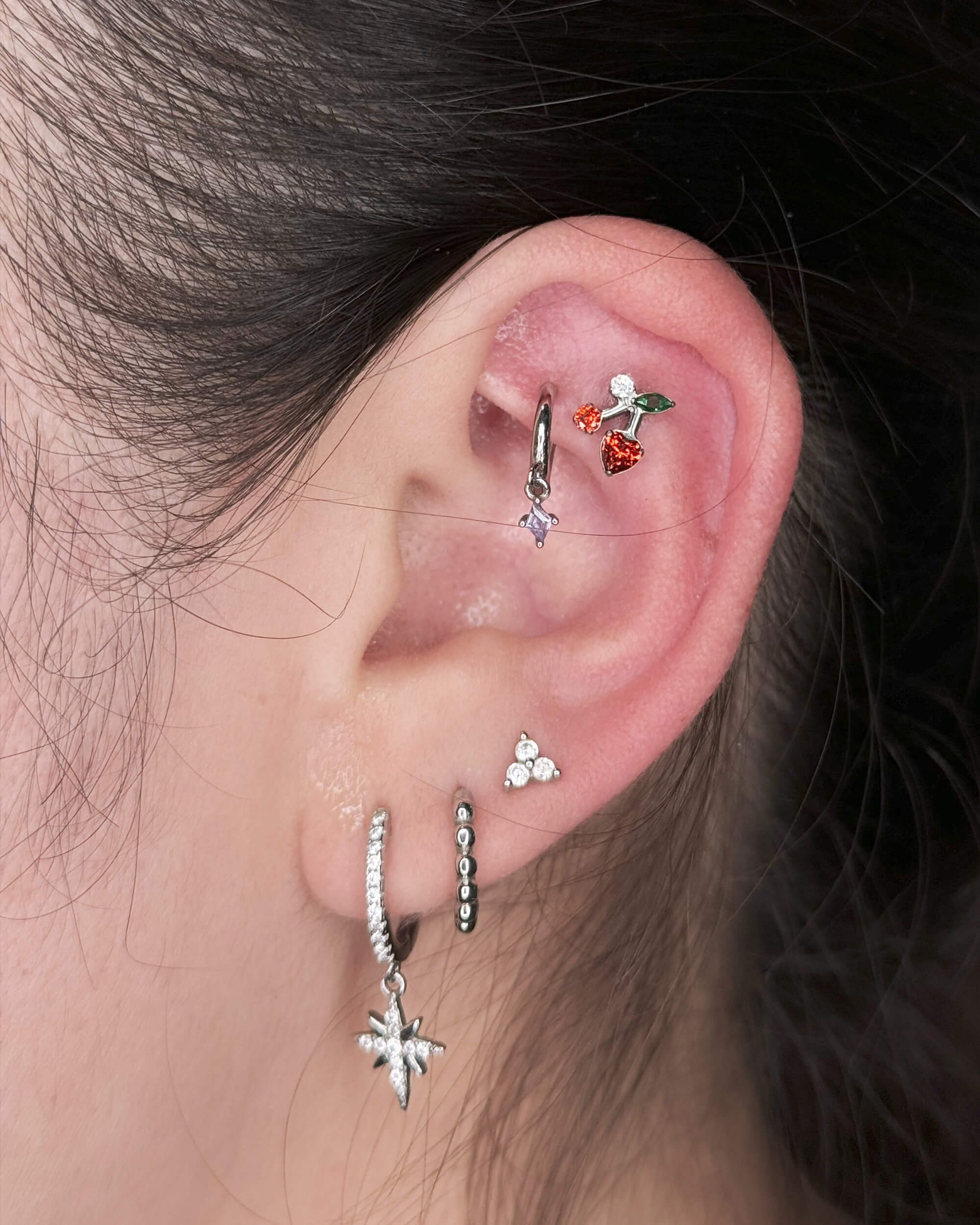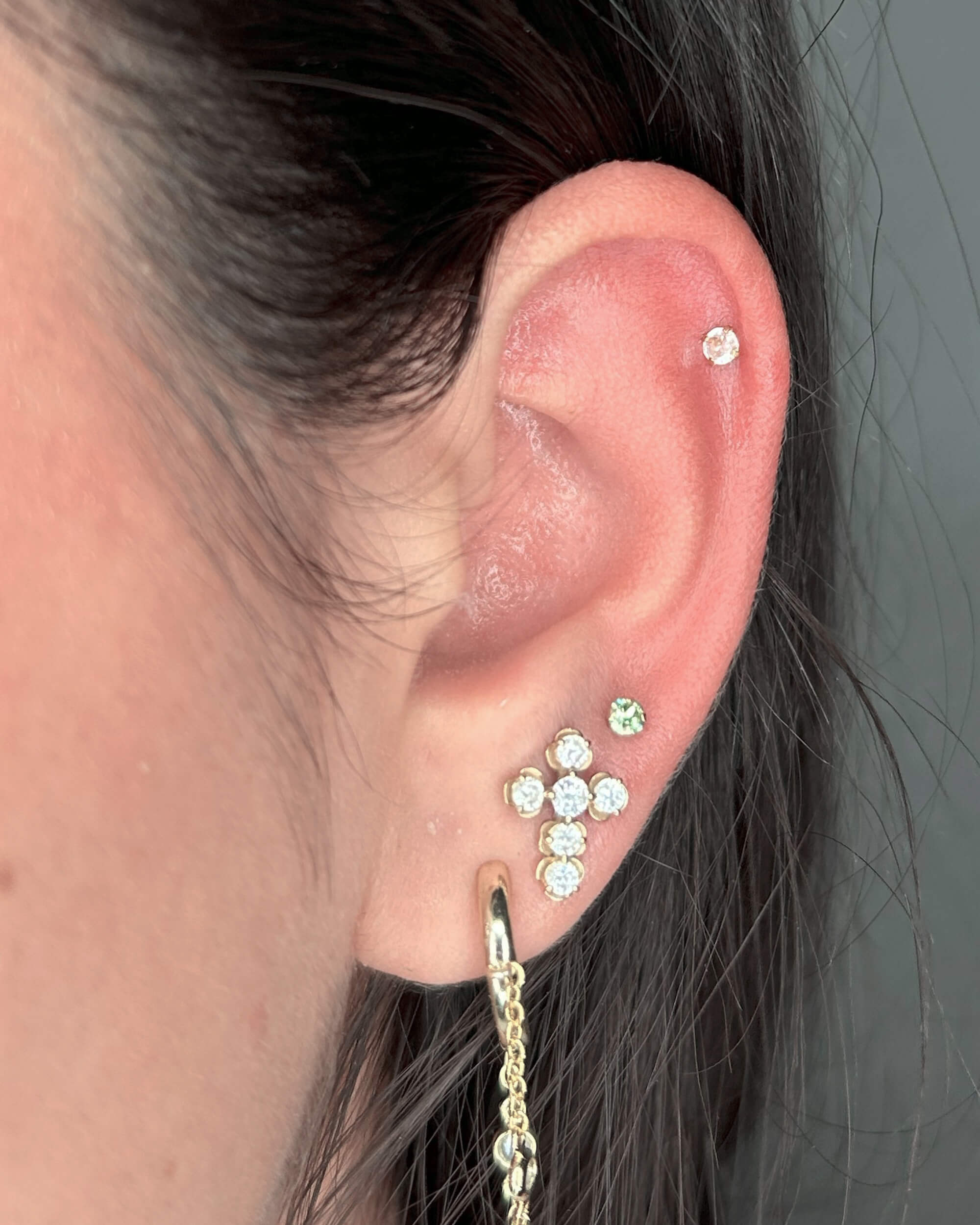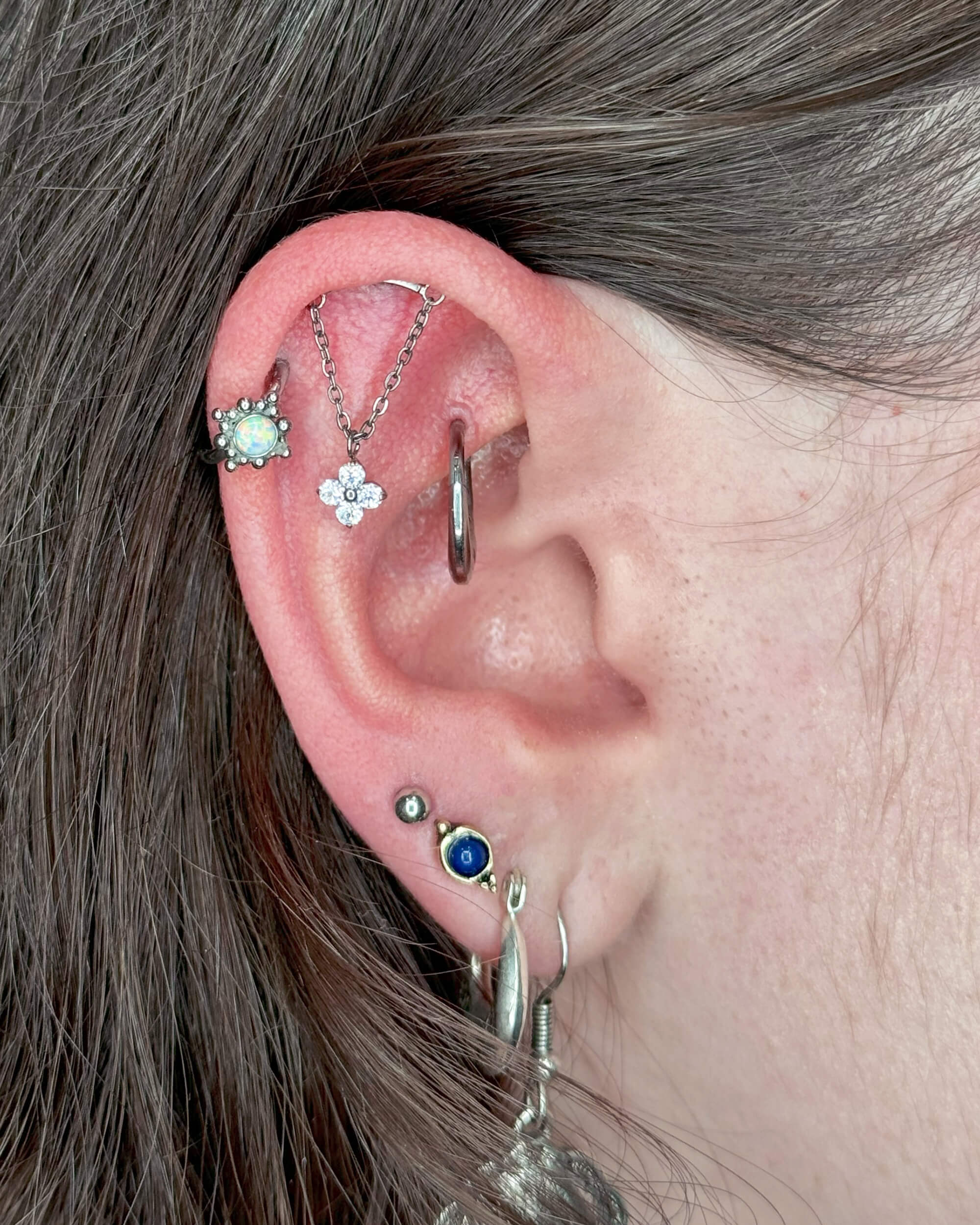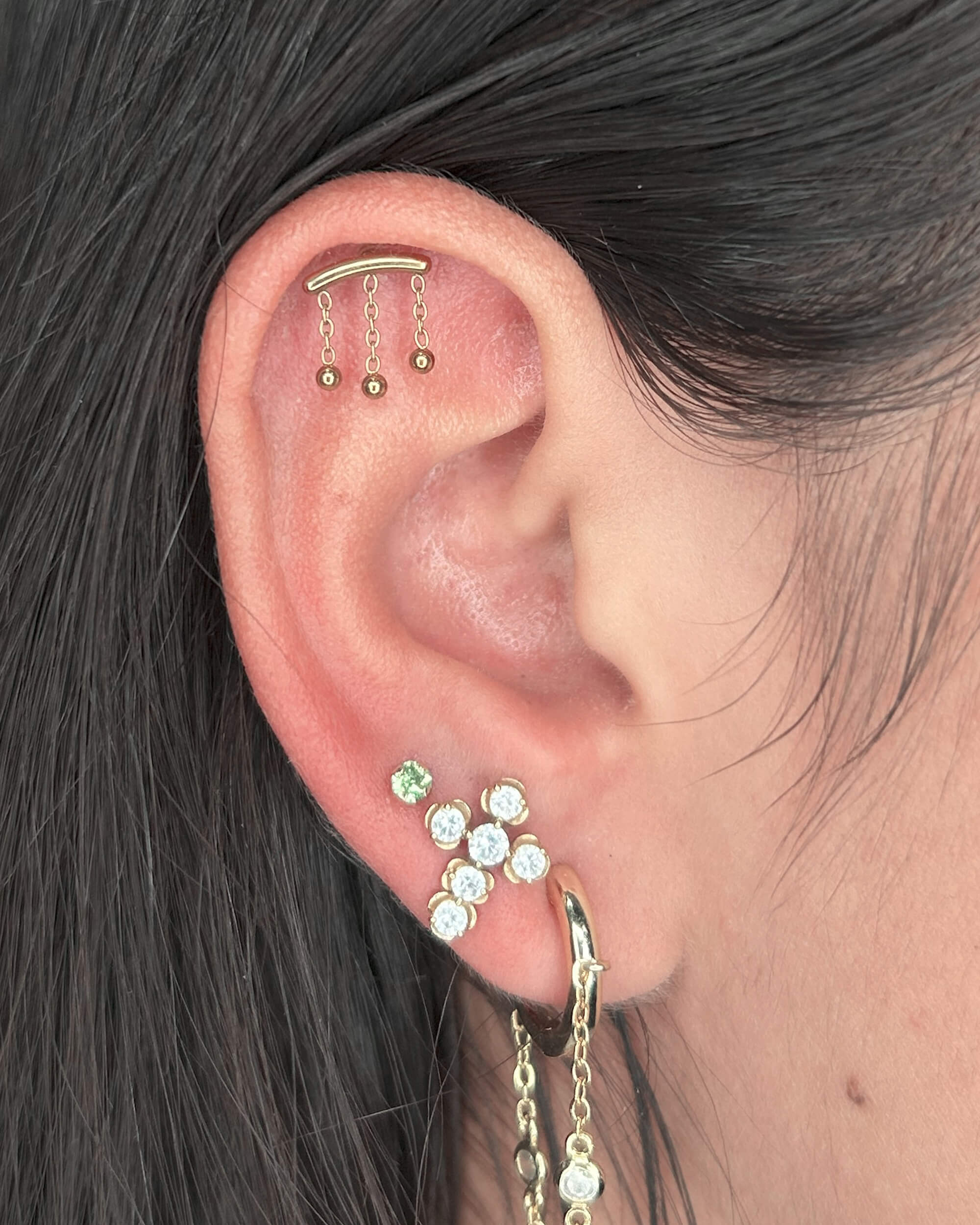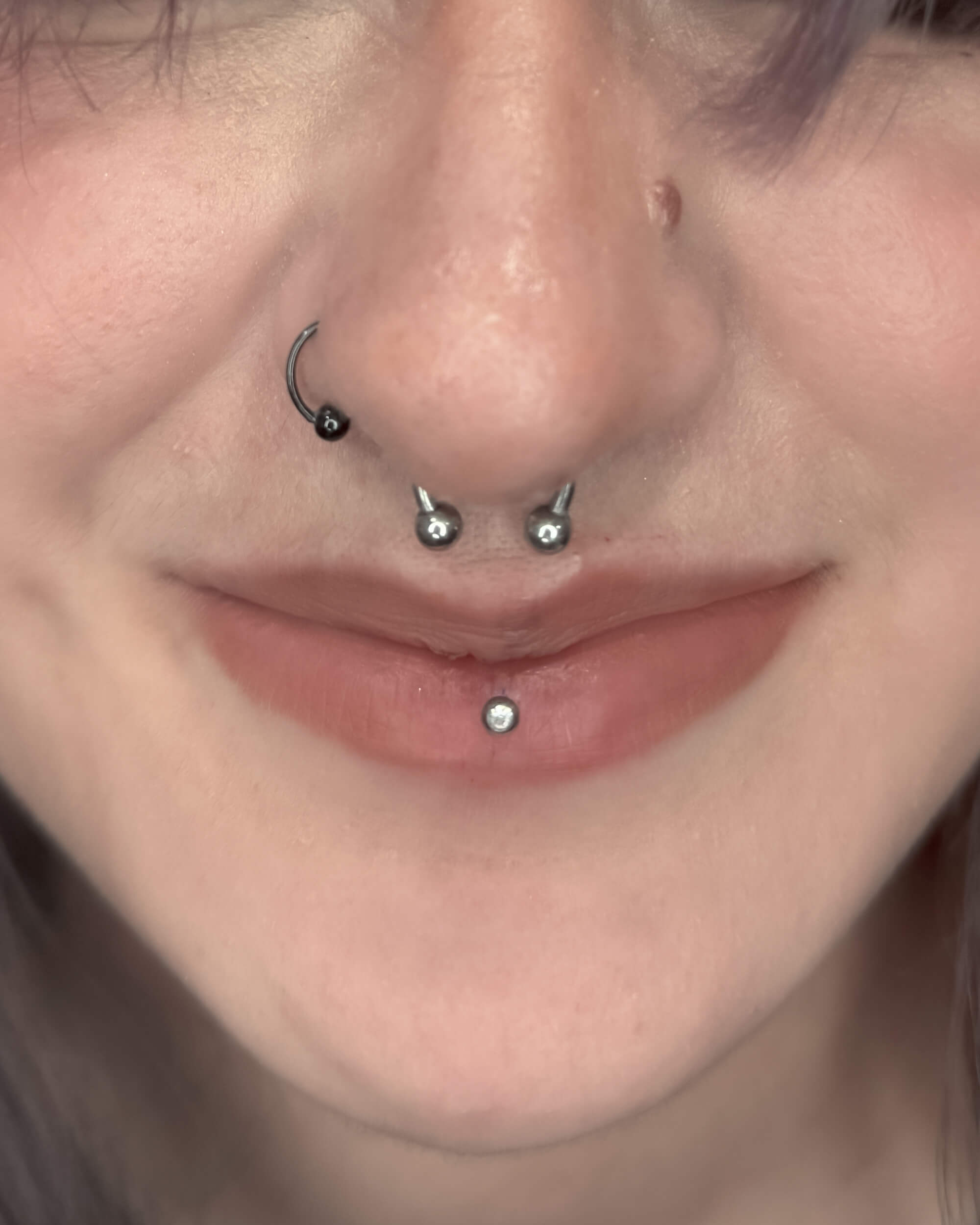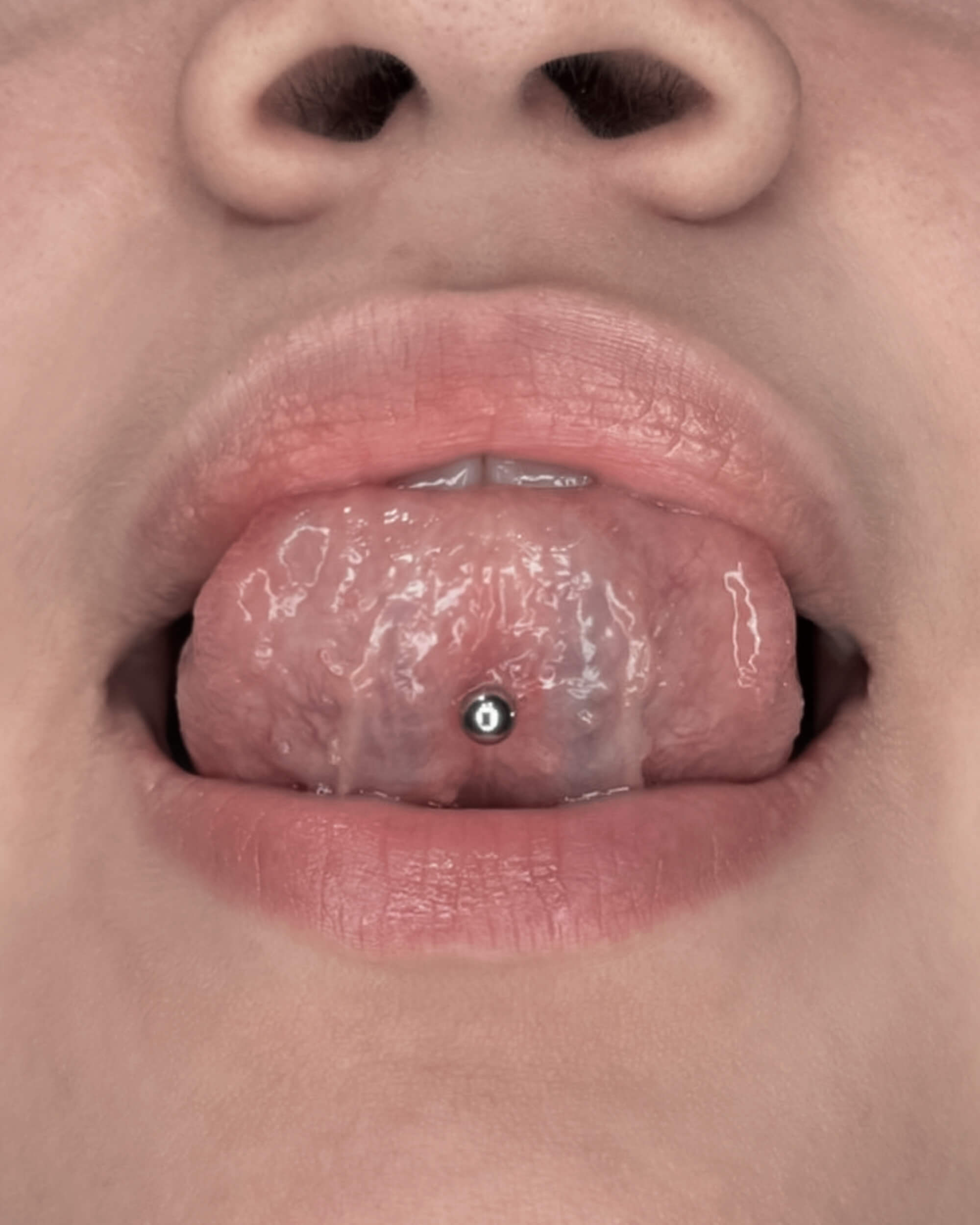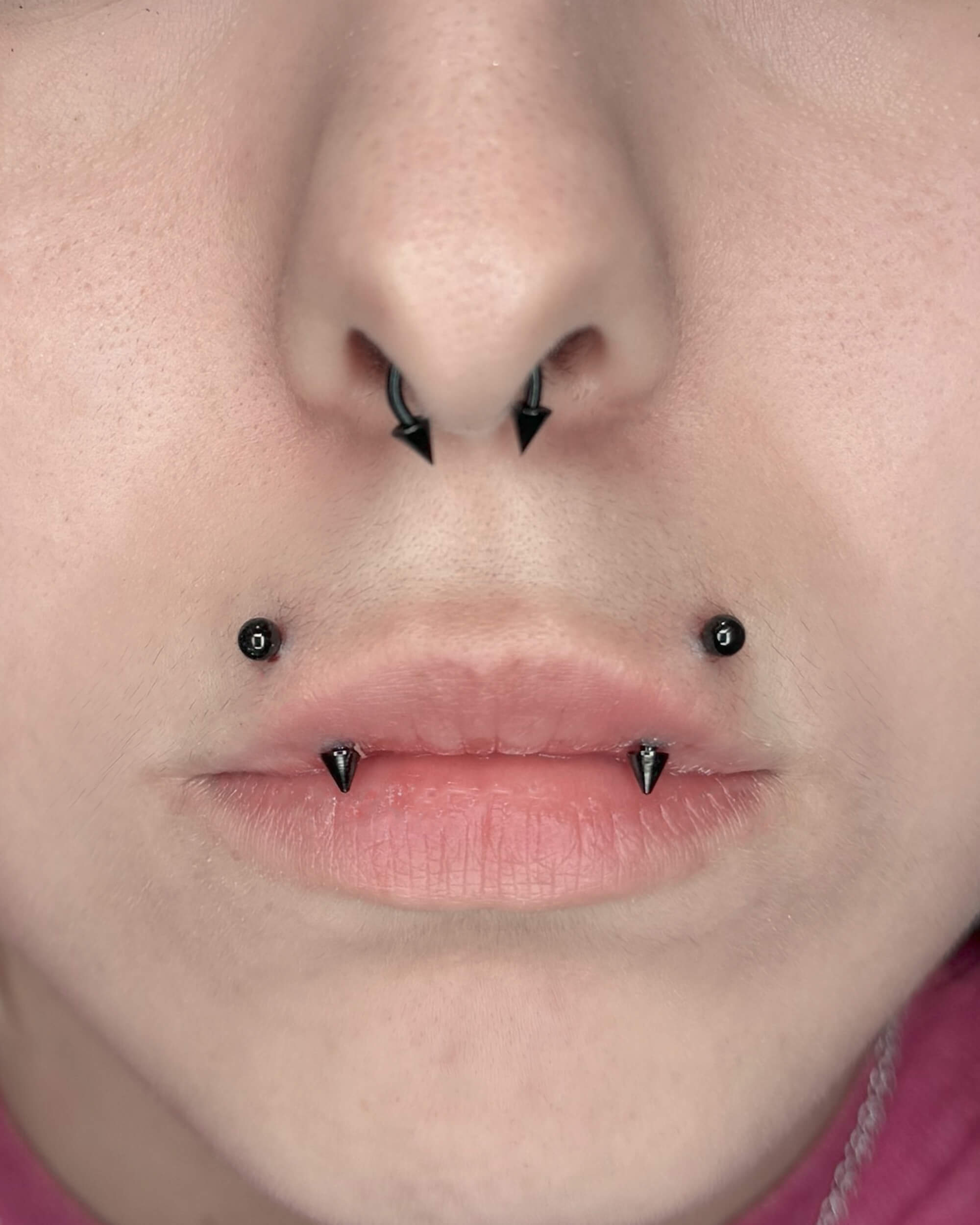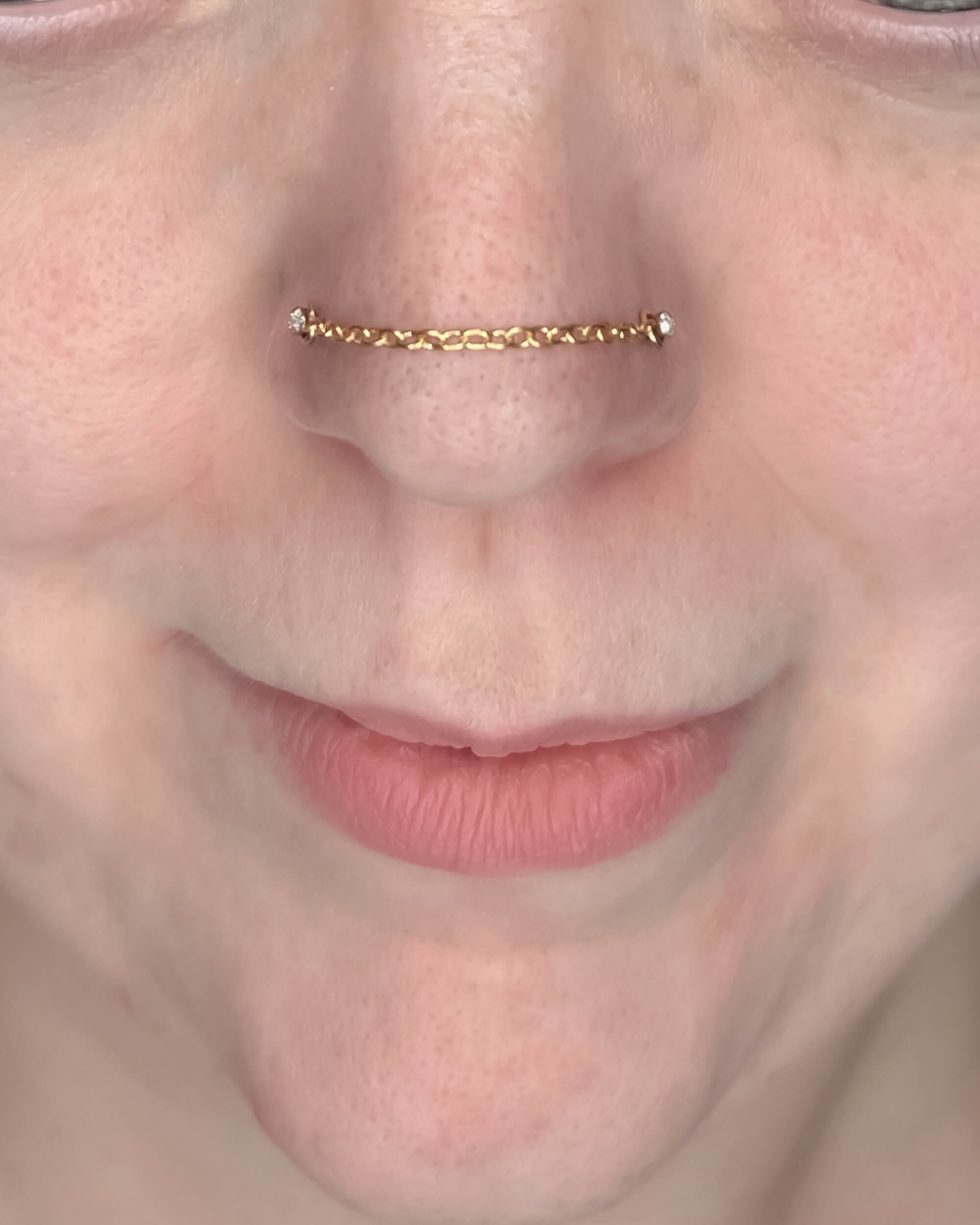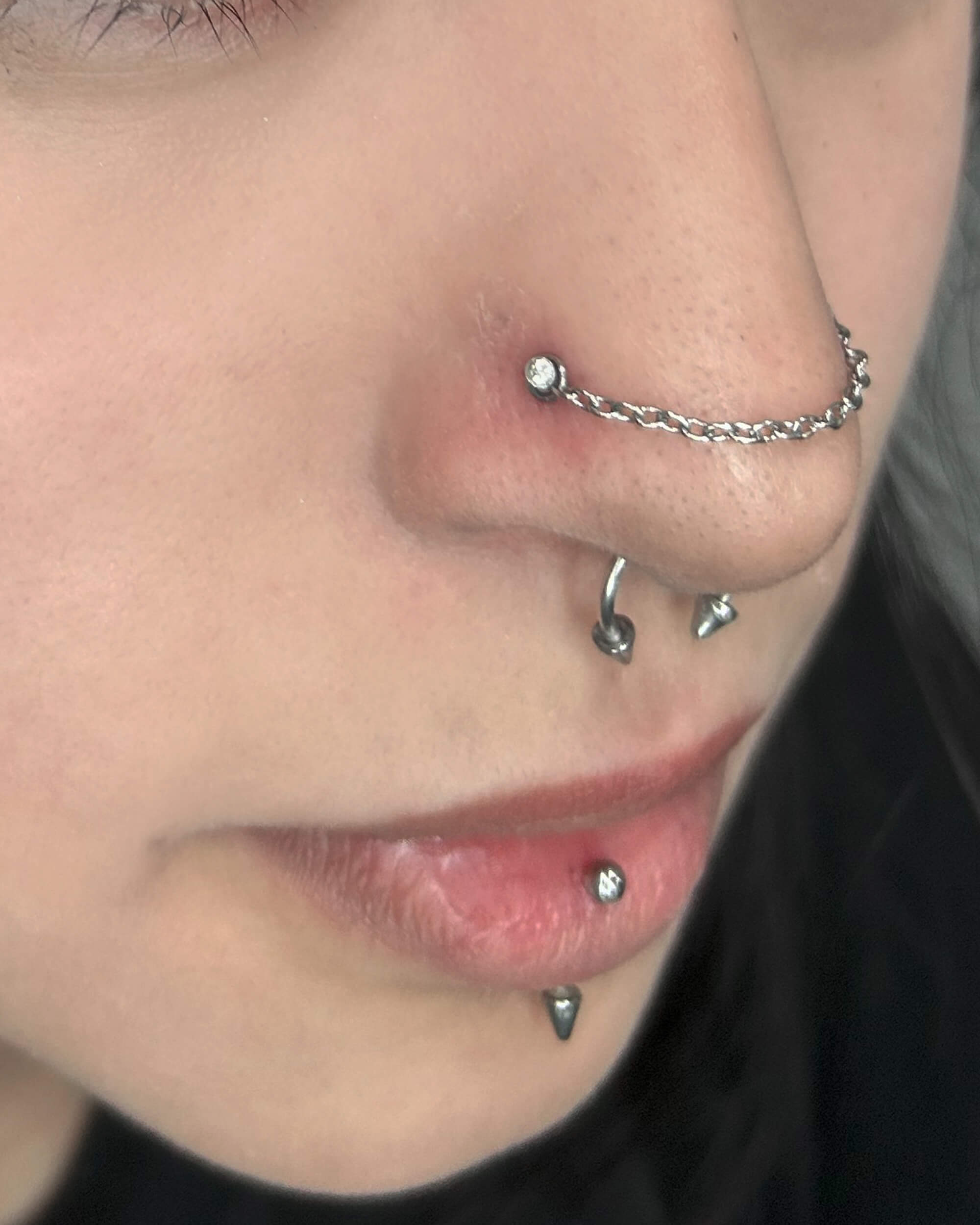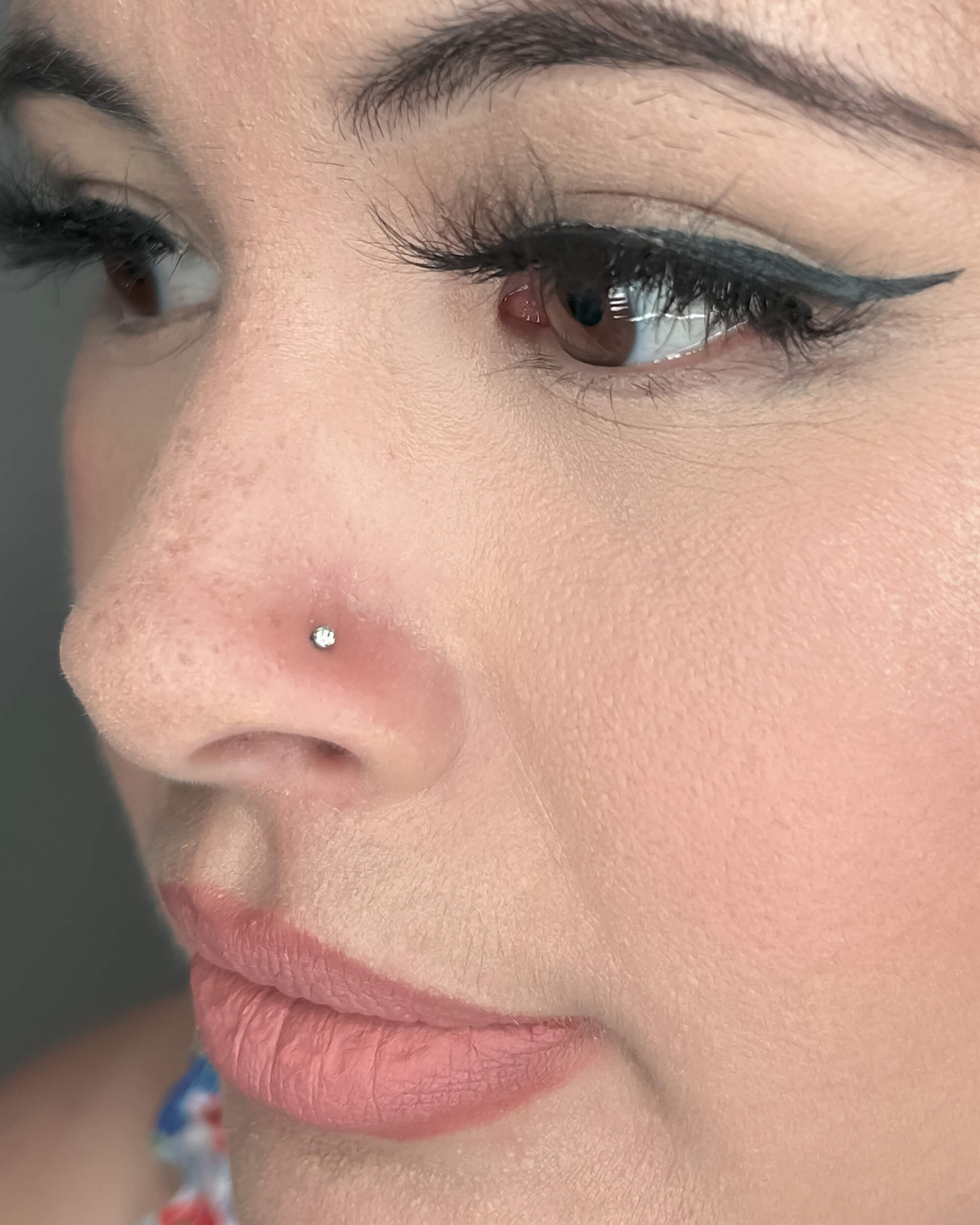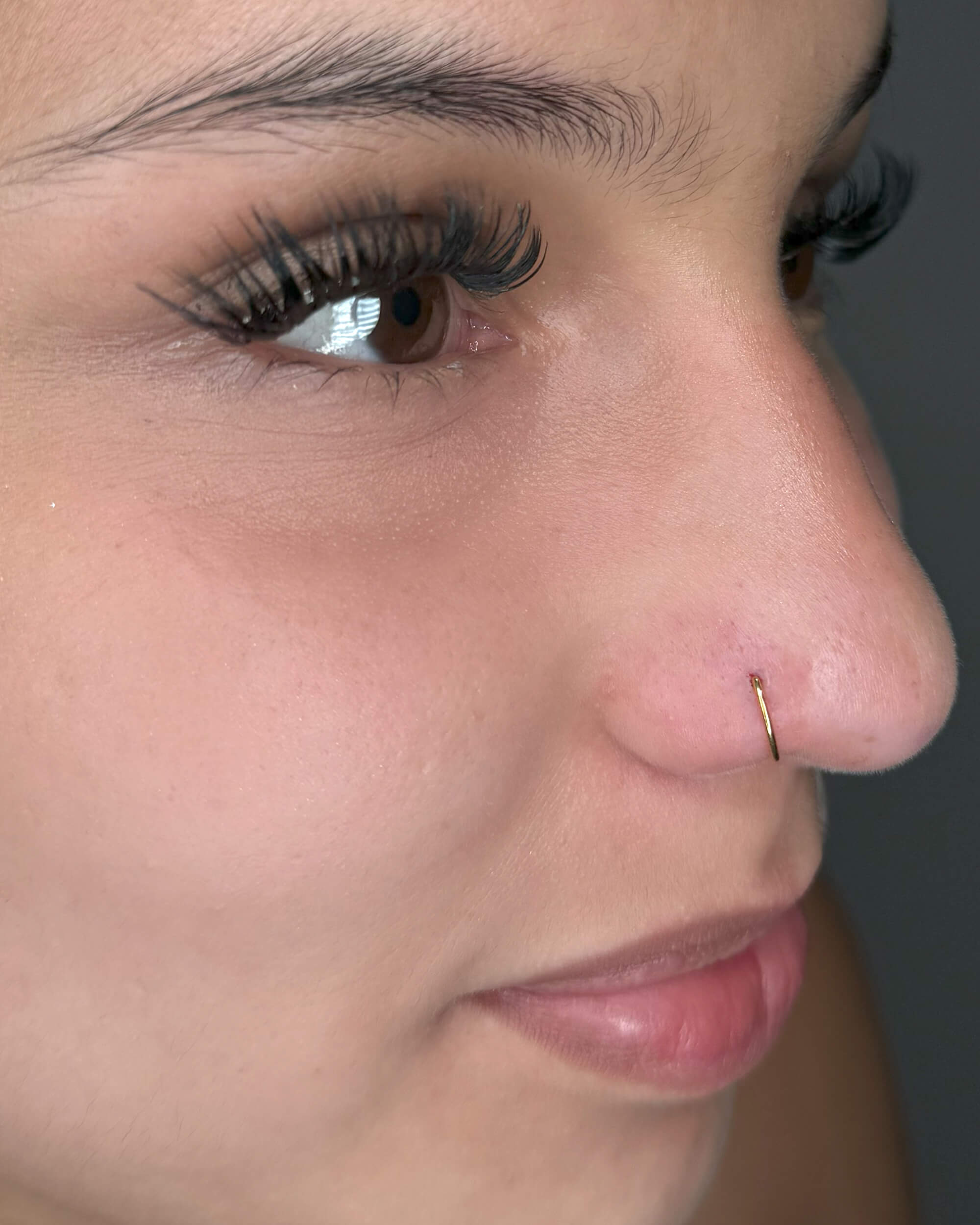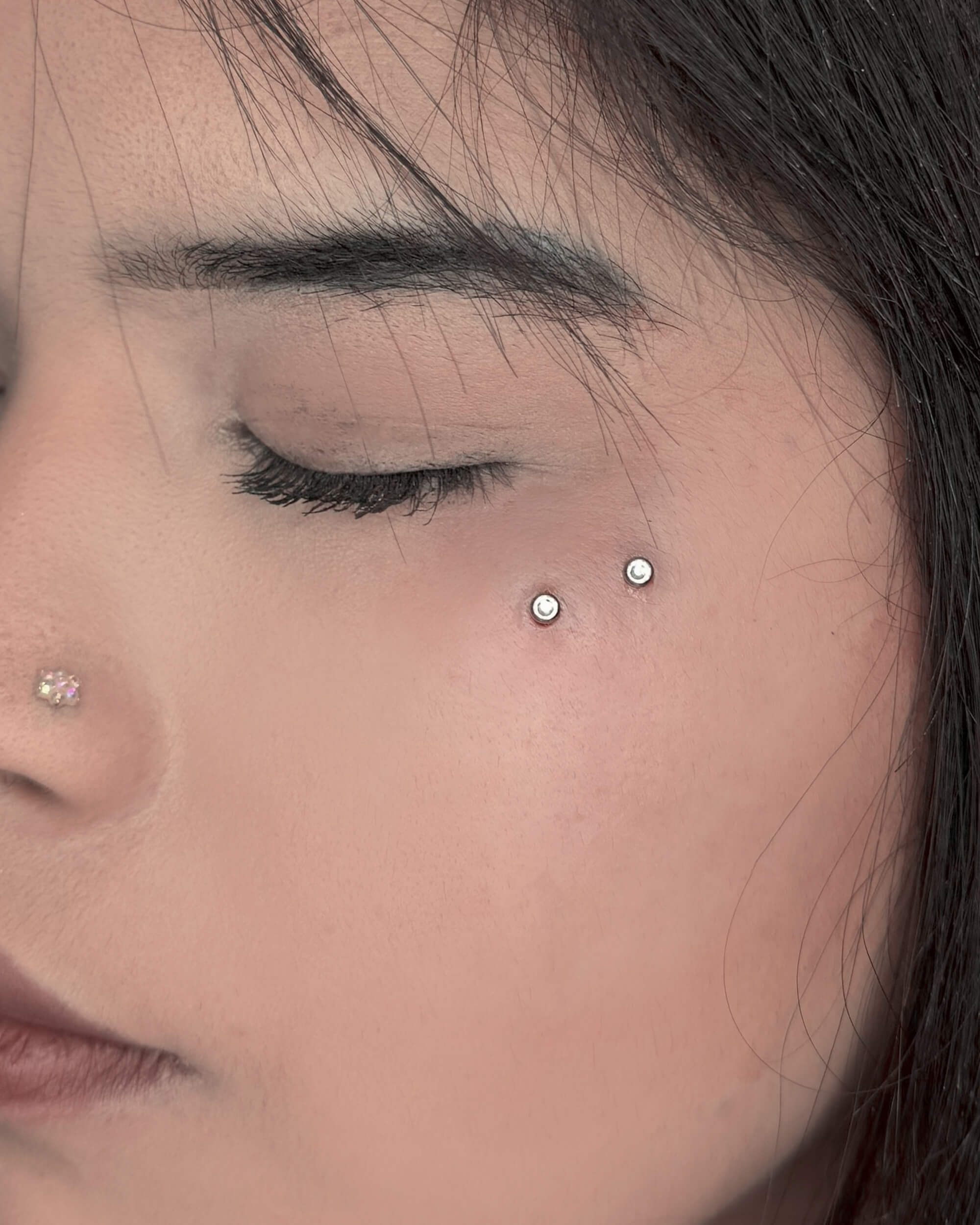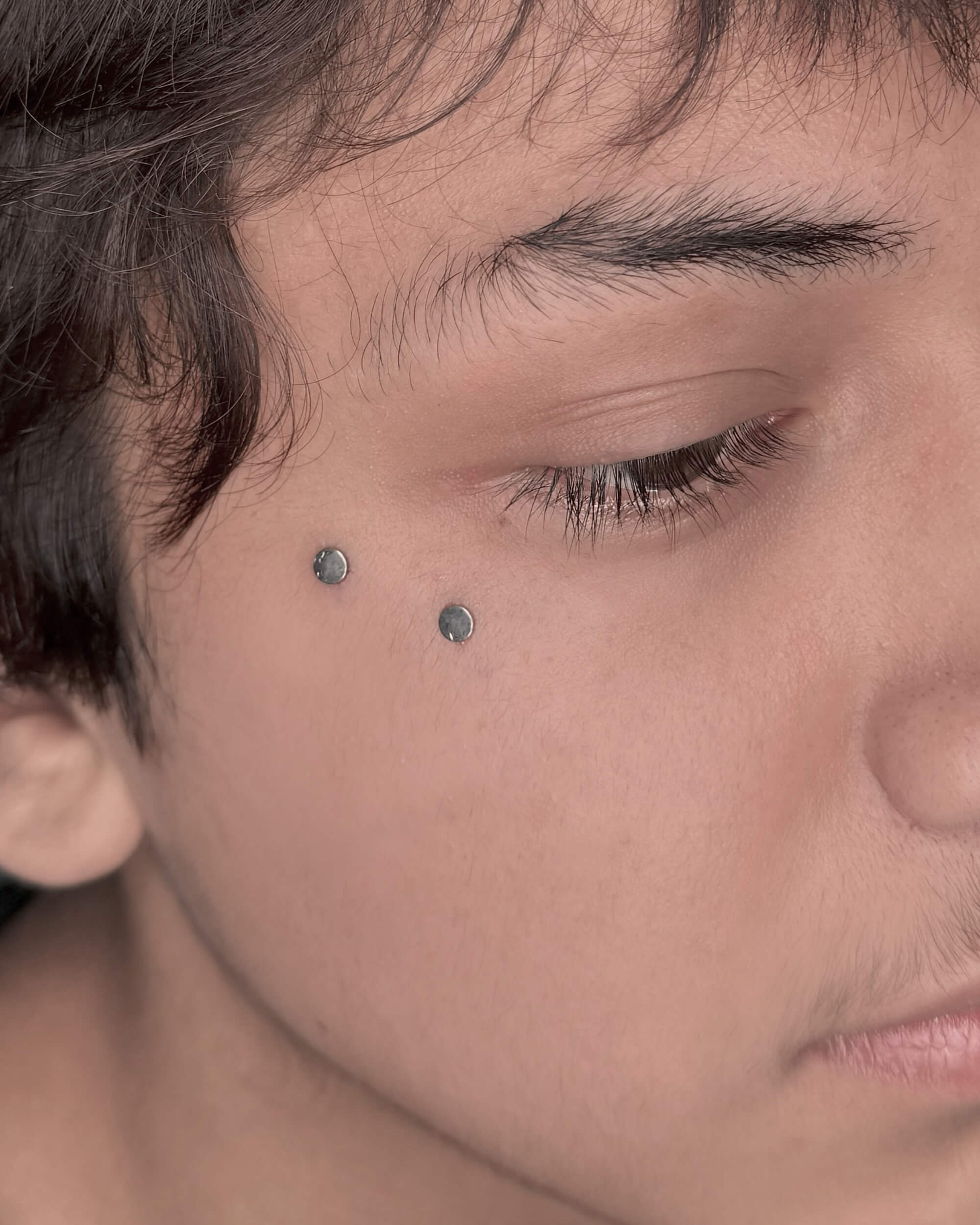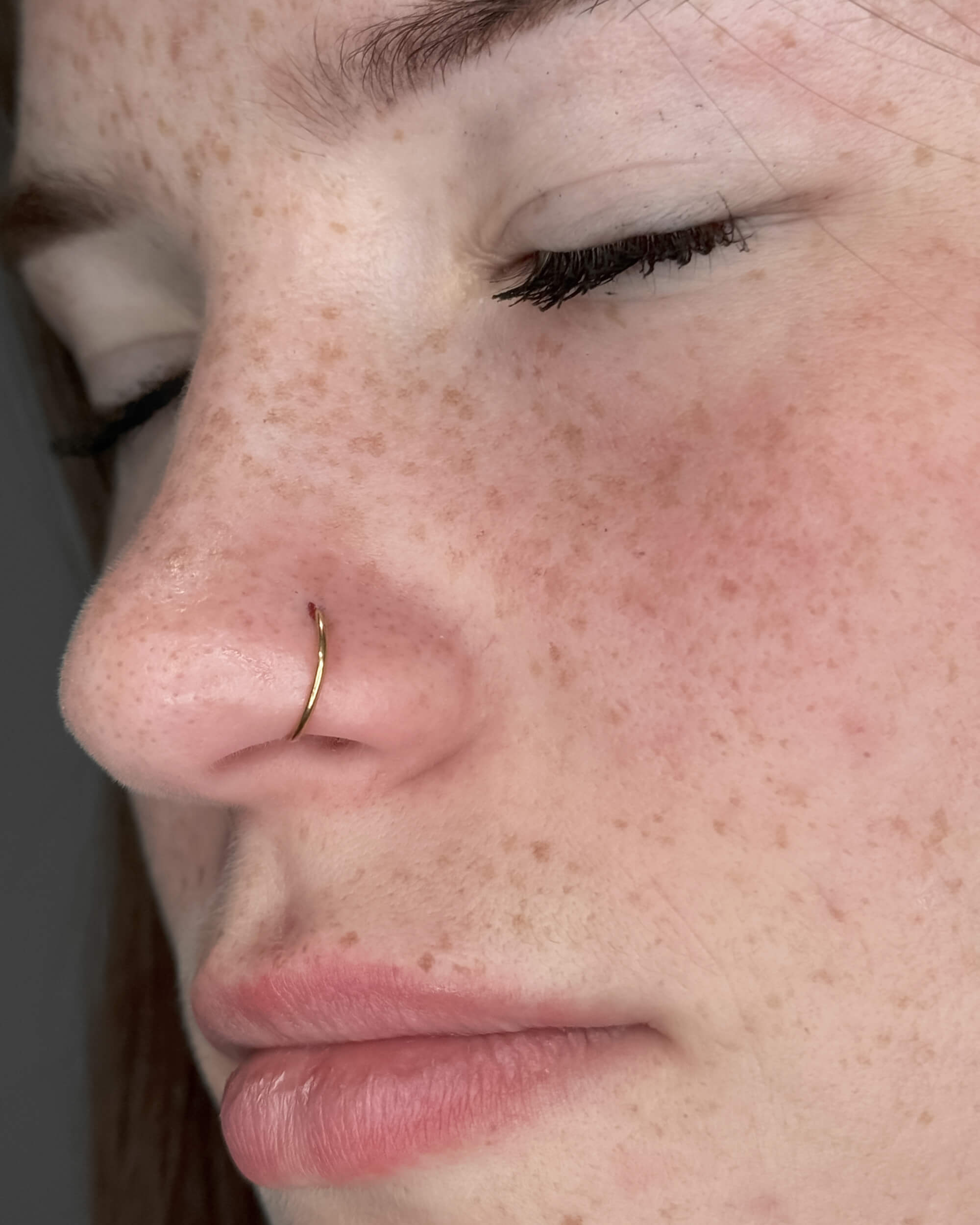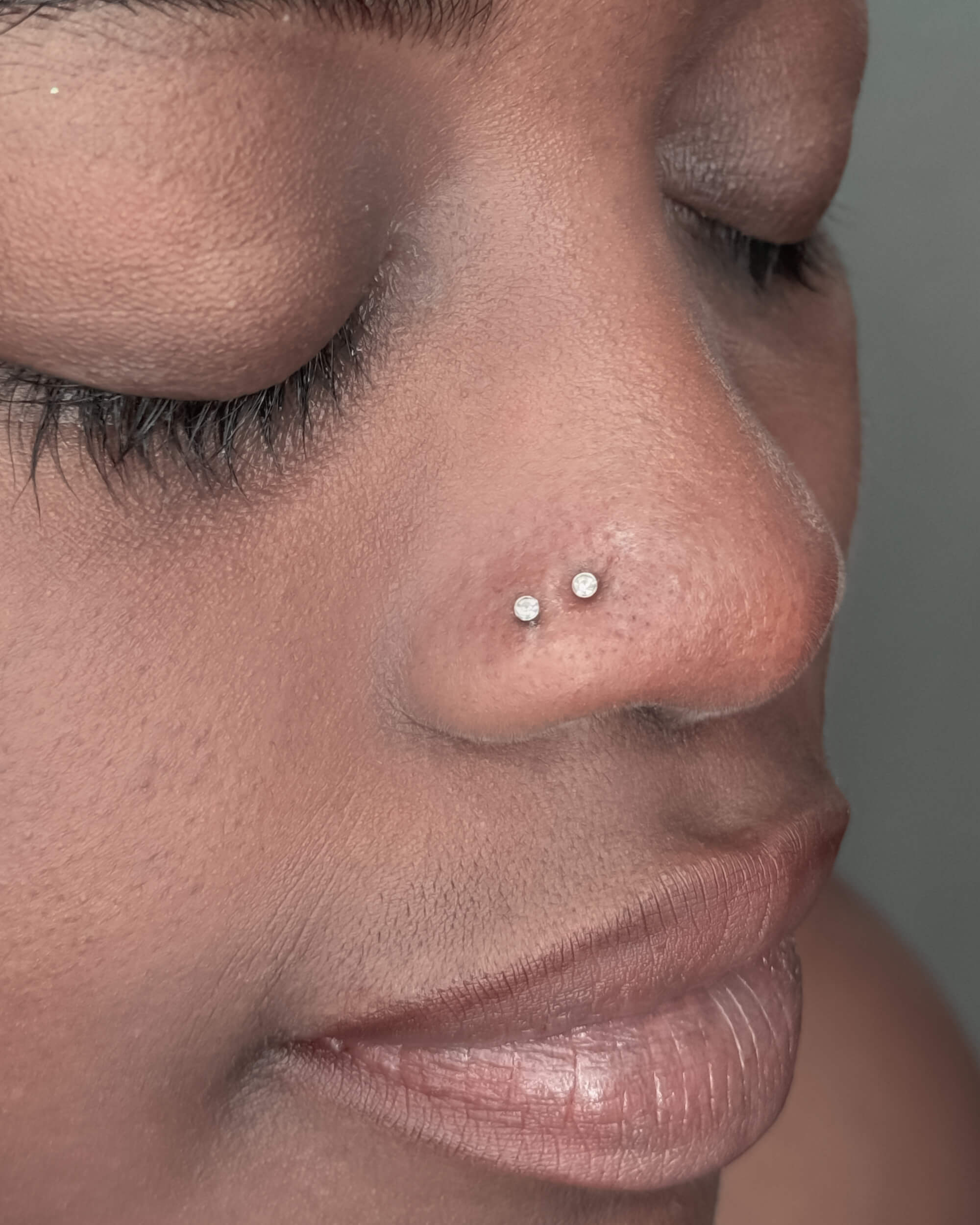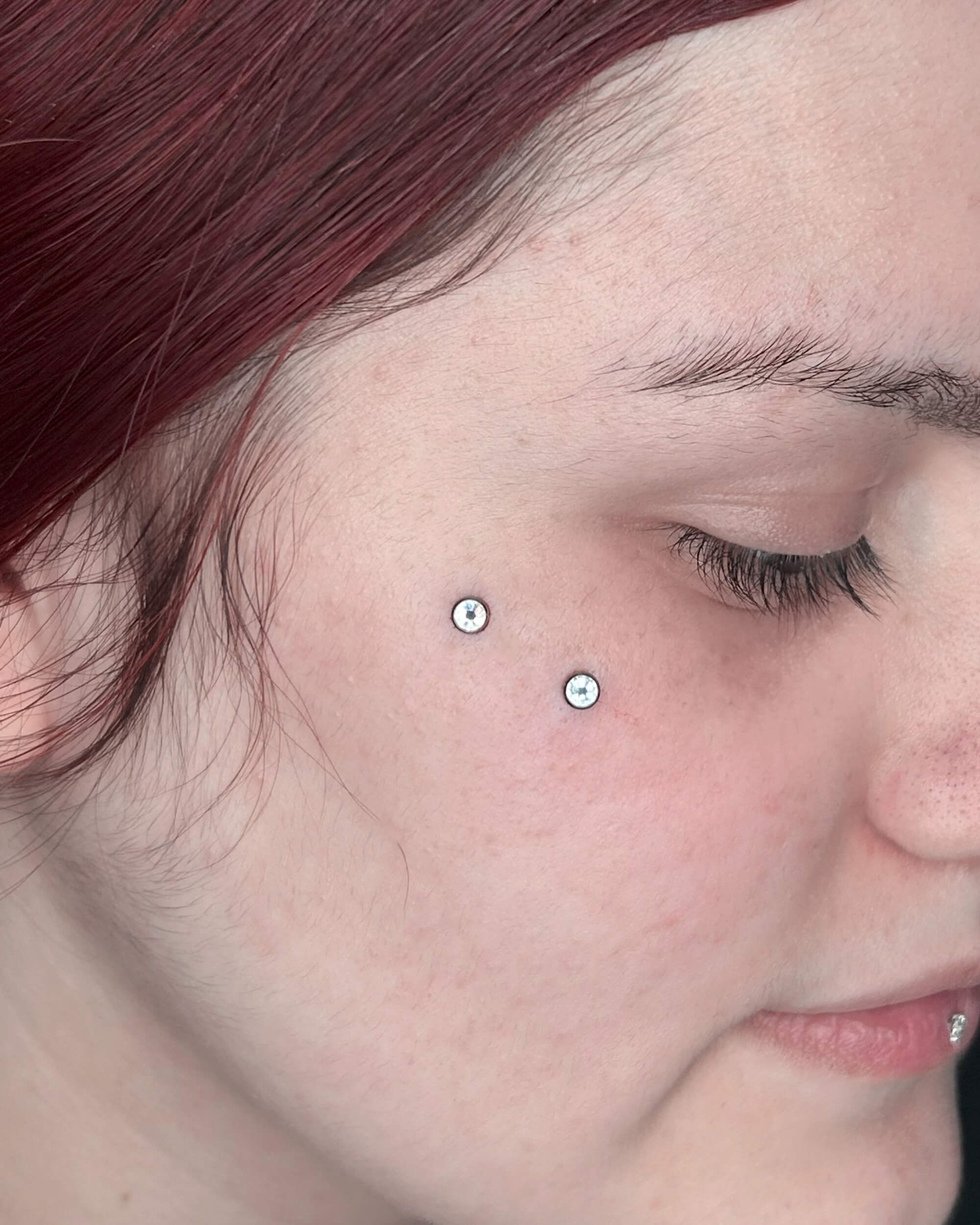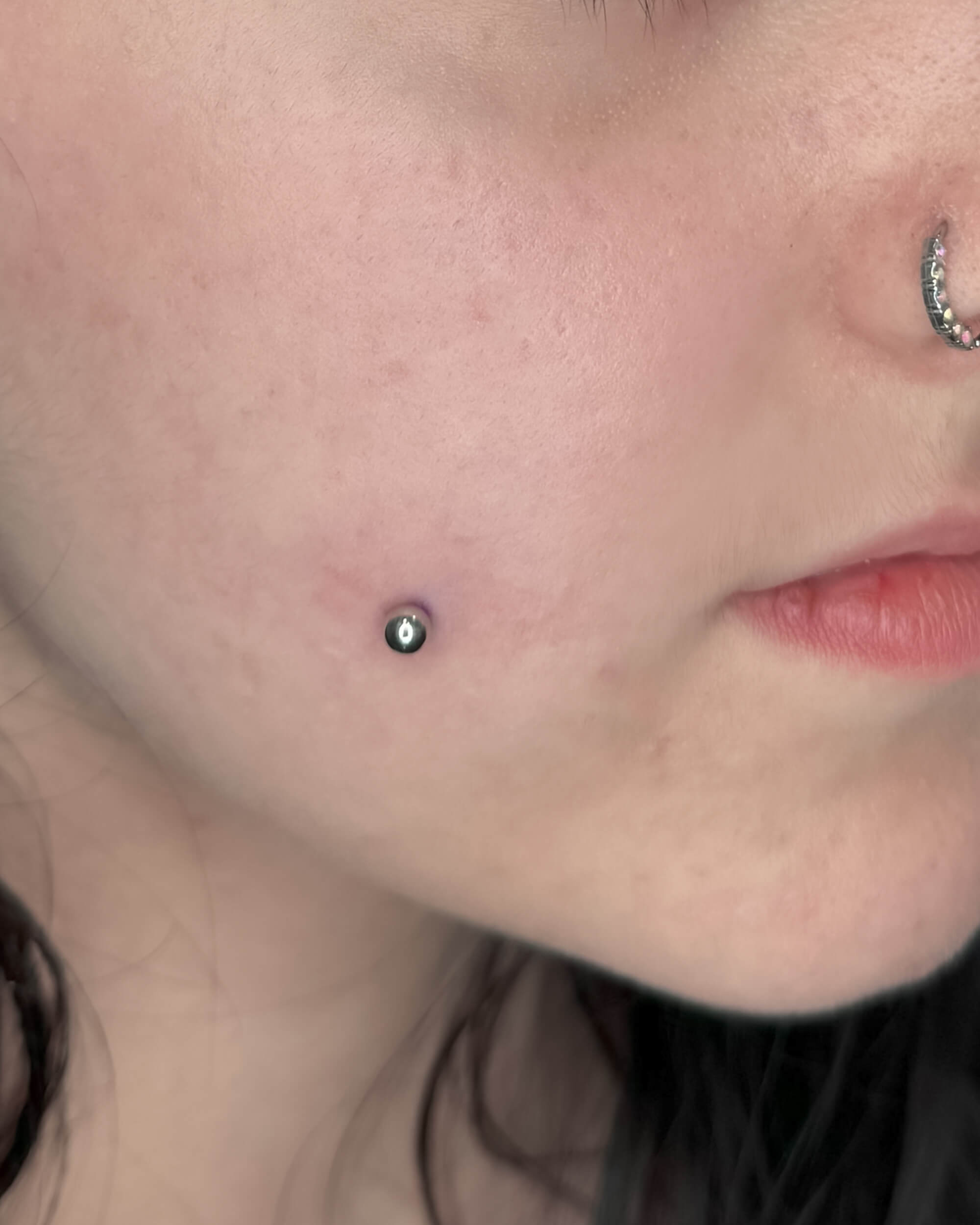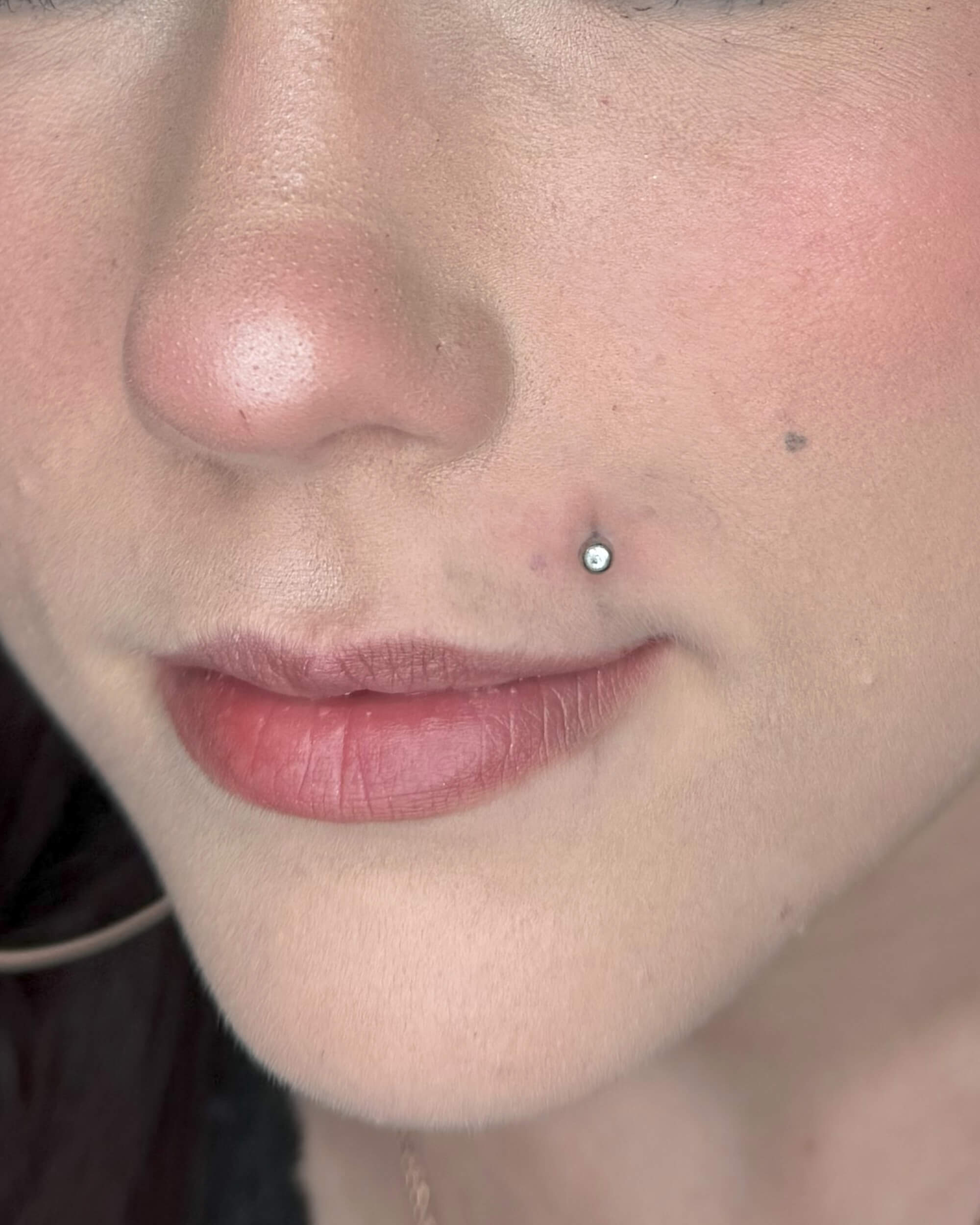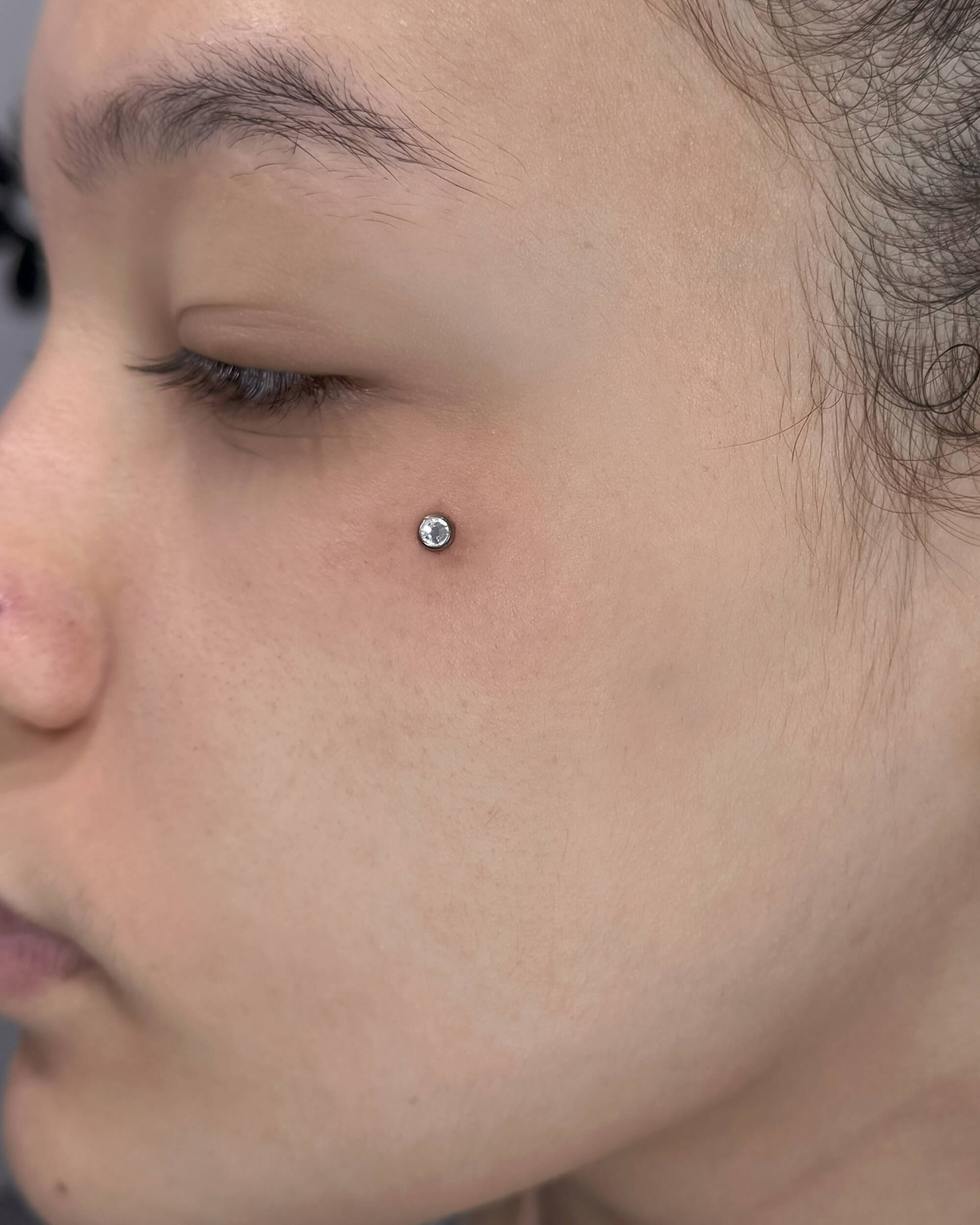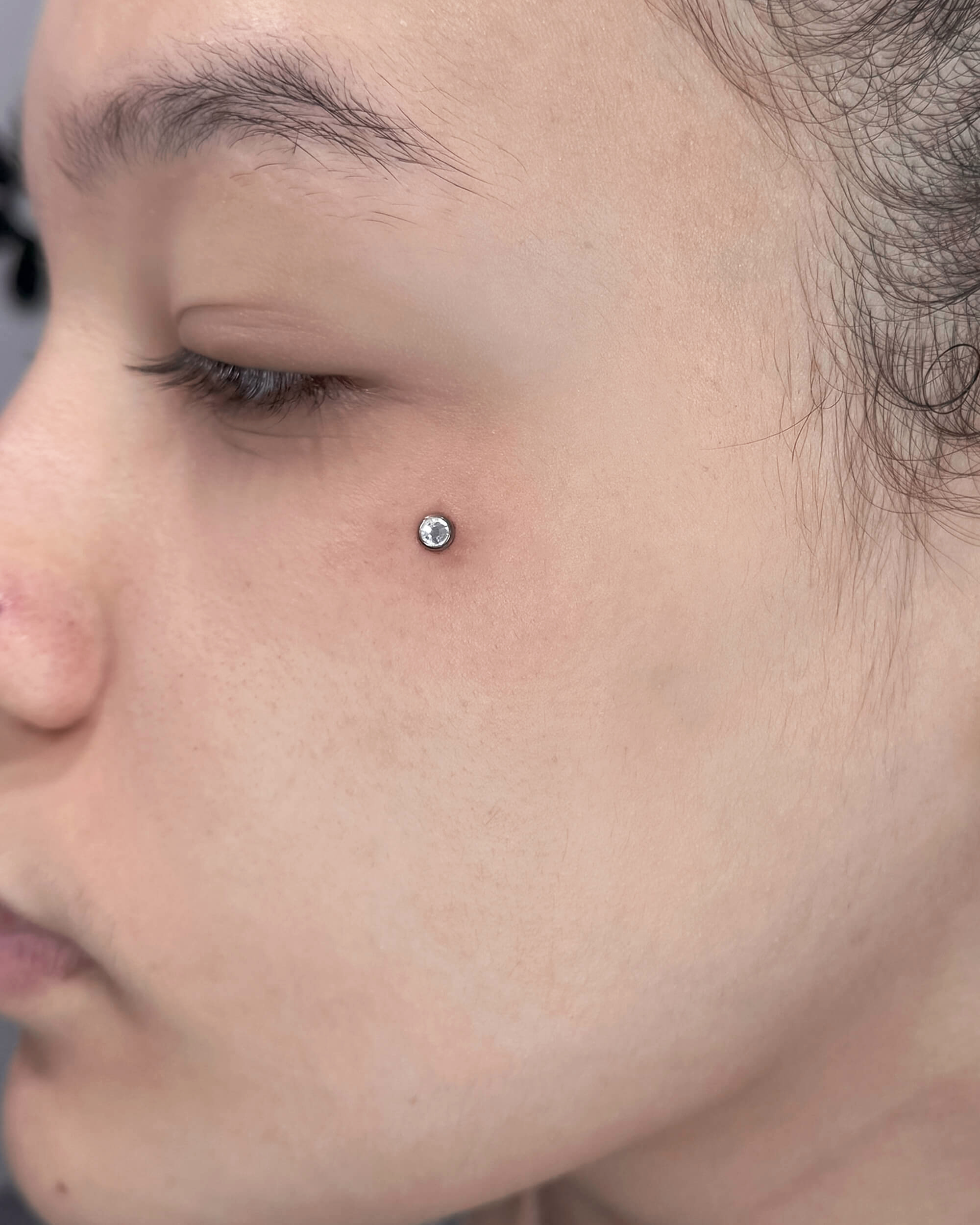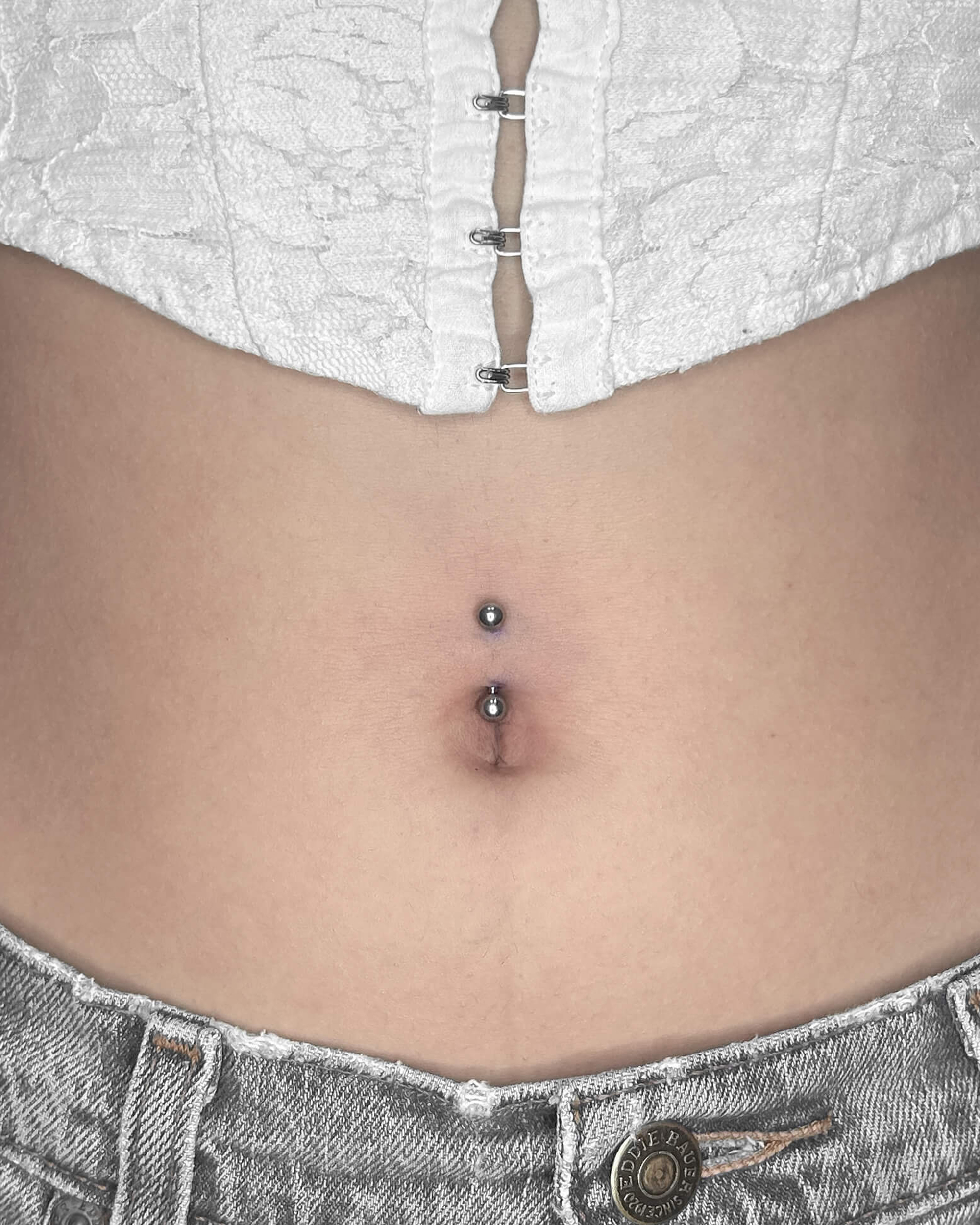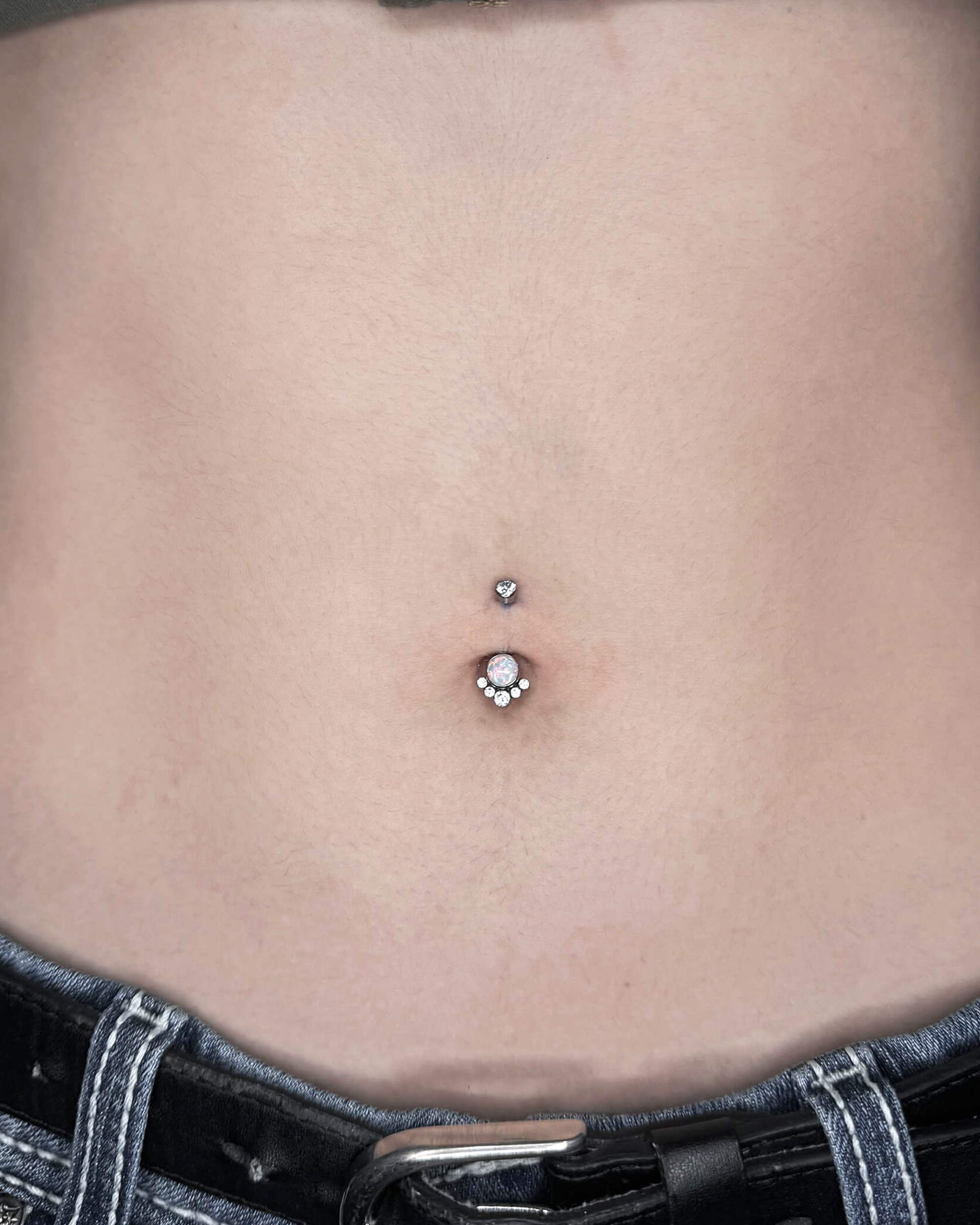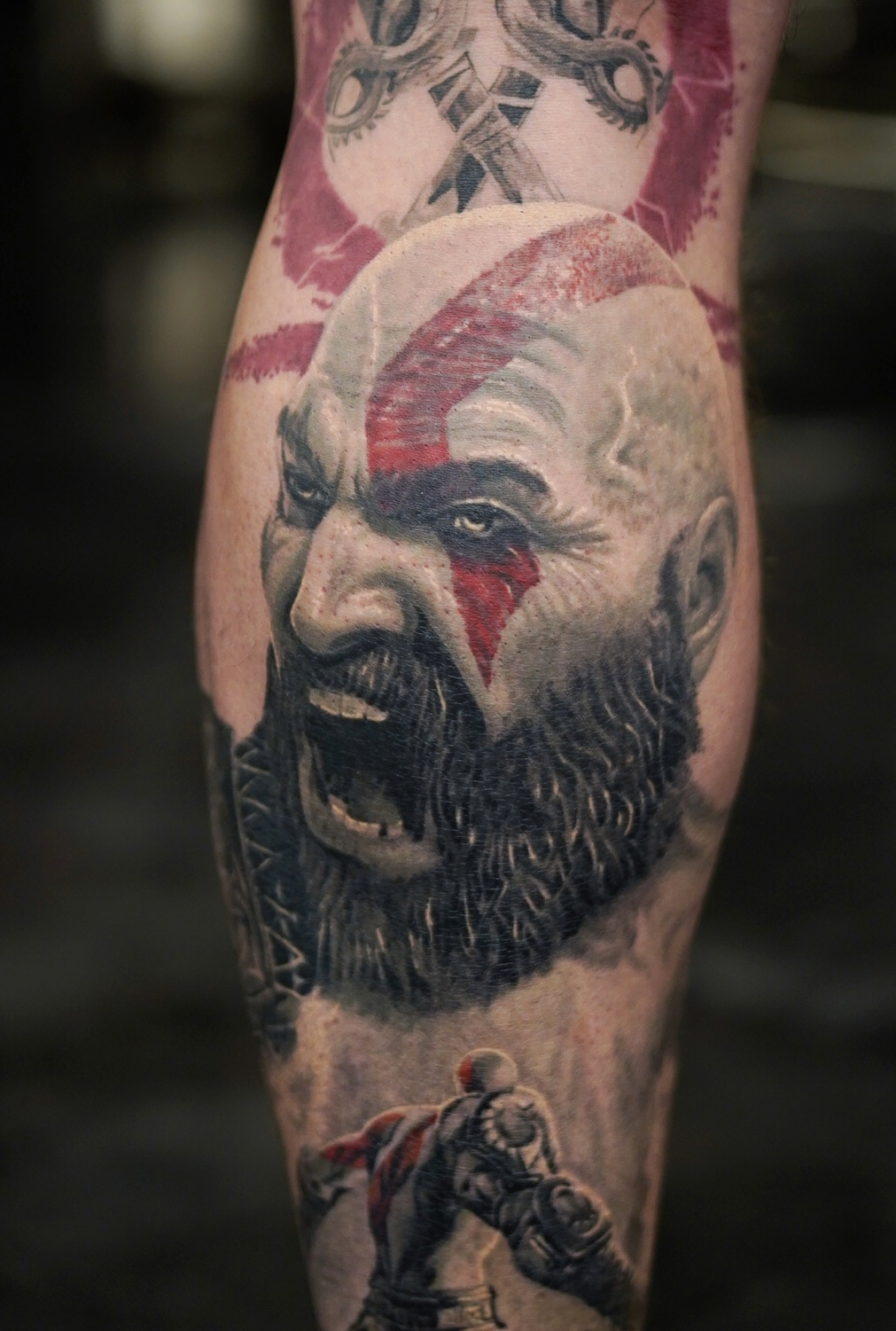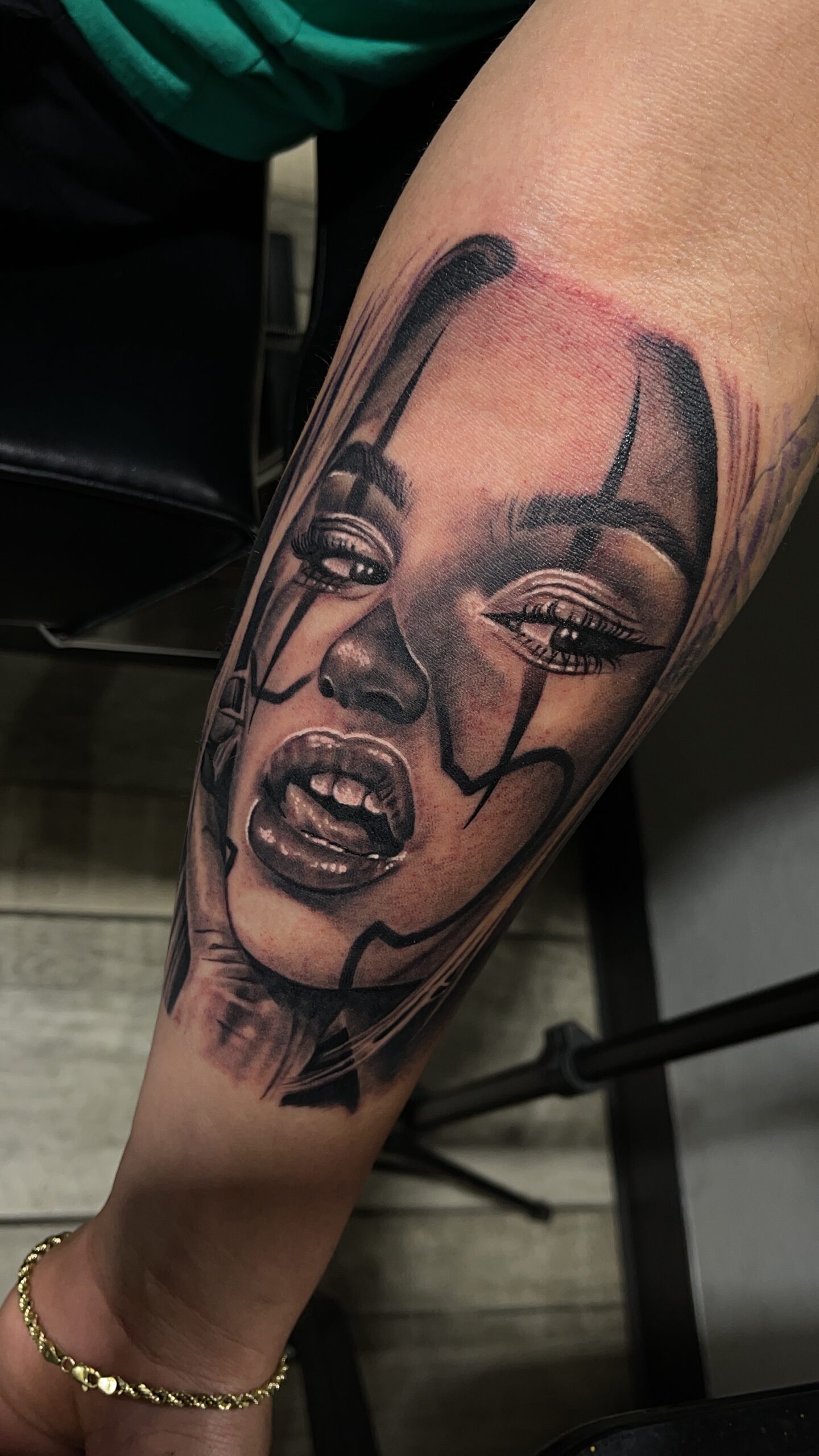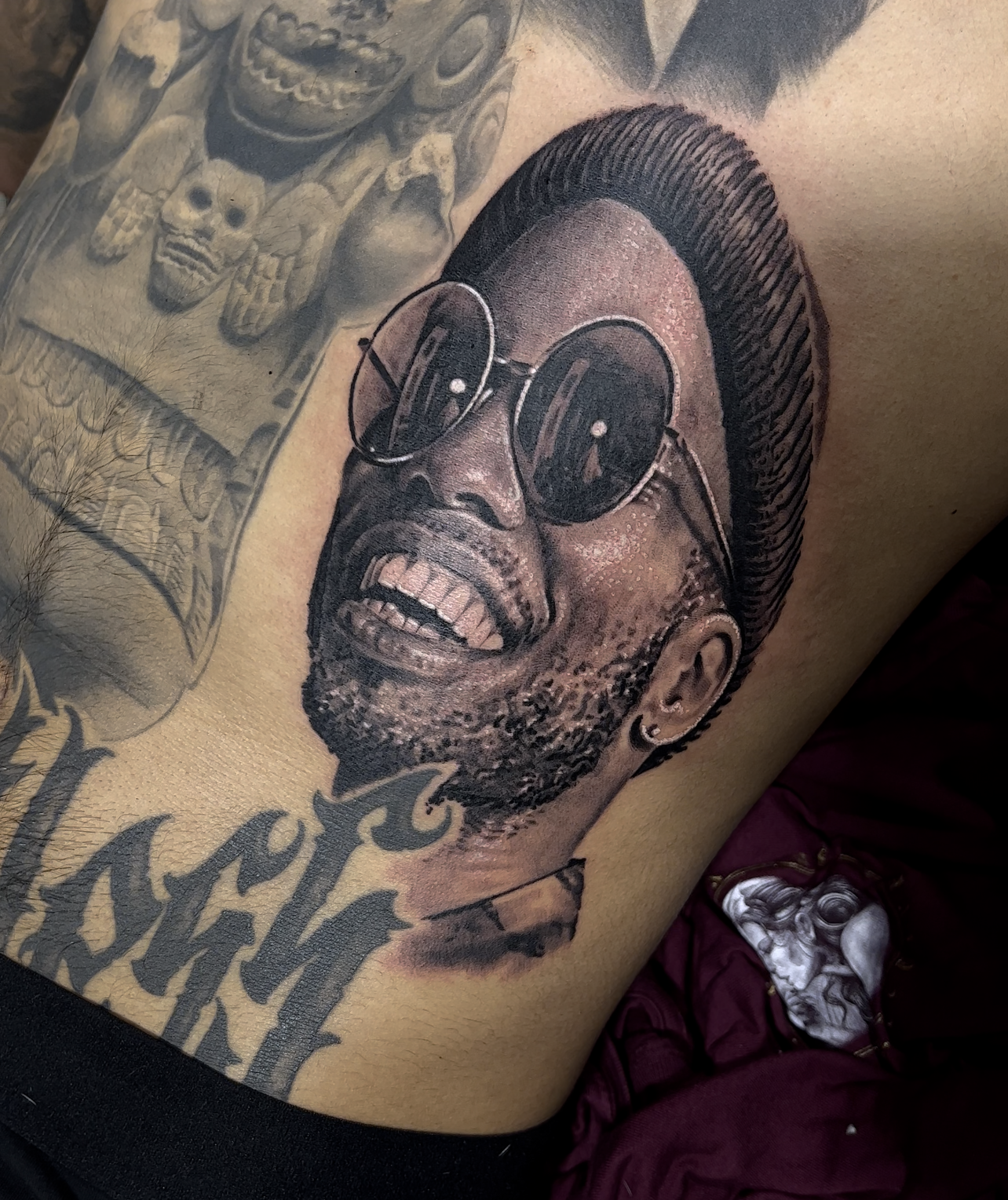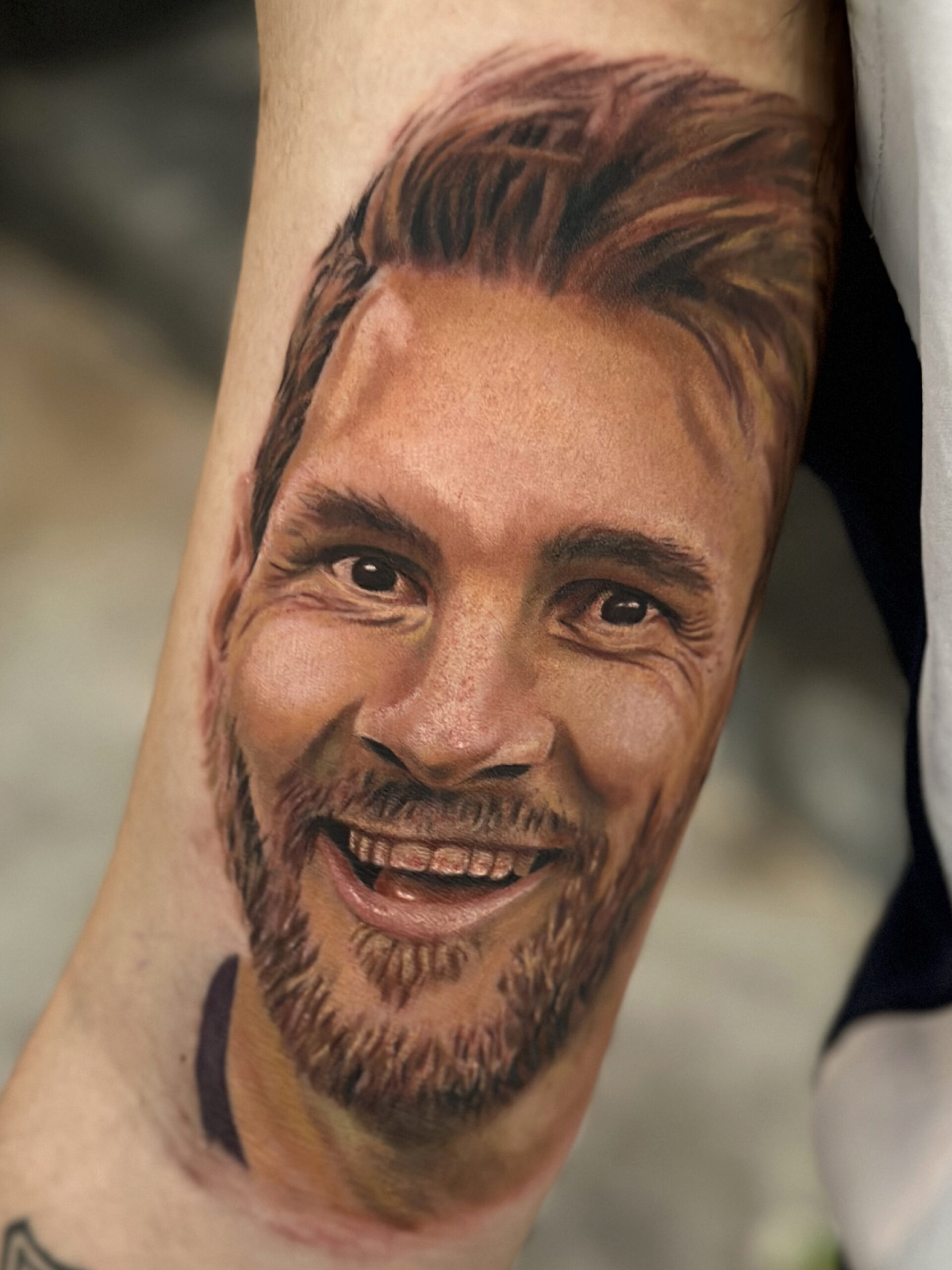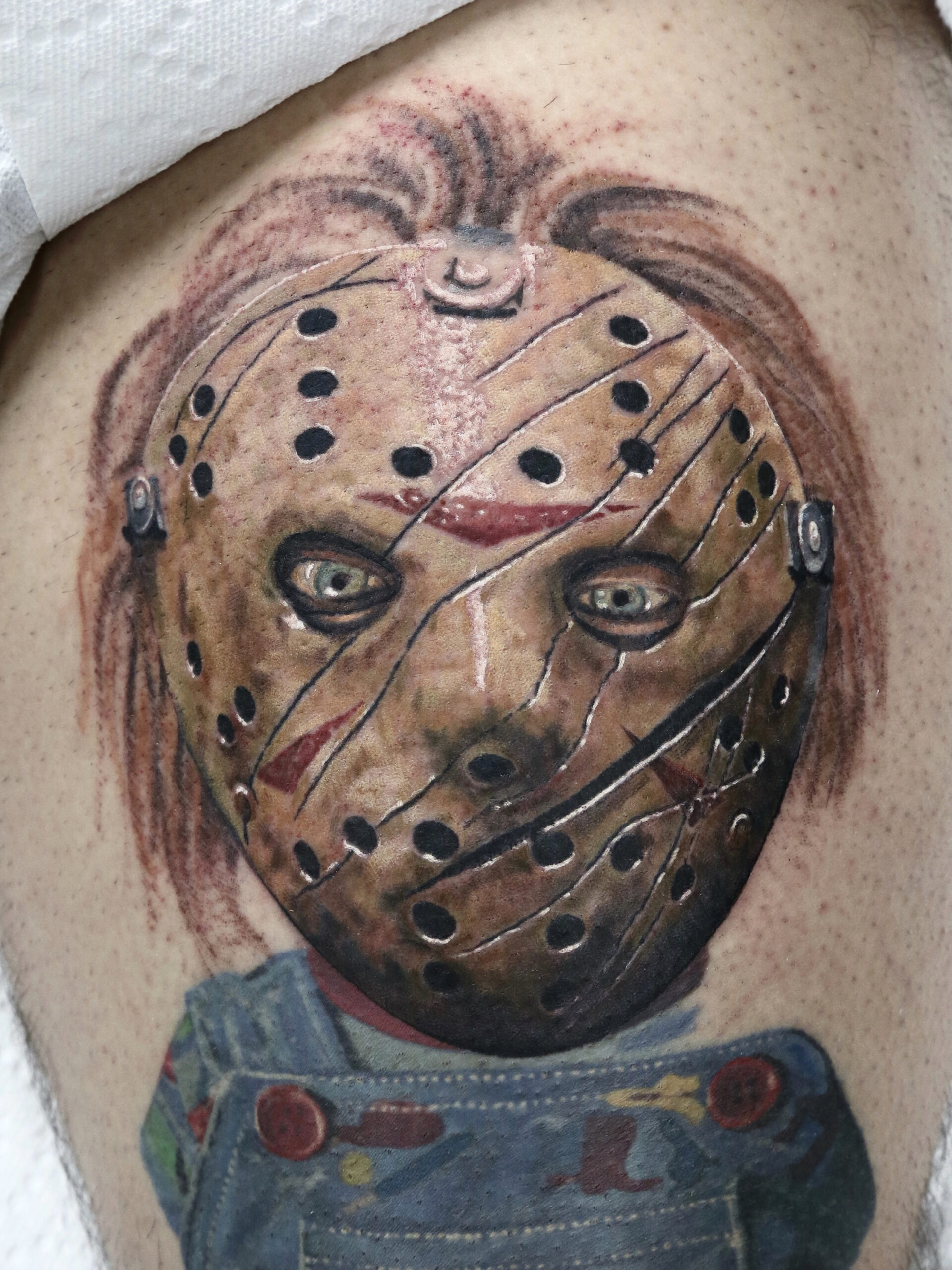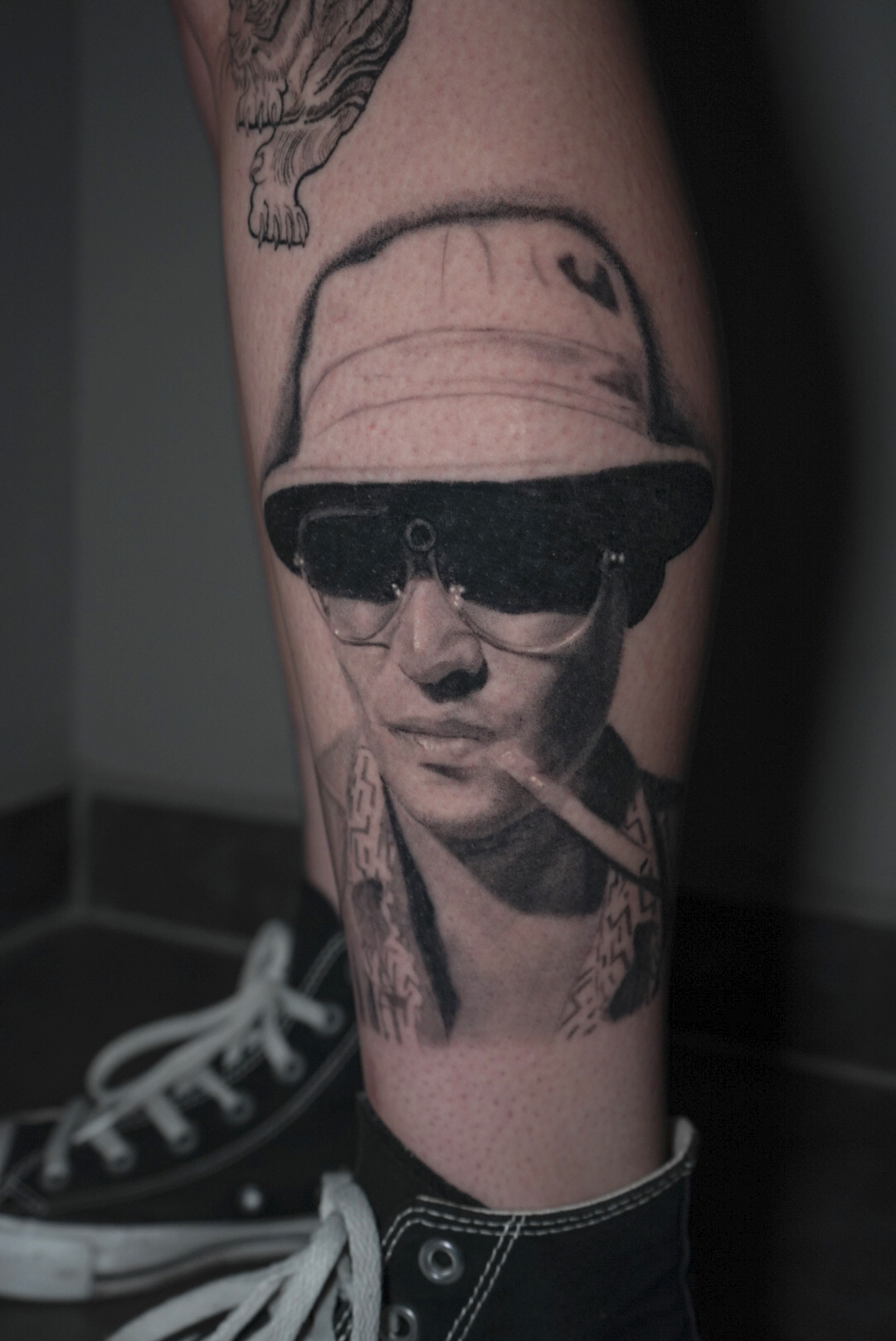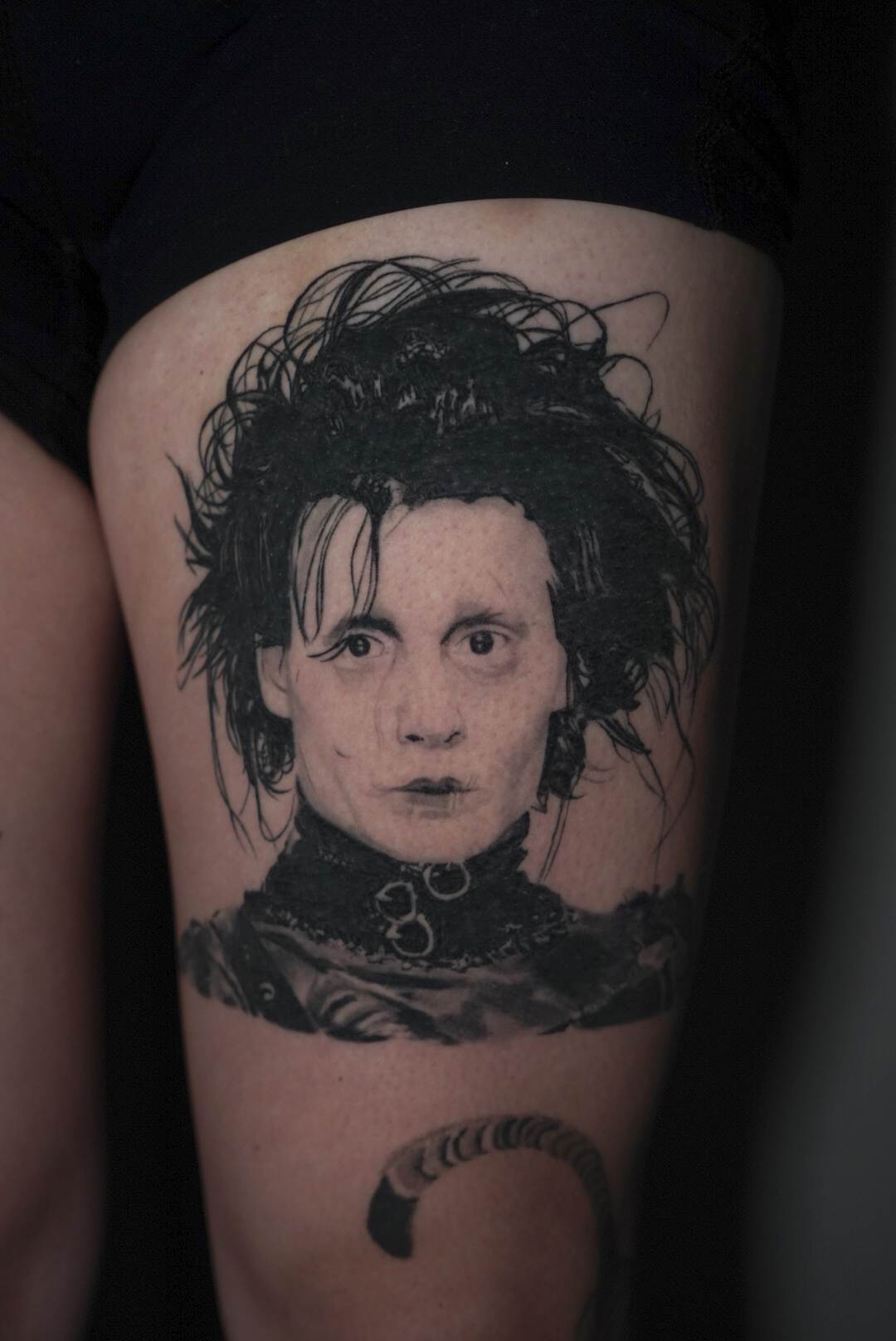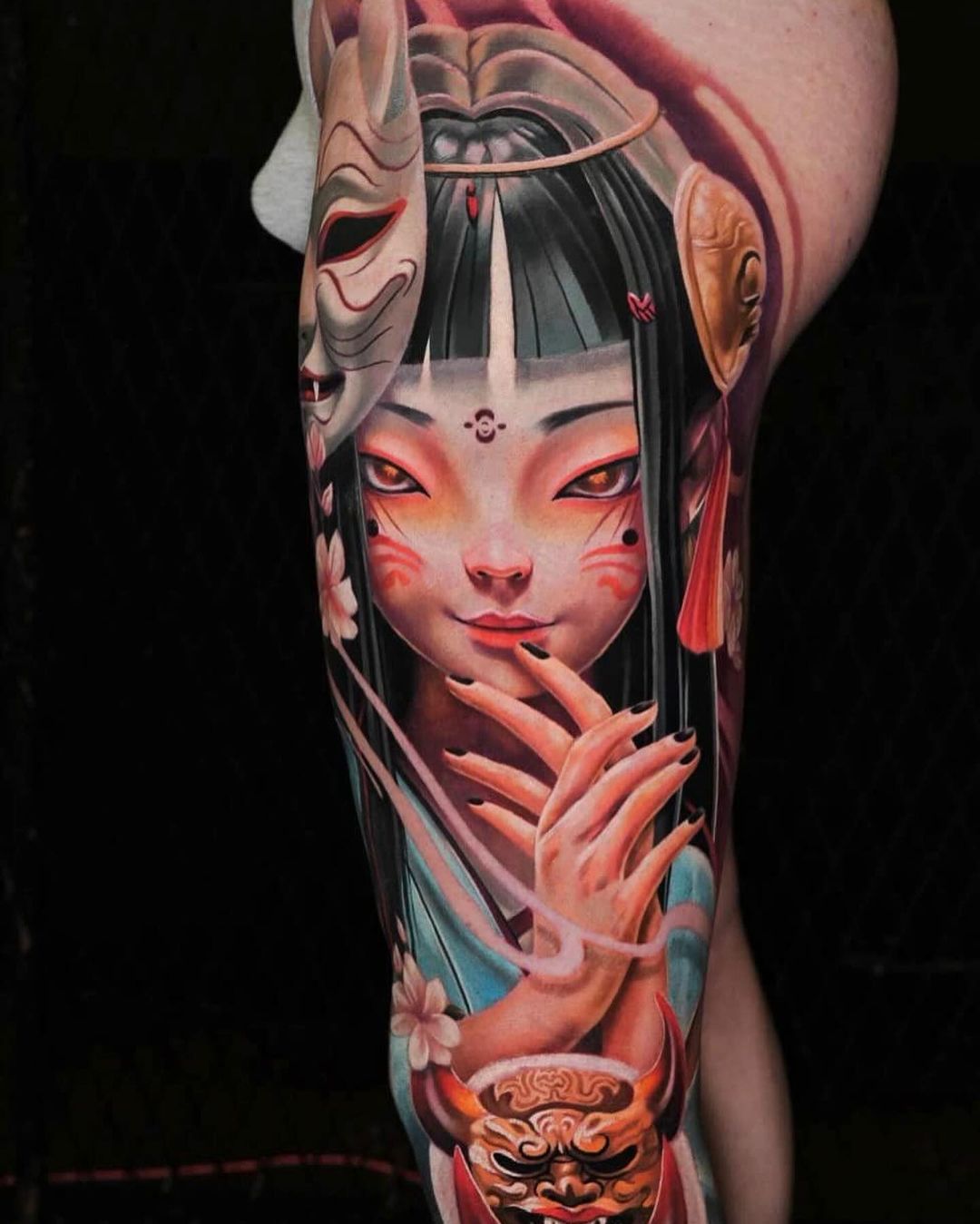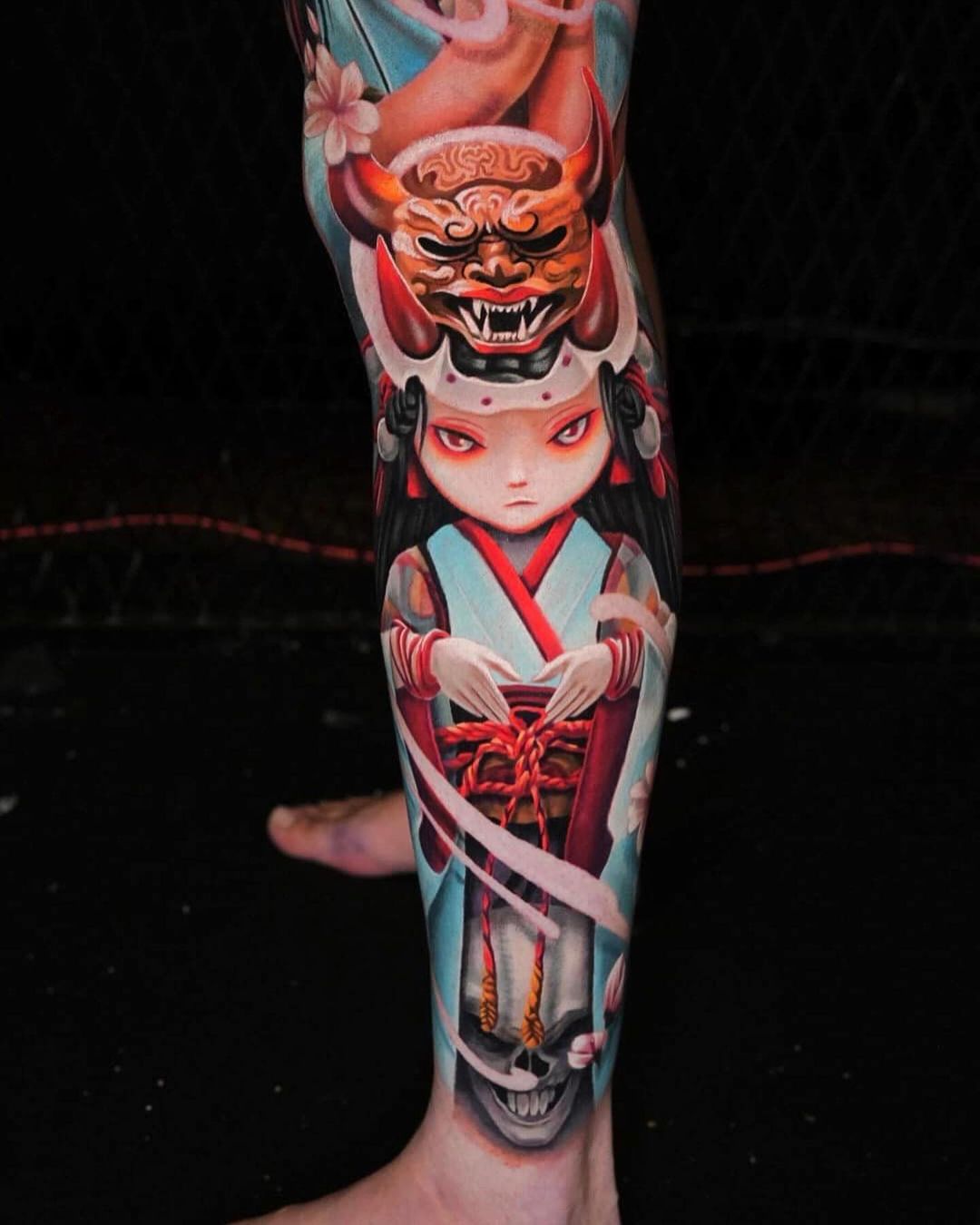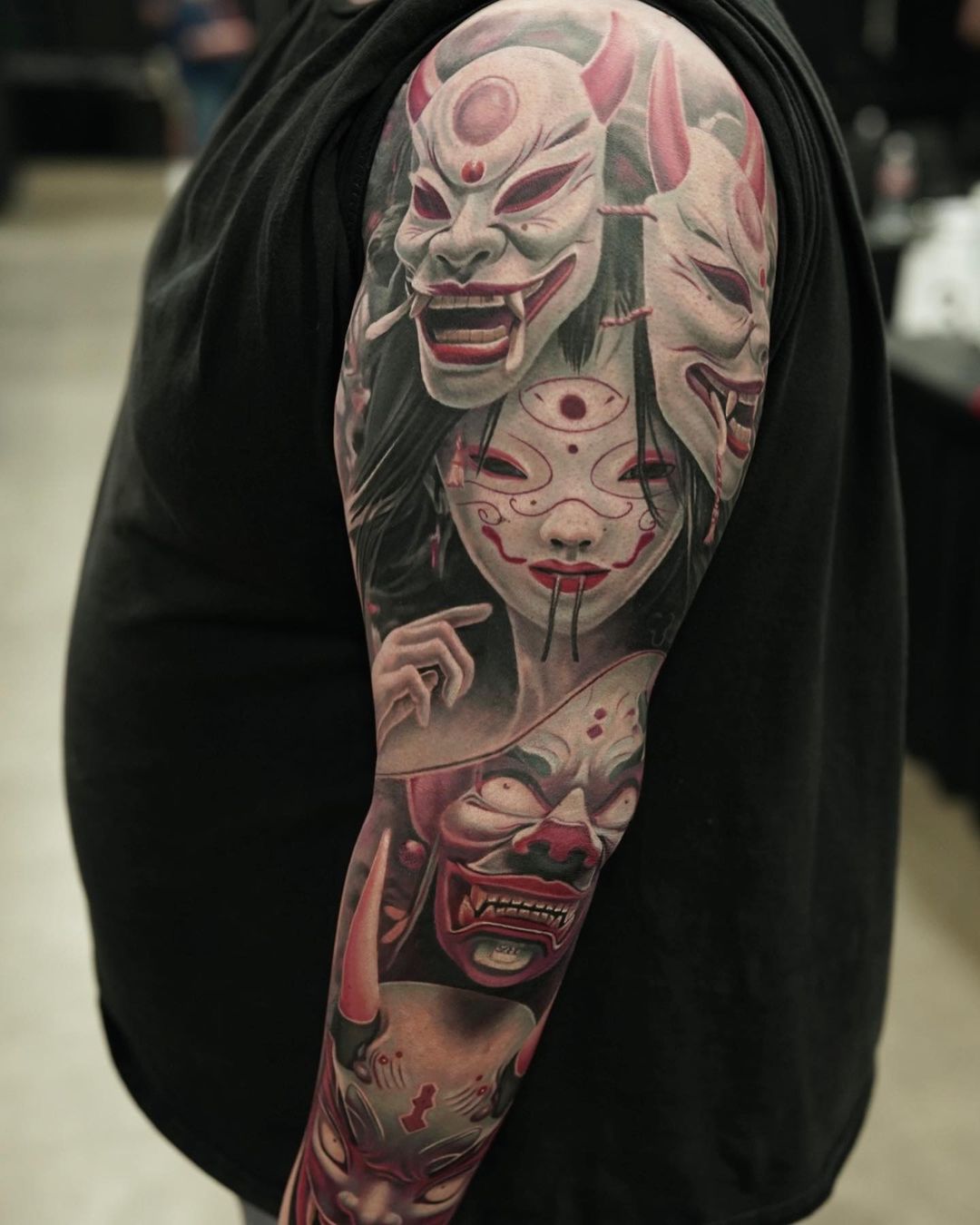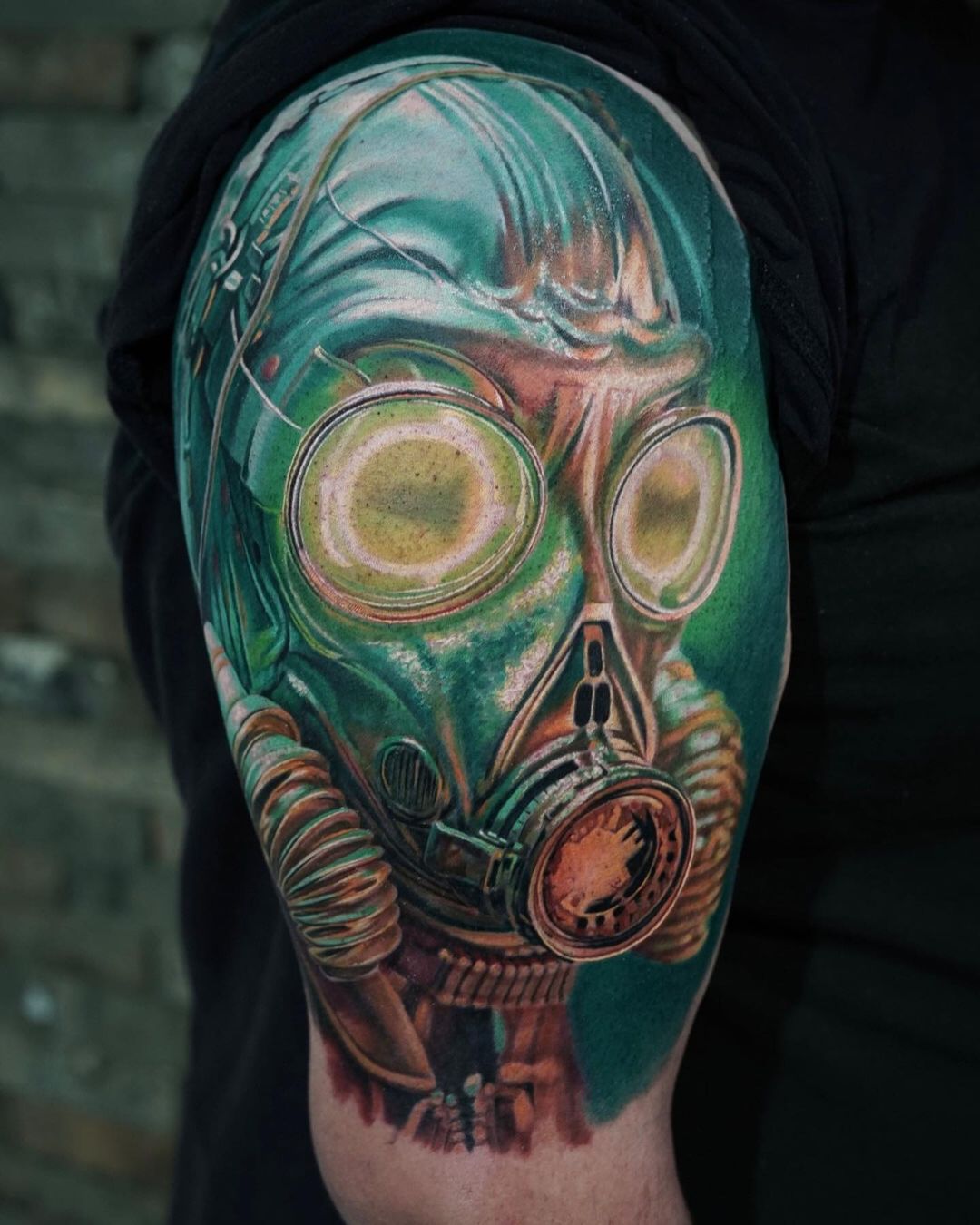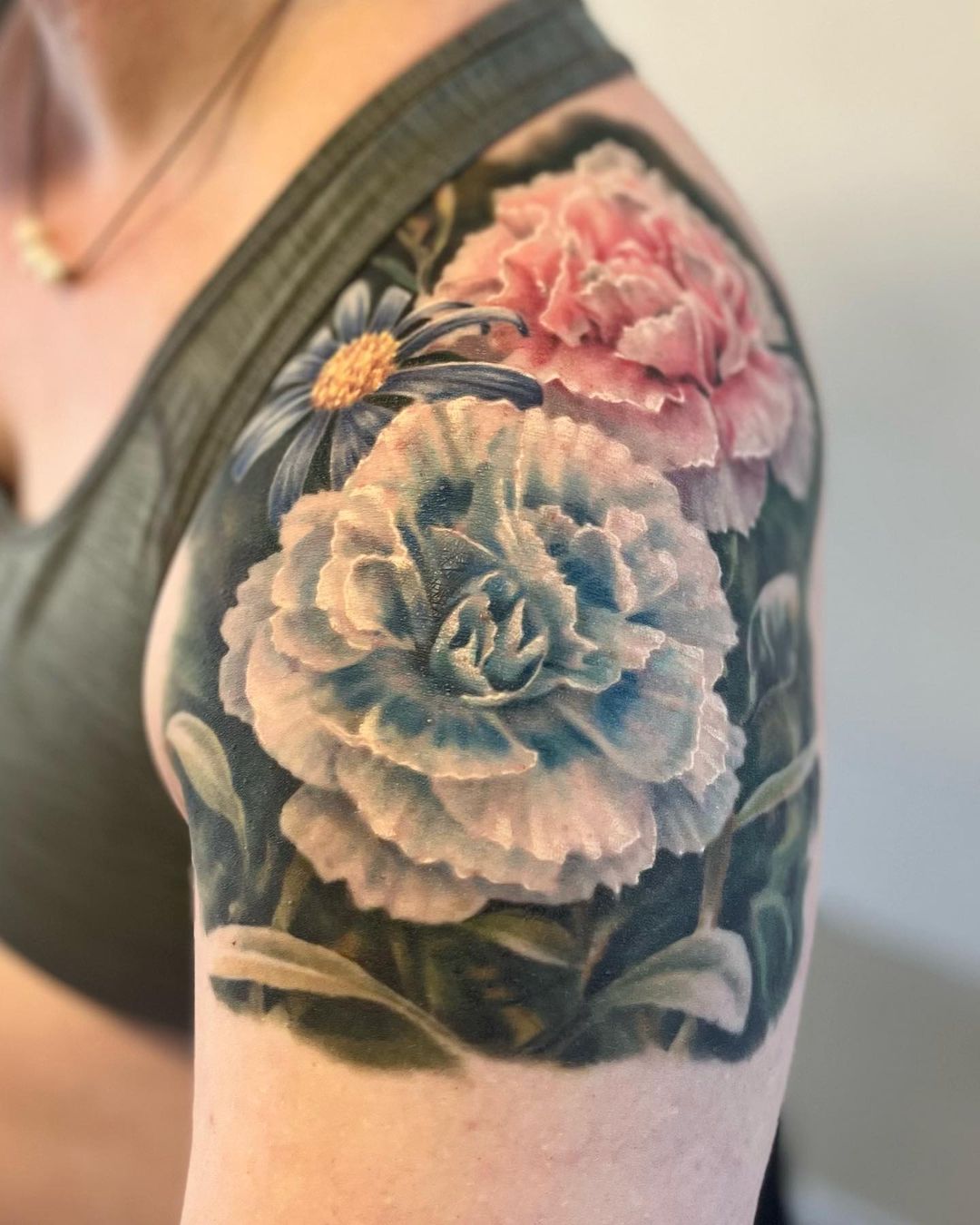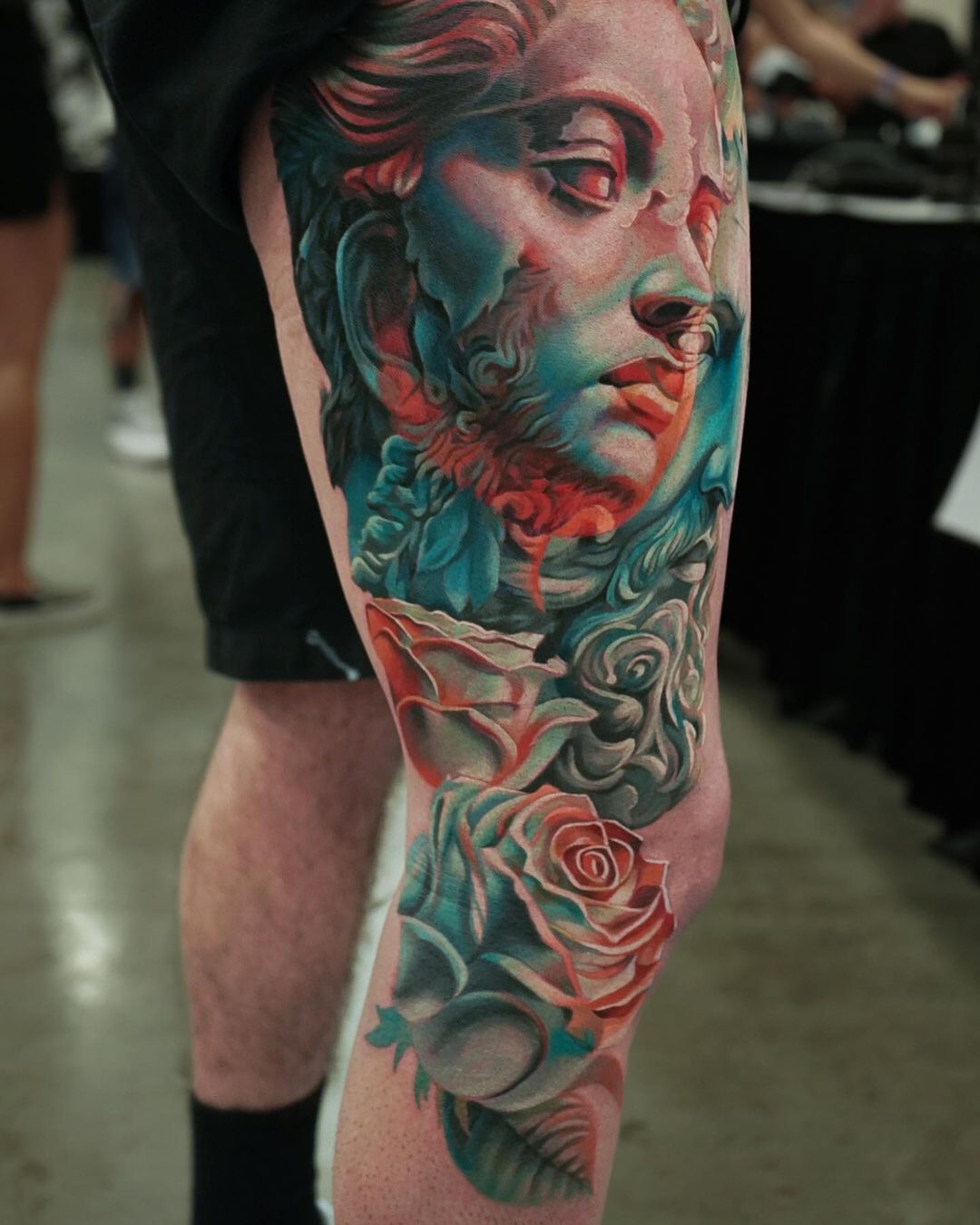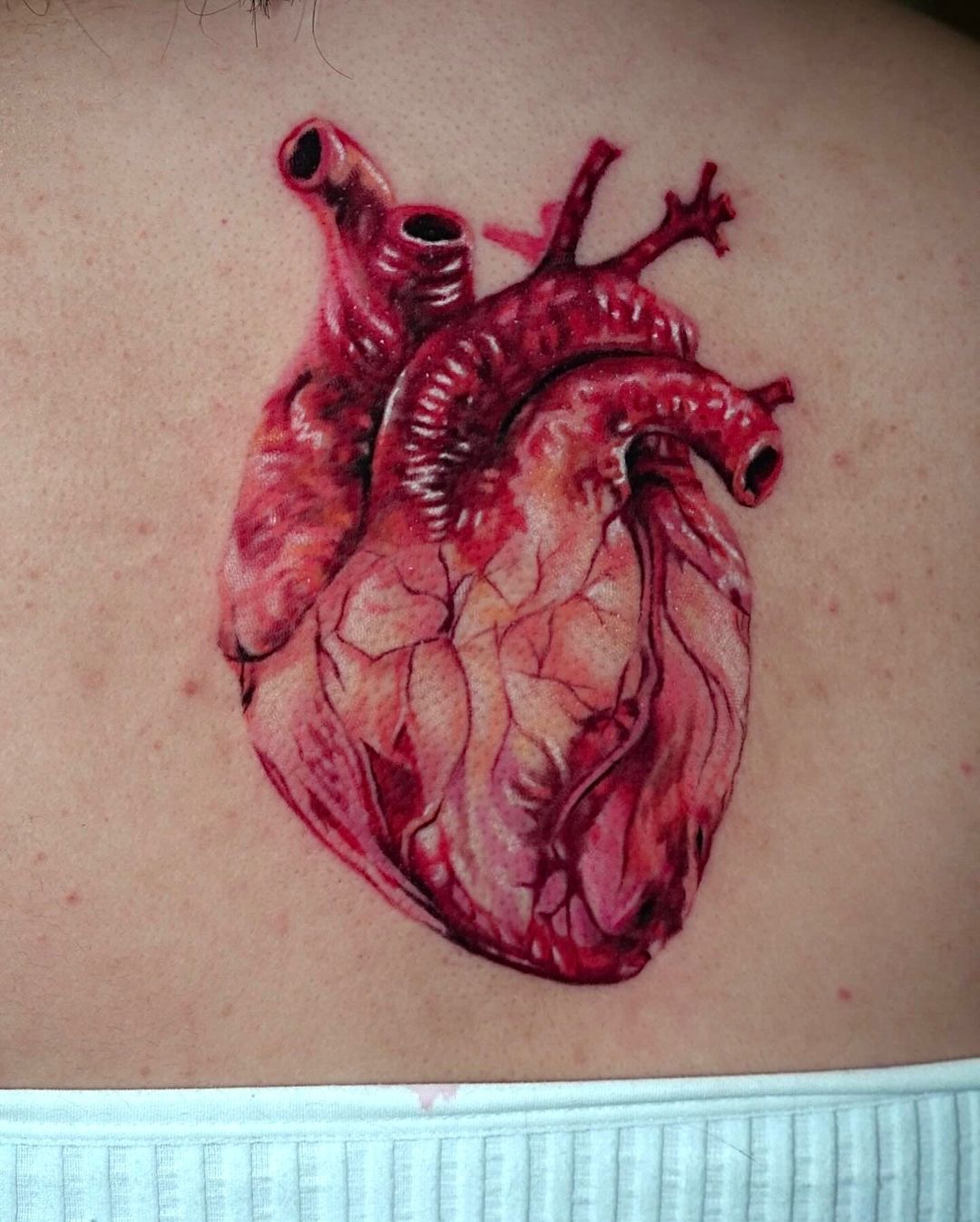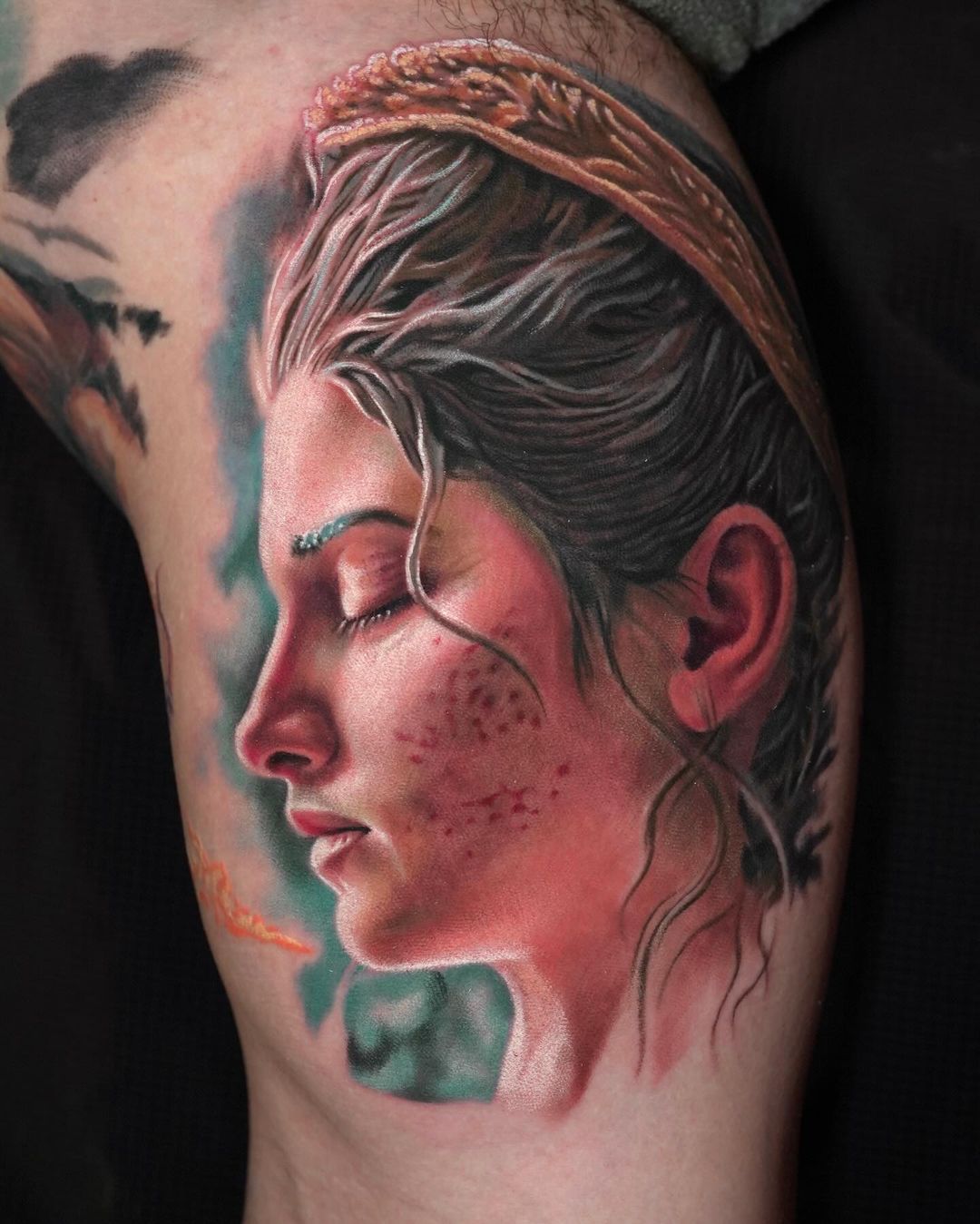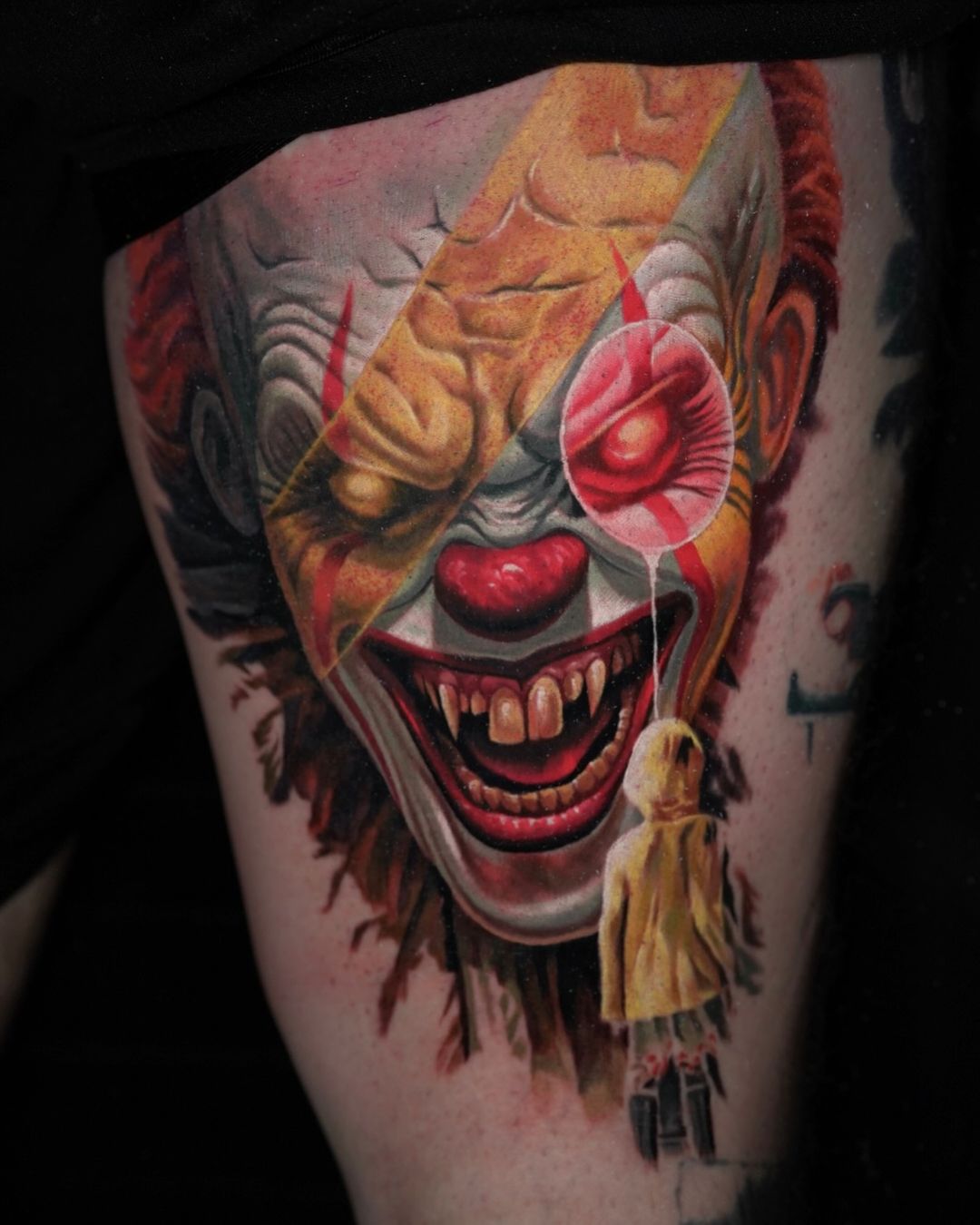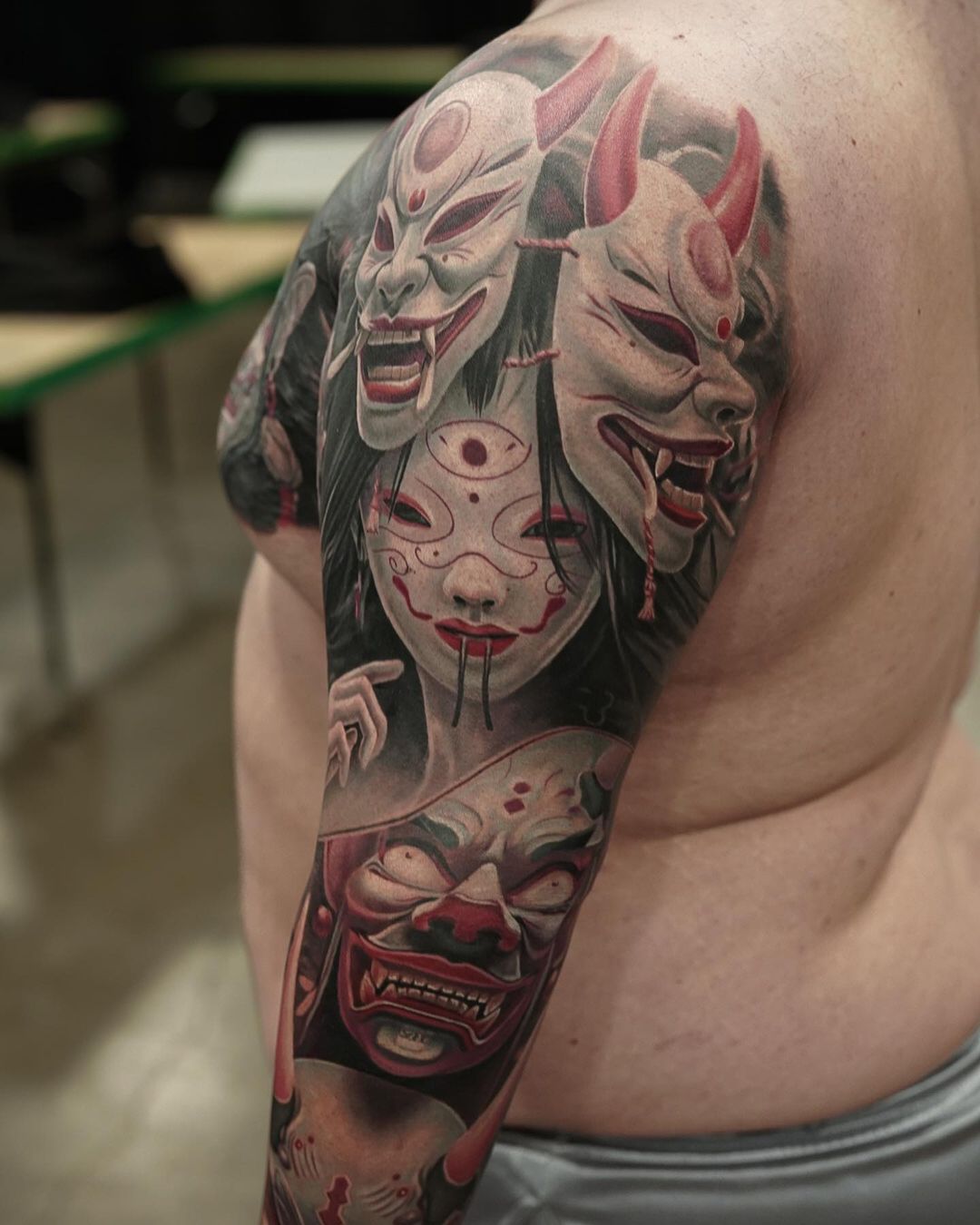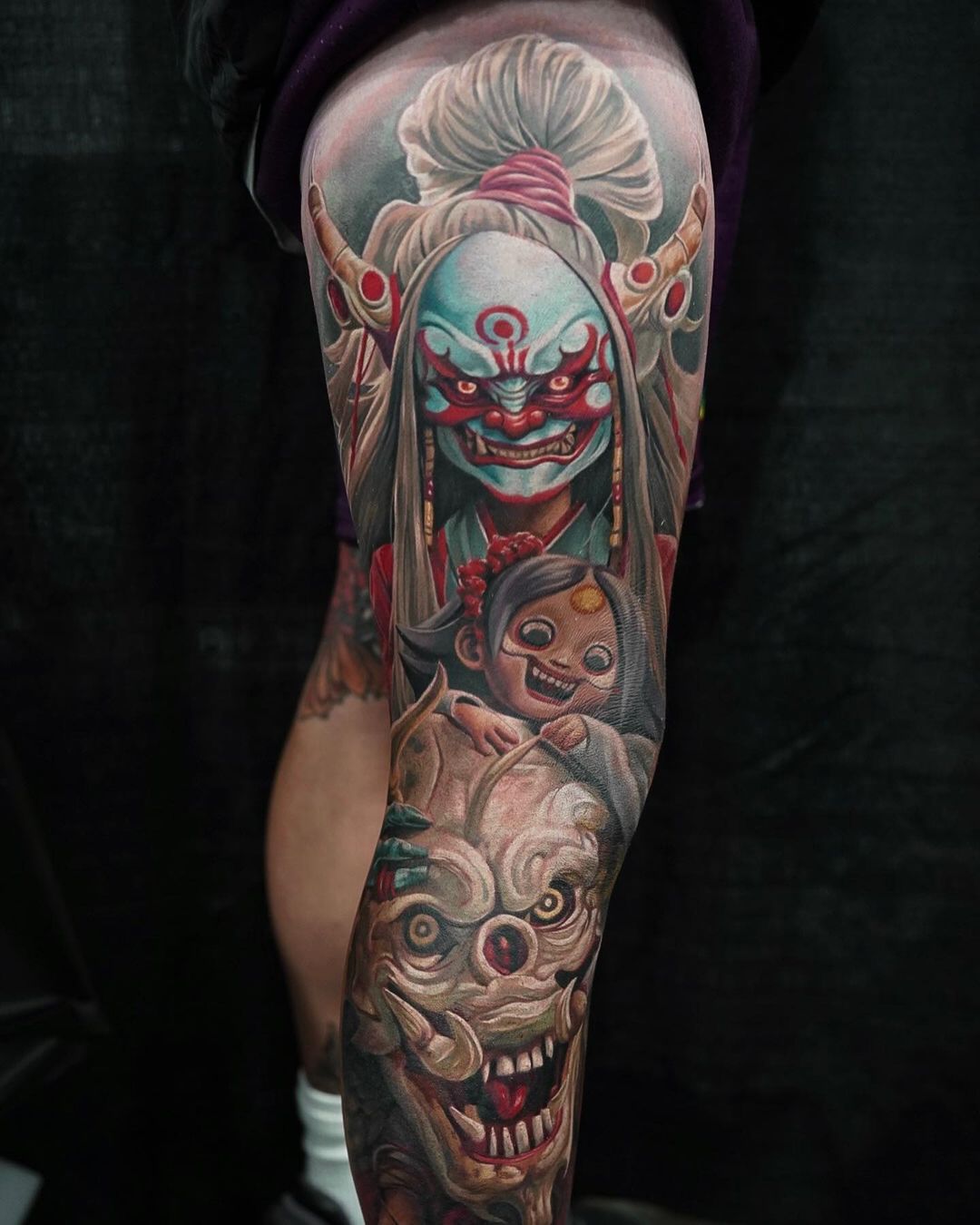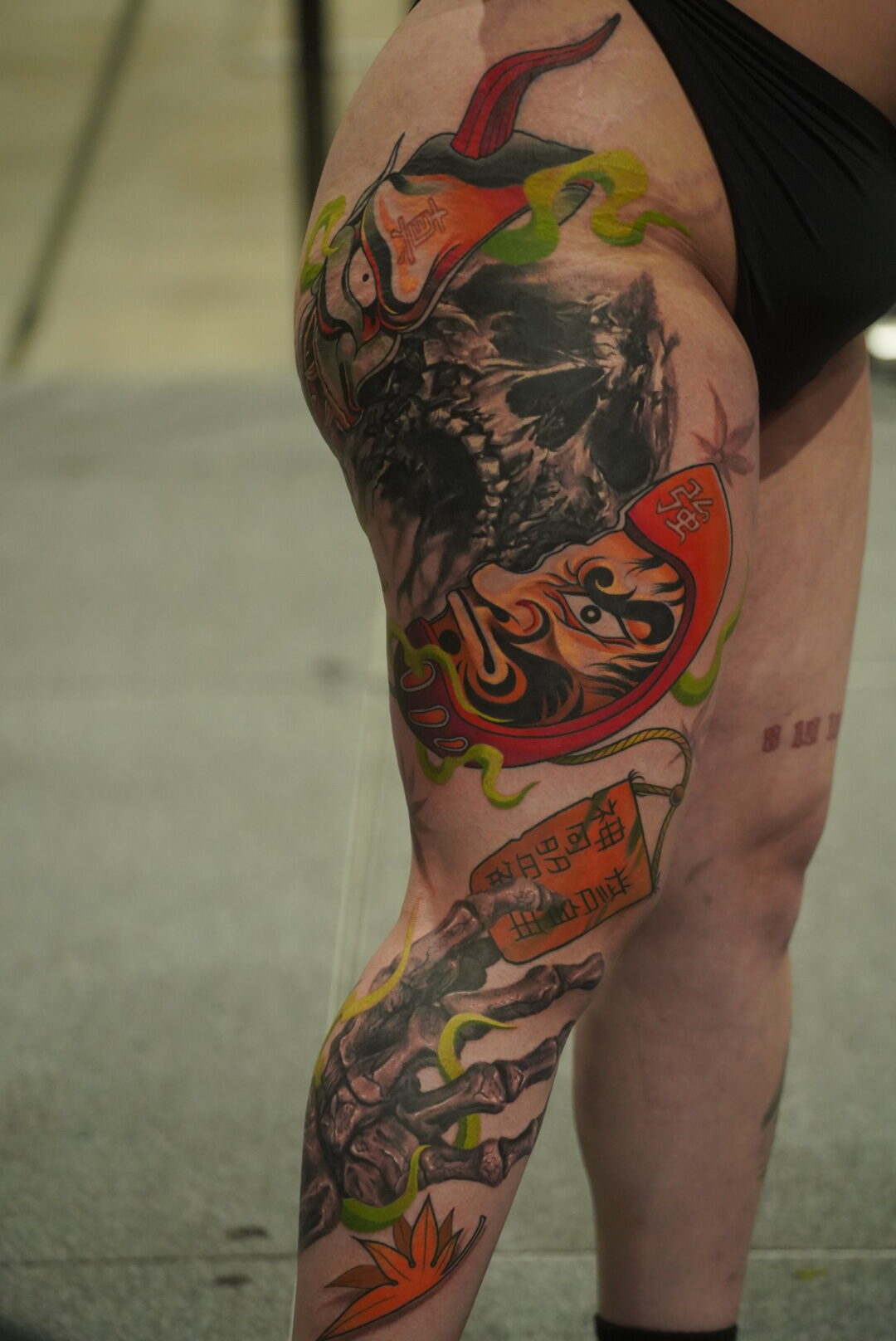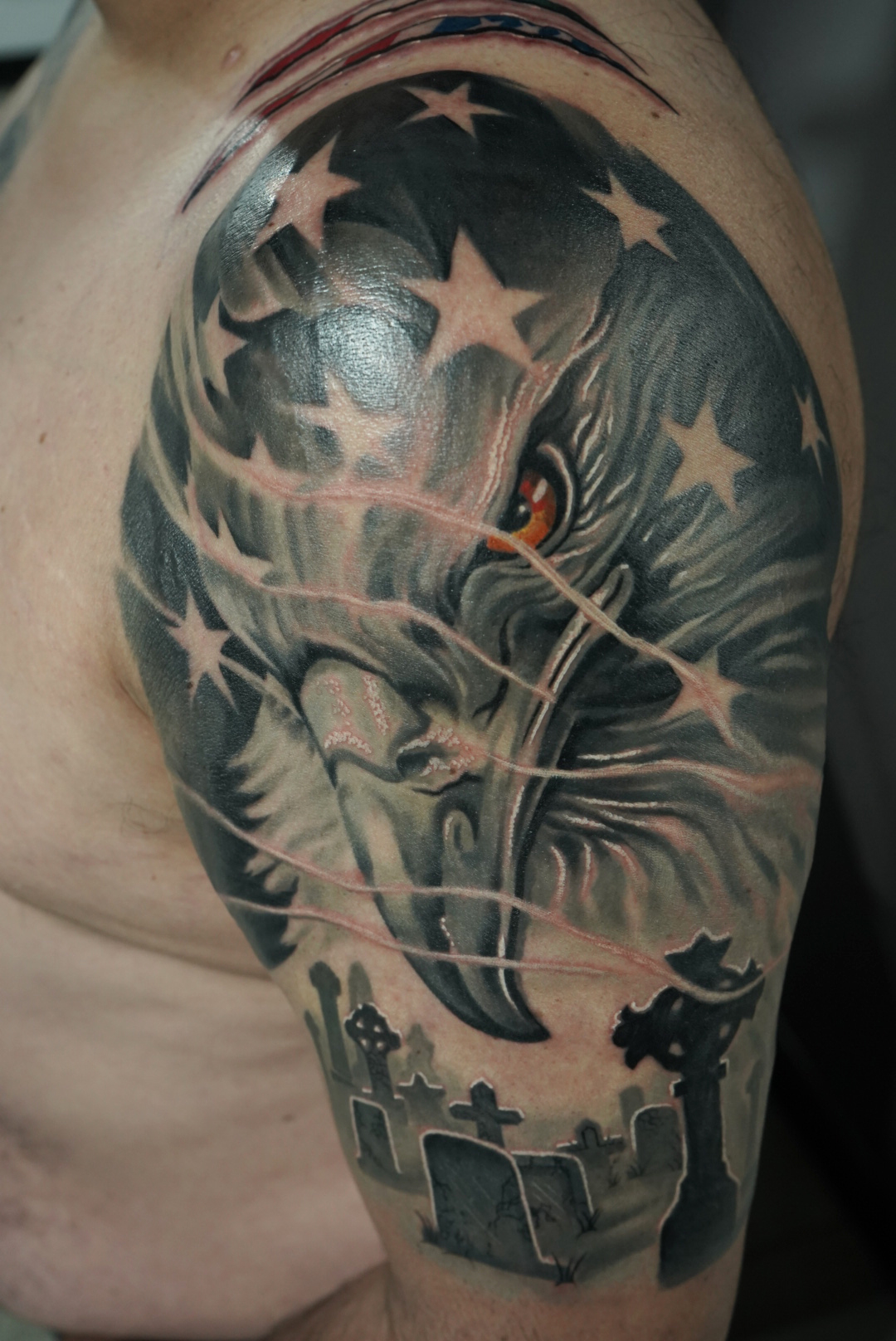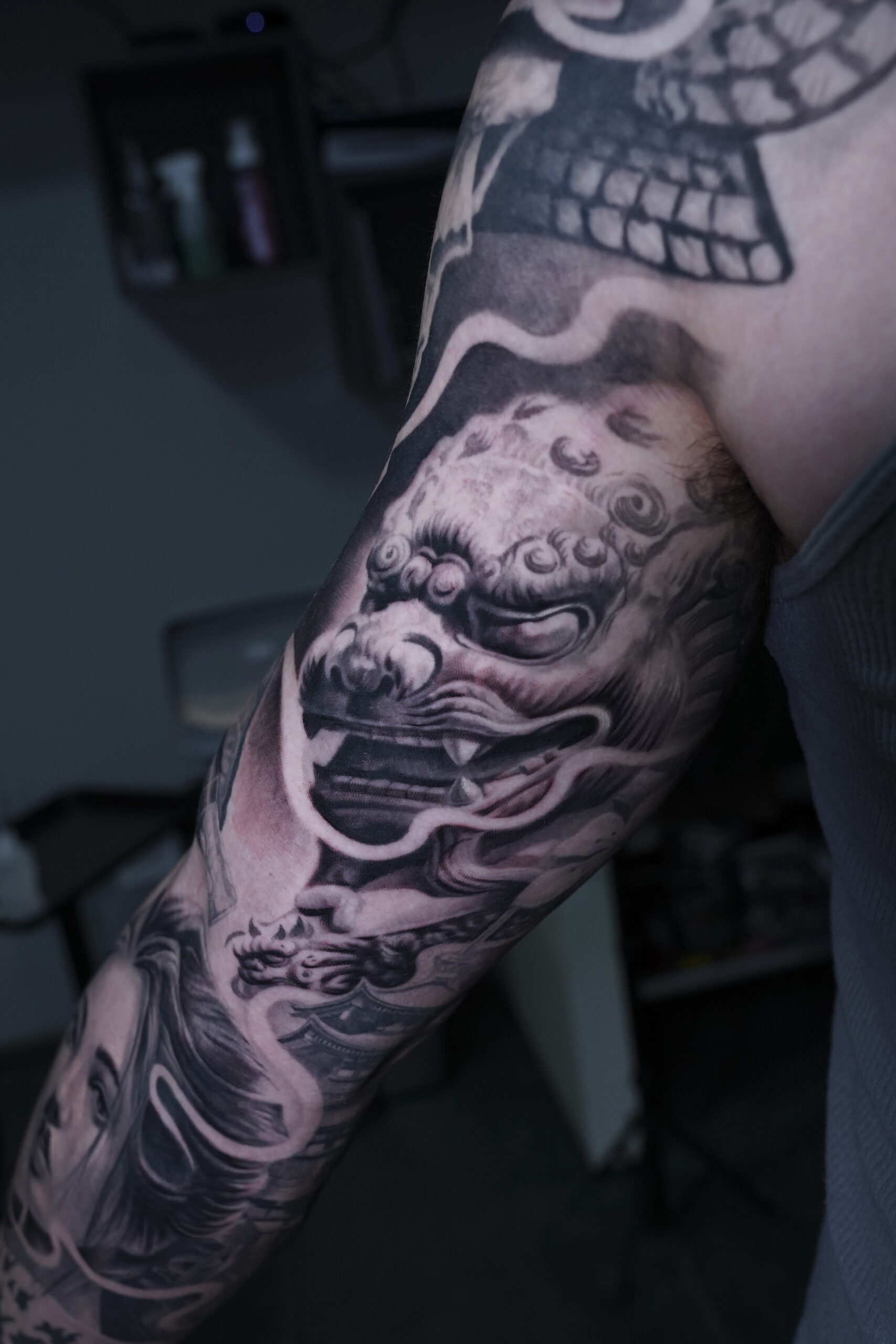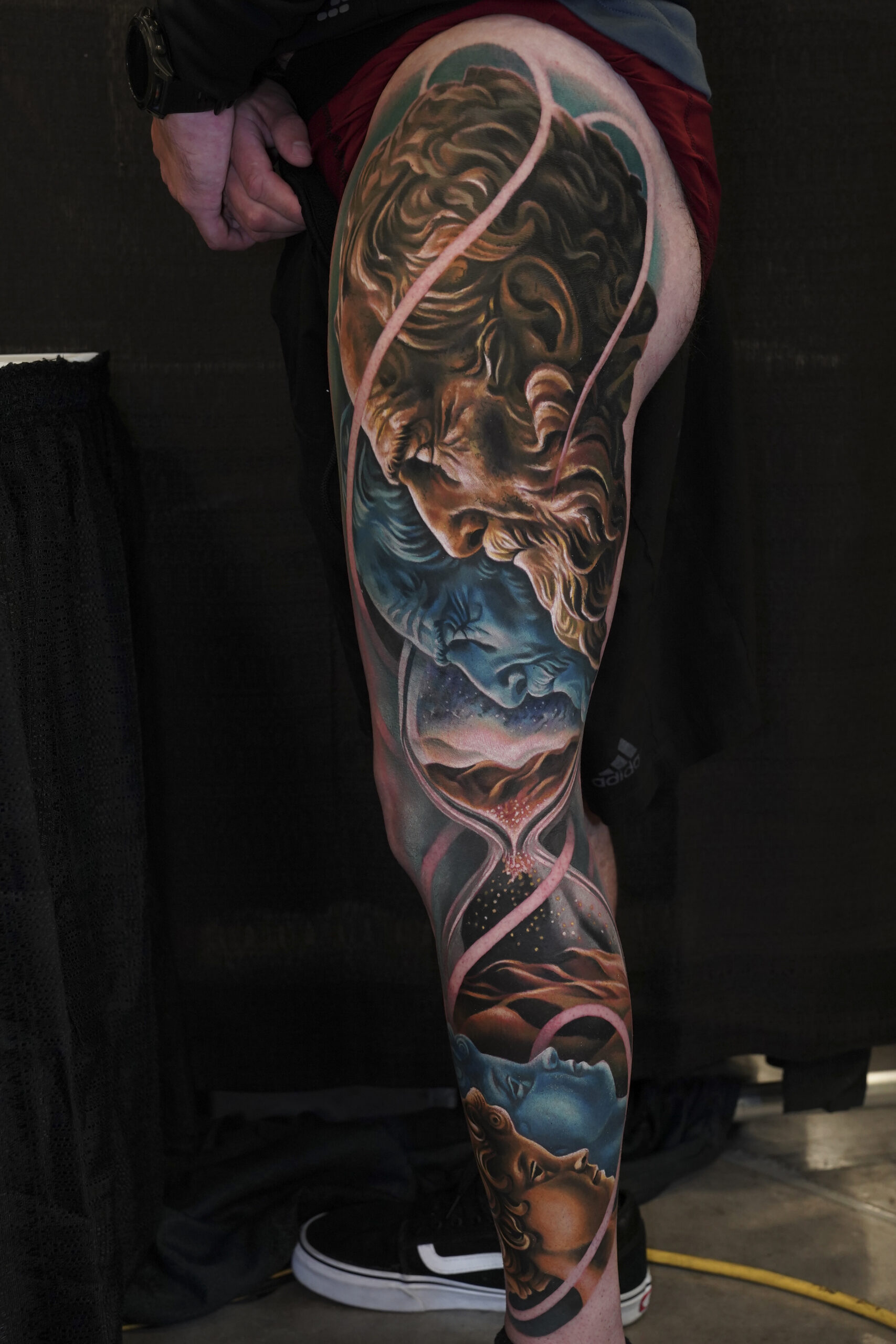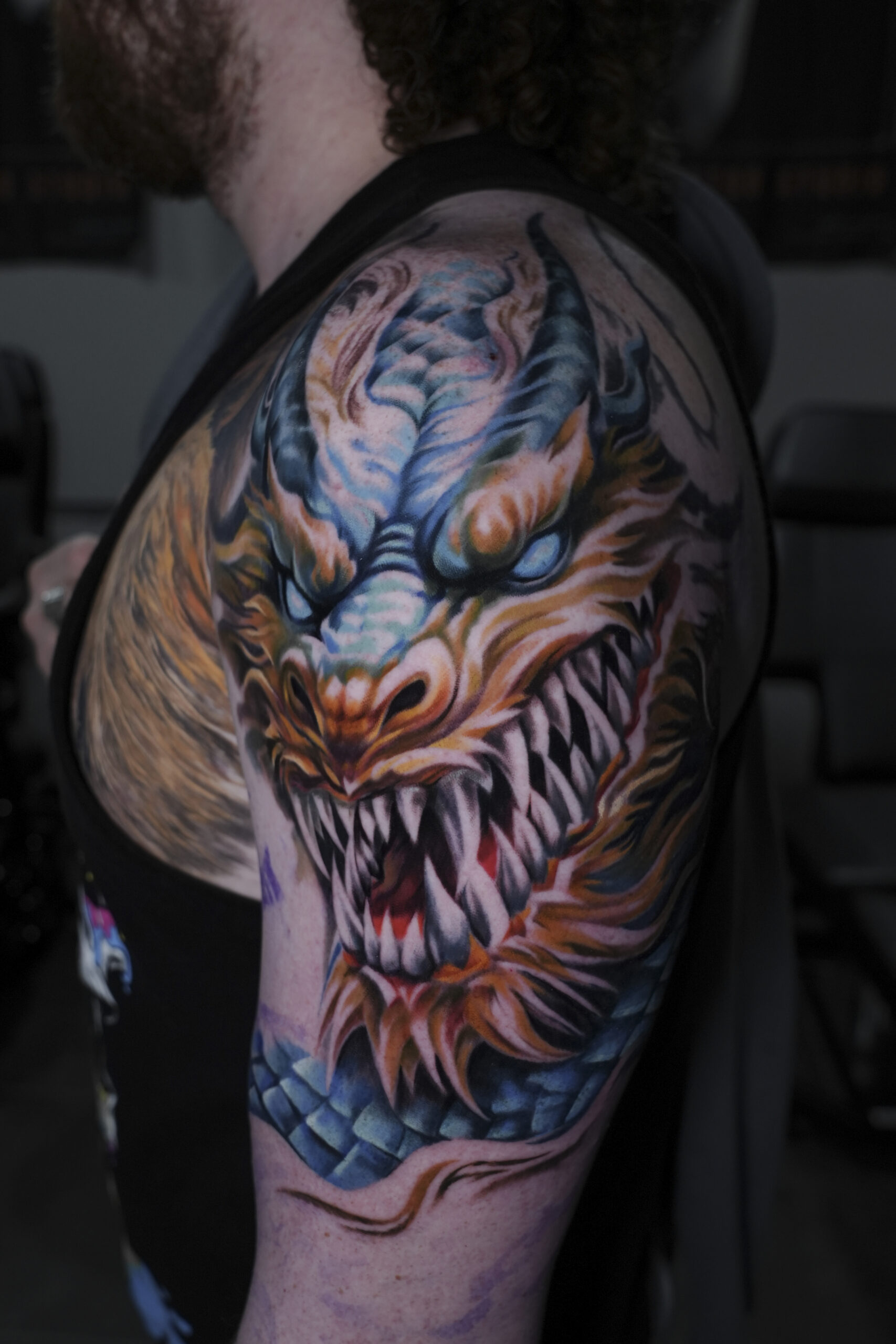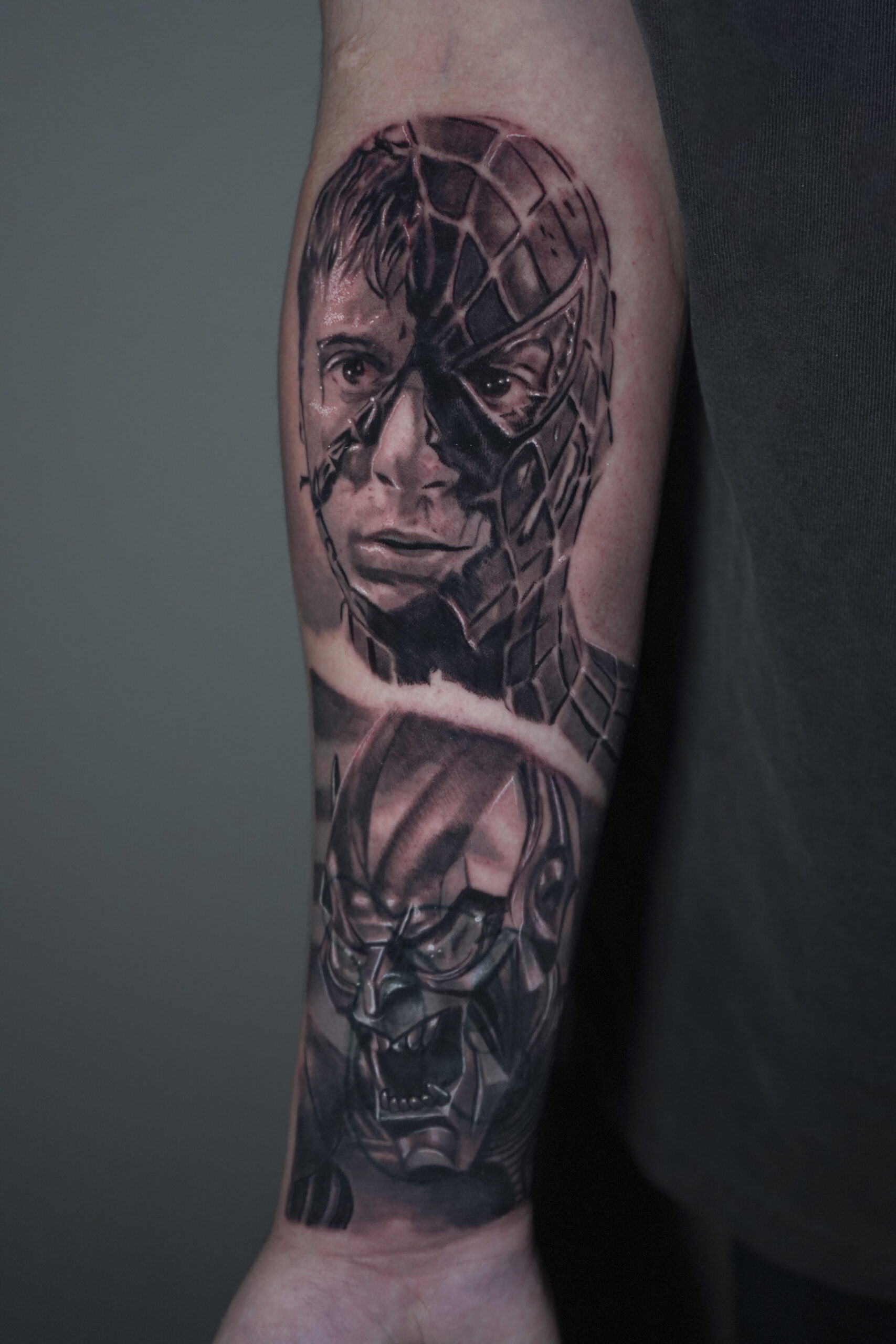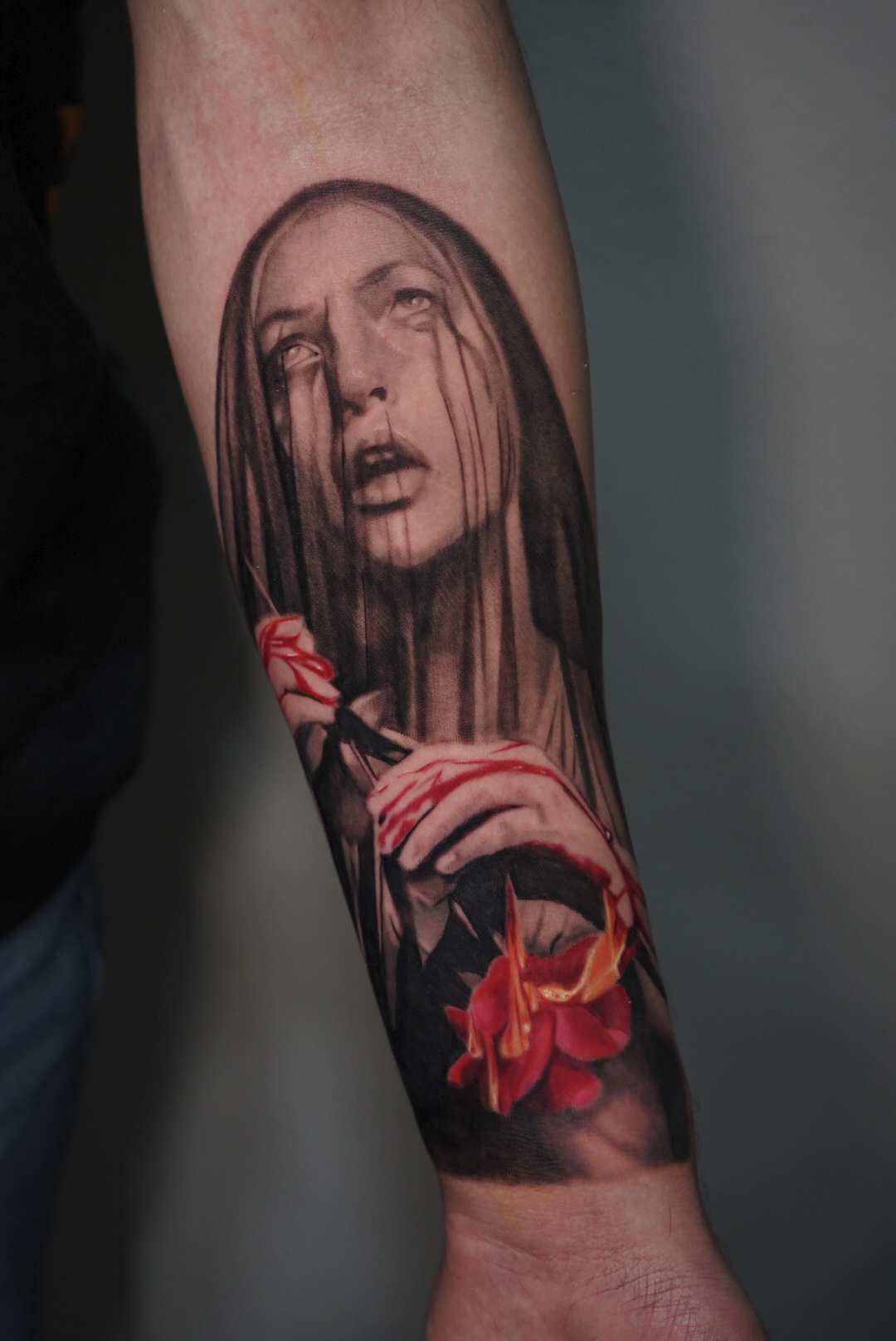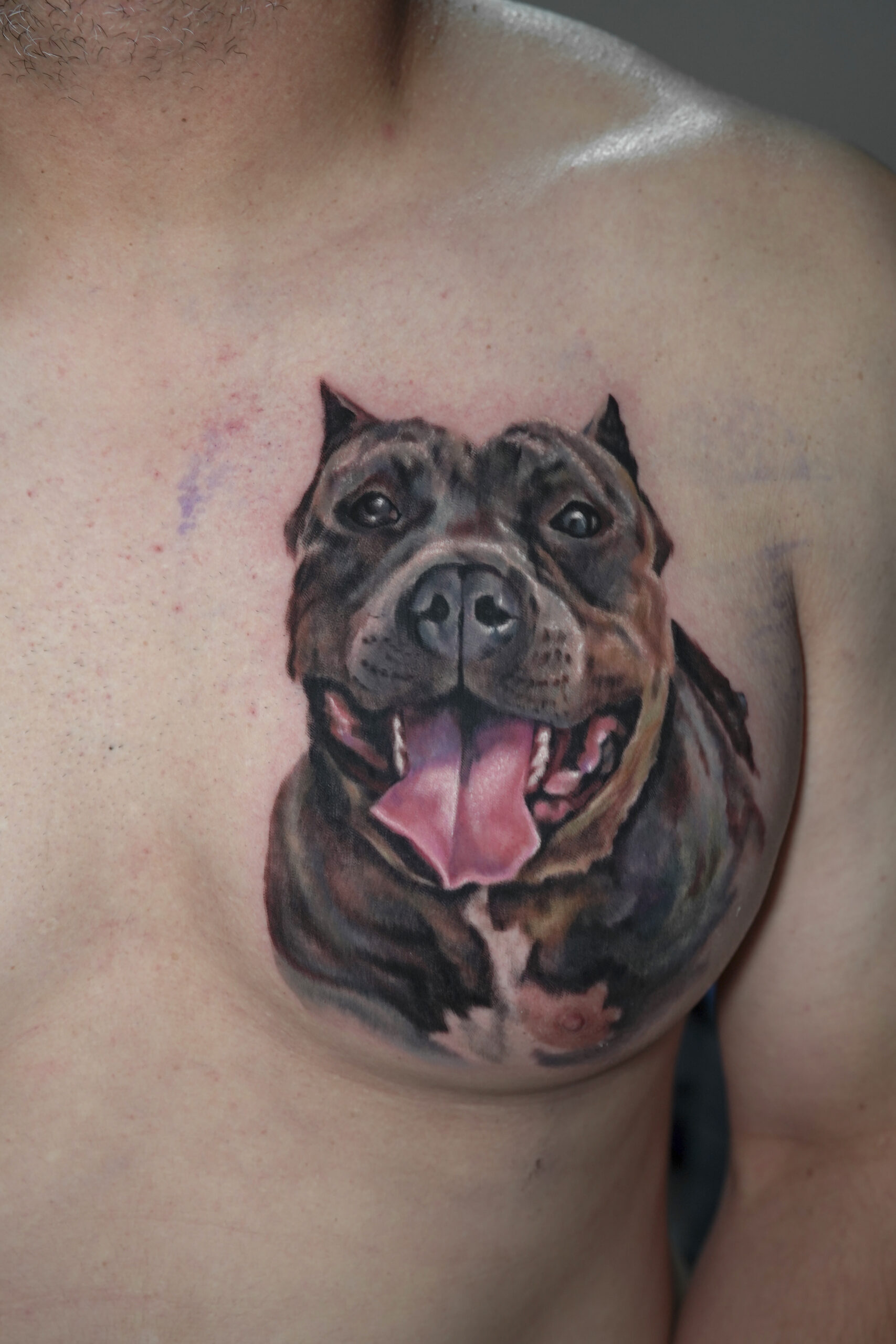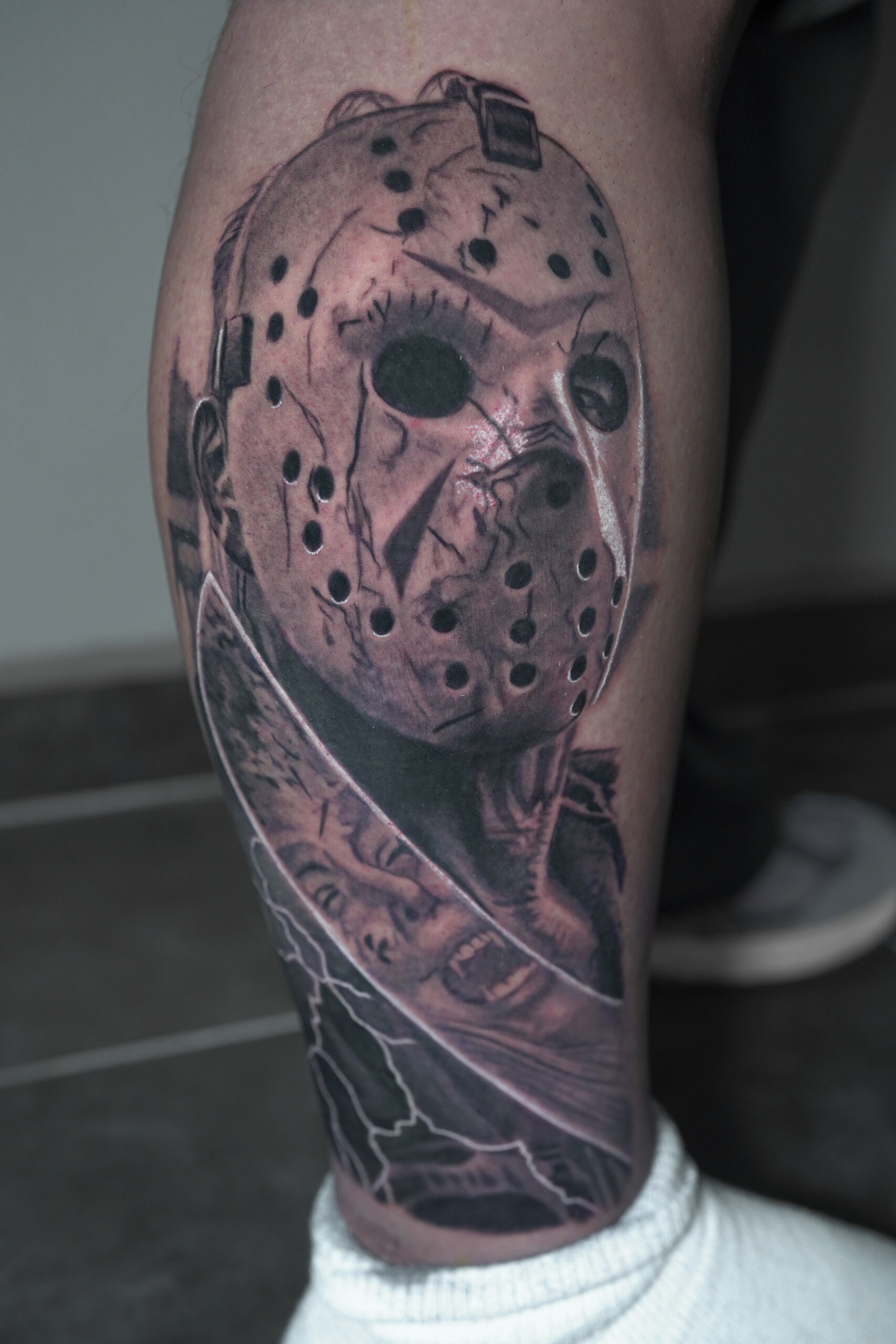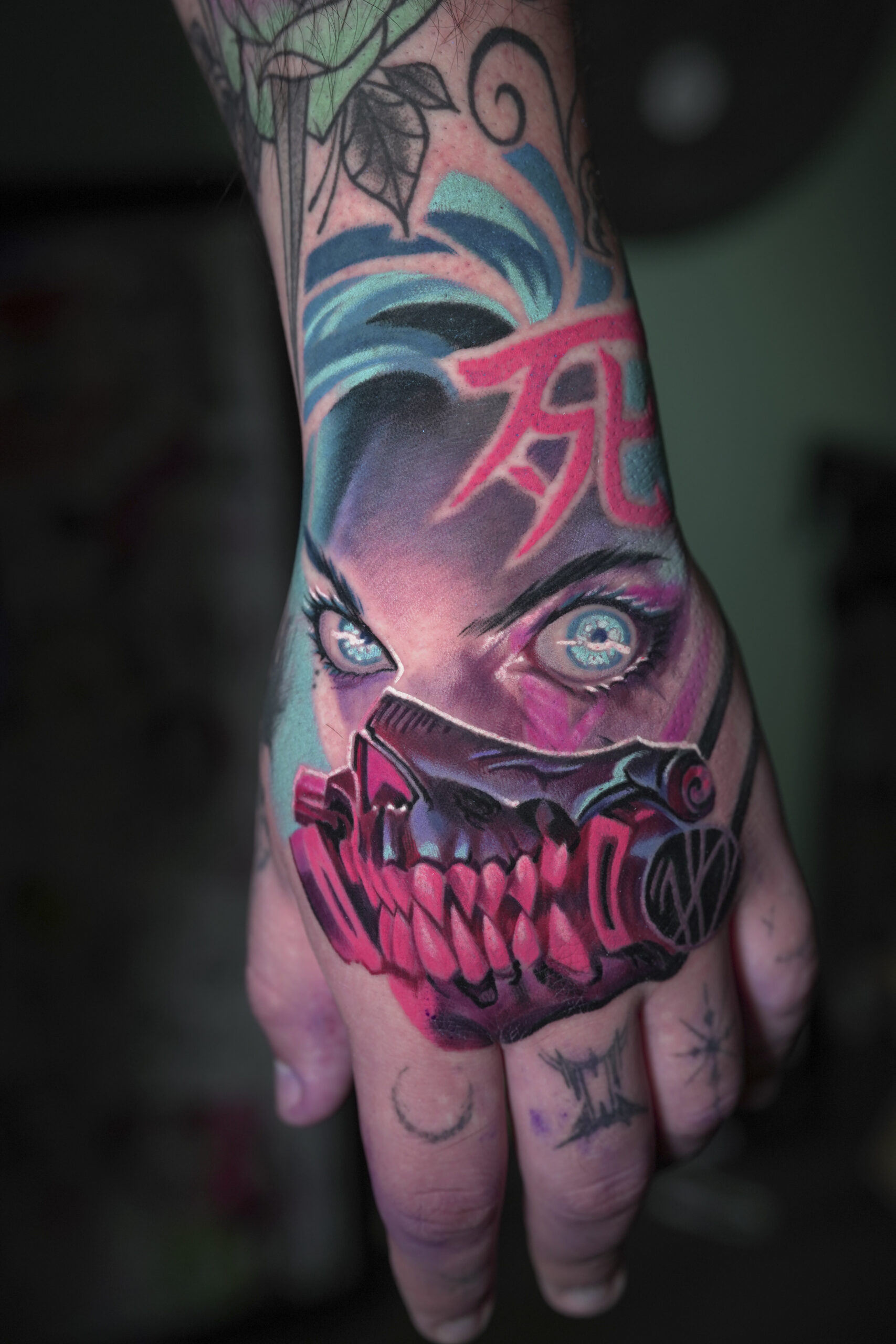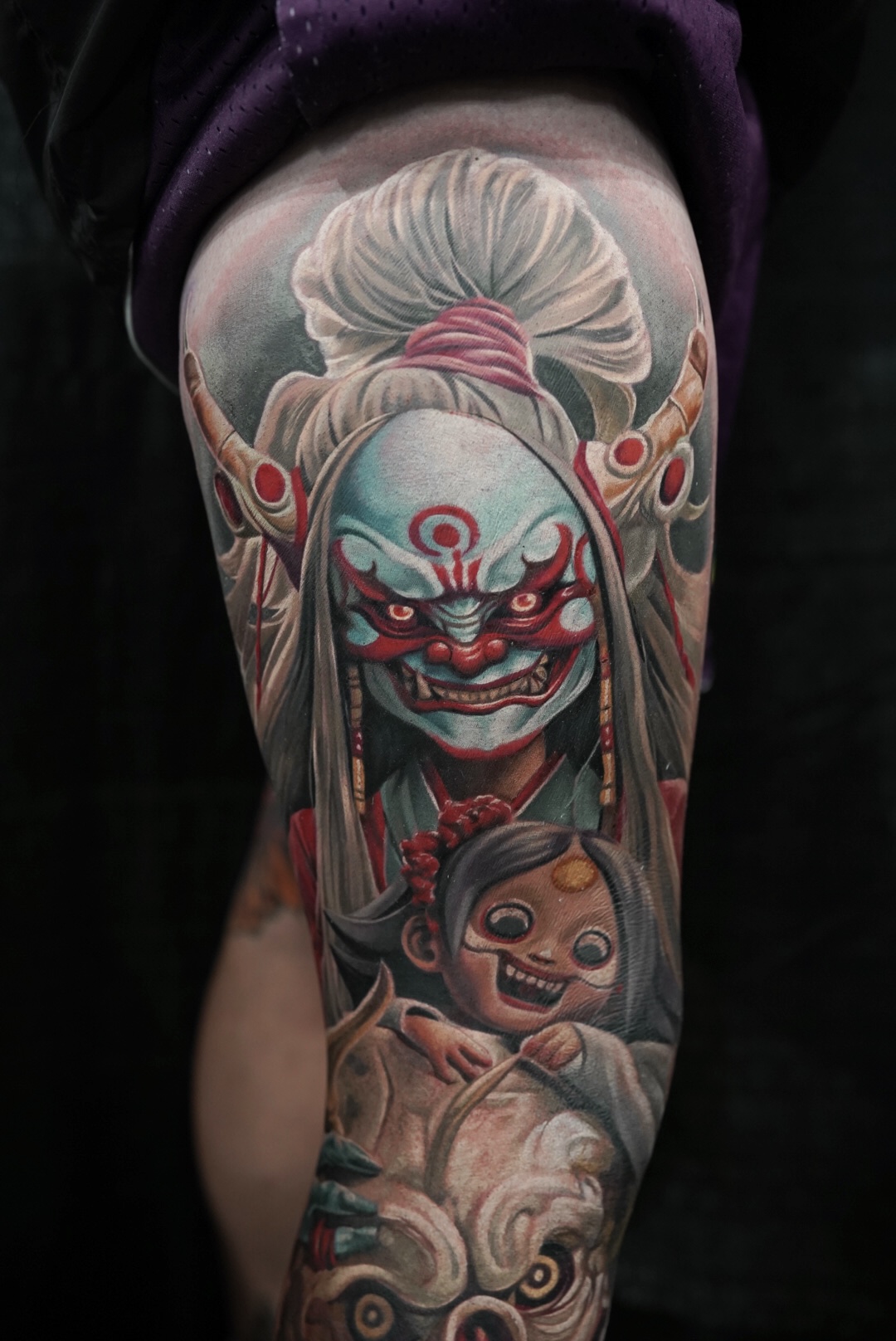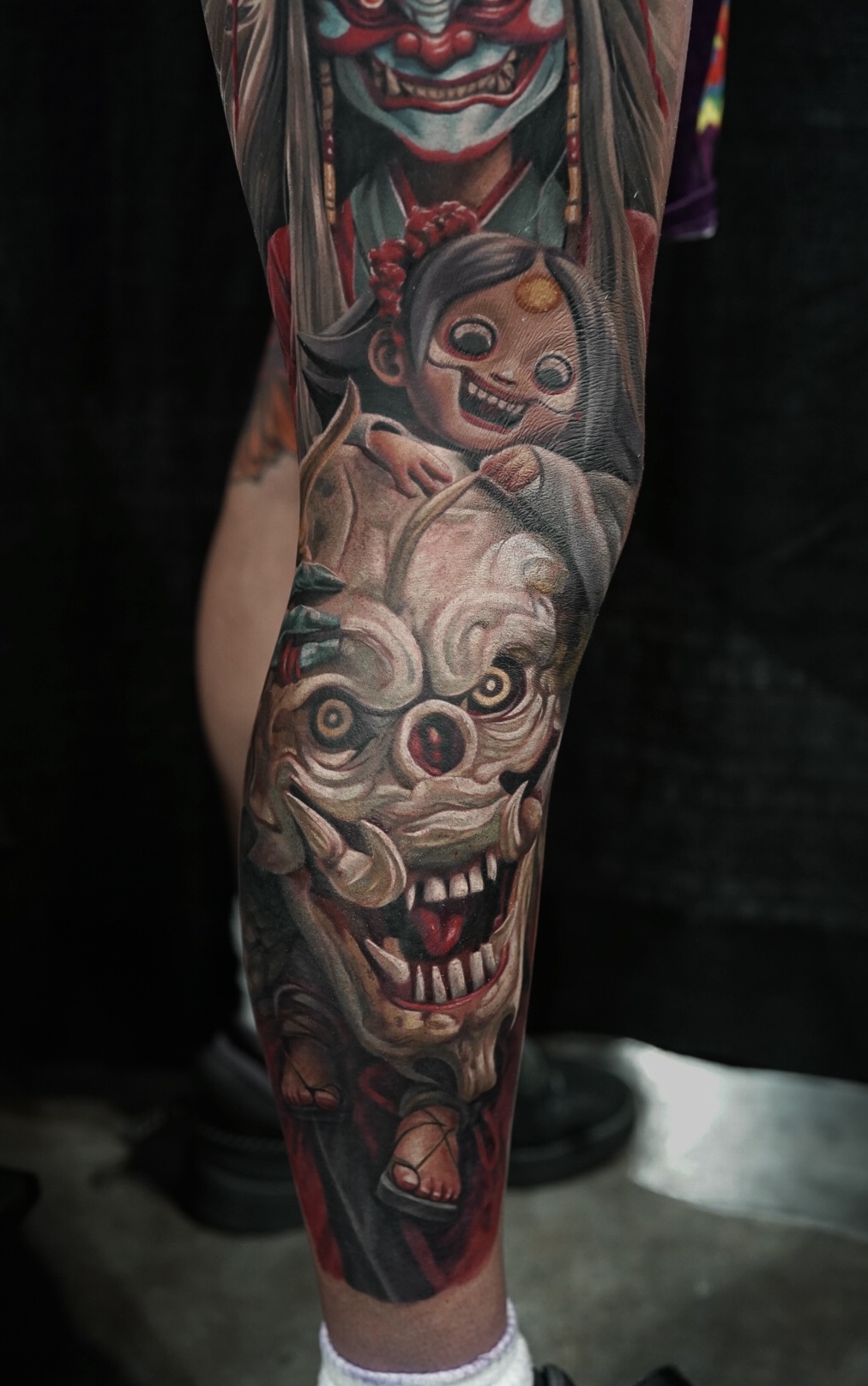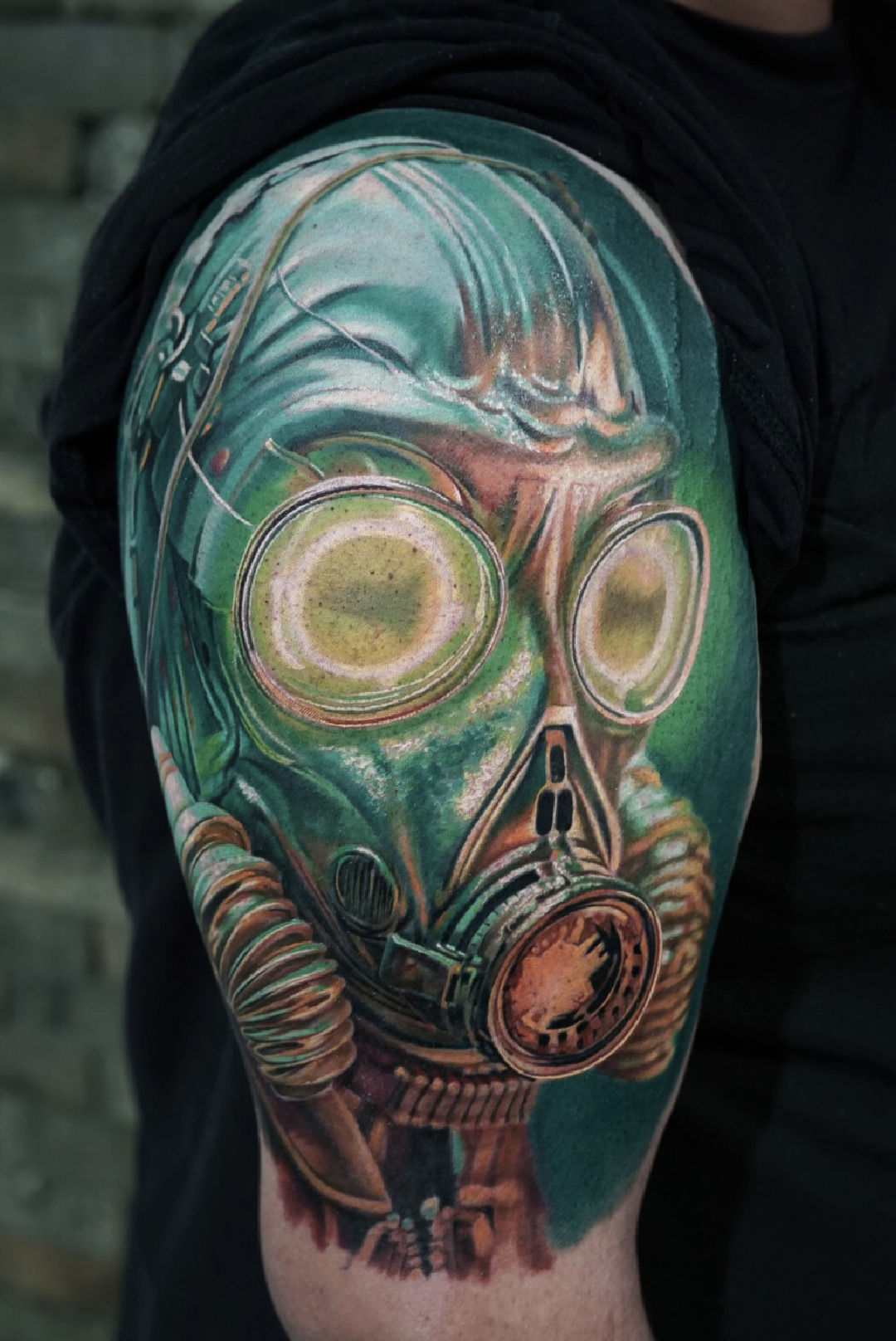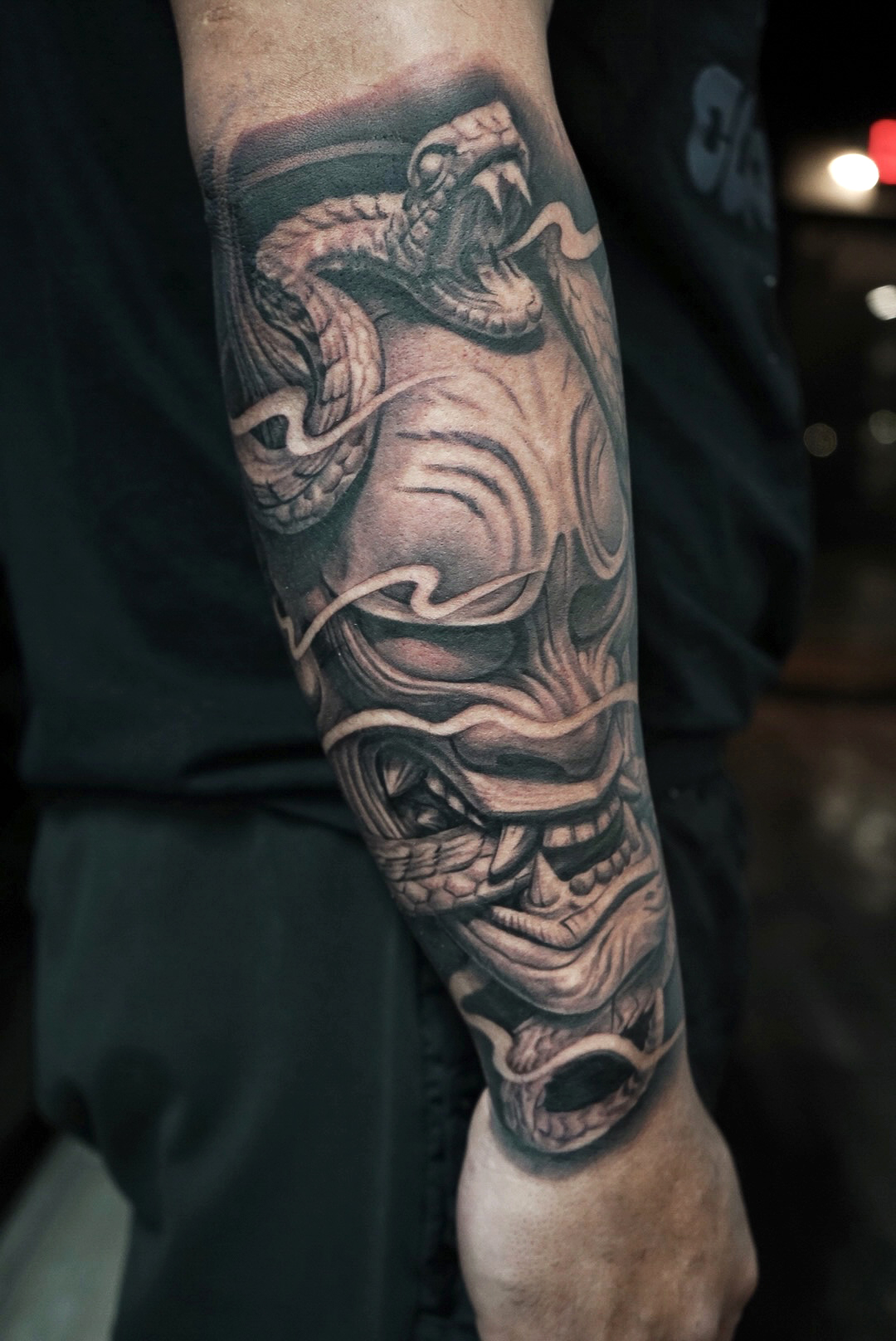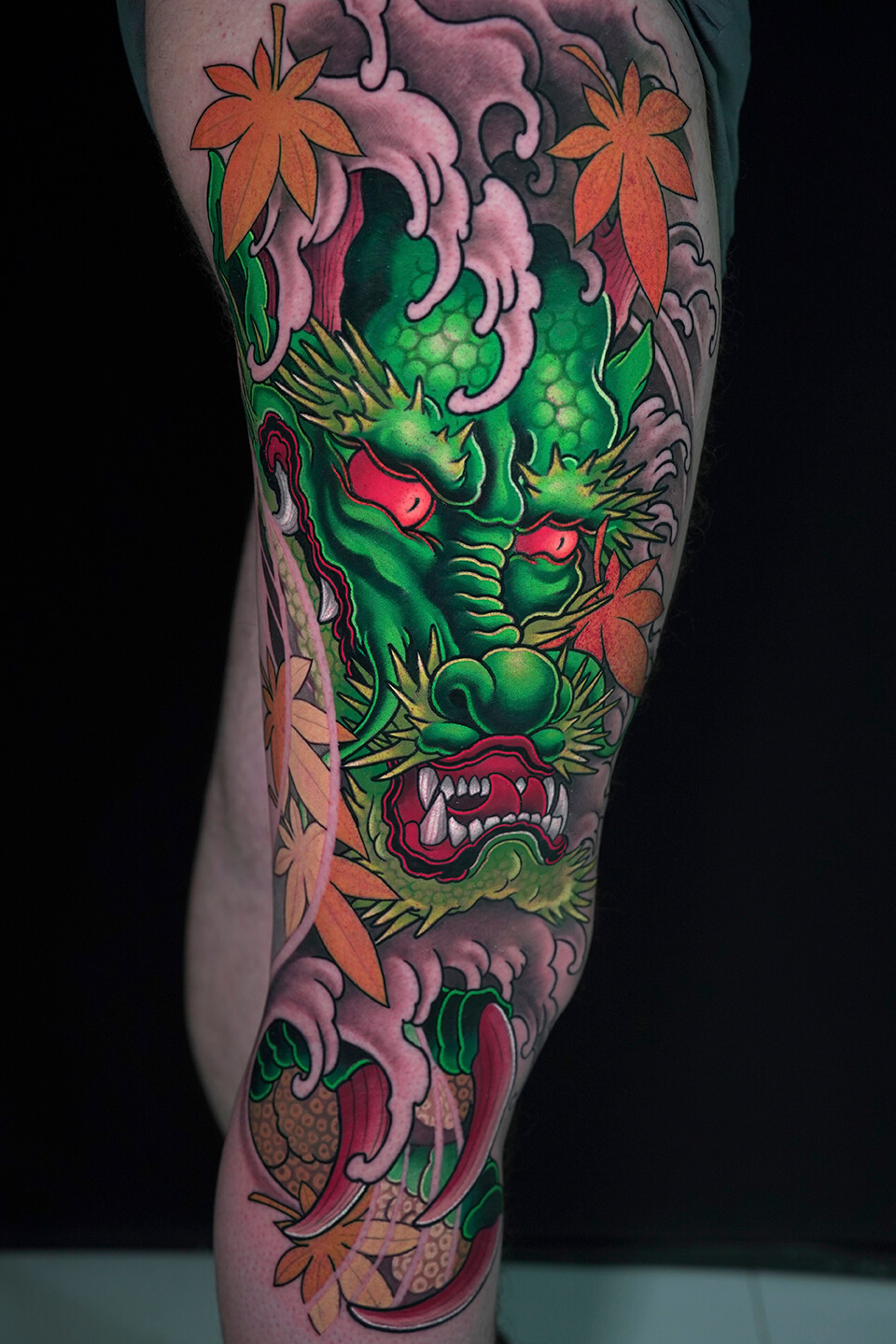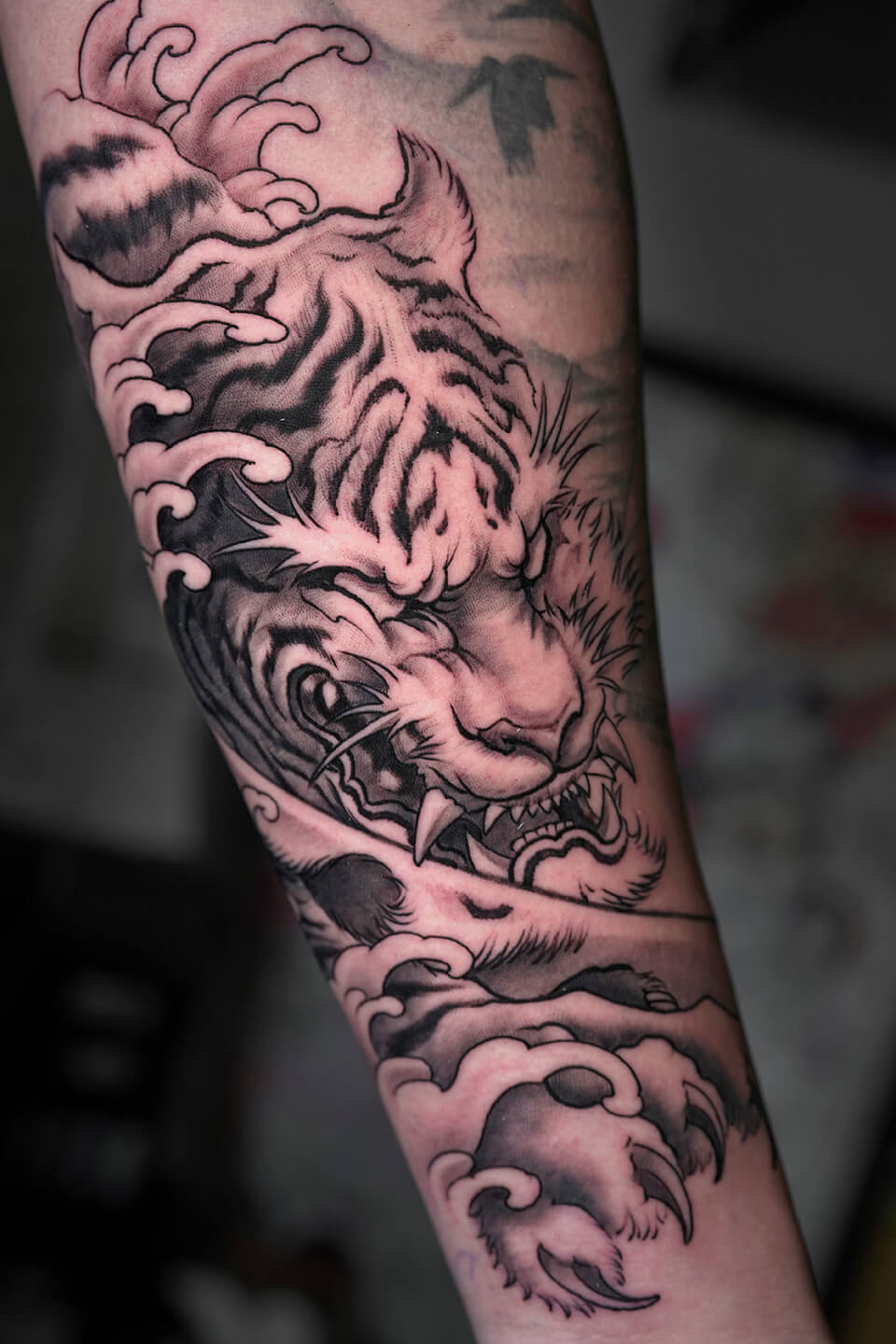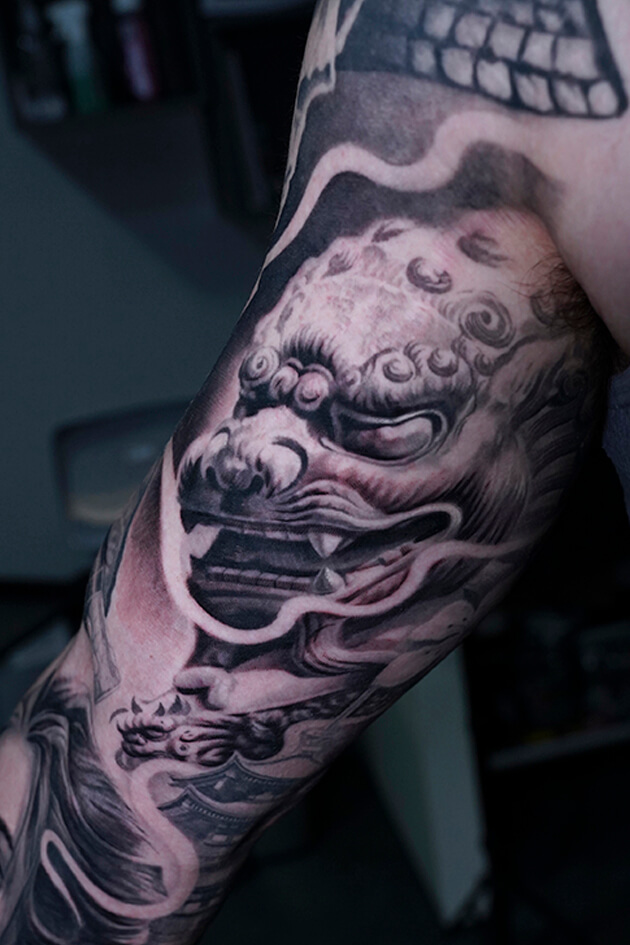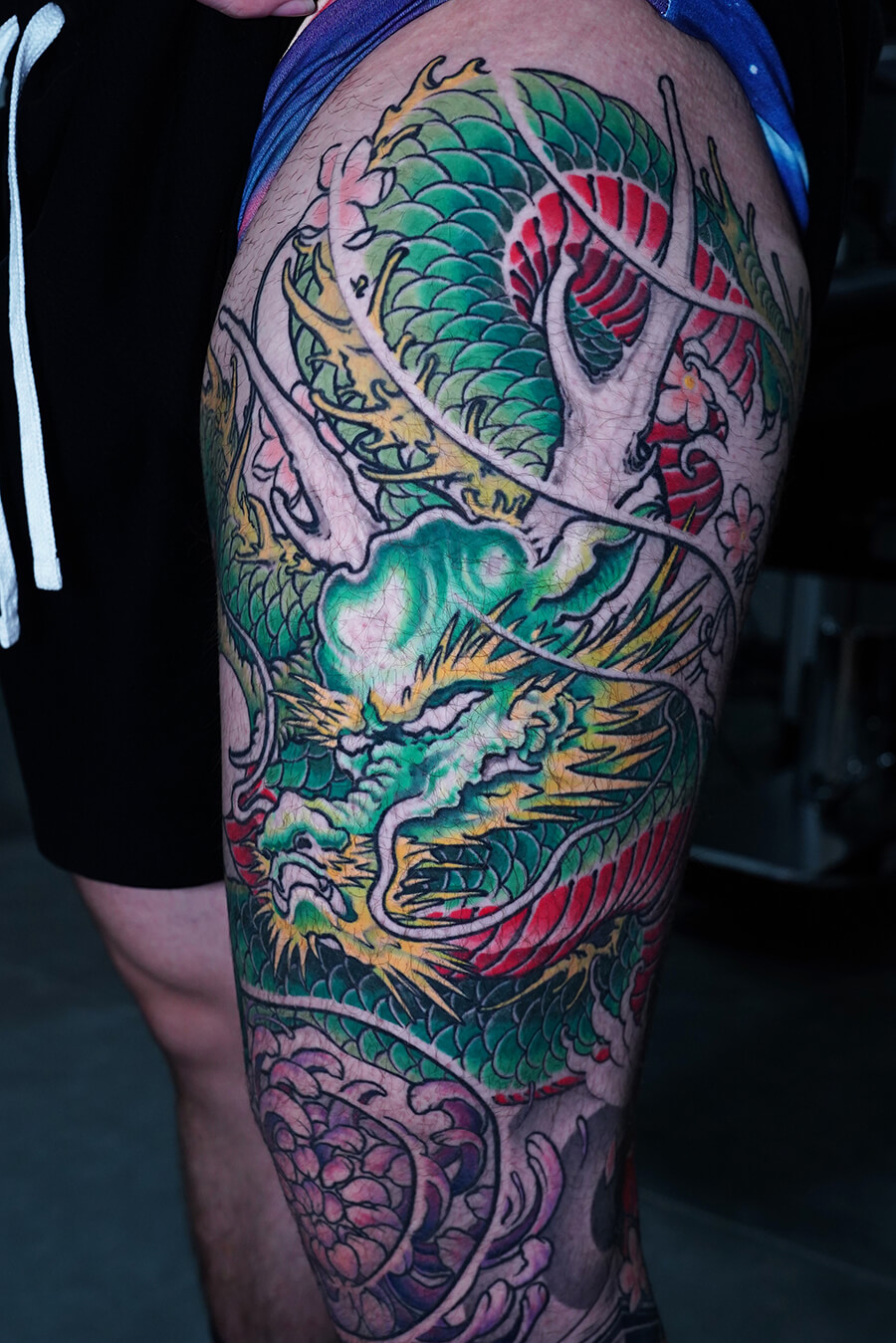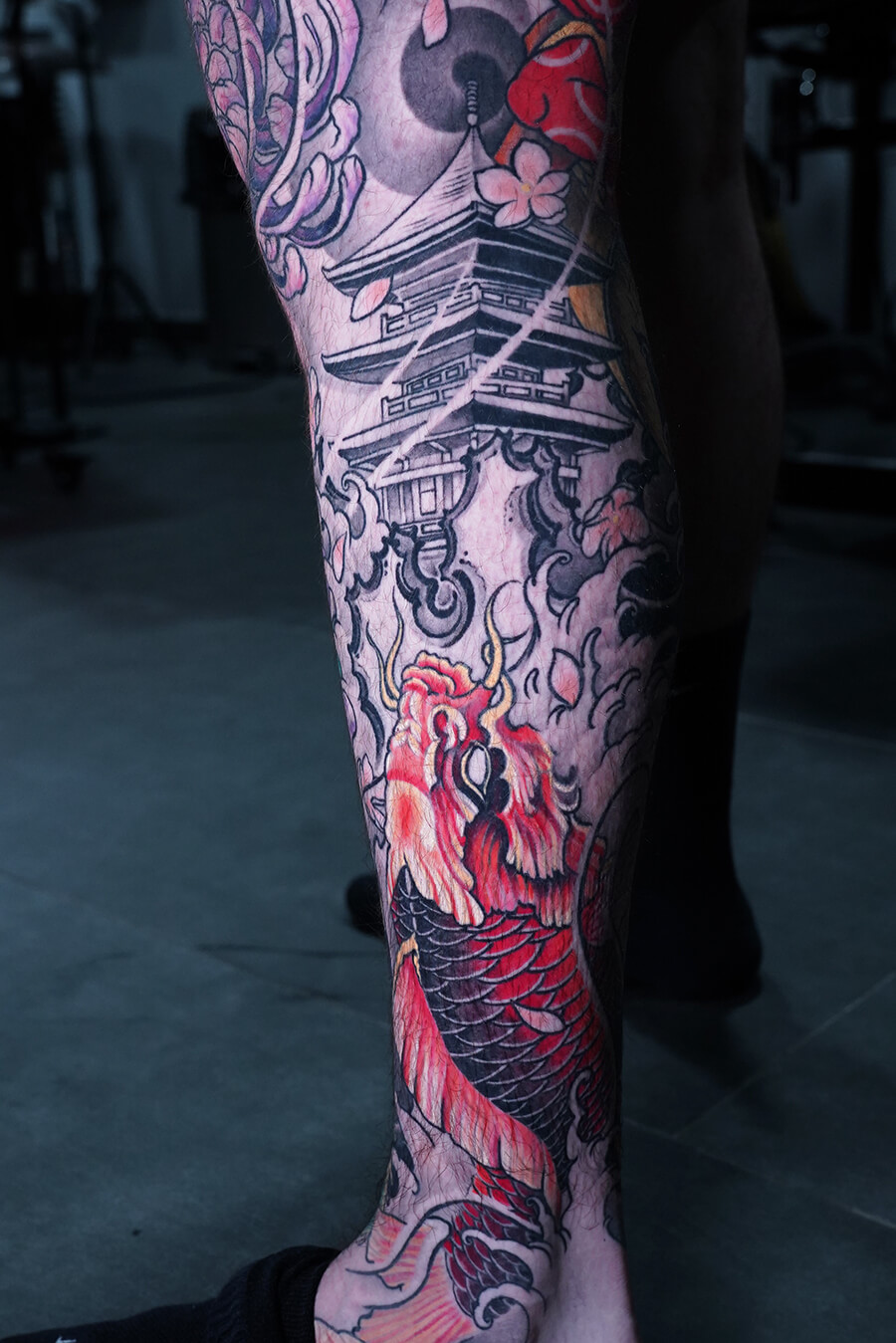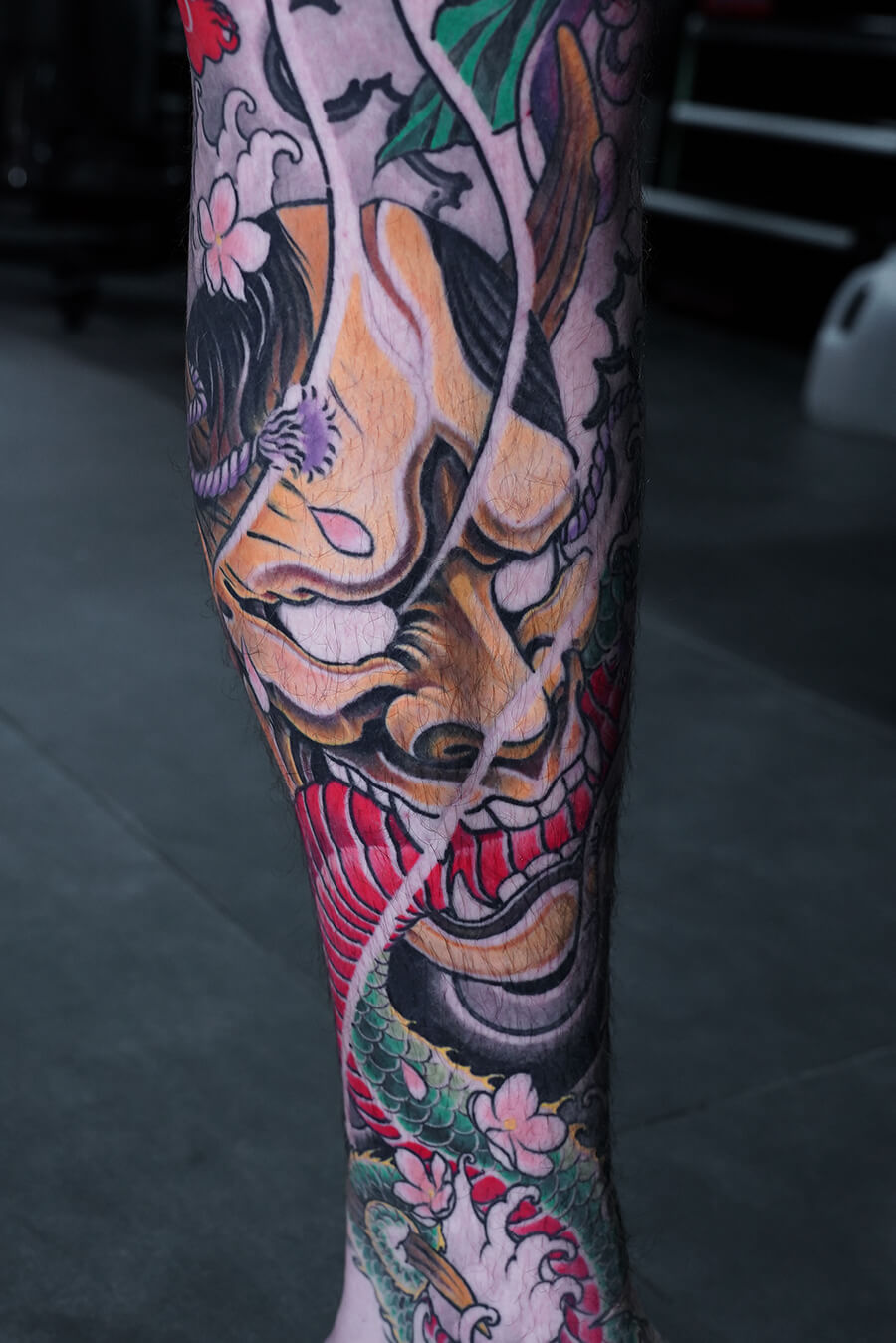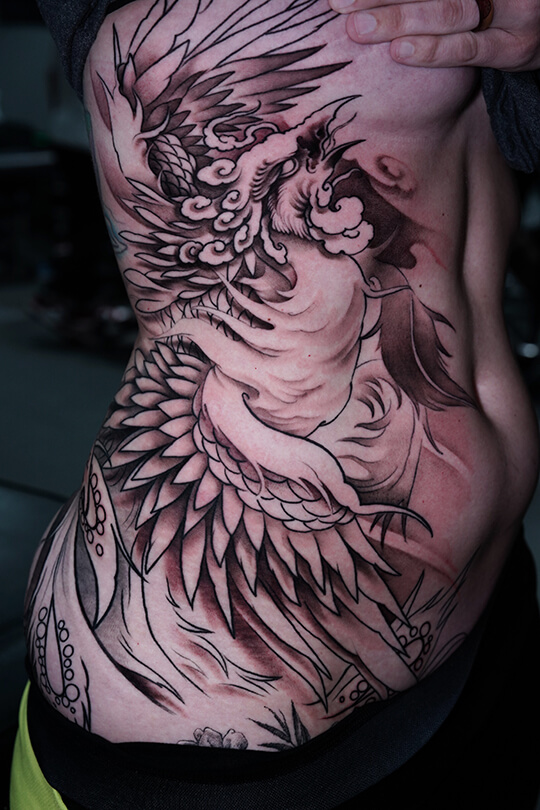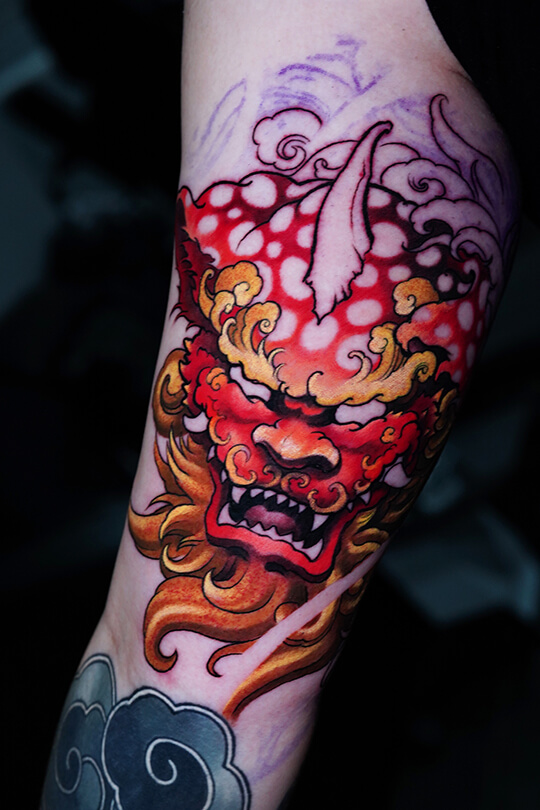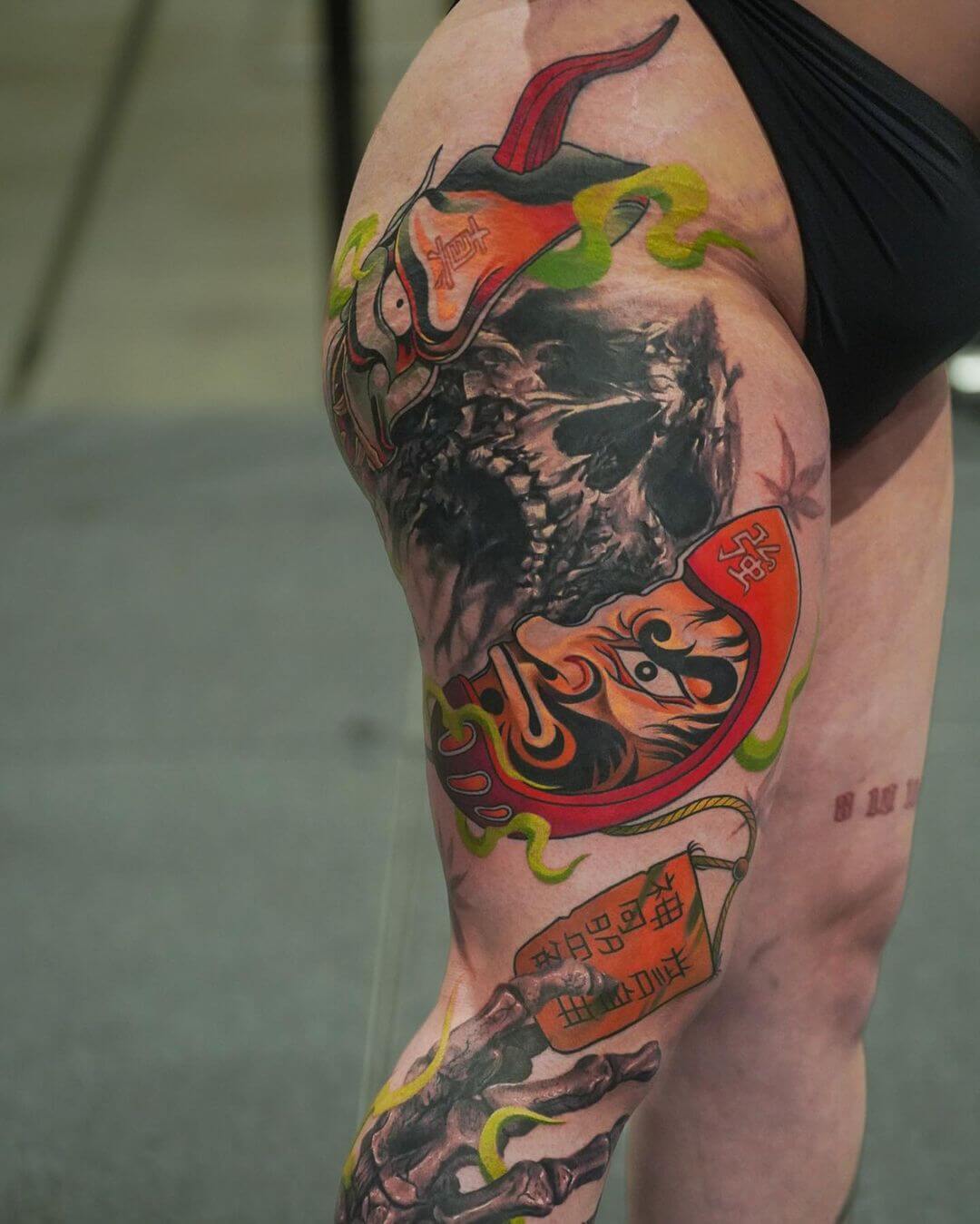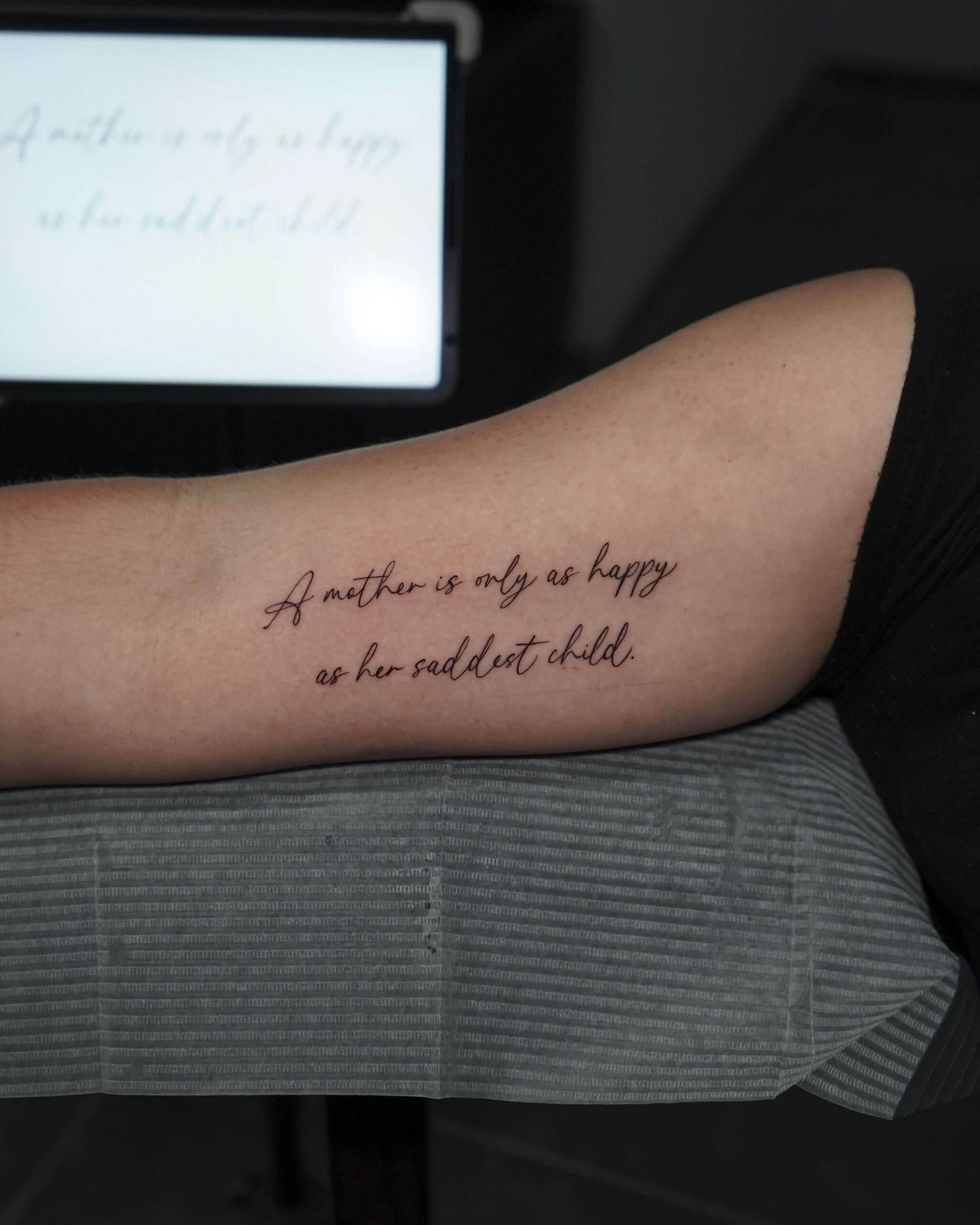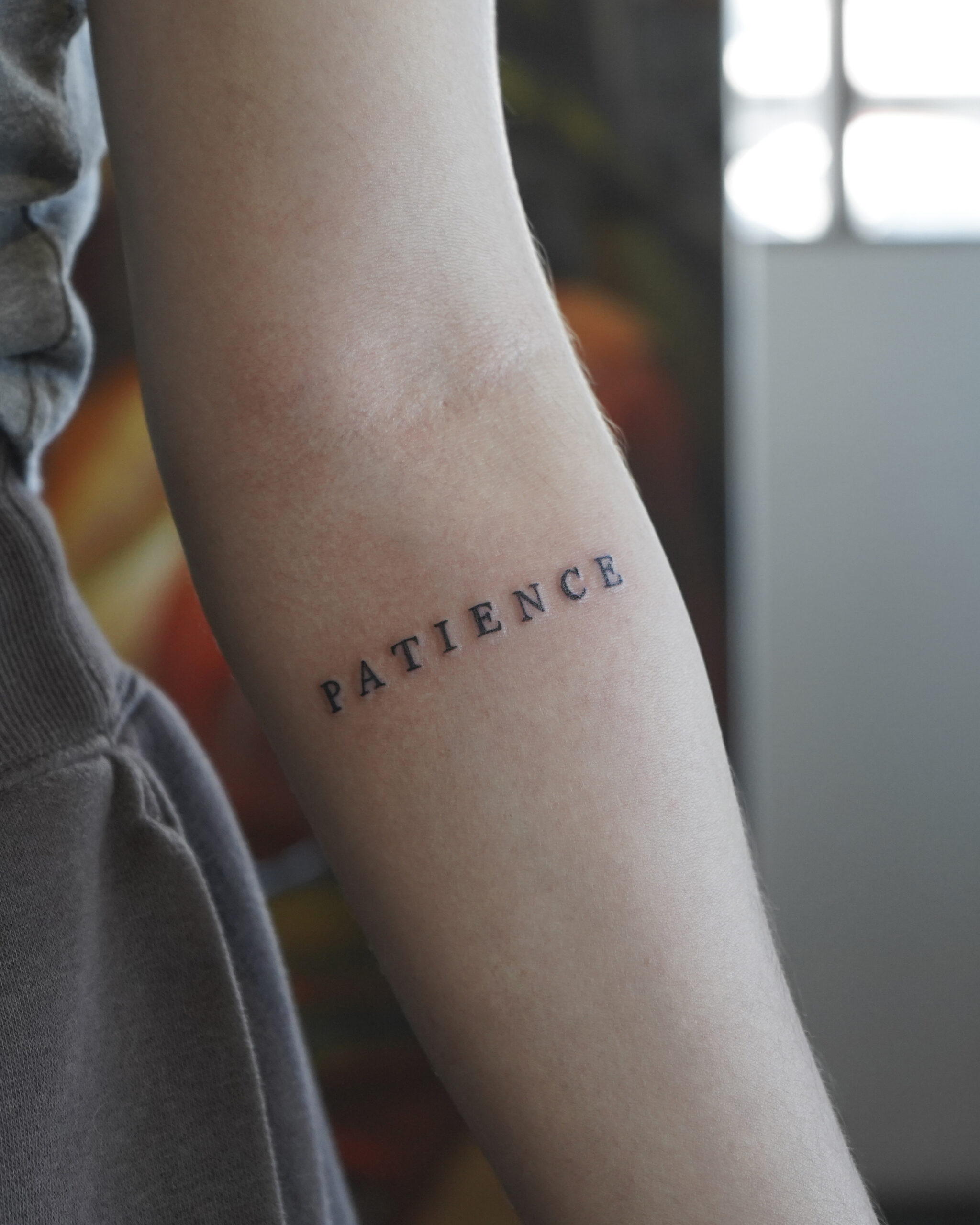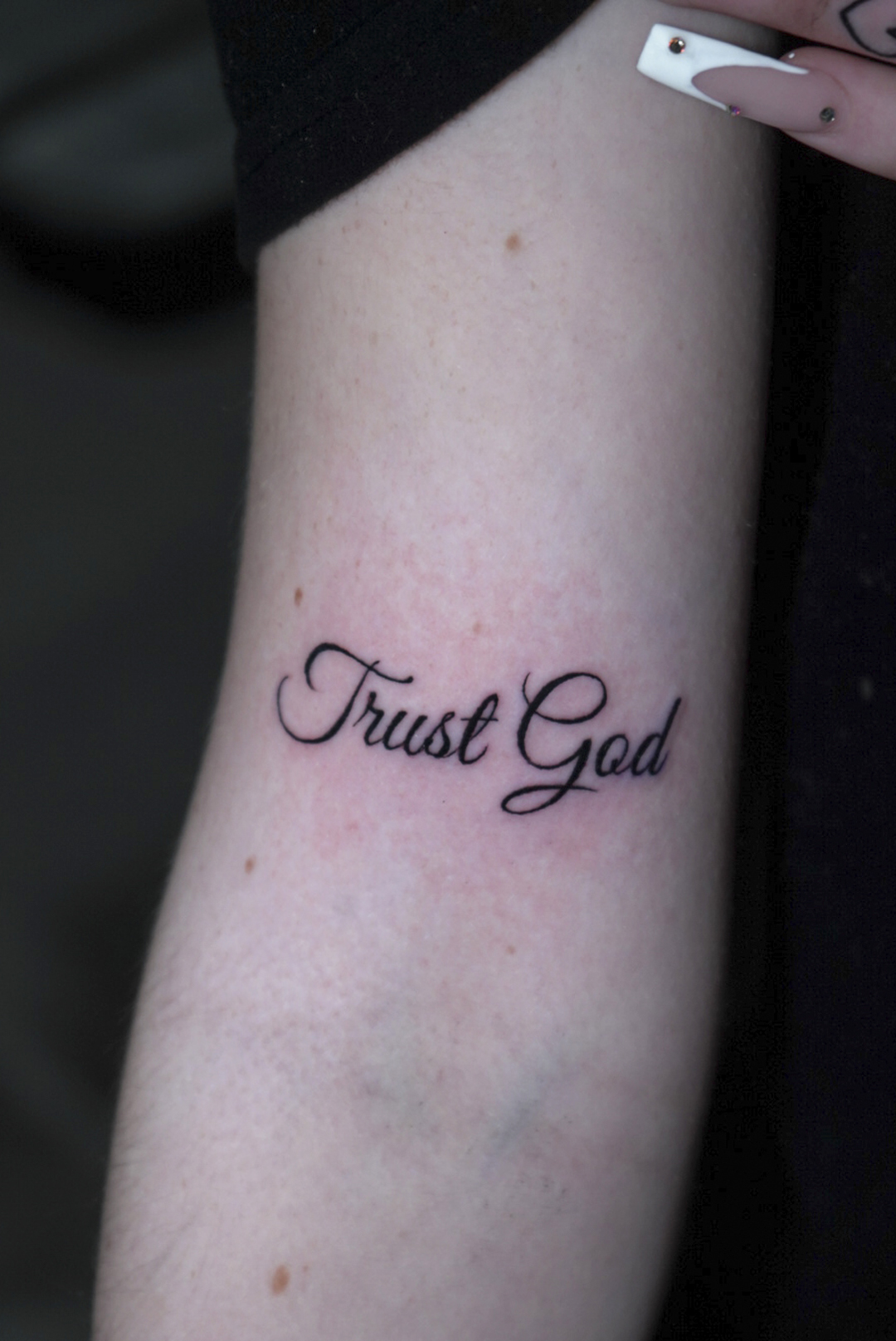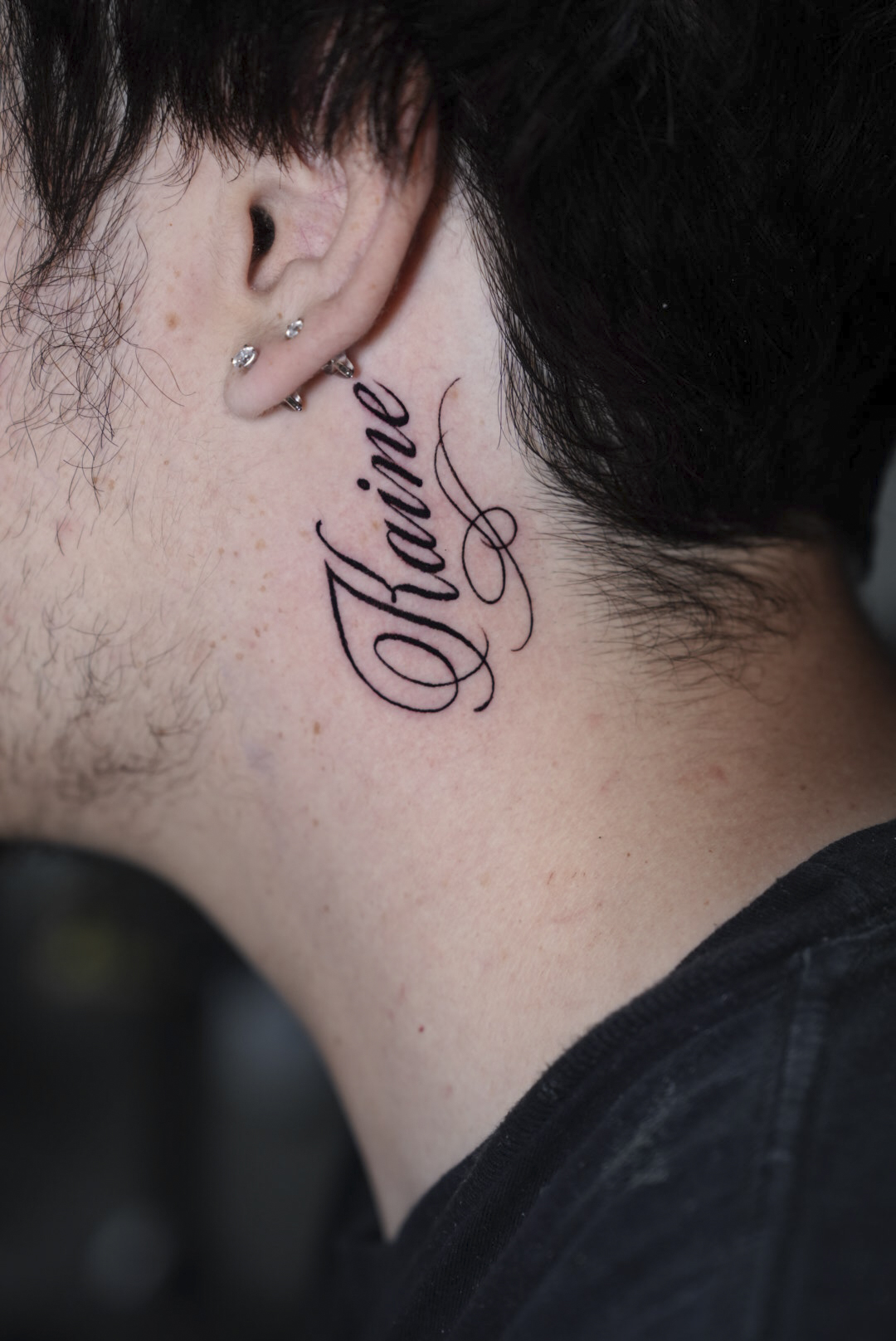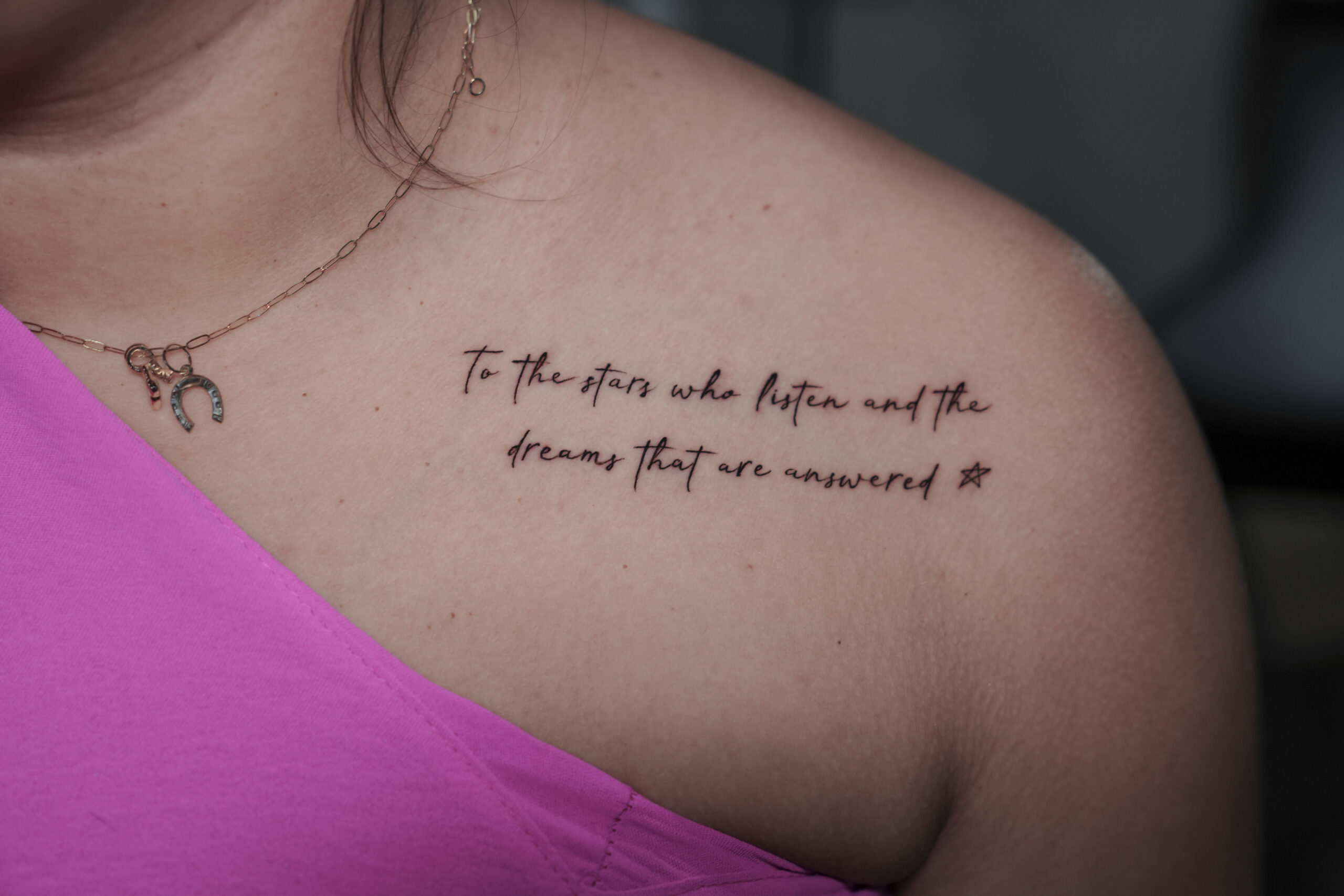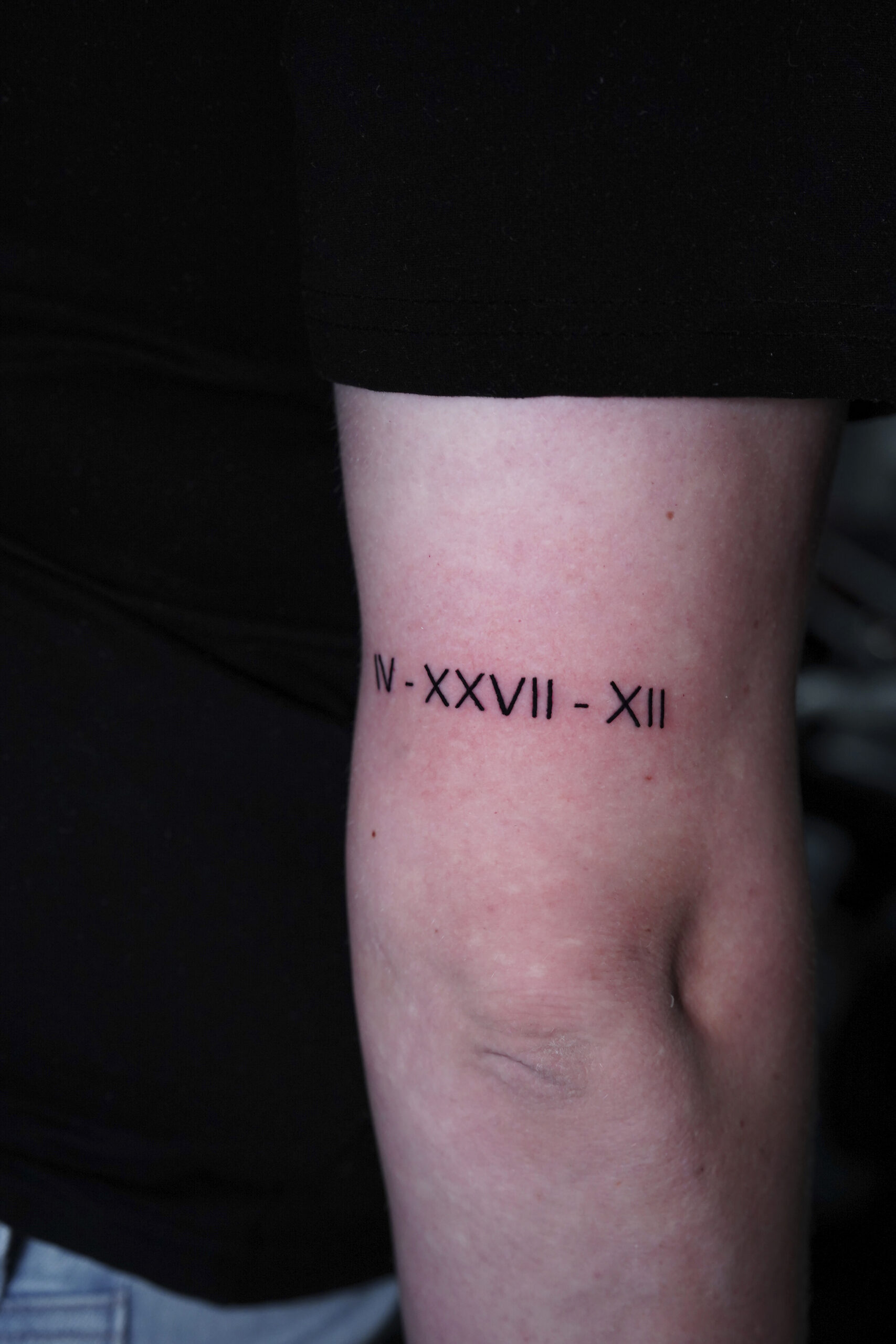The question “Do piercings hurt?” ranks among the most common concerns for anyone considering body modification. While the honest answer is yes, piercings do involve some level of discomfort—understanding the nature, duration, and variables affecting piercing pain can help you make informed decisions and prepare effectively for your modification journey. This guide delves into the many facets of piercing pain, unraveling its layers with clear, practical insights. By illuminating what to expect and offering mindful strategies to ease the journey, it empowers you to approach your transformation with confidence, balance, and respect for your body’s natural rhythm.
How Much Do Piercings Hurt?
The intensity of piercing pain varies dramatically based on multiple factors, but most people find the experience more manageable than anticipated. A piercing pain chart is an essential guide to help you select the ideal placement for your new adornment.
Areas with minimal pain (2-3/10) include soft tissue locations like the earlobes, which are generally quick and comfortable to pierce. Moderate pain (4-6/10) is typical for cartilage regions such as the helix or nostril, where the sensation is sharper but still manageable. Dense cartilage or more complex placements typically fall into the higher pain range (6-8/10), requiring patience and care due to increased discomfort during and after piercing. Finally, intense pain (8-10/10) is often experienced in areas with a high concentration of nerves or challenging anatomy, requiring greater mental and physical readiness.
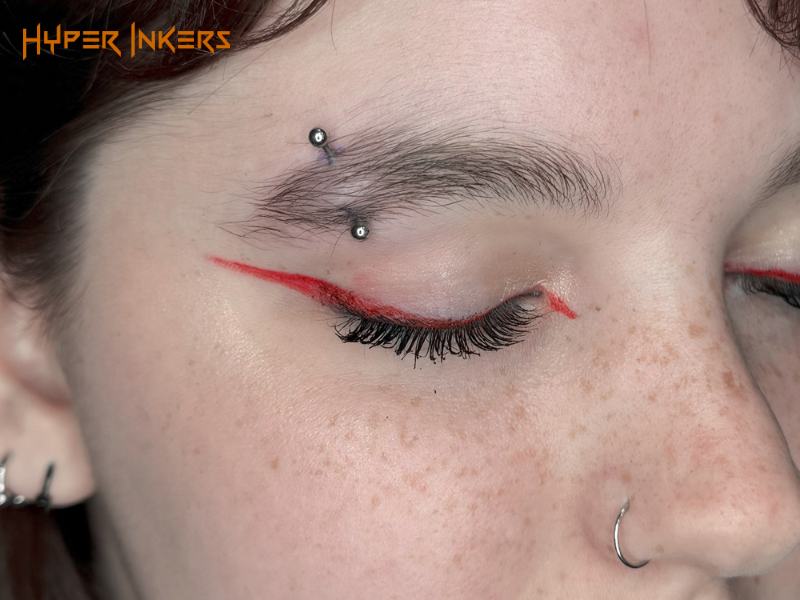
Explore this comprehensive overview of piercing pain across 18 popular locations on the body. Pain levels are grouped into four categories: Minimal, Moderate, Significant, and Intense to give you a clear picture of what to expect. By familiarizing yourself with these distinctions, you can better navigate your piercing options and select placements that align with your individual comfort and tolerance. Whether you’re seeking a gentle introduction or prepared for a bolder experience, this guide helps you step confidently into your piercing journey.
Ear Lobes:
Ear Lobes:
Pain level: 2/10
The gold standard for minimal piercing pain, earlobe piercings pass through soft, fatty tissue with excellent blood flow. Most people describe the sensation as a brief pinch or pressure, with minimal lingering discomfort. The abundant nerve endings actually work in favor of healing rather than creating excessive pain sensitivity.
Upper Lobe/Second Lobe
Pain level: 2-3/10
Similar to standard lobes but may involve slightly thicker tissue depending on your anatomy. Pain levels remain minimal, though healing may take marginally longer than traditional lobe placements.
Helix (Upper Ear Cartilage)
Pain level: 4-5/10
The helix represents most people’s introduction to cartilage piercing pain. The sensation differs noticeably from soft tissue piercings and many people describe a “crunching” feeling as the needle passes through cartilage. While more intense than lobe piercings, the brief duration makes it manageable for most individuals.
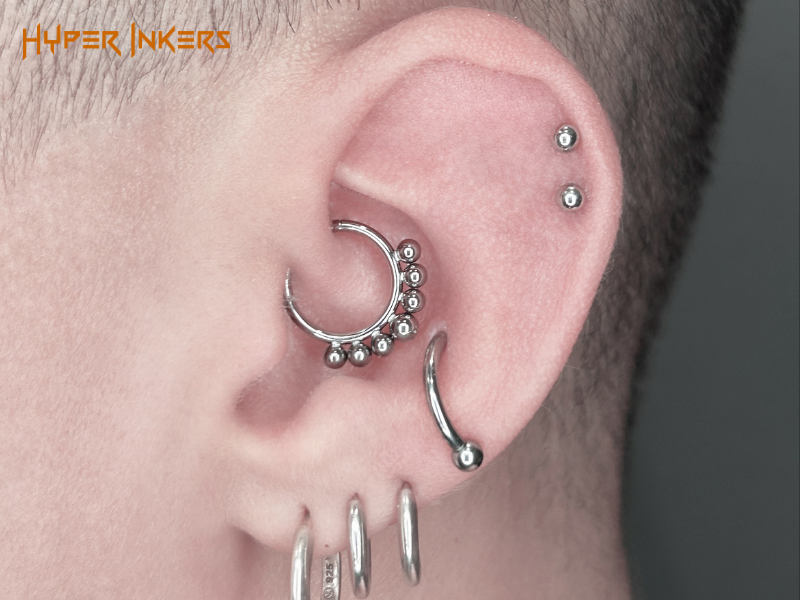
Navel Piercings
Pain level: 4-5/10
These piercings typically pass through a fold of skin rather than dense tissue, resulting in moderate pain levels. The sensation involves both the outer skin and the underlying tissue, creating a distinctive but tolerable experience.
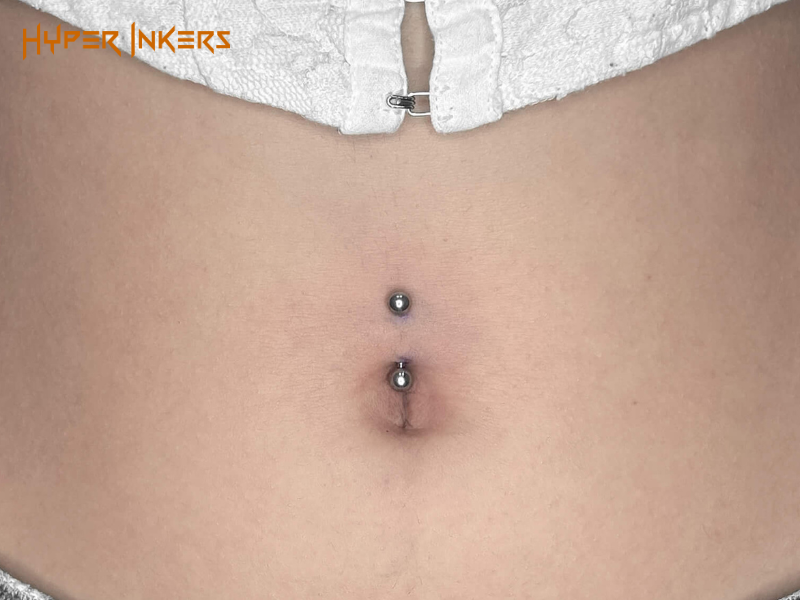
Nose/Nostril Piercings
Pain level: 4-5/10
Nostril piercings create a sharp, focused pain followed immediately by eye-watering (a reflexive response rather than pain-related tears). The dense cartilage and nerve concentration create noticeable but brief discomfort.
Lip Piercings
Pain level: 5-7/10
Lip piercings involve passing through both external skin and internal tissue, creating layered sensations. The mouth’s nerve density contributes to higher pain levels, though the excellent blood flow promotes relatively quick healing.
Septum
Pain level: 6-7/10
When properly placed in the “sweet spot” below the cartilage, septum piercings cause moderate to significant pain. Improper placement through cartilage dramatically increases discomfort to a level of 8-9/10, emphasizing the importance of experienced piercers.
Nose/Nostril Piercings
Pain level: 6/10
High nostril or complex nasal placements involve denser cartilage structures and more complex anatomy than standard nostril piercings, resulting in increased pain levels.
Eyebrow
Pain level: 6-7/10
Eyebrow piercings traverse relatively thin tissue with significant nerve concentration, creating sharp but brief pain. The proximity to the eye can make the experience feel more intense than it actually is.

Tongue Piercings
Pain level: 7-8/10
The tongue’s dense muscle and rich nerve supply create significant piercing pain, though many report less discomfort than expected. The challenging aspect often involves post-piercing swelling and eating difficulties rather than the procedure itself.
Cartilage Ear Piercings
Pain level: 7-8/10
Complex cartilage modifications like rook, daith, or industrial piercings involve thick, dense cartilage with challenging angles. These placements require more time and pressure to complete, extending the pain duration.
Surface Piercings
Pain level: 7-9/10
Surface piercings create channels parallel to the skin rather than passing straight through, often requiring multiple needle insertions or specialized techniques that extend discomfort duration.
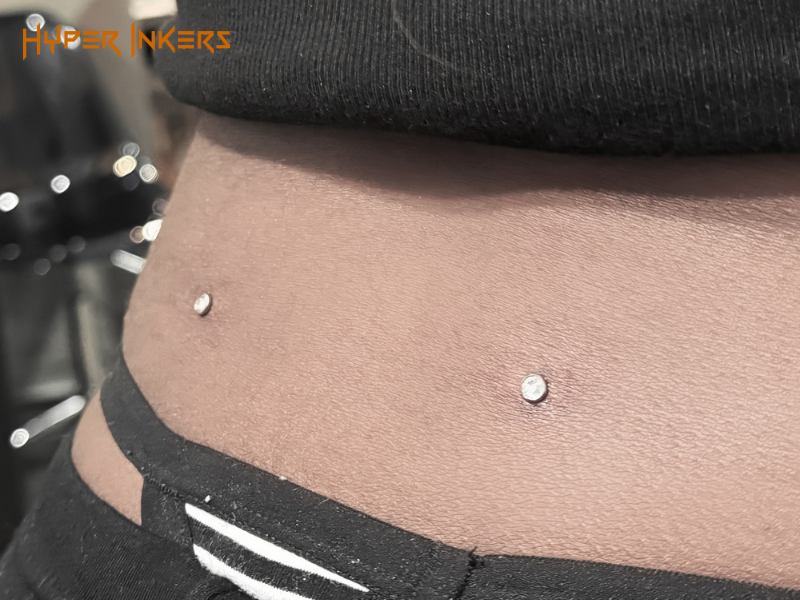
Nipple Piercings
Pain level: 8-9/10
The concentration of nerve endings in nipple tissue creates intense but brief pain. Many recipients report that the anticipation feels worse than the actual procedure, though individual sensitivity varies dramatically.
Genital Piercings
Pain level: 8-10/10
Intimate piercings involve highly sensitive tissue with dense nerve concentration. While healing may be surprisingly manageable due to excellent blood flow, the initial procedure typically ranks among the most intense piercing experiences.
Factors Influencing Piercing Pain
Multiple variables beyond placement choice significantly impact your pain experience. Understanding these factors helps explain why pain levels vary between individuals and provides insight into elements you can control to minimize discomfort.
- Location of piercing: The location of your piercing greatly impacts how much pain you may feel. Piercings in soft, fleshy areas like the earlobes generally cause less discomfort because the tissue is pliable and richly supplied with blood, aiding quicker healing. In contrast, cartilage piercings or those near dense nerve clusters, such as the helix, nostril, or septum tend to be more painful due to the firmer tissue and higher nerve concentration.
- Individual pain tolerance and psychological factors: Pain perception is highly subjective and influenced by both physical and mental factors. People with higher pain tolerance or who are mentally prepared often report less discomfort. Conversely, anxiety, fear, and stress can amplify pain sensations, sometimes making the experience feel more intense than it physically is. Relaxation techniques and a calm mindset can significantly reduce perceived pain during piercing.
- Technique and experience of the piercer: Experienced piercers employ steady, precise techniques that minimize tissue damage and procedure time, resulting in less trauma and pain. In contrast, less experienced piercers may take longer or cause more tissue trauma, leading to increased discomfort both during and after the piercing.
- Jewelry type and size: Larger gauge needles and heavier jewelry can create more pain and pressure on the tissue, potentially prolonging soreness. Therefore, you need to choose appropriately sized, lightweight, biocompatible materials like titanium or surgical steel that reduce irritation and discomfort during healing.
- Healing stage and aftercare practices: Pain levels can fluctuate throughout the healing process. Early stages often involve swelling, tenderness, and sensitivity around the piercing site. Proper aftercare including regular cleaning, avoiding trauma, and following professional advice, helps minimize inflammation and pain. Poor aftercare or infection can increase discomfort and delay healing.
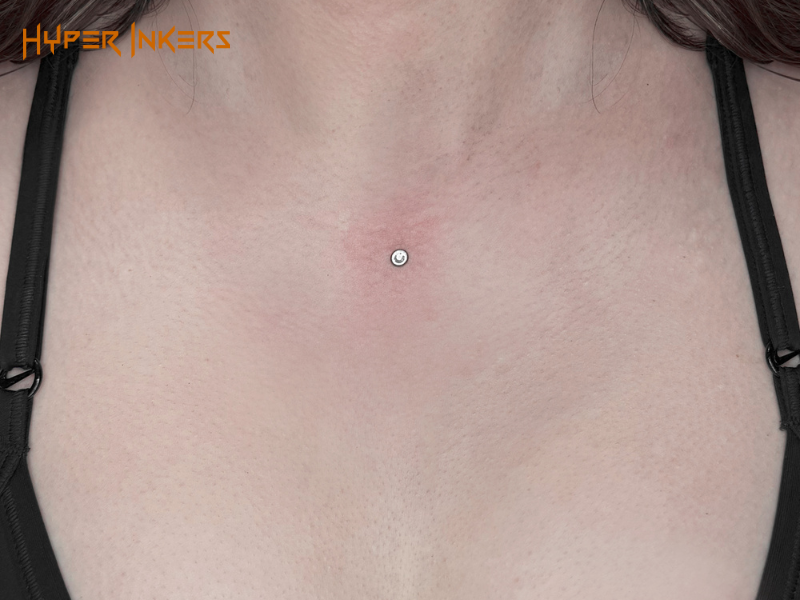
FAQs about Piercing
How long does the piercing pain last?
Piercing pain typically lasts only a few seconds during the actual procedure, felt as a sharp pinch or sting. Afterward, soreness or tenderness can persist for several days to a few weeks, depending on the piercing location and individual healing rates.
Can pain tolerance change over time?
Yes, pain tolerance can change over time. Factors such as repeated exposure to pain, improved mental coping strategies, and increased familiarity with piercing sensations often help individuals build a higher tolerance. Conversely, stress, fatigue, or health conditions can temporarily lower pain tolerance.
Are some people allergic to piercing pain?
While no one is allergic to pain itself, some people may have heightened sensitivity or reactions that make piercing more uncomfortable. Allergies related to piercings usually involve materials like nickel or certain metals in jewelry that can cause skin irritation, redness, itching, or swelling. These allergic reactions can amplify discomfort and delay healing, sometimes being mistaken for increased pain sensitivity.
Understanding piercing pain in its entirety, from momentary procedure discomfort to extended healing sensitivity, empowers you to make informed decisions about body modification. While pain remains an inherent part of the piercing experience, proper preparation, professional technique, and realistic expectations can significantly improve your comfort throughout the process.
At Hyper Inkers in San Antonio, our experienced piercing specialists understand the complexities of pain management and work with each client to ensure the most comfortable experience possible while maintaining the highest safety standards. Visit us to discuss your pain concerns and discover how professional expertise can minimize discomfort while achieving your aesthetic goals.








